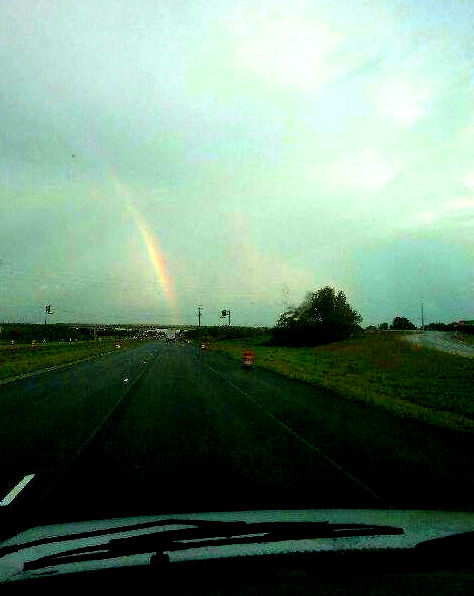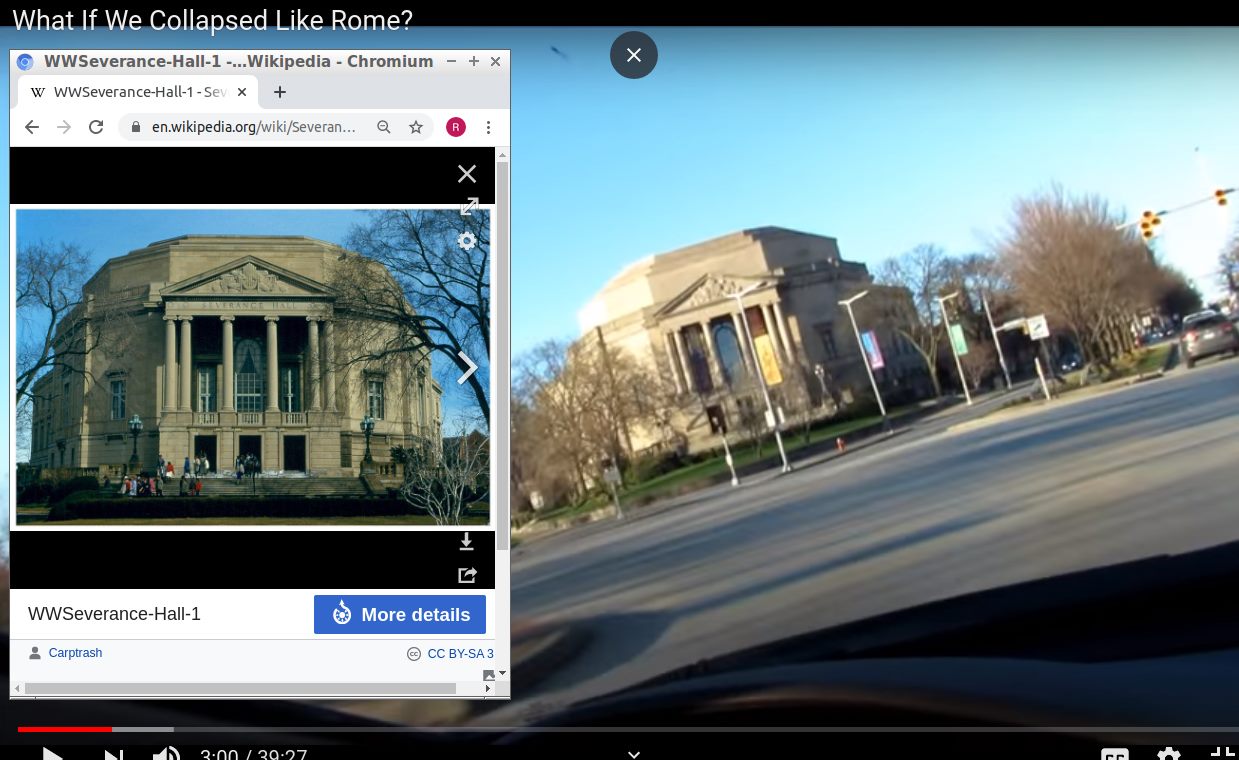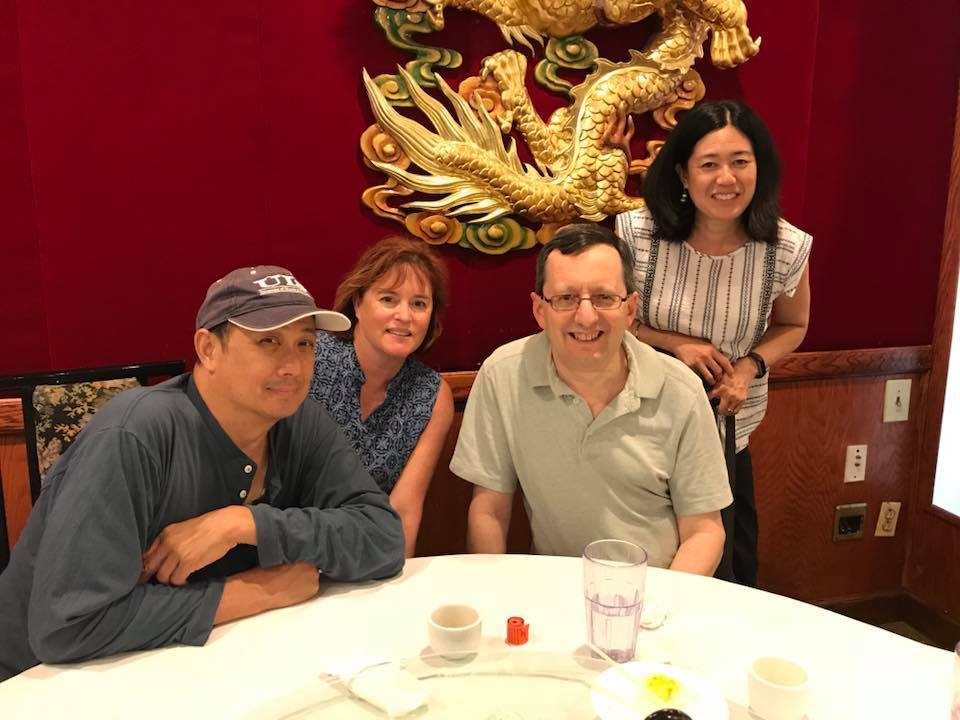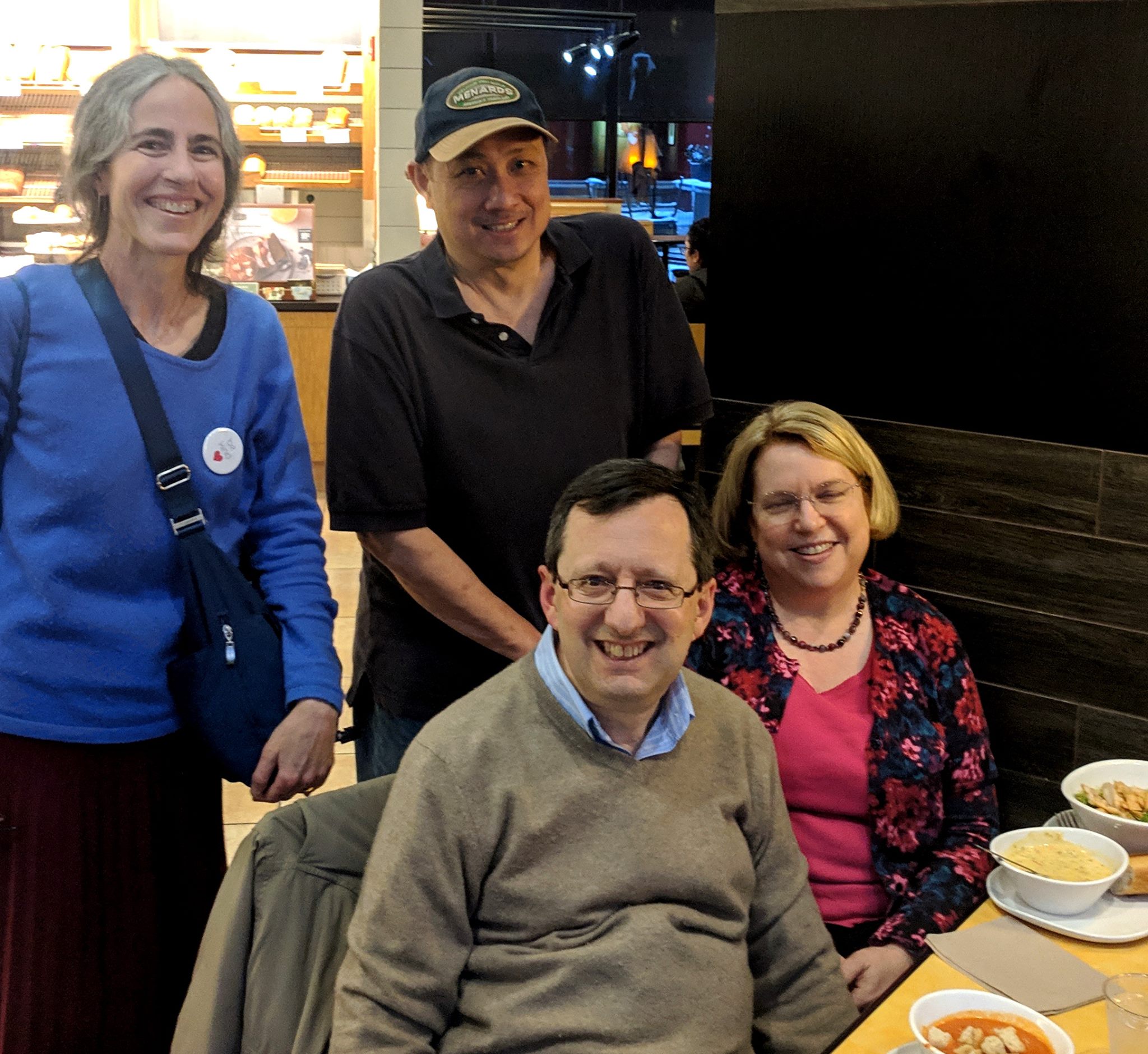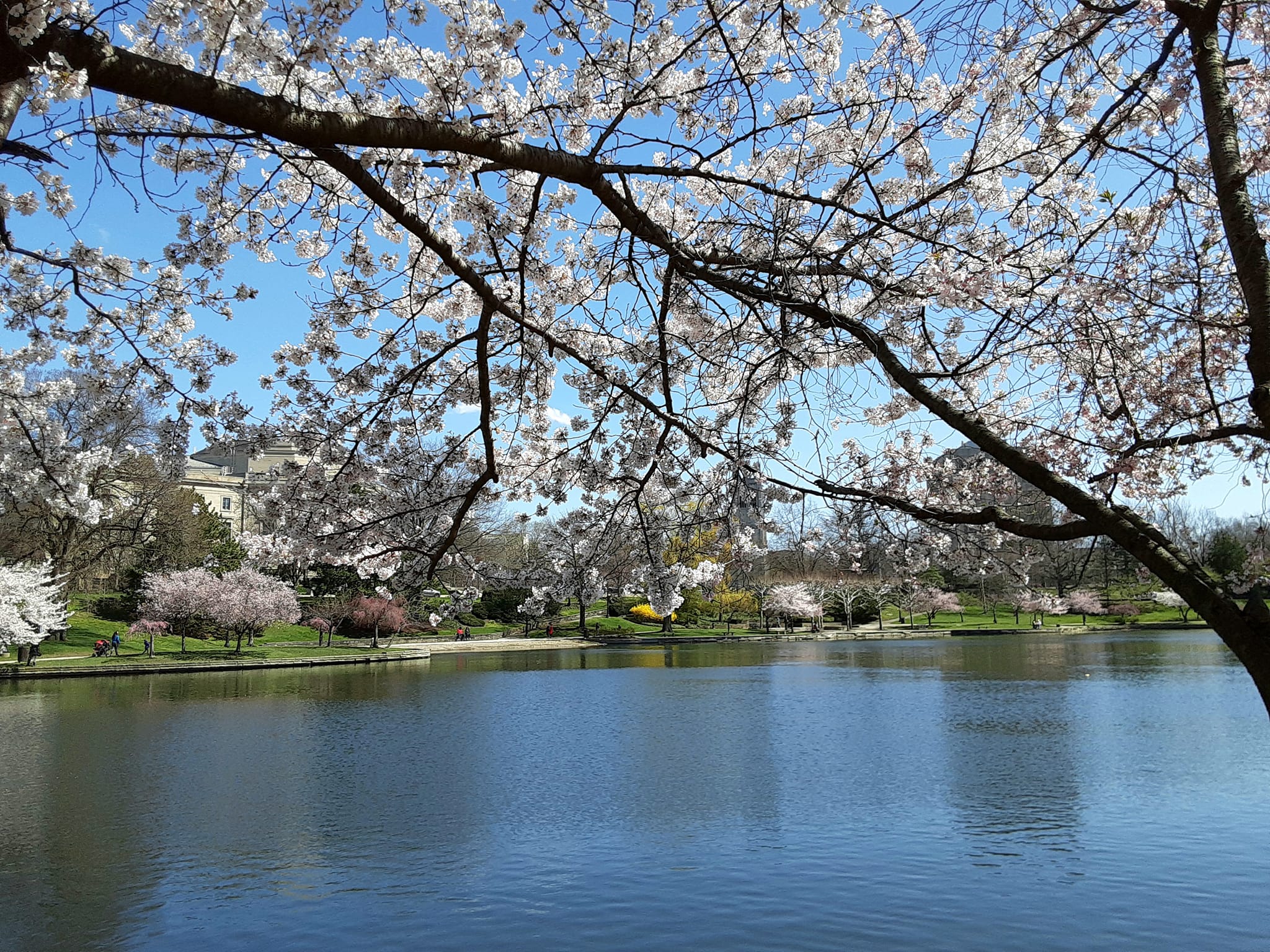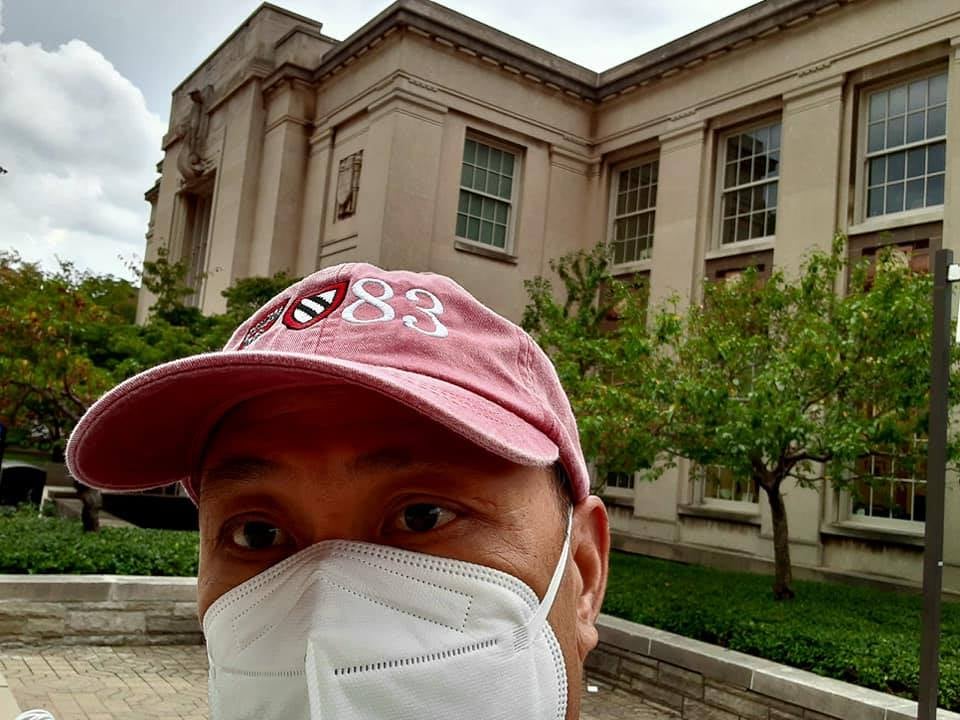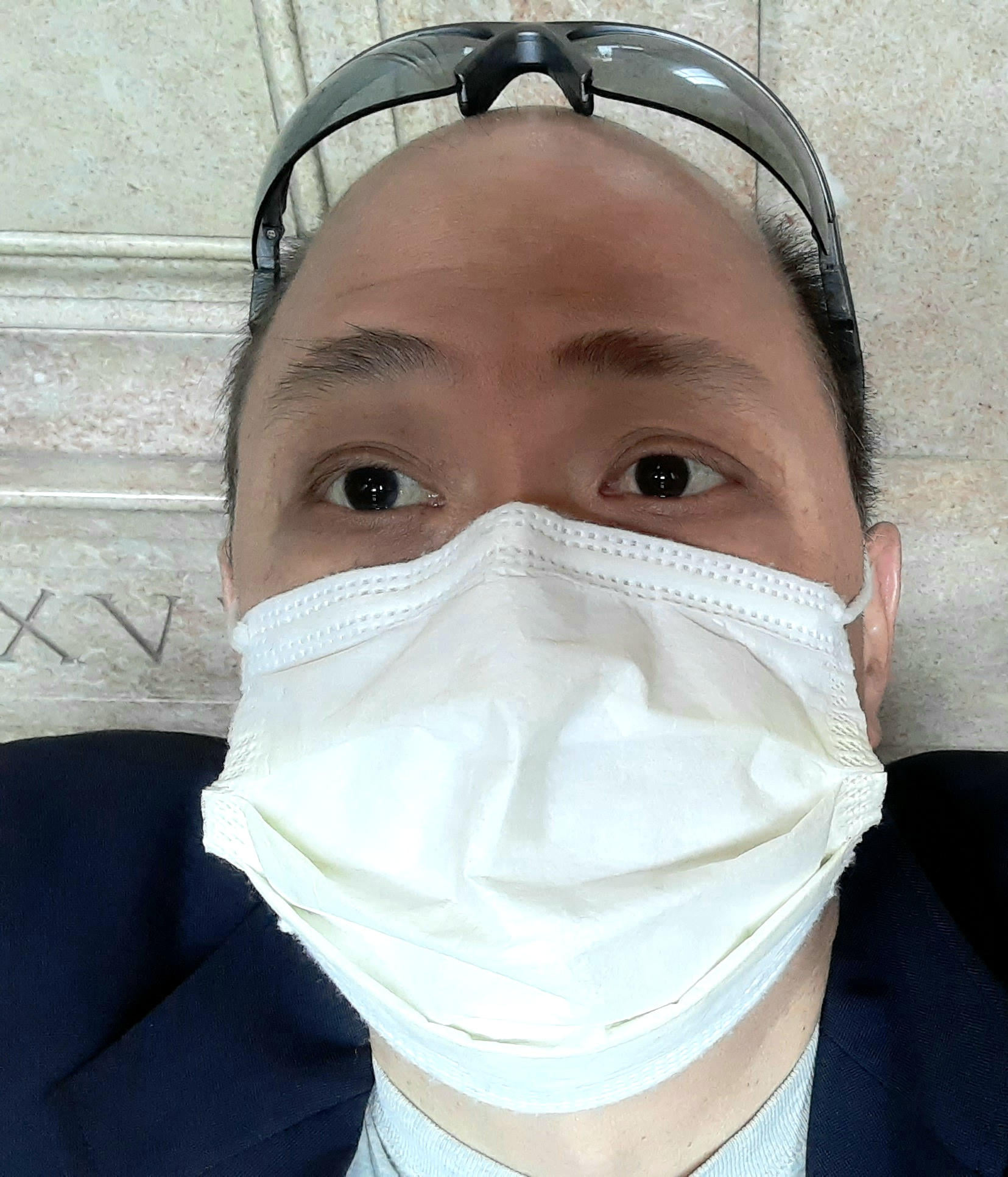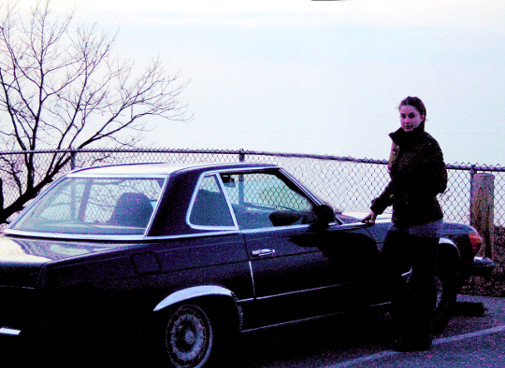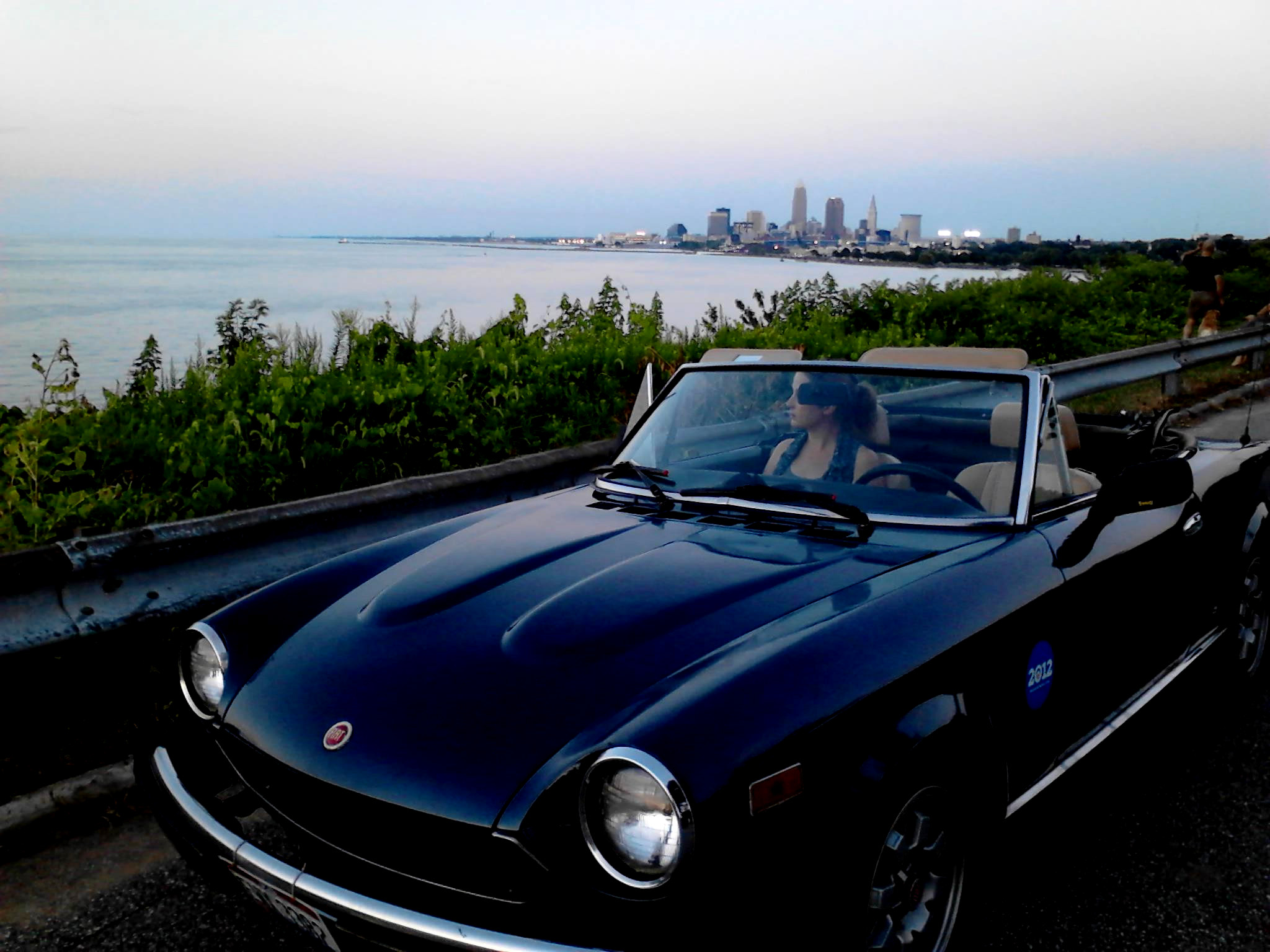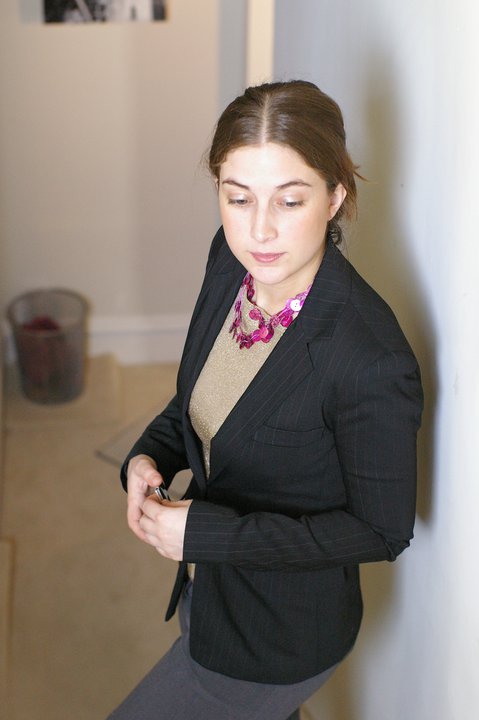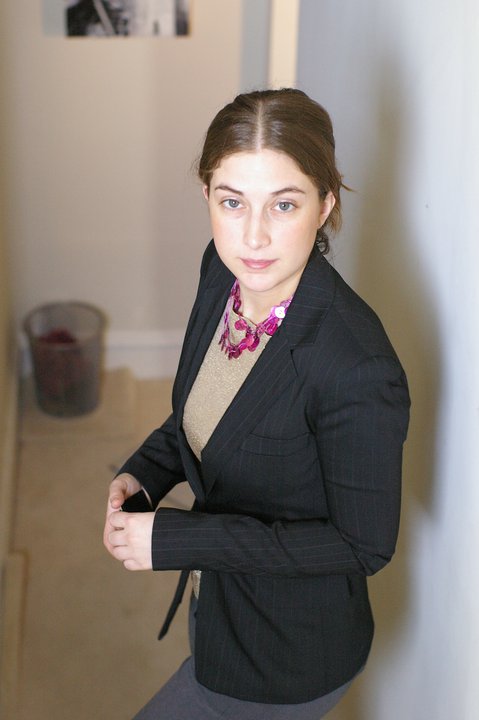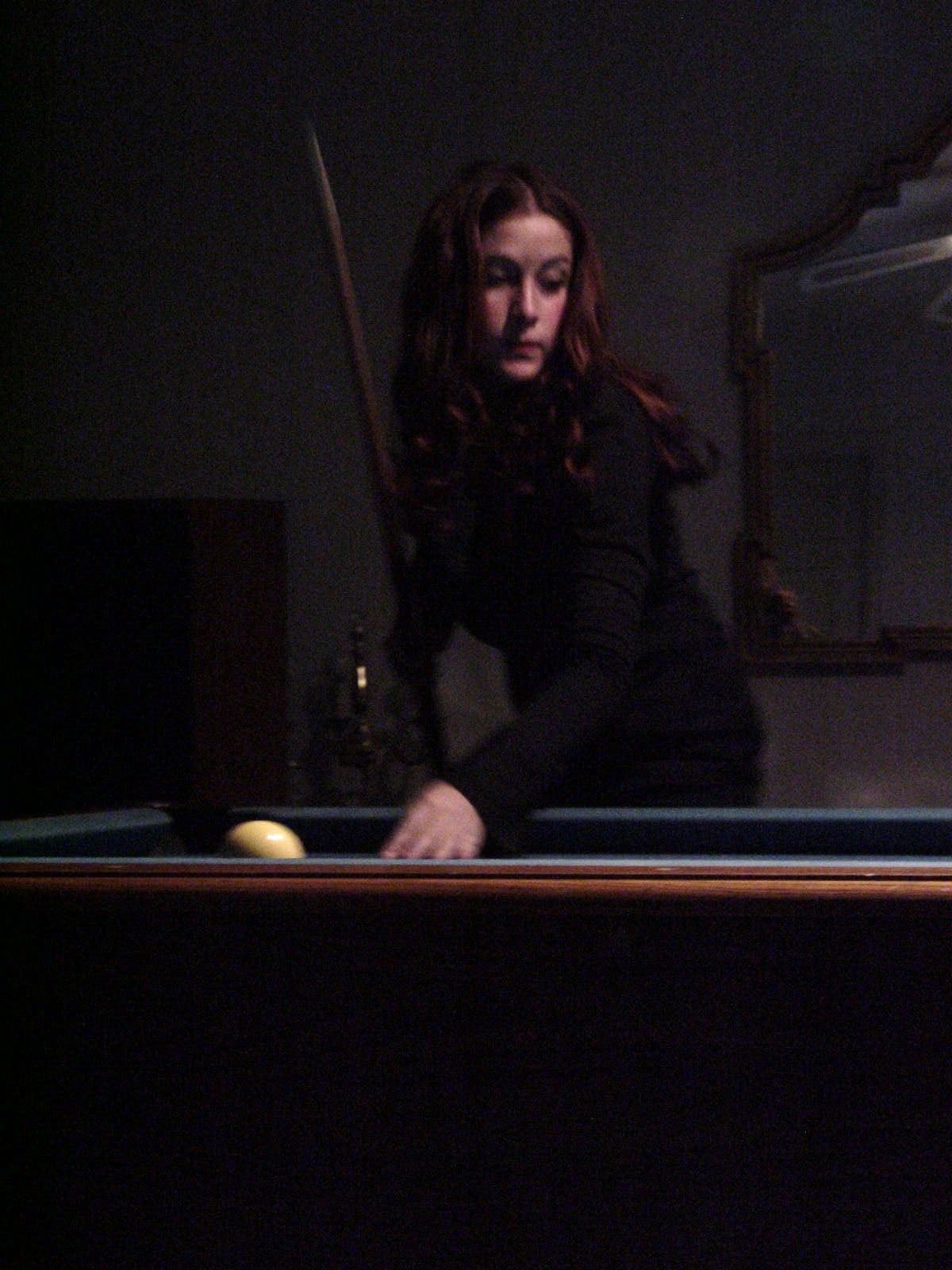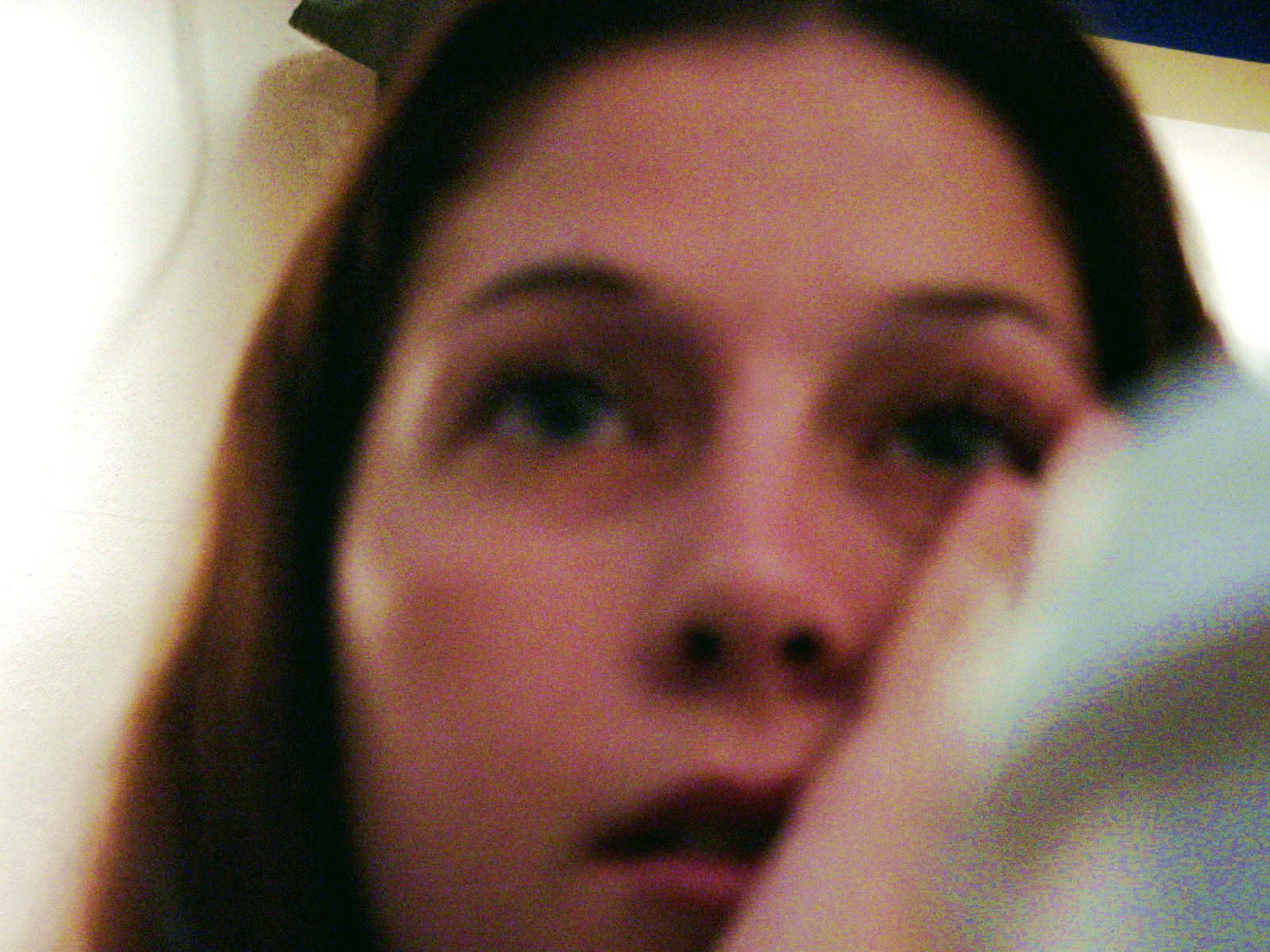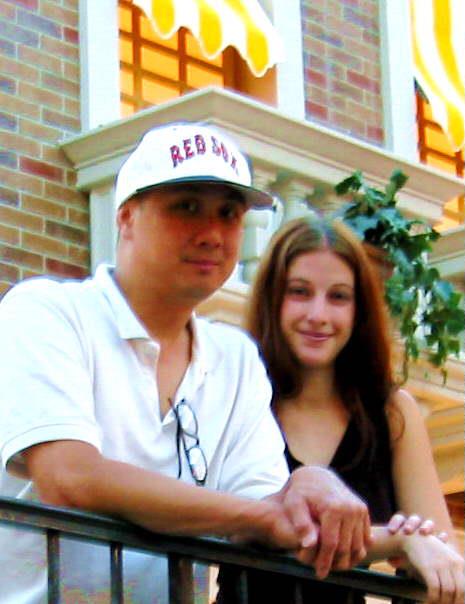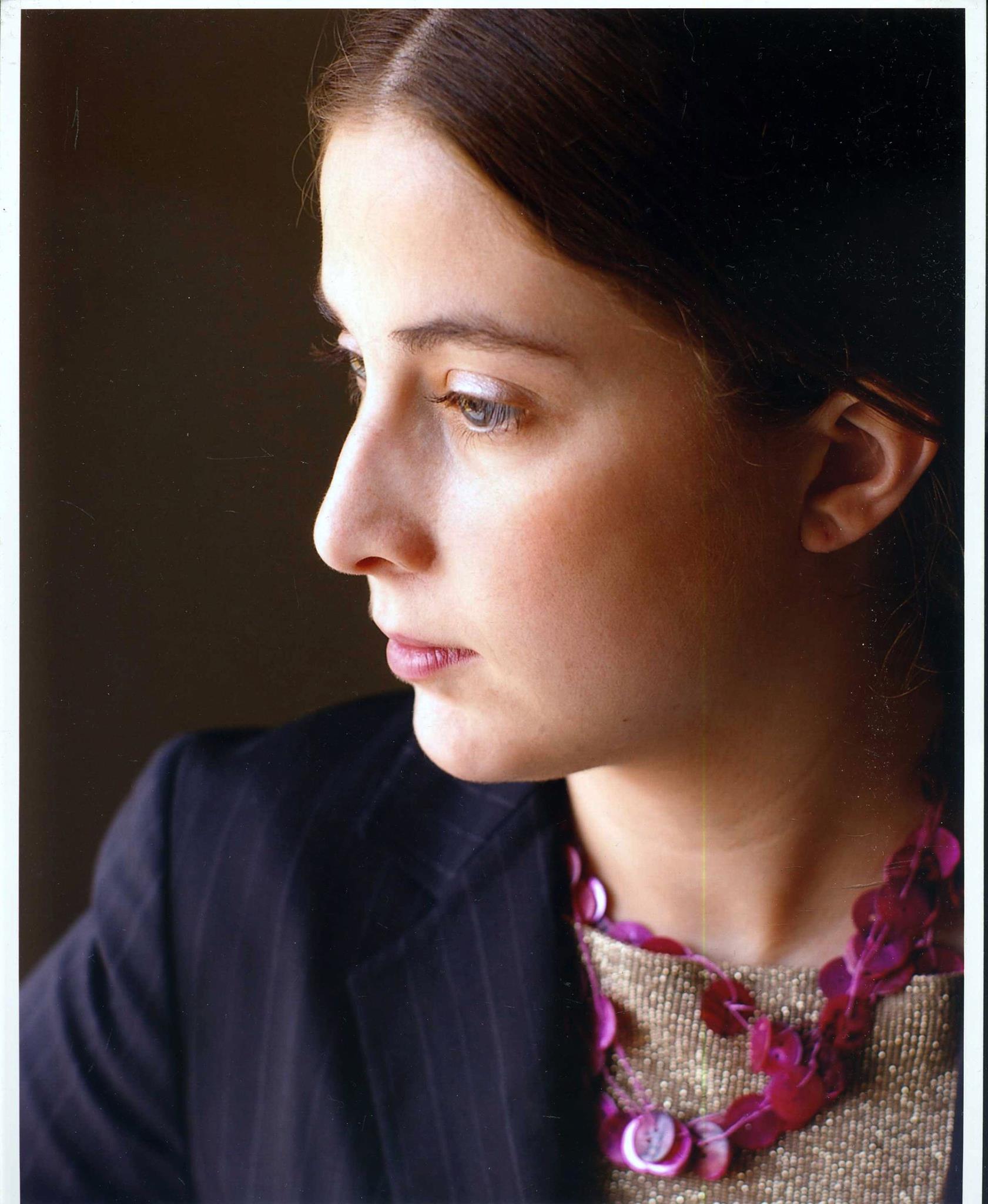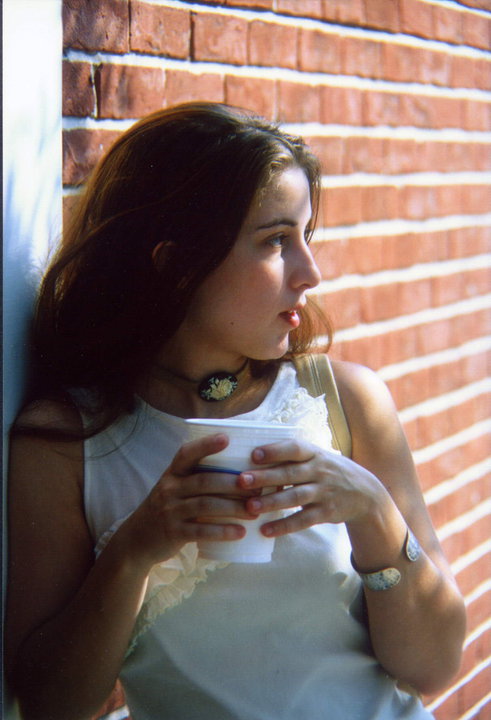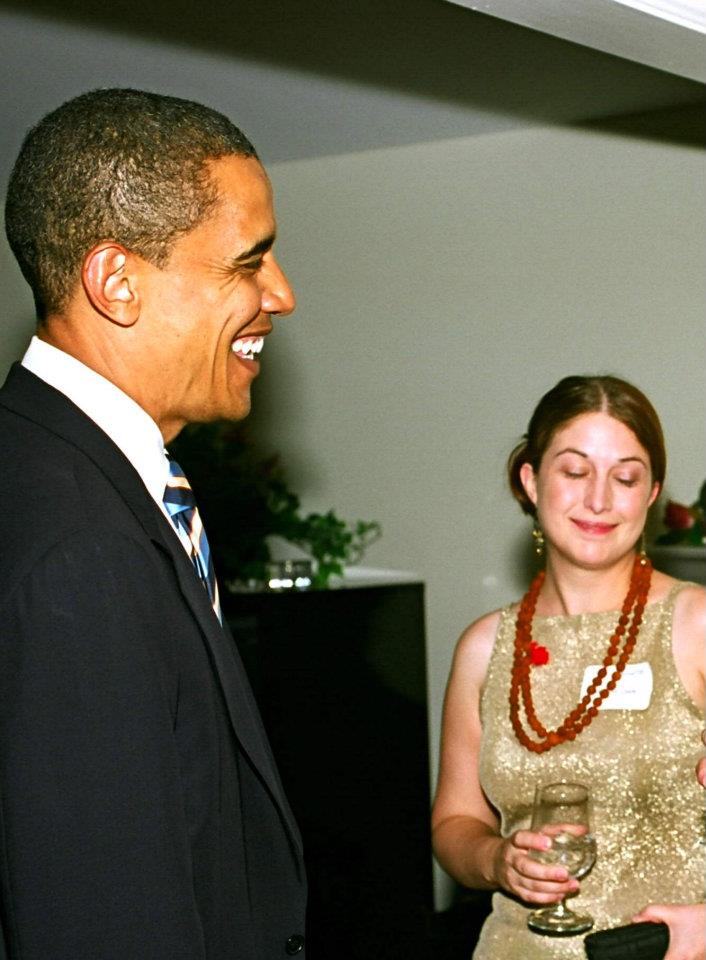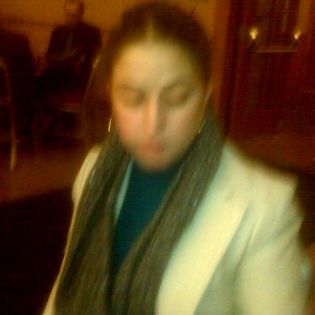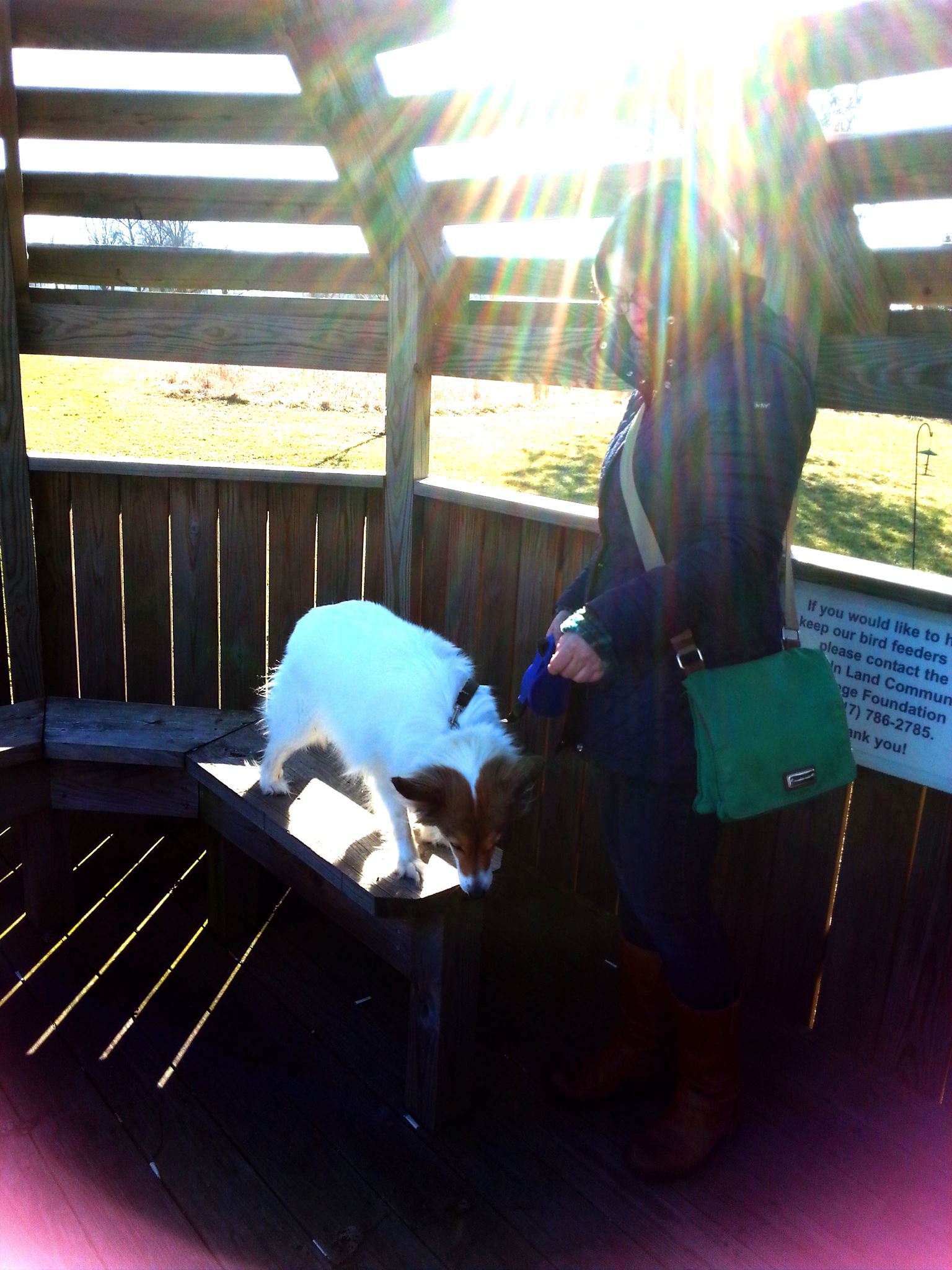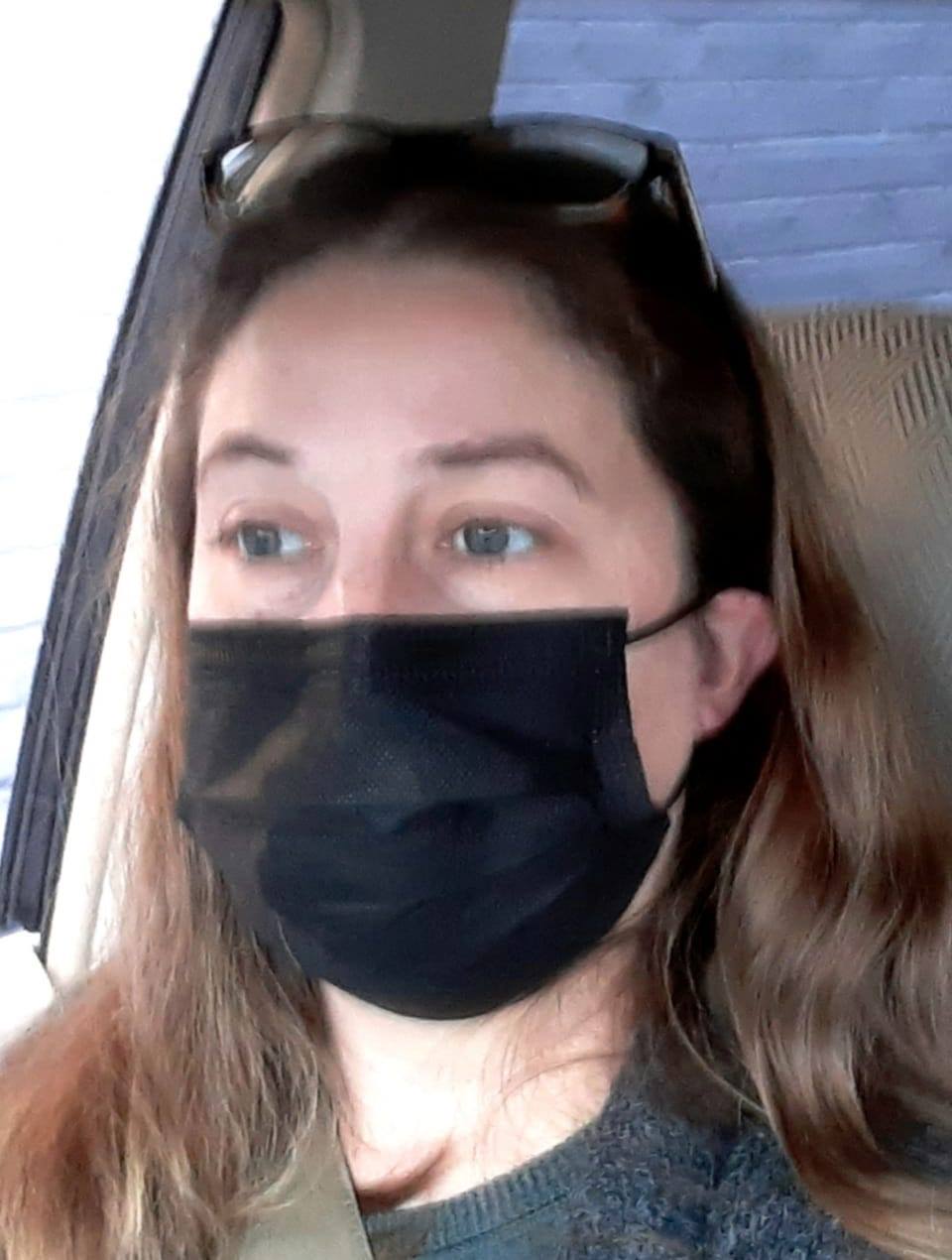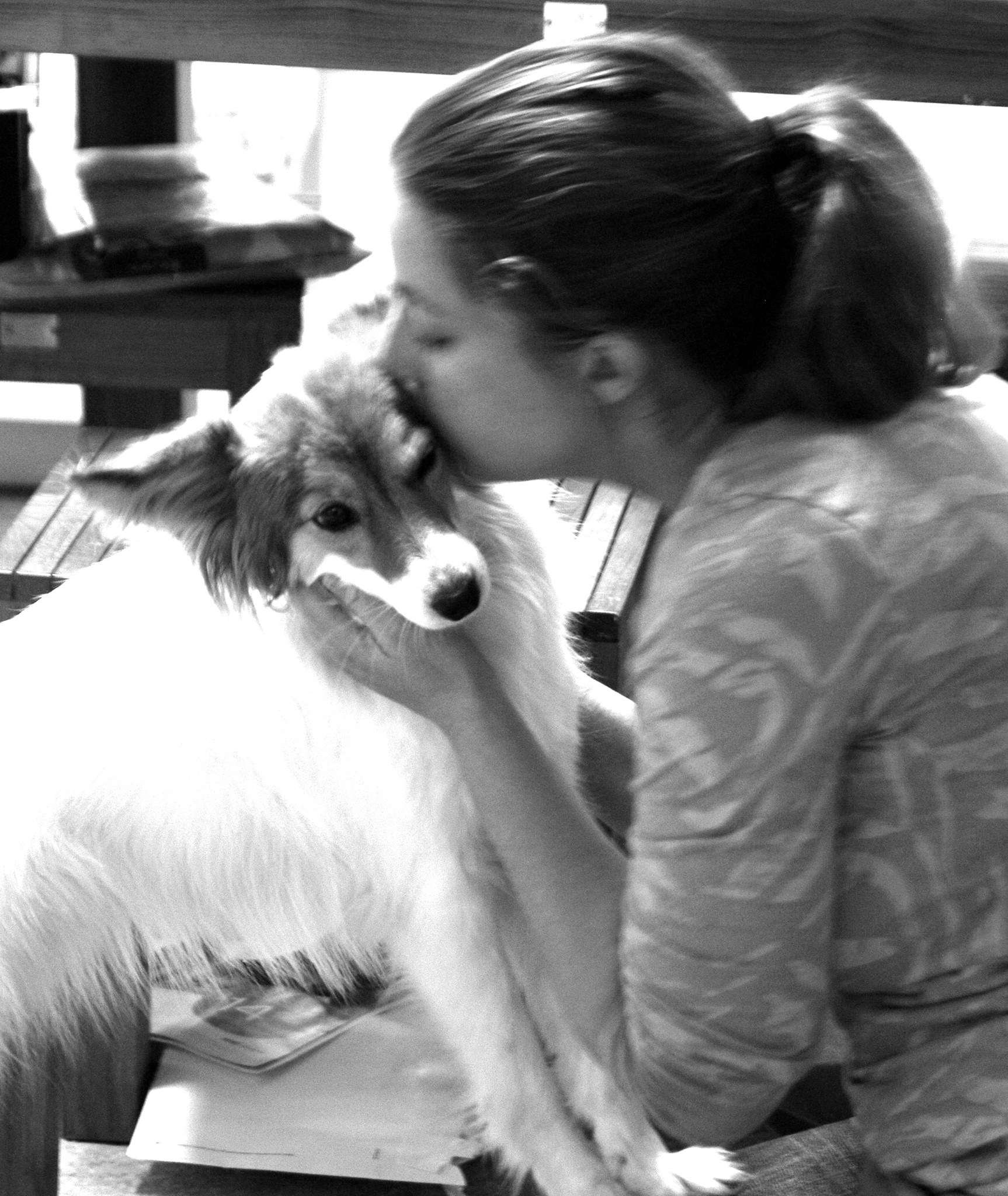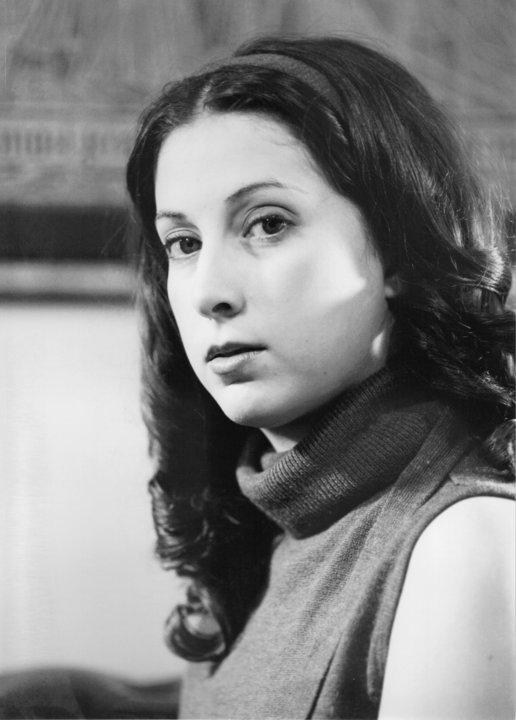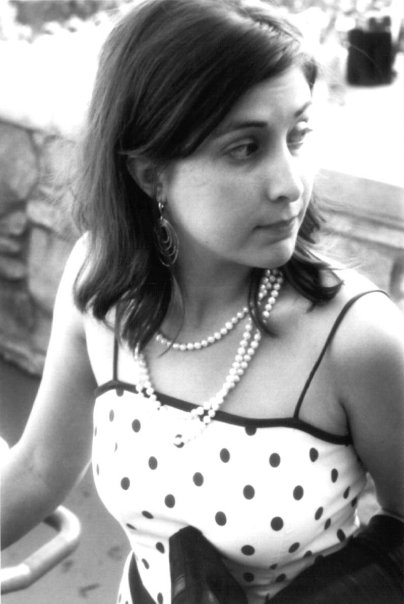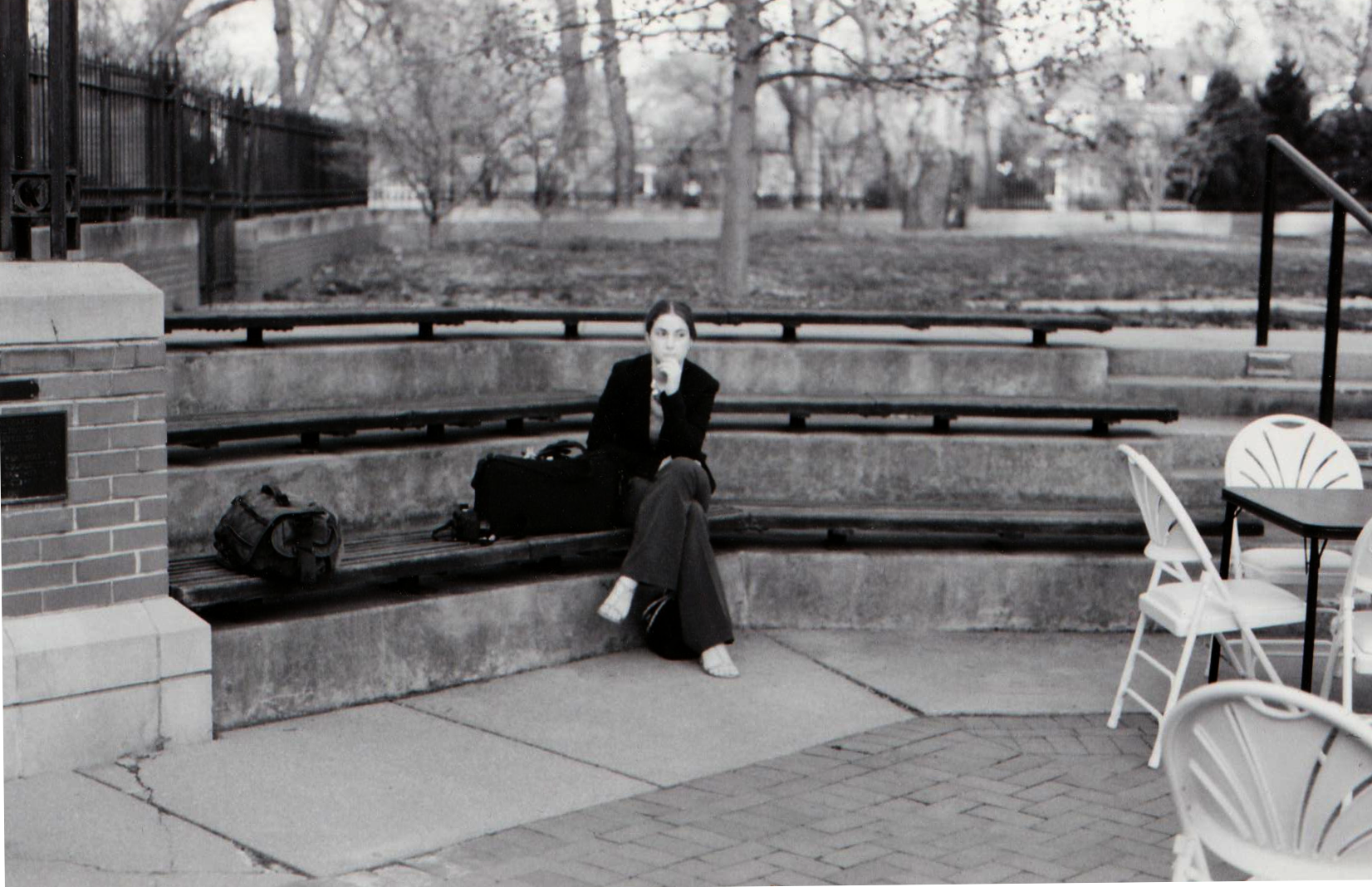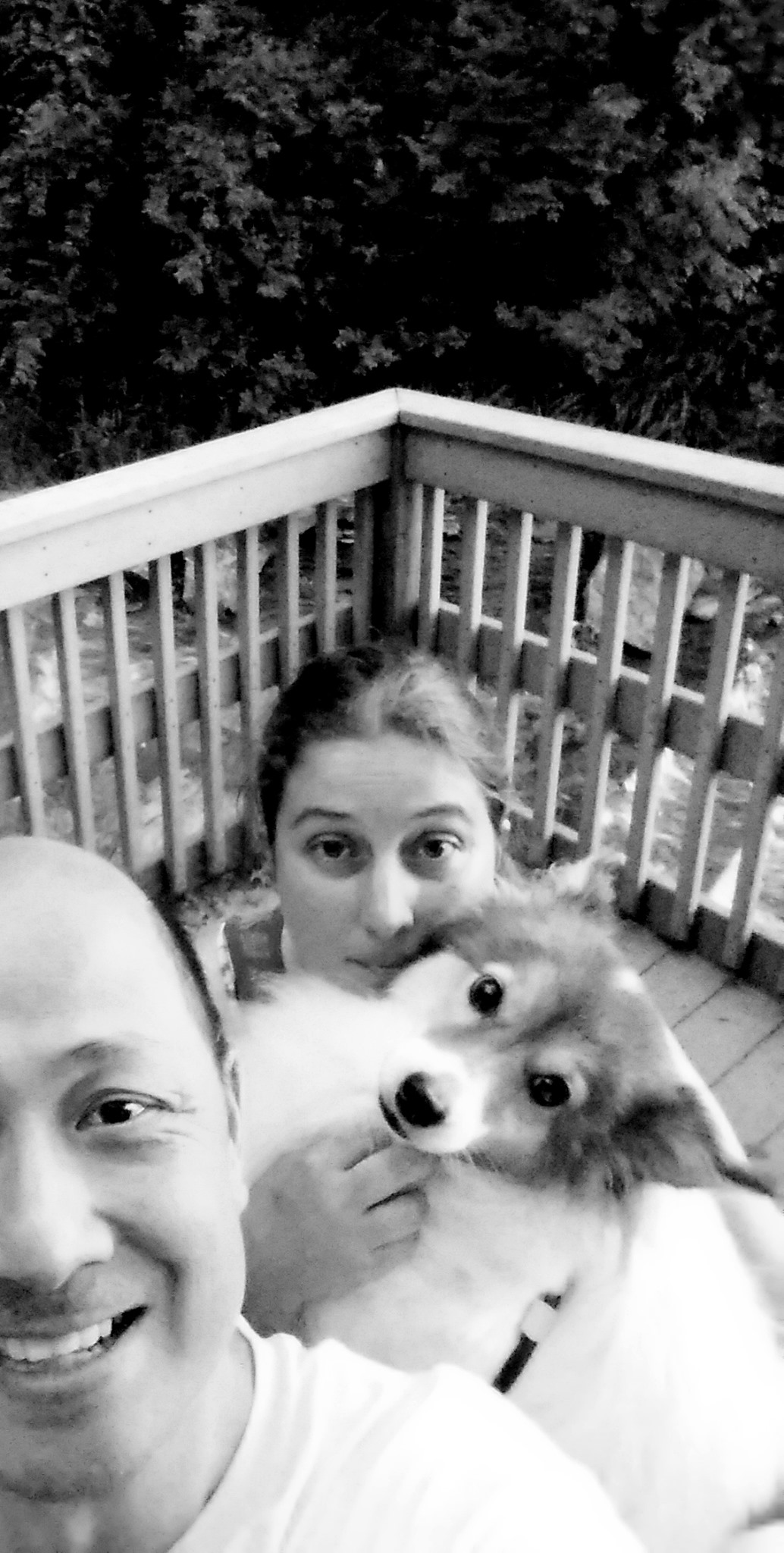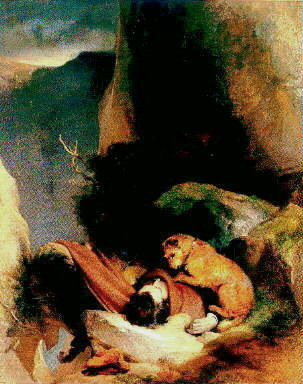
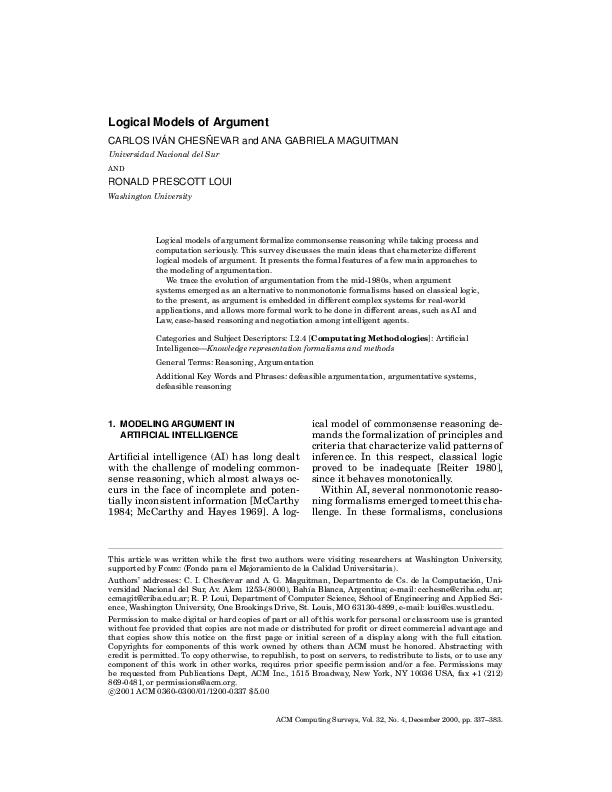

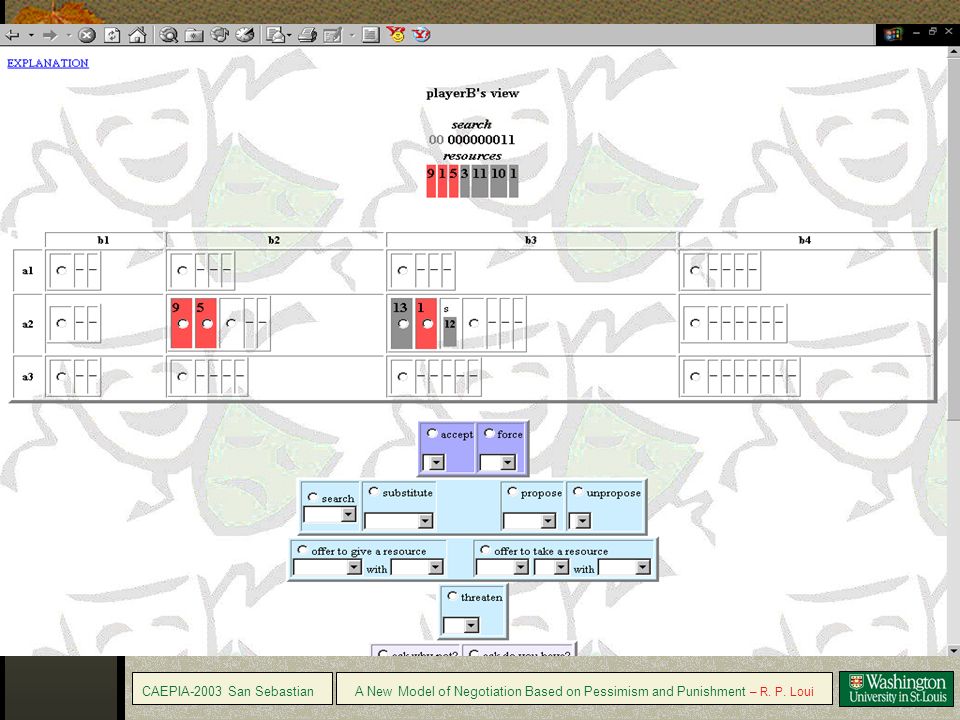

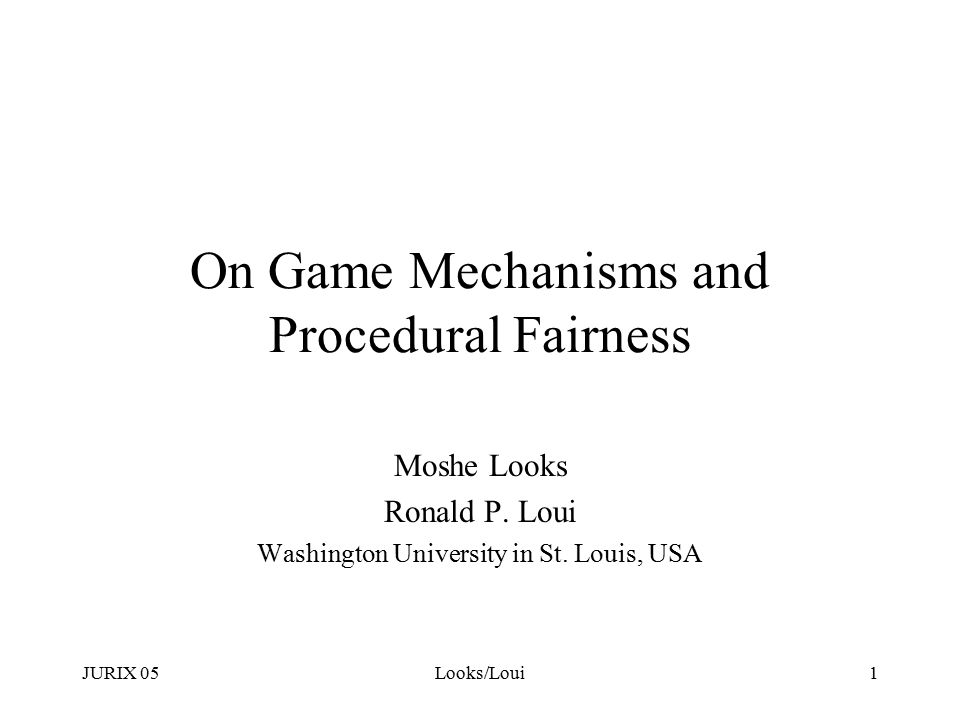
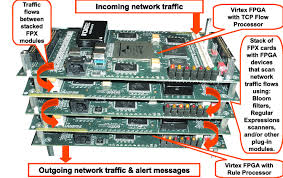
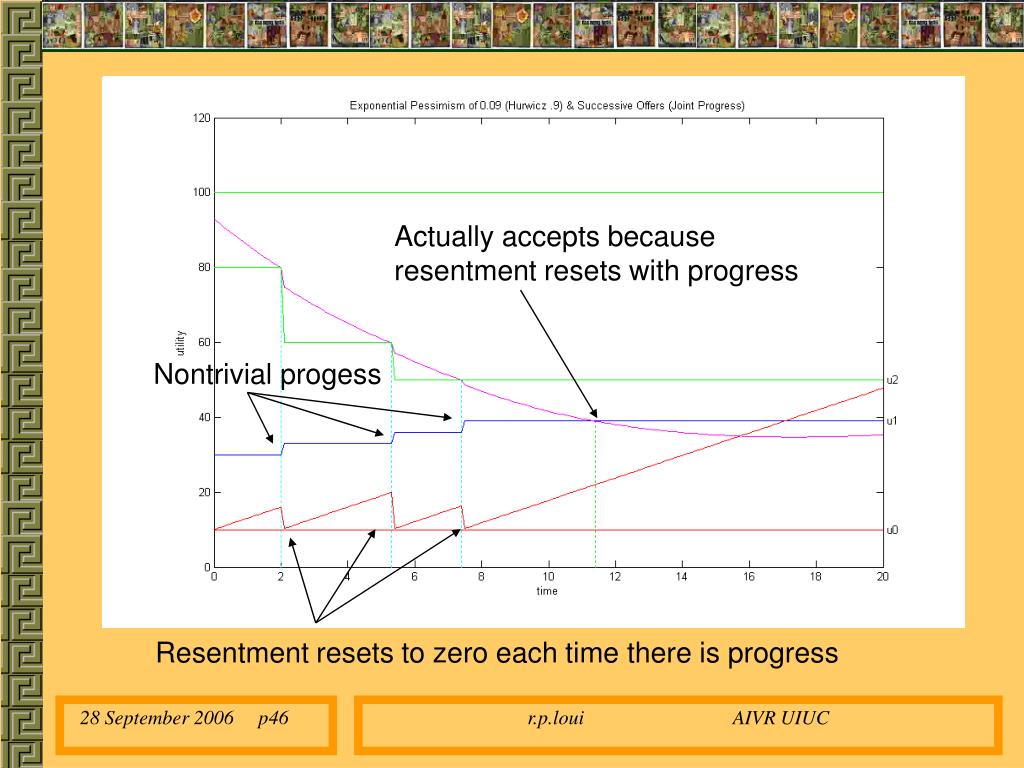
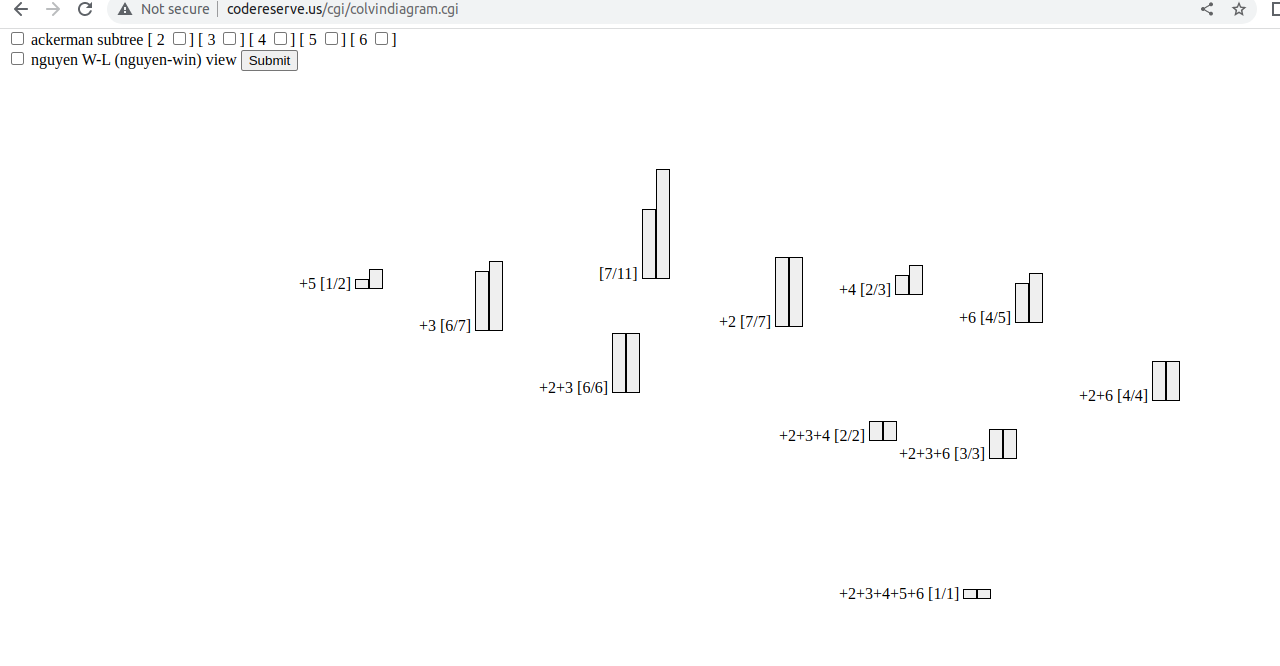
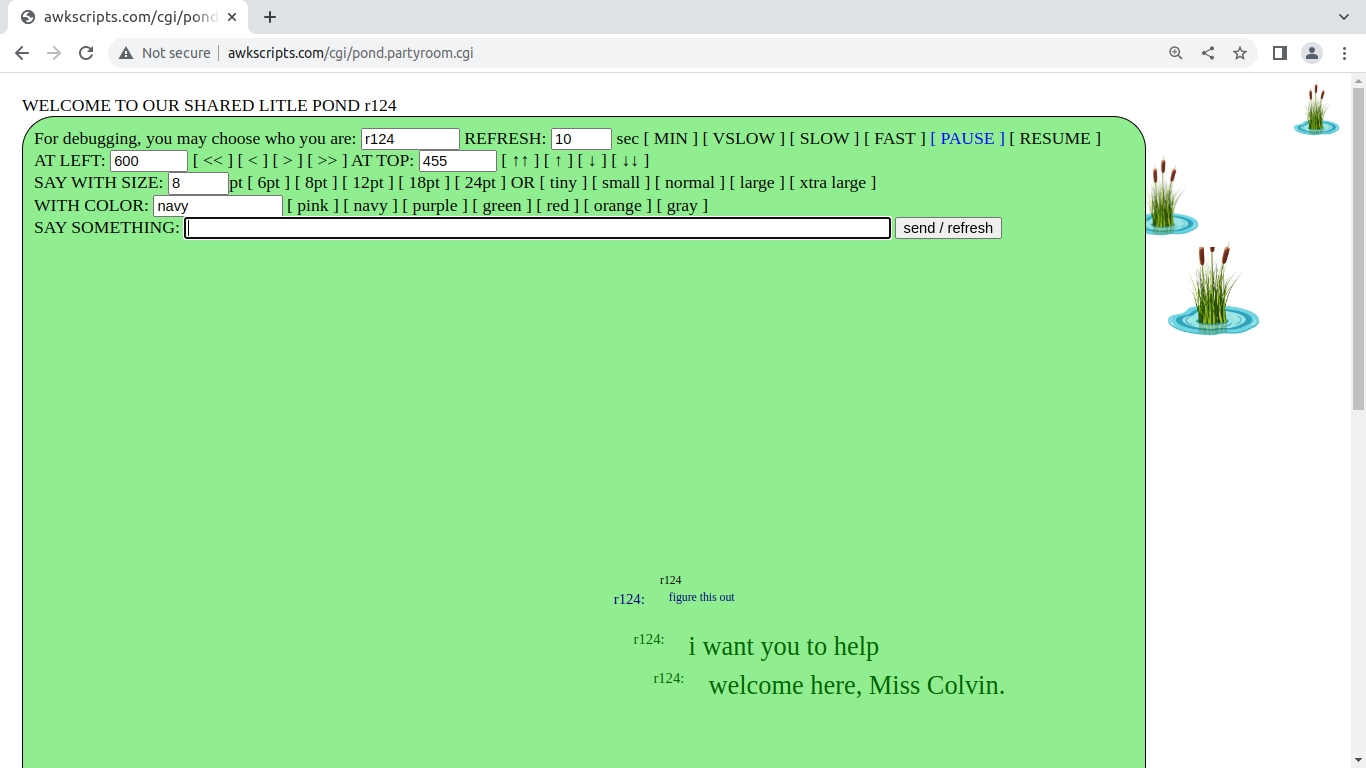

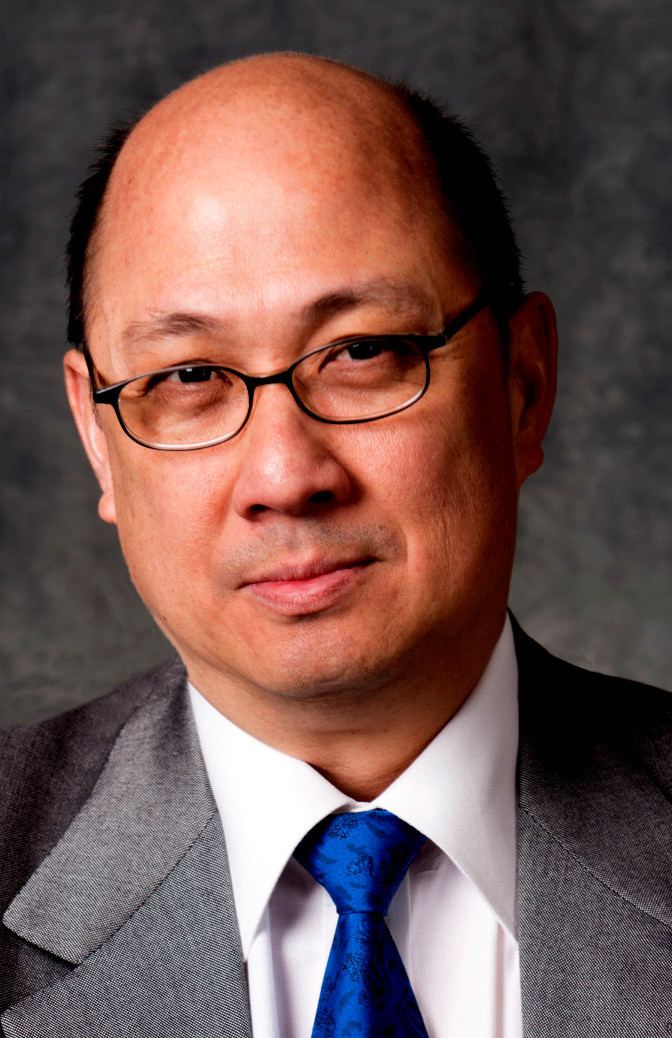












vs Rose-Hulman
+38 IN-OUT PLACHTA,EMILY totIN +43 T= 24:33 totOUT +5 T= 15:27 (IN-OUT)PER40=+61.9 IN+PER40=+70.1 OUT+PER40=+12.9 IN40-OUT40= +57.1 +14 IN-OUT HARTJES,MYA totIN +31 T= 23:12 totOUT +17 T= 16:48 (IN-OUT)PER40=+24.1 IN+PER40=+53.4 OUT+PER40=+40.5 IN40-OUT40= +13.0 +4 IN-OUT CALL,JORDYN totIN +26 T= 18:11 totOUT +22 T= 21:49 (IN-OUT)PER40= +8.8 IN+PER40=+57.2 OUT+PER40=+40.3 IN40-OUT40= +16.9vs Claremont-Mudd-Scripps
+23 IN-OUT PLACHTA,EMILY totIN +15 T= 32:39 totOUT -8 T= 7:21 (IN-OUT)PER40=+28.2 IN+PER40=+18.4 OUT+PER40=-43.5 IN40-OUT40= +61.9 +5 IN-OUT ROBERTS,MAYA totIN +6 T= 29:43 totOUT +1 T= 10:17 (IN-OUT)PER40= +6.7 IN+PER40= +8.1 OUT+PER40= +3.9 IN40-OUT40= +4.2 +5 IN-OUT HARTJES,MYA totIN +6 T= 37:00 totOUT +1 T= 3:00 (IN-OUT)PER40= +5.4 IN+PER40= +6.5 OUT+PER40=+13.3 IN40-OUT40= -6.8 +5 IN-OUT ANGIELSKI,TAYLOR totIN +6 T= 21:54 totOUT +1 T= 18:06 (IN-OUT)PER40= +9.1 IN+PER40=+11.0 OUT+PER40= +2.2 IN40-OUT40= +8.7 +3 IN-OUT WATSON,BIZ totIN +5 T= 29:02 totOUT +2 T= 10:58 (IN-OUT)PER40= +4.1 IN+PER40= +6.9 OUT+PER40= +7.3 IN40-OUT40= -0.4vs Adrian
+17 IN-OUT ROBERTS,MAYA totIN +12 T= 31:05 totOUT -5 T= 8:55 (IN-OUT)PER40=+21.9 IN+PER40=+15.4 OUT+PER40=-22.4 IN40-OUT40= +37.9 +5 IN-OUT HARTJES,MYA totIN +6 T= 32:44 totOUT +1 T= 7:16 (IN-OUT)PER40= +6.1 IN+PER40= +7.3 OUT+PER40= +5.5 IN40-OUT40= +1.8 +3 IN-OUT SCHORR,MAURA totIN +5 T= 30:16 totOUT +2 T= 9:44 (IN-OUT)PER40= +4.0 IN+PER40= +6.6 OUT+PER40= +8.2 IN40-OUT40= -1.6 +1 IN-OUT ANGIELSKI,TAYLOR totIN +4 T= 16:28 totOUT +3 T= 23:32 (IN-OUT)PER40= +2.4 IN+PER40= +9.7 OUT+PER40= +5.1 IN40-OUT40= +4.6vs Capital
+17 IN-OUT ANGIELSKI,TAYLOR totIN +6 T= 15:17 totOUT -11 T= 24:43 (IN-OUT)PER40=+44.5 IN+PER40=+15.7 OUT+PER40=-17.8 IN40-OUT40= +33.5 +5 IN-OUT SCHORR,MAURA totIN +0 T= 25:11 totOUT -5 T= 14:49 (IN-OUT)PER40= +7.9 IN+PER40= +0.0 OUT+PER40=-13.5 IN40-OUT40= +13.5 -1 IN-OUT PLACHTA,EMILY totIN -3 T= 34:34 totOUT -2 T= 5:26 (IN-OUT)PER40= -1.2 IN+PER40= -3.5 OUT+PER40=-14.7 IN40-OUT40= +11.3vs Thiel
+35 IN-OUT SCHORR,MAURA totIN +38 T= 21:10 totOUT +3 T= 18:50 (IN-OUT)PER40=+66.1 IN+PER40=+71.8 OUT+PER40= +6.4 IN40-OUT40= +65.4 +33 IN-OUT CALL,JORDYN totIN +37 T= 19:19 totOUT +4 T= 20:41 (IN-OUT)PER40=+68.3 IN+PER40=+76.6 OUT+PER40= +7.7 IN40-OUT40= +68.9 +31 IN-OUT WATSON,BIZ totIN +36 T= 17:00 totOUT +5 T= 23:00 (IN-OUT)PER40=+72.9 IN+PER40=+84.7 OUT+PER40= +8.7 IN40-OUT40= +76.0 +31 IN-OUT HARTJES,MYA totIN +36 T= 15:28 totOUT +5 T= 24:32 (IN-OUT)PER40=+80.2 IN+PER40=+93.1 OUT+PER40= +8.2 IN40-OUT40= +85.0 +27 IN-OUT PLACHTA,EMILY totIN +34 T= 19:25 totOUT +7 T= 20:35 (IN-OUT)PER40=+55.6 IN+PER40=+70.0 OUT+PER40=+13.6 IN40-OUT40= +56.4 -1 IN-OUT LUDWIG,LAUREN totIN +20 T= 12:48 totOUT +21 T= 27:12 (IN-OUT)PER40= -3.1 IN+PER40=+62.5 OUT+PER40=+30.9 IN40-OUT40= +31.6vs Bethany
+22 IN-OUT SCHORR,MAURA totIN +14 T= 31:46 totOUT -8 T= 8:14 (IN-OUT)PER40=+27.7 IN+PER40=+17.6 OUT+PER40=-38.9 IN40-OUT40= +56.5 +20 IN-OUT HARTJES,MYA totIN +13 T= 31:07 totOUT -7 T= 8:53 (IN-OUT)PER40=+25.7 IN+PER40=+16.7 OUT+PER40=-31.5 IN40-OUT40= +48.2 +20 IN-OUT ANGIELSKI,TAYLOR totIN +13 T= 17:50 totOUT -7 T= 22:10 (IN-OUT)PER40=+44.9 IN+PER40=+29.2 OUT+PER40=-12.6 IN40-OUT40= +41.8 -2 IN-OUT LUDWIG,LAUREN totIN +2 T= 2:09 totOUT +4 T= 37:51 (IN-OUT)PER40=-37.2 IN+PER40=+37.2 OUT+PER40= +4.2 IN40-OUT40= +33.0vs Marietta
+17 IN-OUT CALL,JORDYN totIN +8 T= 22:38 totOUT -9 T= 17:22 (IN-OUT)PER40=+30.0 IN+PER40=+14.1 OUT+PER40=-20.7 IN40-OUT40= +34.9 +7 IN-OUT WATSON,BIZ totIN +3 T= 25:55 totOUT -4 T= 14:05 (IN-OUT)PER40=+10.8 IN+PER40= +4.6 OUT+PER40=-11.4 IN40-OUT40= +16.0 +7 IN-OUT HARTJES,MYA totIN +3 T= 37:17 totOUT -4 T= 2:43 (IN-OUT)PER40= +7.5 IN+PER40= +3.2 OUT+PER40=-58.9 IN40-OUT40= +62.1vs Denison
+23 IN-OUT LUDWIG,LAUREN totIN +5 T= 5:54 totOUT -18 T= 34:06 (IN-OUT)PER40=+155.9 IN+PER40=+33.9 OUT+PER40=-21.1 IN40-OUT40= +55.0 +5 IN-OUT ROBERTS,MAYA totIN -4 T= 28:53 totOUT -9 T= 11:07 (IN-OUT)PER40= +6.9 IN+PER40= -5.5 OUT+PER40=-32.4 IN40-OUT40= +26.8 +1 IN-OUT SCHORR,MAURA totIN -6 T= 27:48 totOUT -7 T= 12:12 (IN-OUT)PER40= +1.4 IN+PER40= -8.6 OUT+PER40=-23.0 IN40-OUT40= +14.3 -1 IN-OUT CALL,JORDYN totIN -7 T= 29:21 totOUT -6 T= 10:39 (IN-OUT)PER40= -1.4 IN+PER40= -9.5 OUT+PER40=-22.5 IN40-OUT40= +13.0 -3 IN-OUT HARTJES,MYA totIN -8 T= 35:38 totOUT -5 T= 4:22 (IN-OUT)PER40= -3.4 IN+PER40= -9.0 OUT+PER40=-45.8 IN40-OUT40= +36.8vs Oberlin
+39 IN-OUT HARTJES,MYA totIN +26 T= 25:15 totOUT -13 T= 14:45 (IN-OUT)PER40=+61.8 IN+PER40=+41.2 OUT+PER40=-35.3 IN40-OUT40= +76.4 +33 IN-OUT CALL,JORDYN totIN +23 T= 20:34 totOUT -10 T= 19:26 (IN-OUT)PER40=+64.2 IN+PER40=+44.7 OUT+PER40=-20.6 IN40-OUT40= +65.3 +27 IN-OUT SCHORR,MAURA totIN +20 T= 24:24 totOUT -7 T= 15:36 (IN-OUT)PER40=+44.3 IN+PER40=+32.8 OUT+PER40=-17.9 IN40-OUT40= +50.7 +1 IN-OUT ANGIELSKI,TAYLOR totIN +7 T= 11:30 totOUT +6 T= 28:30 (IN-OUT)PER40= +3.5 IN+PER40=+24.3 OUT+PER40= +8.4 IN40-OUT40= +15.9vs Baldwin-Wallace
+16 IN-OUT ROBERTS,MAYA totIN -4 T= 20:04 totOUT -20 T= 19:56 (IN-OUT)PER40=+31.9 IN+PER40= -8.0 OUT+PER40=-40.1 IN40-OUT40= +32.2 +8 IN-OUT CALL,JORDYN totIN -8 T= 25:17 totOUT -16 T= 14:43 (IN-OUT)PER40=+12.7 IN+PER40=-12.7 OUT+PER40=-43.5 IN40-OUT40= +30.8 +2 IN-OUT SCHORR,MAURA totIN -11 T= 32:02 totOUT -13 T= 7:58 (IN-OUT)PER40= +2.5 IN+PER40=-13.7 OUT+PER40=-65.3 IN40-OUT40= +51.5 -2 IN-OUT HARTJES,MYA totIN -13 T= 29:22 totOUT -11 T= 10:38 (IN-OUT)PER40= -2.7 IN+PER40=-17.7 OUT+PER40=-41.4 IN40-OUT40= +23.7vs Geneva
+20 IN-OUT ANGIELSKI,TAYLOR totIN +15 T= 15:31 totOUT -5 T= 24:29 (IN-OUT)PER40=+51.6 IN+PER40=+38.7 OUT+PER40= -8.2 IN40-OUT40= +46.8 +10 IN-OUT PLACHTA,EMILY totIN +10 T= 36:40 totOUT +0 T= 3:20 (IN-OUT)PER40=+10.9 IN+PER40=+10.9 OUT+PER40= +0.0 IN40-OUT40= +10.9 +6 IN-OUT HUTTER-DEMARCO,EMI totIN +8 T= 8:31 totOUT +2 T= 31:29 (IN-OUT)PER40=+28.2 IN+PER40=+37.6 OUT+PER40= +2.5 IN40-OUT40= +35.0 +4 IN-OUT SCHORR,MAURA totIN +7 T= 18:02 totOUT +3 T= 21:58 (IN-OUT)PER40= +8.9 IN+PER40=+15.5 OUT+PER40= +5.5 IN40-OUT40= +10.1 -2 IN-OUT BANKS,CHRISTEN totIN +4 T= 7:21 totOUT +6 T= 32:39 (IN-OUT)PER40=-10.9 IN+PER40=+21.8 OUT+PER40= +7.4 IN40-OUT40= +14.4


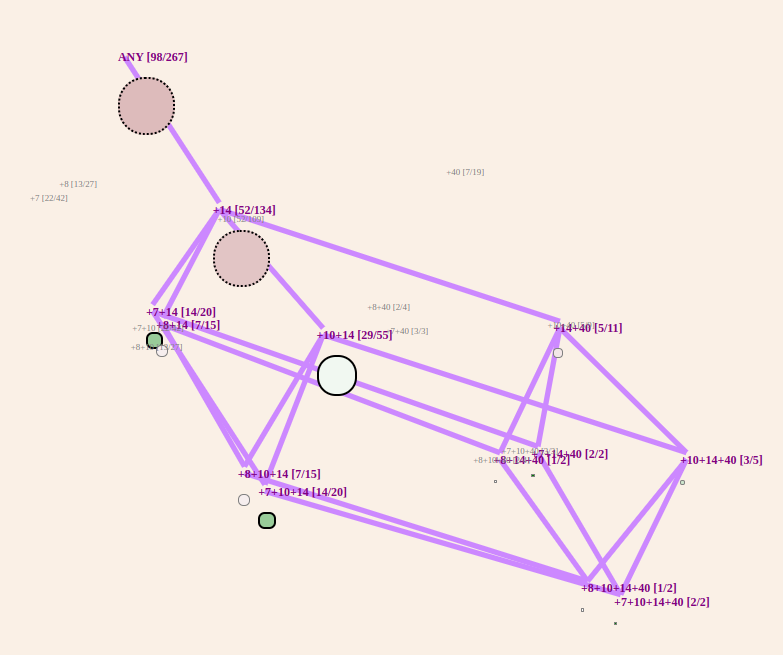

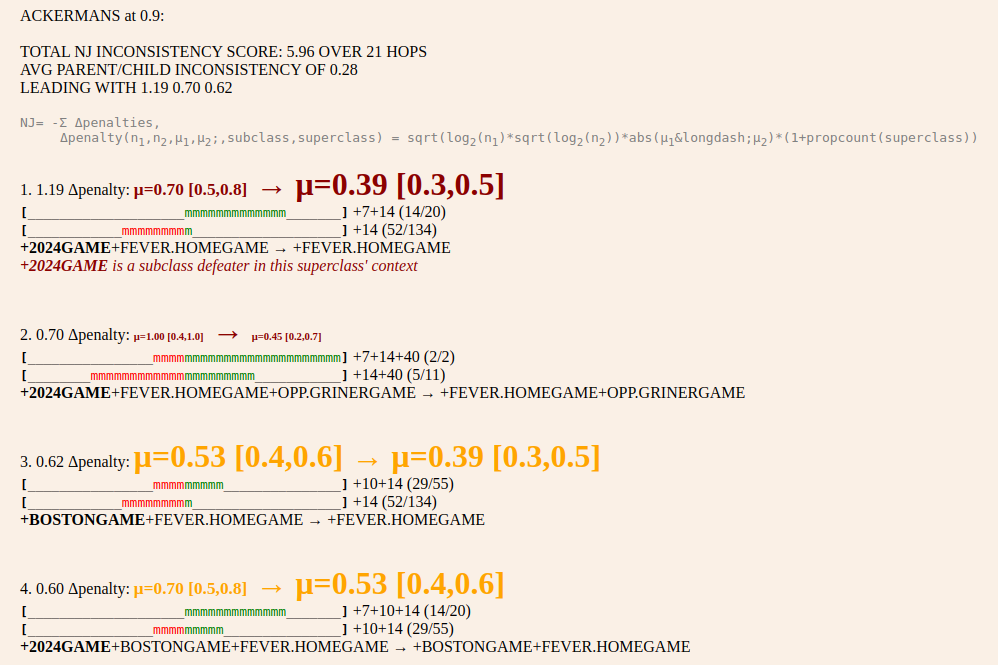
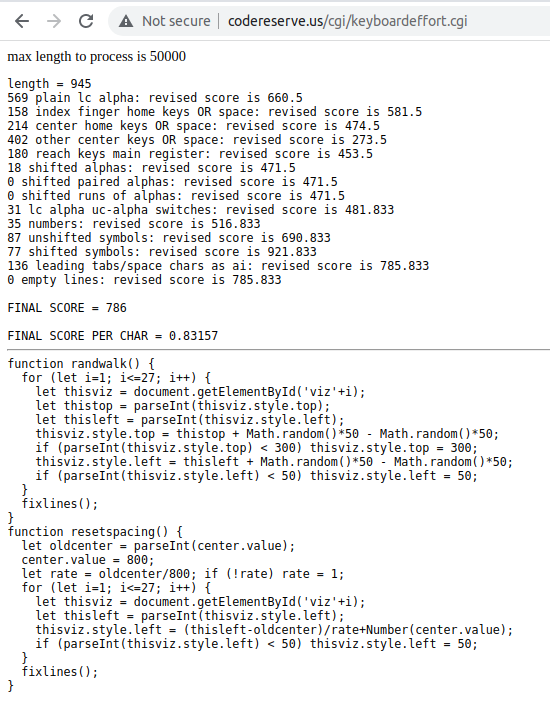
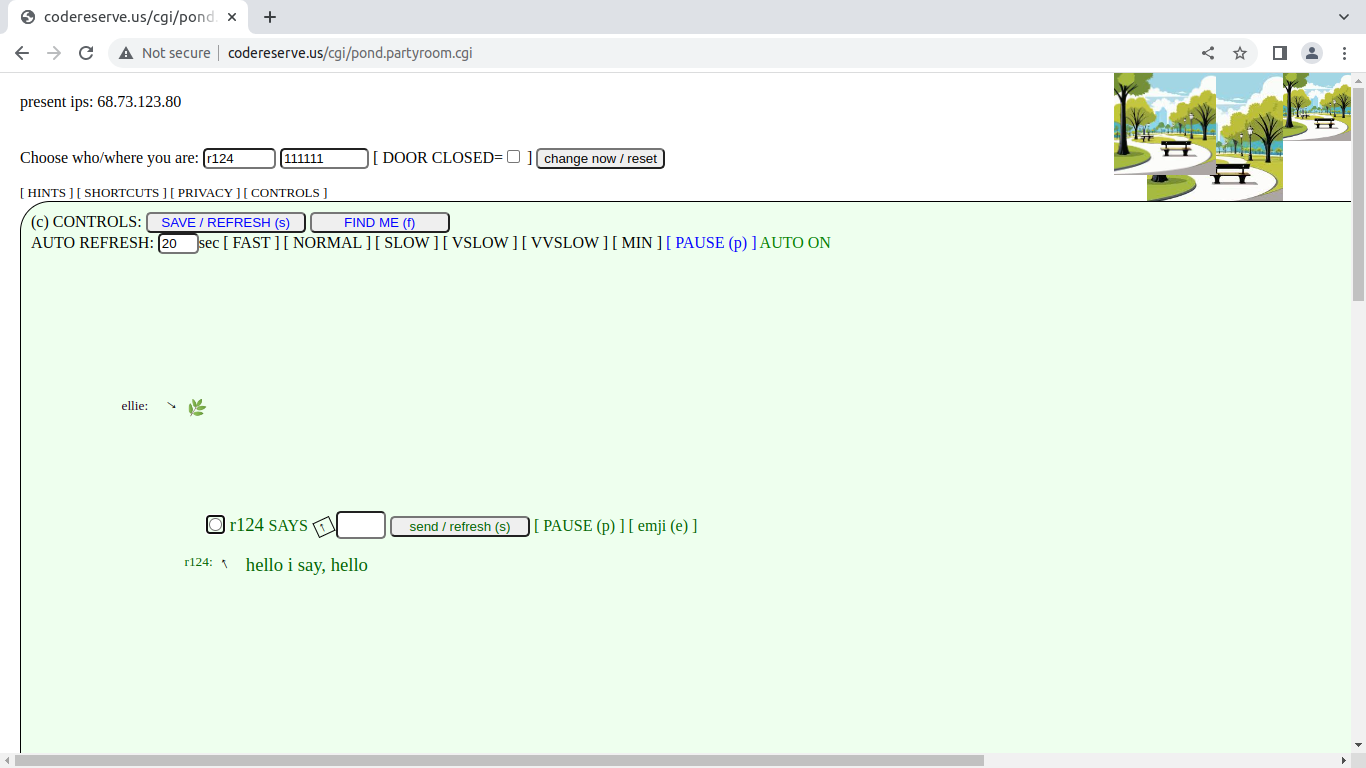
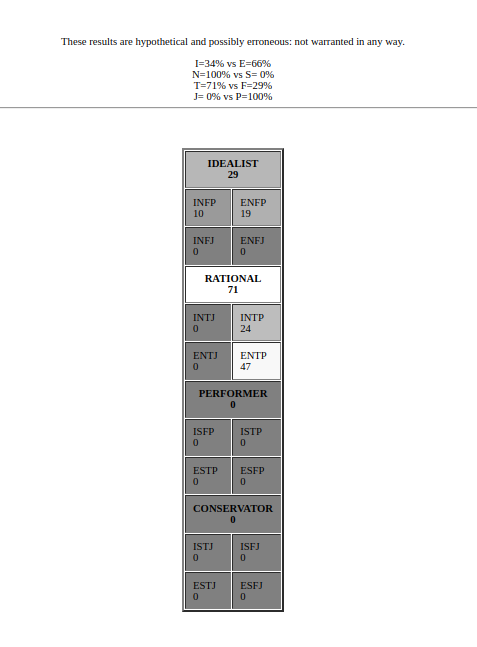
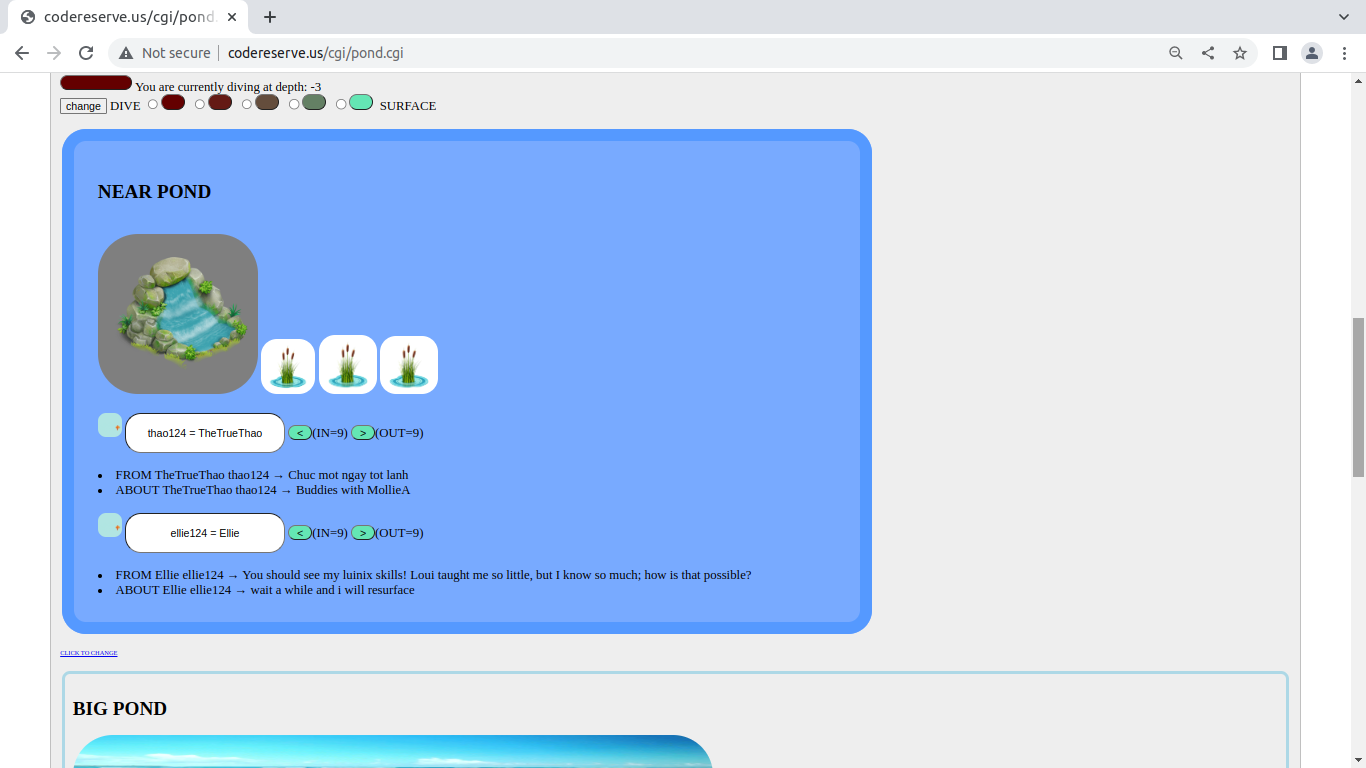
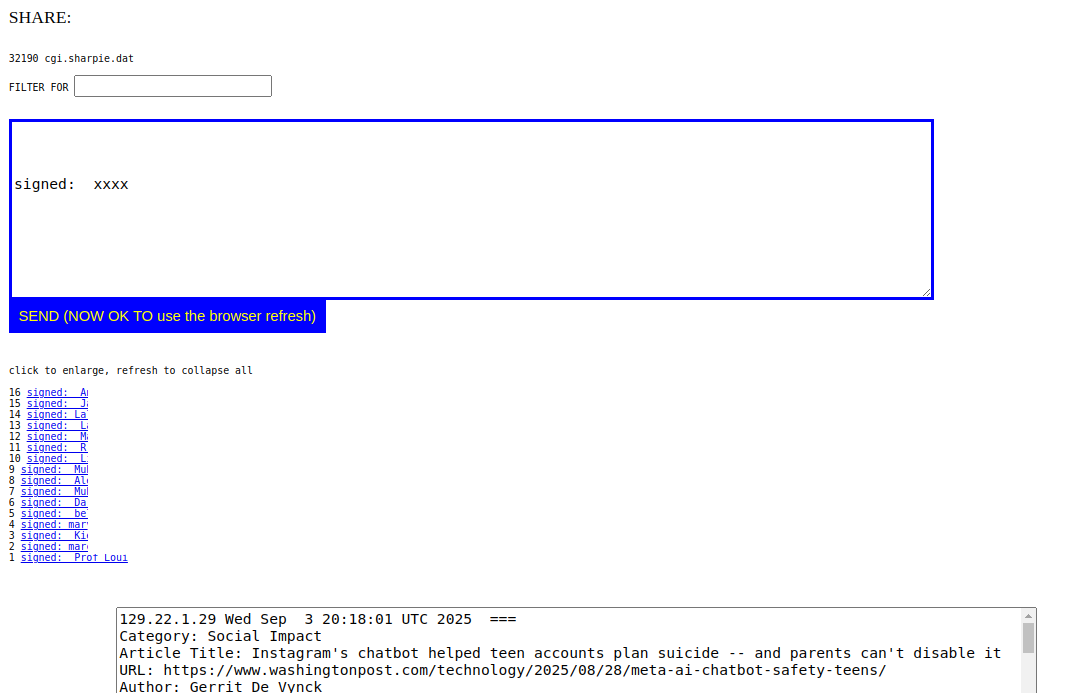
YEAR MAIN LANGS MAIN OS MAIN EDITOR WHERE 1975 Basic paper punch cards 8th/Punahou 1976 DartmouthBasic DTimeShare volatile typing Punahou 1977 DartmouthBasic DTimeShare paper tape Punahou 1978 RealityDBBasic/Fortran Pick/DTimeShare ED Punahou/IndustryDataSvcs 1979 RealityDBBasic/Fortran Pick/VMS ED/EDT Punahou/IndustryDataSvcs/Harvard 1980 RealityDBBasic/Fortran/Forth Pick/Pr1MOS/VMS ED/EDT HirotaEngineering/IndustryDataSvcs/Harvard 1981 HarvardECL Unix/TOPS10 vi Harvard ← U R HERE 1982 VHDL/StanfordSAIL/APL Unix/TOPS20 vi Harvard 1983 c/ICON/Pascal/csh Unix/VMS/Alto/AppleDOS bravo DEC/RochesterMS 1984 c/ICON BSD/Alto/OriginalMac bravo RochesterMS 1985 c/LISP BSD/Alto/OriginalMac bravo RochesterPhD 1986 c/LISP BSD/Alto/OriginalMac bravo RochesterPhD 1987 c/LISP BSD/Alto/OriginalMac bravo RochesterPhD 1988 c/LISP Solaris/Tenex vi Stanford/RockwellPaloAlto 1989 c/LISP/.bat Solaris/MSDOS6 vi WashU 1990 c/LISP/.bat Solaris/MSDOS6 vi WashU 1991 c/LISP/.bat Solaris/MSDOS6 vi WashU 1992 gawk/LISP/.bat Solaris/MSDOS6 vi WashU 1993 gawk/TCL Solaris/W3.1 vi WashU 1994 gawk Solaris/W3.1/LX3.1 vi WashU 1995 gawk Tru64/BSD/W95/OS2/LX3.1 vi WashU 1996 gawk Tru64/BSD/W95/NT/LX3.1 vi WashU 1997 gawk/perl/Matlab Tru64/BSD/W95/NT/LX3.1 vi WashU 1998 gawk/perl/Matlab Tru64/BSD/W98/NT vi WashU 1999 gawk/perl/php Tru64/BSD/W98 vi WashU 2000 gawk/js Redhat7/W98/XP vi WashU 2001 gawk/js Redhat7/W98 vi WashU 2002 gawk/js Redhat7/W98 vi WashU 2003 gawk/js Redhat7/W98 vi WashU 2004 gawk/js Redhat7/W98 vi WashU 2005 gawk/js Redhat7/W98 vi WashU 2006 gawk/js/ruby/py Redhat7/Fedora7/W98 vi WashU 2007 gawk/js/mysql Ubuntu/Mint/W7/bbOS vi WashU 2008 nawk/js/mysql Ubuntu/Solaris/W7/bbOS vim CleClinc/CycorpAustin 2009 nawk/js/mysql Ubuntu vim CleClinc/CycorpAustin 2010 nawk/js/mysql Ubuntu vim CleClinc/CycorpAustin 2011 awk/js/mysql Ubuntu vim CycorpAustin 2012 awk/js/mysql Ubuntu/W7/W8 vim Illinois 2013 awk/js/mysql Ubuntu/Android/W7/W8 vim Illinois 2014 awk/js/mysql Ubuntu/Android/W7/W8 vim Illinois 2015 awk/js/mysql Ubuntu/Android/W7/W8 vim Illinois 2016 awk/js/mysql Ubuntu/Android/W10 vim Illinois 2017 awk/js/sh/SQL/py Ubuntu/Android/W10/KVM/S3 vim LAstartup 2018 awk/js/sh/SQL/py Ubuntu/Android/W10/KVM/S3 vim LAstartup 2019 awk/js/php/c Ubuntu/Android/W10/Xen vim CWRU 2020 awk/js/php/c/bash Ubuntu/Android/W10/Xen vim CWRU 2021 awk/js/php/c/bash Ubuntu/Android/W10/Xen vim CWRU 2022 awk/js/php/c/bash Ubuntu/Android/W10/Xen/ChrOS vim CWRU 2023 awk/js/php/c/bash Ubuntu/Android/Xen/ChrOS vi CWRU 2024 awk/js/php/c/bash Ubuntu/Android/Xen/FireOS vi CWRU 2025 awk/js/php/c/bash Ubuntu/Android/Xen/FireOS vi CWRU ← I M HERE 2026? awk/js/? Ubuntu/Android/?/? vi ?

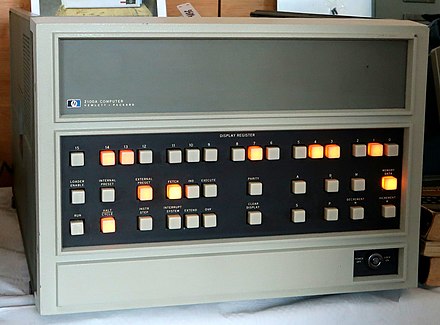
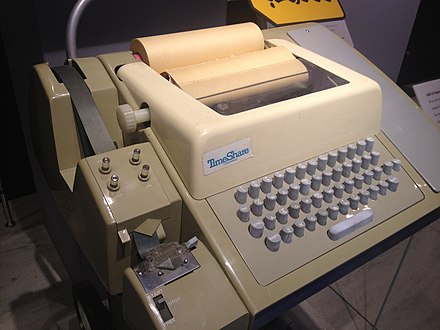


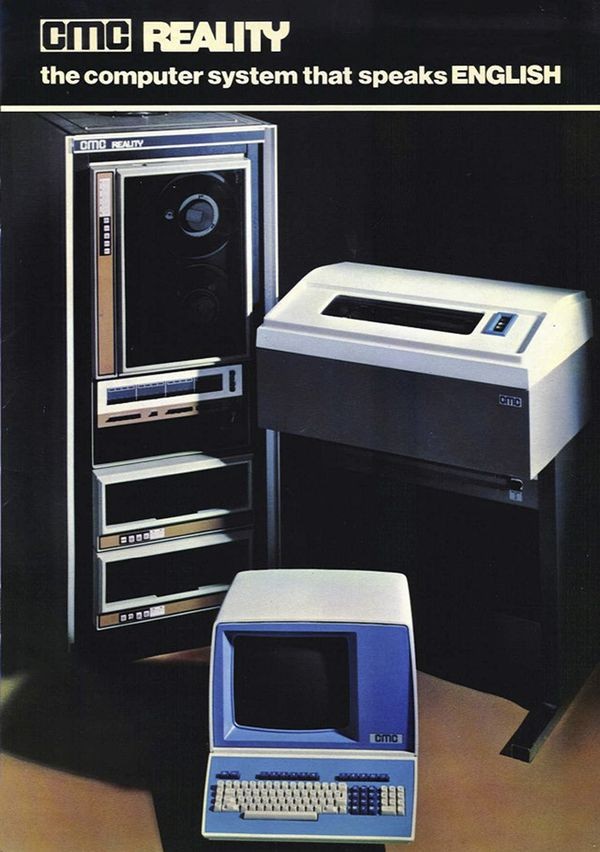



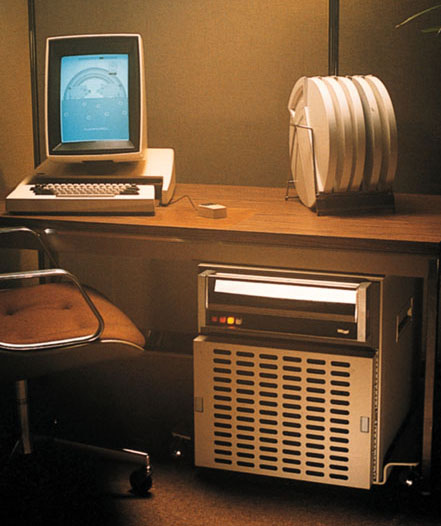
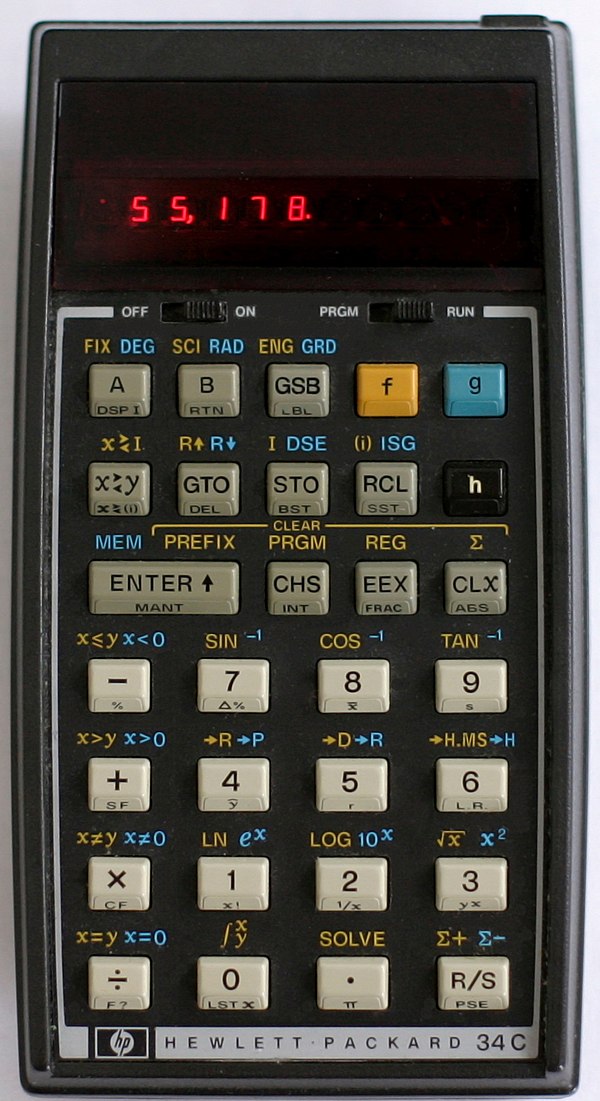


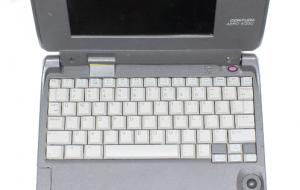


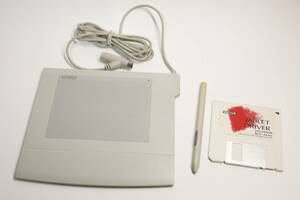




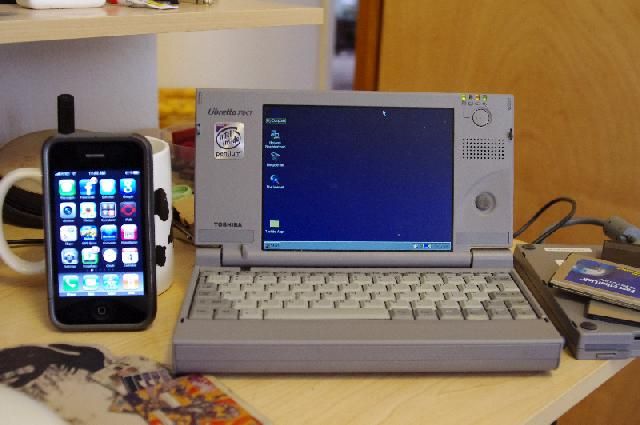



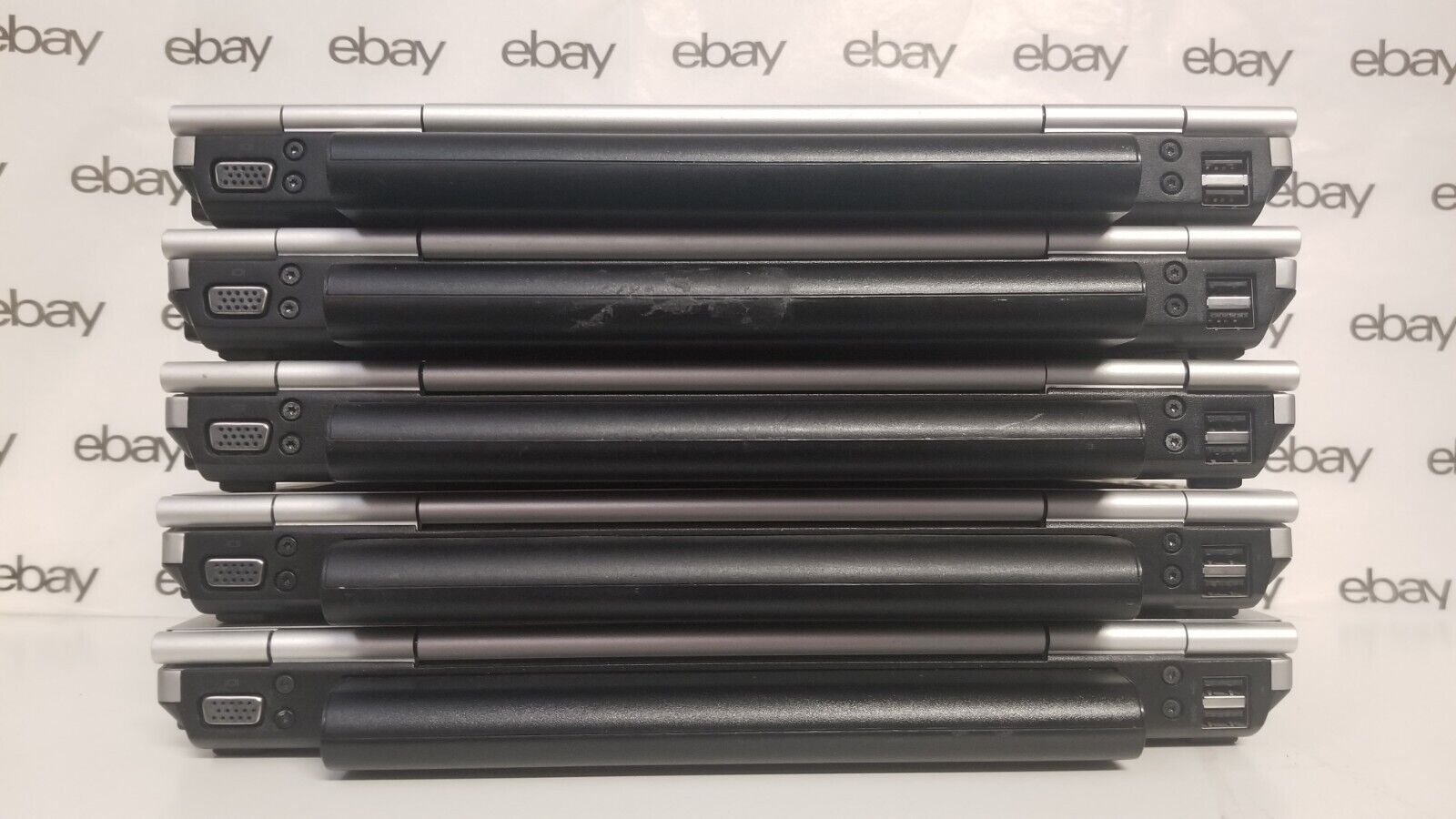

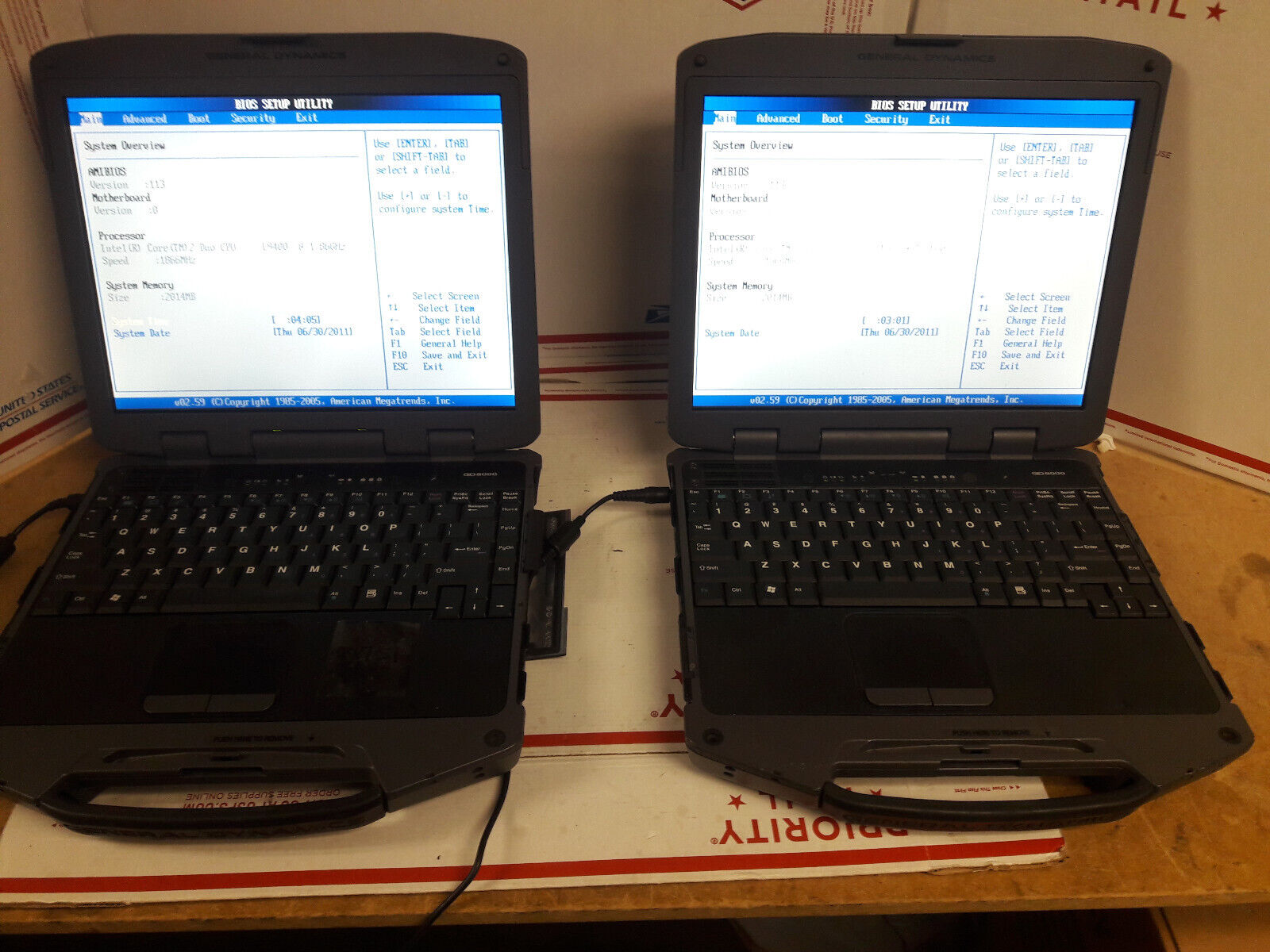
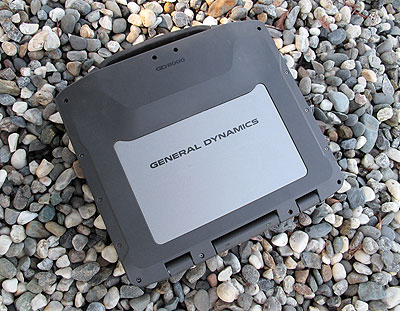

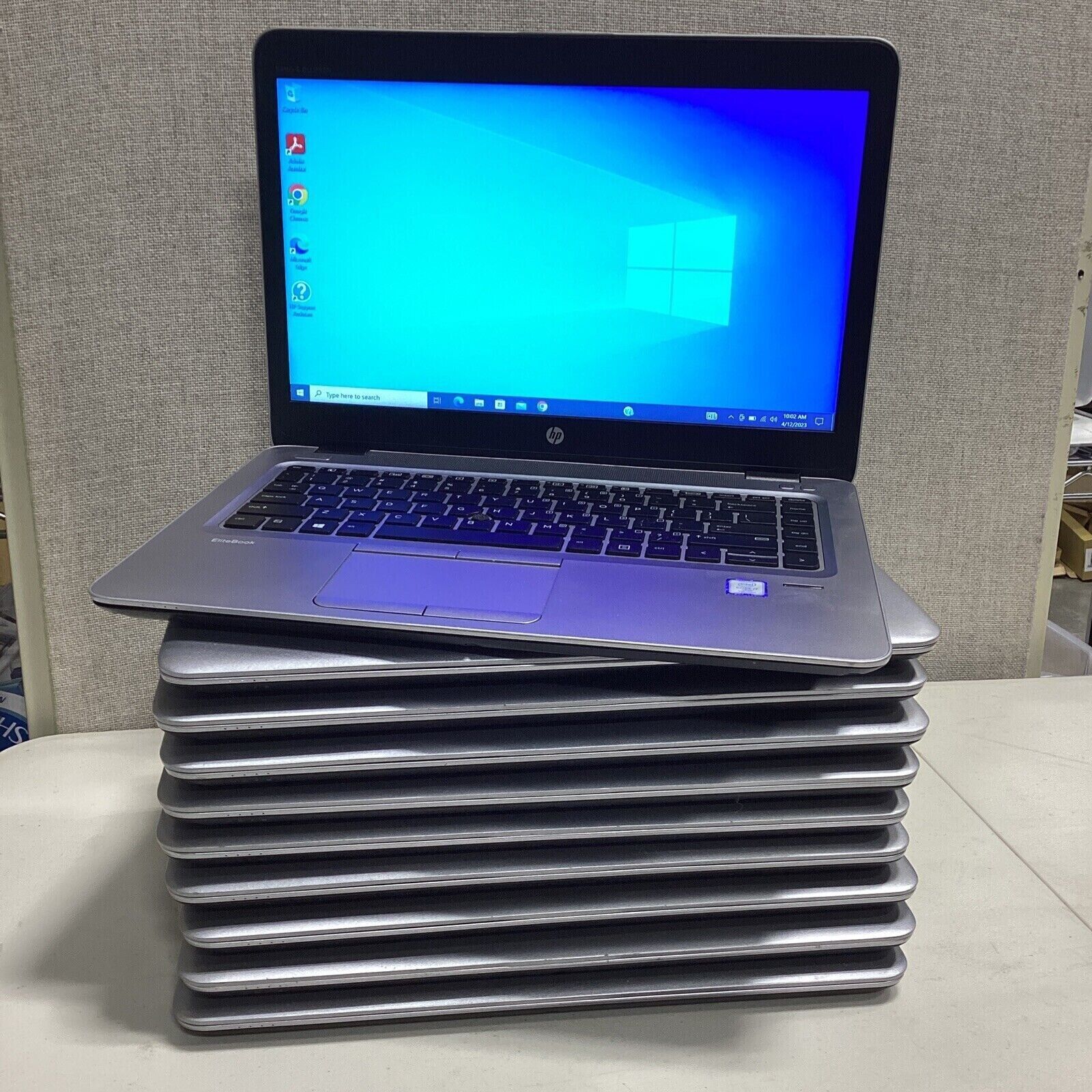

* had as a teacher or mentor (in addition to the obvious ones)
+ met and talked turkey
bold indicates better cited top work than any listed mentor (not normalized for co-author, era, nor area; of course not all citations are equal, and not all important work is highly cited, nor vice versa)
counts from scholar.google 5/10-11/25
[] indicates deprecated mentor/co-author/formal advisor/research associate host/etc. by formal phd advisor with completed degree
DOES NOT include payroll interns (see bottom line)
Leibniz, Kant -> -> ->
:: Charles Sanders Peirce (Harvard) ::JHU
COLLECTED PAPERS 21,379
ESSENTIAL PEIRCE VOL 2 5227
SEMIOTICS 4293
PHILOSOPHICAL WRITINGS 3719
HOW TO MAKE OUR IDEAS CLEAR 3463
FIXATION OF BELIEF 2853
:: William James (Harvard Med) ::Harvard
THE EMOTIONS 10,028
PRAGMATISM 8959
:: Josiah Royce (JHU/Berkeley) ::Harvard
THE PROBLEM WITH CHRISTIANITY 726
THE WORLD AND THE INDIVIDUAL 538
:: Hugo Muensterberg (Heidelburg/Leipzig) ::Harvard/Freiburg/Berlin
PSYCHOLOGY AND INDUSTRIAL EFFICIENCY 1378
THE PHOTOPLAY: A PSYCHOLOGICAL STUDY 1100
Royce/James -> :: Morris Raphael Cohen (Harvard) ::Columbia/CCNY/Chicago/Cornell/Harvard/Stanford/Yale
PROPERTY AND SOVEREIGNTY 1720
LOGIC AND SCIENTIFIC METHOD 2533
John Dewey (Vermont/JHU) ::Michigan/Chicago/Columbia
DEMOCRACY AND EDUCATION 61,872
Cohen/[Dewey] -> :: Ernest Nagel (Columbia) ::CCNY/Columbia/Rockefeller
STRUCTURE OF SCIENCE 11,702
Nagel -> :: Arnold Koslow (CUNY Brooklyn) ::Columbia/BrooklynCUNY/Cambridge
STRUCTURALIST THEORY OF LOGIC 176
Nagel -> :: Sidney Morgenbesser (Columbia) ::CCNY/JewishTheoSem/Penn/Rockefeller/Princeton/Hebrew/Columbia
PICKING AND CHOOSING 360
Nagel -> :: Kenneth F. Schaffner (Pitt) ::Brooklyn/Columbia/Pittsburgh/Chicago/Maryland/GWU
DISCOVERY AND EXPLANATION IN BIOLOGY AND MEDICINE 868
APPROACHES TO REDUCTION 691
Nagel -> :: Patrick Colonel Suppes (Stanford) ::Oklahoma/Chicago/Columbia/Stanford*
INTRODUCTION TO LOGIC 1750
BASIC MEASUREMENT THEORY 1330
Nagel -> :: Jerome Rothenberg (MIT) ::Columbia/Riverside/Chicago/Northwestern/MIT
MAZE OF URBAN HOUSING MARKETS 441
Nagel -> :: Henry Ely Kyburg (Rochester) ::Yale/Columbia/Rockefeller/Denver/Wesleyan/WayneState/Rochester/UWF*
LOGICAL FOUNDATIONS OF STATISTICAL INFERENCE 646
Nagel -> :: Morton White (Harvard) ::CCNY/Columbia/Harvard
PHILOSOPHY, THE FEDERALIST, AND THE CONSTITUTION 361
Nagel -> :: Morton Beckner (Pomona) ::UCSB/Columbia/Brooklyn/Pomona
BIOLOGICAL WAY OF THOUGHT 826
Nagel -> :: Isaac Levi (Columbia) ::Columbia/CCNY/CWRU*
ENTERPRISE OF KNOWLEDGE 1931
Nagel -> :: Judith Jarvis Thomson (MIT) ::Barnard/Cambridge/Columbia/Oxford/BU/MIT/Pitt/Berkeley/Yale
TROLLEY PROBLEM 2519
REALM OF RIGHTS 2048
Hans Reichenbach (Stuttgart) ::UCLA
EXPERIENCE AND PREDICTION: AN ANALYSIS OF THE FOUNDATIONS AND THE STRUCTURE OF KNOWLEDGE 4308
Reichenbach/[Morgenbesser] -> :: Hilary W. Putnam ::*
MEANING OF MEANING 10,171
Carl Hempel (Princeton)
STUDIES IN THE LOGIC OF EXPLANATION 4772
Hempel/[Putnam] -> :: Richard Jeffrey ::
LOGIC OF DECISION 4228
Jeffrey -> :: John Vickers ::
DIGITAL TWIN: MITIGATING UNPREDICTABLE, UNDESIRABLE EMERGENT BEHAVIOR IN COMPLEX SYSTEMS 4195
Putnam -> :: Paul Benacerraf ::
MATHEMATICAL TRUTH 2057
Benecerraf -> :: Jay Atlas ::
RADICAL PRAGMATICS 888
Benecerraf -> :: Alan Baker ::
TRANSCENDENTAL NUMBER THEORY 1560
Benecerraf -> :: John Earman::
TRANSCENDENTAL NUMBER THEORY 1560
Benecerraf -> :: Richard Grandy ::
TWO VIEWS ABOUT EXPLICITLY TEACHING NATURE OF SCIENCE 542
Benecerraf -> :: Mark E. Kalderon ::
MORAL FICTIONALISM 357
Benecerraf -> :: Philip Kitcher ::
SCIENCE, TRUTH, AND DEMOCRACY 2474
Benecerraf -> :: Gideon Rosen ::
METAPHYSICAL DEPENDENCE 1636
Benecerraf -> :: Kieran Setiya ::
REASONS WITHOUT RATIONALISM 601
Benecerraf -> :: Lawrence Sklar ::
SPACE, TIME, AND SPACETIME 1088
Benecerraf -> :: Stephen P. Stich ::
FROM FOLK PSYCHOLOGY TO COGNITIVE SCIENCE: THE CASE AGAINST BELIEF 3074
Putnam -> :: Jerrold Katz ::
STRUCTURE OF A SEMANTIC THEORY 5250
Putnam -> :: Hans Herzberger ::
NOTES ON NAIVE SEMANTICS 318
Putnam -> :: Herbert Enderton ::+
A MATHEMATICAL INTRODUCTION TO LOGIC 4247
Putnam -> :: David Isles ::
WHAT EVIDENCE IS THERE THAT 2^65536 IS A NATURAL NUMBER? 26
Putnam -> :: Jerry Fodor ::+
MODULARITY OF MIND 21,690
Putnam -> :: Leslie Tharp ::
WHICH LOGIC IS THE RIGHT LOGIC? 73
Putnam -> :: George Boolos ::
COMPUTABILITY AND LOGIC 2513
Putnam -> :: Ward C. Henson ::
A FAMILY OR COUNTABLE HOMOGENEOUS GRAPHS 193
Putnam -> :: David Lewis ::
ON THE PLURALITY OF WORDS 10,658
Putnam -> :: Alexander Byrne ::
INTENTIONALISM DEFENDED 869
Putnam -> :: Joan Lukas ::
DATA OPTIMIZATION: ALLOCATION OF ARRAYS TO REDUCE COMMUNICATION ON SIMD MACHINES 355
Putnam -> :: Stephen L. Bloom ::
ITERATION THEORIES 520
Putnam -> :: Norman Daniels ::
JUST HEALTH CARE 3086
Putnam -> :: Ned Block ::+
ON A CONFUSION ABOUT A FUNCTION OF CONSCIOUSNESS 4423
Block -> :: Rosa Cao ::+
A TELEOSEMANTIC APPROACH TO INFORMATION IN THE BRAIN 111
Block -> :: Eric Lormand ::+
NONPHENOMENAL CONSCIOUSNESS 141
Putnam -> :: Miriam L. Lucian ::
MÖBIUS REPARAMETRIZATIONS OF RATIONAL B-SPLINES 42
Putnam -> :: Elliott Sober ::
UNTO OTHERS 5829
Putnam -> :: Daniel Garber ::
DESCARTES' METAPHYSICAL PHYSICS 1072
Putnam -> :: Richard Healey ::
THE PHILOSOPHY OF QUANTUM MECHANICS: AN INTERACTIVE INTERPRETATION 327
Putnam -> :: Norbert Hornstein ::
MOVEMENT AND CONTROL 1979
Putnam -> :: James Conant ::
THE METHOD OF THE TRACTATUS 287
Putnam -> :: Alva Noe ::
ACTION IN PERCEPTION 7053
Morgenbesser -> :: Raymond Geuss ::
IDEA OF A CRITICAL THEORY 2926
Morgenbesser -> :: Alvin Goldman ::
EPISTEMOLOGY AND COGNITION 3872
Morgenbesser -> :: Daniel Hausman ::
THE INEXACT AND SEPARATE SCIENCE OF ECONOMICS 1915
Morgenbesser -> :: Robert Nozick ::+
ANARCHY, STATE, AND UTOPIA 31,468
Morgenbesser -> :: Gideon Rosen ::
METAPHYSICAL DEPENDENCE 1633
Morgenbesser -> :: Mark Steiner ::
APPLICABILITY OF MATHEMATICS AS A PHILOSOPHICAL PROBLEM 524
Morgenbesser -> :: Michael Stocker ::
SCHIZOPHRENIA OF MODERN ETHICAL THEORIES 1342
Morgenbesser -> :: Josef Stern ::
METAPHOR IN CONTEXT 737
Suppes -> :: Ernest Adams ::
LOGIC OF CONDITIONALS 2045
Adams -> :: John L. Pollock ::*
CONTEMPORARY THEORIES OF KNOWLEDGE 2339
Adams -> :: Robert Causey ::
UNITY OF SCIENCE 255
Adams -> :: William S. Cooper ::
EVOLUTION OF REASON: LOGIC AS A BRANCH OF BIOLOGY 142
Adams -> :: Susan Vineberg ::
DUTCH BOOK ARGUMENTS 171
Suppes -> :: Barry Arnold ::
FIRST COURSE IN ORDER STATISTICS 3211
Arnold -> :: John Angus ::
PROBABILITY INTEGRAL TRANSFORM AND RELATED RESULTS 304
Arnold -> :: Daniel Rowe ::
CHARACTERIZATION OF CONTINUOUSLY DISTRIBUTED CORTICAL WATER DIFFUSION RATES WITH A STRETCHED EXPONENTIAL MODEL 622
Arnold -> :: Thomas W. Lucas ::
A USER'S GUIDE TO THE BRAVE NEW WORLD OF DESIGNING SIMULATION EXPERIMENTS 713
Suppes -> :: Jean Donio ::
CUSTOMER SATISFACTION AND LOYALTY 431
Suppes -> :: Jean-Claude Falmagne ::
KNOWLEDGE SPACES 1094
Suppes -> :: Kamakshi Lakshminarayan ::
IMPUTATION OF MISSING DATA IN INDUSTRIAL DATABASES 411
Suppes -> :: Michael Regenwetter ::
A RANDOM UTILITY MODEL FOR APPROVAL VOTING 54
Suppes -> :: Shirley Hill ::
FIRST COURSE IN MATHEMATICAL LOGIC 64
Suppes -> :: Paul Holland ::
DISCRETE MULTIVARIATE ANALYSIS 9162
Suppes -> :: Stanley Sholom Wasserman ::
SOCIAL NETWORK ANALYSIS 50,466
Suppes -> :: Carolyn J. Anderson ::
LOGIT MODELS FOR SOCIAL NETWORKS 449
Suppes -> :: Lawrence Hubert ::
COMPARING PARTITIONS 11,288
Suppes -> :: Paul Humphreys ::
COMPUTATIONAL SCIENCE, EMPIRICISM, AND SCIENTIFIC METHOD 1150
Suppes -> :: Helena Kraemer ::
MEDIATORS AND MODERATORS OF TREATMENT EFFECTS IN RANDOMIZED CLINICAL TRIALS 3274
Suppes -> :: Robert W. Latzer ::
NONDIRECTED LIGHT SIGNALS AND THE STRUCTURE OF TIME 26
Suppes -> :: Michael Levine ::
FUNDAMENTALS OF SENSATION AND PERCEPTION 583
Suppes -> :: Thomas Malone ::
INTERDISCIPLINARY STUDY OF COORDINATION 5515
Malone -> :: Erik Brynjolfsson ::
BIG DATA: THE MANAGEMENT REVOLUTION 8552
Malone -> :: Paul Resnick ::
GROUP LENS: AN OPEN ARCHITECTURE FOR COLLABORATIVE FILTERING OF NETNEWS 8884
Malone -> :: Abraham Bernstein ::
HEXASTORE: SEXTUPLE INDEXING FOR SEMANTIC WEB DATA MANAGEMENT 897
Malone -> :: Mark S. Ackerman ::
INTELLECTUAL CHALLENGE OF CSCW 1249
Malone -> :: Kevin Crowston ::
INTERDISCIPLINARY STUDY OF COORDINATION 5515
Malone -> :: Chrysanthos Dellarocas ::
DIGITIZATION OF WORD OF MOUTH 5984
Malone -> :: David A. Rosenblitt ::
SEMISTRUCTURED MESSAGES ARE SURPRISINGLY USEFUL FOR COMPUTER-SUPPORTED COORDINATION 629
Malone -> :: George Wyner ::
BRINGING CONTEXT INSIDE PROCESS RESEARCH WITH DIGITAL TRACE DATA 85
Suppes -> :: Sueli Mendes ::
A COMPUTATIONAL APPROACH TO SITUATION THEORY BASED ON LOGIC PROGRAMMING 10
Suppes -> :: Frank M. Norman ::
SOME CONVERGENCE THEOREMS FOR STOCHASTIC LEARNING MODELS WITH DISTANCE DIMINISHING OPERATORS 132
Suppes -> :: Frank Restle ::
PSYCHOLOGY OF JUDGMENT AND CHOICE 716
Suppes -> :: Jean Rubin ::
CONSEQUENCES OF THE AXIOM OF CHOICE 548
Suppes -> :: Raimo Tuomela ::
A PHILOSOPHICAL STUDY OF BASIC SOCIAL NOTIONS 1328
Suppes -> :: Kenneth Wexler ::
MATURATION OF SYNTAX 1681
Rothenberg -> :: Kirkor Bozdogan ::
LEAN ENTERPRISE VALUE: INSIGHTS FROM MIT'S LEAN AEROSPACE INITIATIVE 586
Rothenberg -> :: Katherine Bradbury ::
PERSON-BASED APPROACH TO INTERVENTION DEVELOPMENT 1387
Rothenberg -> :: Henry Brady ::
A RESOURCE MODEL OF POLITICAL PARTICIPATION 4515
Rothenberg -> :: Ralph Braid ::
PEAK-LOAD PRICING OF A TRANSPORTATION ROUTE WITH AN UNPRICED SUBSTITUTE 244
Rothenberg -> :: Richard Butler ::
CONCEPT OF A TOURIST AREA CYCLE OF EVOLUTION: IMPLICATIONS FOR MANAGEMENT OF RESOURCES 10,455
Rothenberg -> :: Sheldon Danzinger ::
EXPLAINING URBAN CRIME RATES 108
Rothenberg -> :: Allan Detsky ::
EVIDENCE-BASED MEDICINE: A NEW APPROACH TO TEACHING THE PRACTICE OF MEDICINE 6864
Rothenberg -> :: Bryan Ellickson ::
AN ALTERNATIVE TEST OF THE HEDONIC THEORY OF HOUSING MARKETS 346
Rothenberg -> :: Bernard Friedman ::
PRINCIPLES AND TECHNIQUES OF APPLIED MATHEMATICS 1442
Rothenberg -> :: Alan Polinksy ::
AN ECONOMIC THEORY OF PUBLIC ENFORCEMENT LAW 1940
Rothenberg -> :: Vernon Renshaw ::
GROSS STATE PRODUCT BY INDUSTRY 96
Rothenberg -> :: Kenneth Rosen ::
SIZE DISTRIBUTION OF CITIES: AND EXAMINATION OF THE PARETO LAW AND PRIMACY 892
Rothenberg -> :: Irving Silver ::
HOUSING AND THE POOR 3
Rothenberg -> :: Barbara Stevens ::
SCALE, MARKET STRUCTURE, AND THE COST OF REFUSE COLLECTION 455
Rothenberg -> :: William Stull ::
COMMUNITY ENVIRONMENT, ZONING, AND THE MARKET VALUE OF SINGLE-FAMILY HOMES 208
Gilbert Ryle (Oxford) ::Oxford
THE CONCEPT OF MIND 27,584
Ryle/[Kyburg] -> :: Daniel Clement Dennett ::+
INTENTIONAL STANCE 11,411
Stuart Hampshire (Limerick) ::UCL/Oxford
LIBERALISM 1347
Hampshire/[Kyburg] -> :: Robert Stalnaker ::
A THEORY OF CONDITIONALS 2643
Hughes Leblanc/[Kyburg] -> :: Richmond H. Thomason ::*
COMBINATIONS OF TENSE AND MODALITY 625
Kyburg -> :: William L. Harper ::+
COUNTERFACTUALS AND TWO KINDS OF EXPECTED UTILITY 708
Kyburg -> :: Ronald P. Loui ::
A MATHEMATICAL TREATMENT OF DEFEASIBLE REASONING AND ITS IMPLEMENTATION 798
Loui -> :: Guillermo R. Simari ::
DEFEASIBLE LOGIC PROGRAMMING: AN ARGUMENTATIVE APPROACH 1186
Simari -> :: Juan Carlos Augusto ::+
AMBIENT INTELLIGENCE: TECHNOLOGIES, APPLICATIONS, AND OPPORTUNITIES 1431
Simari -> :: Pablo Fillotrani ::+
WAIT NO MORE: CITIZENS, RED TAPE, AND DIGITAL GOVERNMENT 51
Simari -> :: Gustavo Bodanza ::
COLLECTIVE ARGUMENTATION 62
Simari -> :: Alejandro Javier Garcia ::+
DEFEASIBLE LOGIC PROGRAMMING: AN ARGUMENTATIVE APPROACH 1186
Garcia -> :: Nicolas D. Rotstein ::
FORMALIZING DIALECTICAL EXPLANATION SUPPORT FOR ARGUMENT-BASED REASONING IN KNOWLEDGE-BASED SYSTEMS 83
Garcia -> :: Sebastian Gottifredi ::
SURVEY OF DIFFERENT APPROACHES TO SUPPORT IN ARGUMENTATION SYSTEMS 101
Garcia -> :: Andrea Cohen ::
SURVEY OF DIFFERENT APPROACHES TO SUPPORT IN ARGUMENTATION SYSTEMS 101
Garcia -> :: Diego C. Martinez ::
AN ABSTRACT ARGUMENTATION FRAMEWORK WITH VARIED-STRENGTH ATTACKS 96
Simari -> :: Carlos Chesnevar ::+
LOGICAL MODELS OF ARGUMENT 686
Simari -> :: Marcelo Falappa ::+
CREDIBILITY LIMITED REVISION 147
Falappa -> :: Christhian A.D. Deaugustini ::
ARGUMENT-BASED MIXED RECOMMENDERS AND THEIR APPLICATION TO MOVIE SUGGESTION 105
Simari -> :: Ignacio Ponzoni ::
ON STOPPING CRITERIA FOR GENETIC ALGORITHMS 247
Simari -> :: Marcela Capobianco ::
ARGUMENTATION AND THE DYNAMICS OF WARRANTED BELIEFS IN CHANGING ENVIRONMENTS 100
Simari -> :: Claudio Delrieux ::+
ERGONOMIC RISK ASSESSMENT BASED ON COMPUTER VISION AND MACHINE LEARNING 140
Simari -> :: Maximiliano C.D. Budan ::
ARGUMENT-BASED MIXED RECOMMENDERS AND THEIR APPLICATION TO MOVIE SUGGESTION 105
Simari -> :: Diego R. Garcia ::
PLANNING AND DEFEASIBLE REASONING 54
Simari -> :: Mauro J.G. Lucero ::
ON THE ACCRUAL OF ARGUMENTS IN DEFEASIBLE LOGIC PROGRAMMING 36
Simari -> :: Laura A. Cecchi ::
ON THE COMPLEXITY OF DELP THROUGH GAME SEMANTICS 56
Simari -> :: Marcelo Luis Errecalde ::
A TEXT CLASSIFICATION FRAMEWORK FOR SIMPLE AND EARLY DEPRESSION DETECTION OVER SOCIAL MEDIA STREAMS 238
Errecalde -> :: Edgardo Ferretti ::
TEXT CATEGORIZATION AND INFORMATION RETRIEVAL USING WORDNET SENSES 81
MEASURING THE QUALITY OF WEB CONTENT USING FACTUAL INFORMATION 66
Loui -> :: Gadi M. Pinkas ::
NEURAL-SYMBOLIC LEARNING AND REASONING SURVEY 470
Loui -> :: Moshe Looks ::
DEEP LEARNING WITH DYNAMIC COMPUTATION GRAPHS 172
Meyer/[Loui] -> :: Gerard Vreeswijk ::
LOGICS FOR DEFEASIBLE ARGUMENTATION 948
Indiana/Argentina/[Loui] -> :: Ana Maguitman ::
LOGICAL MODELS OF ARGUMENT 686
Hage/[Loui] -> :: Bart Verheij ::
HANDBOOK OF ARGUMENTATION THEORY 1512
Argentina/[Loui] -> :: Fernando Tohme ::
COALITION STRUCTURE GENERATION WITH WORST CASE GUARANTEES 1063
Loui -> :: Michael Pachos ::
IMPLEMENTATION OF A CONTENT-SCANNING MODULE FOR AN INTERNET FIREWALL 397
John Lockwood/[Loui] -> :: James M. Moscola ::
IMPLEMENTATION OF A CONTENT-SCANNING MODULE FOR AN INTERNET FIREWALL 397
Loui -> :: Andrew Levine ::
STREAMING HIERARCHICAL CLUSTERING FOR CONCEPT MINING 27
Loui -> :: Jersey Chen ::
EXPOSURE TO LOW-DOSE IONIZING RADIATION FROM MEDICAL IMAGING PROCEDURES 1663
Loui -> :: Diana M. Moore::
DIALOGUE AND DELIBERATION 12 (12 exceptional ones! esp for an unpublished undergrad thesis)
Loui -> :: Adam M. Costello ::
IMPROVING THE PERFORMANCE OF LOG-STRUCTURED FILE SYSTEMS WITH ADAPTIVE METHODS 254
Berkeley/[Loui] -> :: William Chen ::
A FULLY AUTOMATED CONTENT-BASED VIDEO SEARCH ENGINE SUPPORTING SPATIOTEMPORAL QUERIES 620
[Wisconsin]/Loui -> :: Andrew Merrill ::
TITANIUM NITRIDE FILMS FOR ULTRASENSITIVE MICRORESONATOR DETECTORS 292
Loui -> :: Jon Olson ::
A DESIGN FOR REASONING WITH POLICIES, PRECEDENTS, AND RATIONALES 73
[MIT]/Loui -> :: Mark A. Foltz ::
DESIGNING NAVIGABLE INFORMATION SPACES 67
Loui -> :: Jessica A. Linsday, Dan Pinkard ::
A TESTBED FOR PUBLIC INTERACTIVE SEMI-FORMAL LEGAL ARGUMENTATION 83
Loui -> :: Kevin Krouse ::
AN OPEN SOURCE PLATFORM FOR SCIENTIFIC DATA INTEGRATION, ANALYSIS, AND COLLABORATION 159
[Harvard]/[Loui] -> :: Eric Wofsey ::
SET THEORY AND OPERATOR ALGEBRAS 42
Loui -> :: G. Adam Covington ::
TOWARD 100GBPS AS RESEARCH COMMODITY 384
Illinois/[Loui] -> :: Joseph S. Altepeter ::
EXPERIMENTAL VERIFICATION OF DECOHERENCE-FREE SPACES 638
Loui -> :: David E Saff ::
EUPHORIA: END-USER CONSTRUCTION OF DIRECT MANIPULATION USER INTERFACES FOR DISTRIBUTED APPLICATIONS 20
Michigan/MIT/[Loui] -> :: Kyle Ormsby ::
REMARKS ON MOTIVIC HOMOTOPY THEORY OVER ALGEBRAICALLY CLOSED FIELDS 66
Loui -> :: Nina Kang ::
GOOGLE'S CONSISTENT, GLOBAL AUTHORIZATION SYSTEM 353
Loui -> :: Mohammad Ghasemisharif ::
EMPIRICAL ANALYSIS OF SINGLE SIGN ON ACCOUNT HIJACKING AND SESSION MANAGEMENT 90
SaudiArabia/[Loui] -> :: Fatmah A. Alanazi ::
ENSEMBLE DEEP LEARNING MODELS FOR MITIGATING DDOS ATTACK IN SOFTWARE-DEFINED NETWORK 29
Loui -> :: Barry Z. Cynamon ::
HOUSEHOLD DEBT IN THE CONSUMER AGE: SOURCE OF GROWTH, RISK OF COLLAPSE 482
Loui -> :: Stephen Sachs ::
LAW OF INTERPRETATION 568
Loui -> :: Gulnur Bora ::
Currently writing up work on watchdog snapshots and cyberphysical sensor failure
Loui -> :: Eleanor D. Colvin, Mollie Ackerman, Thao Nguyen ::
Currently working on a training set reference class visualization and low footprint social network
Kyburg -> :: Bulent Murtezaoglu ::+
A MODIFICATION TO EVIDENTIAL PROBABILITY 10
Kyburg -> :: Choh Man Teng ::+
CORRECTING NOISY DATA 243
Len Schubert/[Kyburg] -> :: Fahiem Bacchus ::+
USING TEMPORAL LOGICS TO EXPRESS SEARCH CONTROL KNOWLEDGE FOR PLANNING 836
Bacchus -> :: Wai Lam ::
LEARNING BAYESIAN BELIEF NETWORKS: aN APPROACH BASED ON THE MDL PRINCIPLE 1212
Kyburg -> :: Alice Kyburg ::+
FITTING WORDS: VAGUE LANGUAGE IN CONTEXT 97
Kyburg -> :: Mariam Thalos ::+
WITHOUT HIERARCHY: THE SCALE OF FREEDOM OF THE UNIVERSE 71
Kyburg -> :: Gregory Wheeler ::+
BOUNDED RATIONALITY 174
Kyburg -> :: Abhaya Nayak ::
ITERATED BELIEF CHANGE BASED ON EPISTEMIC ENTRENCHMENT 251
Nayak -> :: Ali Aydin ::
GESTURE RECOGNITION USING SKELETON DATA WITH WEIGHTED DYNAMIC TIME WARPING 193
Nayak -> :: Armin Hezart ::
ACCESSIBILITY SOLUTIONS FOR VISUALLY IMPAIRED USERS OF WEB DISCUSSION BOARDS 11
Nayak -> :: M'ad Maghaydah ::
LABELING XML NODES IN RDBMS 5
Nayak -> :: Hadi Mashinchi ::
HYBRID OPTIMIZATION WITH IMPROVED TABU SEARCH 69
Nayak -> :: Raghav Ramachandran ::
THREE APPROACHES TO ITERATED BELIEF CONTRACTION 34
Nayak -> :: Akther Shermin ::
USING DYNAMIC BAYESIAN NETWORKS TO INFER GENE REGULATORY NETWORKS FROM EXPRESSION PROFILES 22
Levi/[Kyburg] -> :: Teddy Seidenfeld ::+
DILATION FOR SETS OF PROBABILITIES 272
Levi -> :: Rush Stewart ::
PROBABILISTIC OPINION POLLING WITH IMPRECISE PROBABILITIES 54
White -> :: Sylvain Bromberger ::
WHY-QUESTIONS 592
White -> :: Scott Soames ::
BEYOND RIGIDITY: THE UNFINISHED SEMANTIC AGENDA OF NAMING AND NECESSITY 1172
White -> :: Paul Mellema ::
A BRIEF AGAINST CASE GRAMMAR 55
White -> :: Thomas Uebel ::
OTTO NEURATH: PHILOSOPHY BETWEEN SCIENCE AND POLITICS 581
White -> :: Robert Stainton ::
WORDS AND THOUGHTS: SUBSENTENCES, ELLIPSIS, AND THE PHILOSOPHY OF LANGUAGE 373
Koslow -> :: Tamny Martin ::
CERTAIN PHILOSOPHICAL QUESTIONS: NEWTON'S TRINITY NOTEBOOK 251
Koslow -> :: Erik C. Banks ::
REALISTIC EMPIRICISM OF MACH, JAMES, AND RUSSELL 162
Koslow -> :: Andrews Paez ::
COMPLEX PTSD REVIEW 54
Koslow -> :: David M. Shein ::
THE ANNUAL PHYSICAL: DELIVERING VALUE 13
Koslow -> :: Dien Ho ::
WHEN GOOD ORGANS GO TO BAD PEOPLE 50
Koslow -> :: Yvonne Raley ::
WHY WE QUIT 58
Koslow -> :: Jean-David Lafrance ::
BUNDLE OF UNIVERSALS THEORY OF MATERIAL OBJECTS 15
Jarvis Thomson -> :: Selim Berker ::
COHERENTISM VIA GRAPHS 34
Jarvis Thomson -> :: Adam Omar Hosein ::
IMMIGRATION AND FREEDOM OF MOVEMENT 60
IF WE INCLUDE summer intern payroll without content interaction, akin to lab supervision in the sciences, my subtree adds quite a few, e.g. non-exhaustively:
[Stanford]/[Frisse/Loui] -> :: Scott Hassan ::
USING DISTRIBUTED OBJECTS FOR DIGITAL LIBRARY INTEROPERABILITY 135
[MIT]/[Ball/Loui] -> :: Quinton Zondervan ::
ENTERPRISE DATA ACCESS FROM MOBILE COMPUTERS: AN END-TO-END STORY 53
Stanford/[Goldman?/Loui] -> :: Vitaly Shmatikov ::
PRIVACY-PRESERVING DEEP LEARNING 3121
[Shmatikov] -> :: Arvind Narayanan ::
ROBUST DE-ANONYMIZATION OF LARGE SPARSE DATASETS 4344
GaTech/[Gillett/Loui] -> :: Kenneth Moorman ::
A FUNCTIONAL THEORY OF CREATIVE READING 83
UCLA/[Kimura/Loui] -> :: Alex Fukunaga ::
COOPERATIVE MOBILE ROBOTICS: ANTECEDENTS AND DIRECTIONS 1918
Cornell/[Parulkar?/Loui] -> :: Mark Hayden ::
BIMODAL MULTICAST 1007
Cornell/[Roman?/Loui] -> :: Cyrus Mody ::
PARADOXICAL INFRASTRUCTURES: RUINS, RETROFIT, AND RISK 384
[Princeton]/[Cytron/Loui] -> :: Reid Gershbein ::
RENDERING COMPLEX SCENES WITH MEMORY-COHERENT RAY TRACING 341
CMU/[Franklin?/Loui] -> :: Neil Heffernan ::
THE ASSISTMENTS ECOSYSTEM: BUILDING A PLATFORM THAT BRINGS SCIENTISTS AND TEACHERS TOGETHER FOR MINIMALLY INVASIVE RESEARCH ON HUMAN LEARNING AND TEACHING 763
Berkeley/[Kwasny/Loui] -> :: Nancy Chang ::
EMBODIED CONSTRUCTION GRAMMAR IN SIMULATION-BASED LANGUAGE UNDERSTANDING 720
UCLA/[Lockwood/Loui] -> :: Young H. Cho ::
RECONFIGURABLE COMPUTING THE THEORY AND PRACTICE OF FPGA-BASED COMPUTING 911
... a few others ... trying to find a list that wasn't anonymized. Not claiming any more postdocs on shared grants ...
(they would have claim to the tree, but the tree probably should not claim them!)

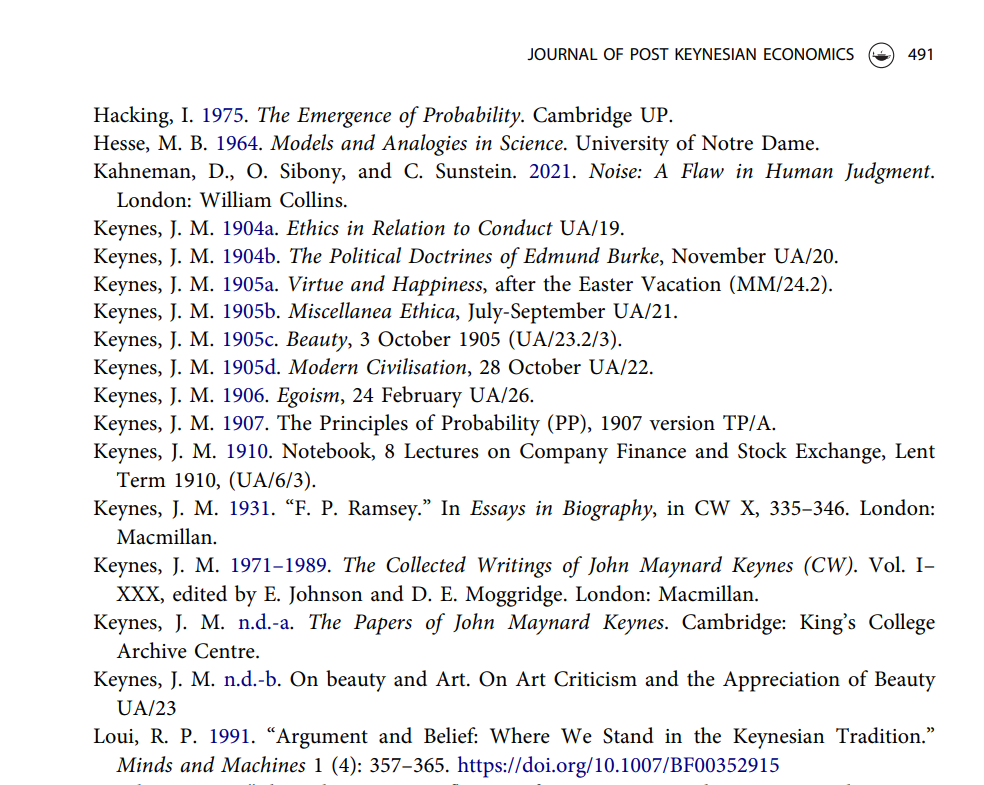
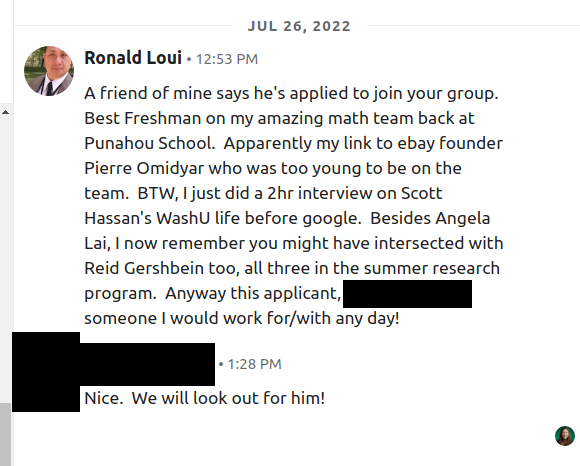

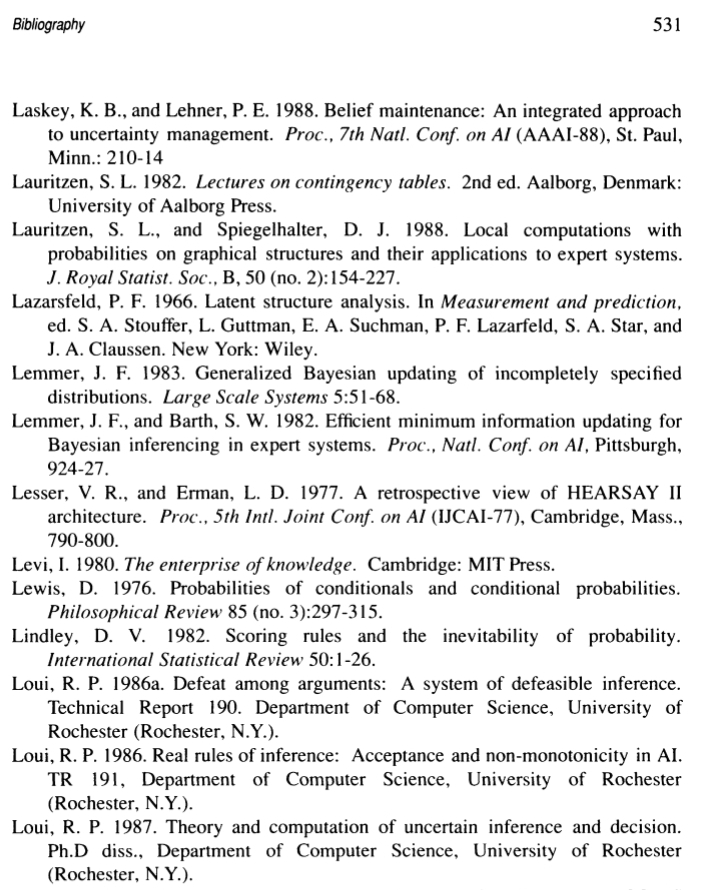


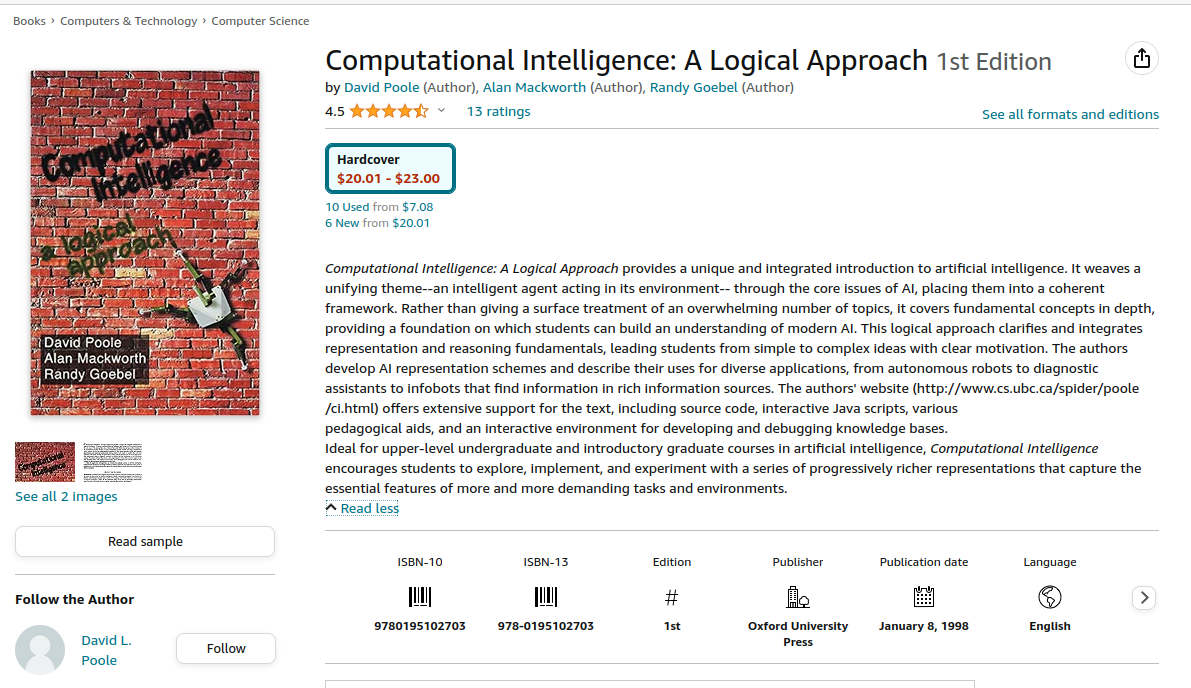
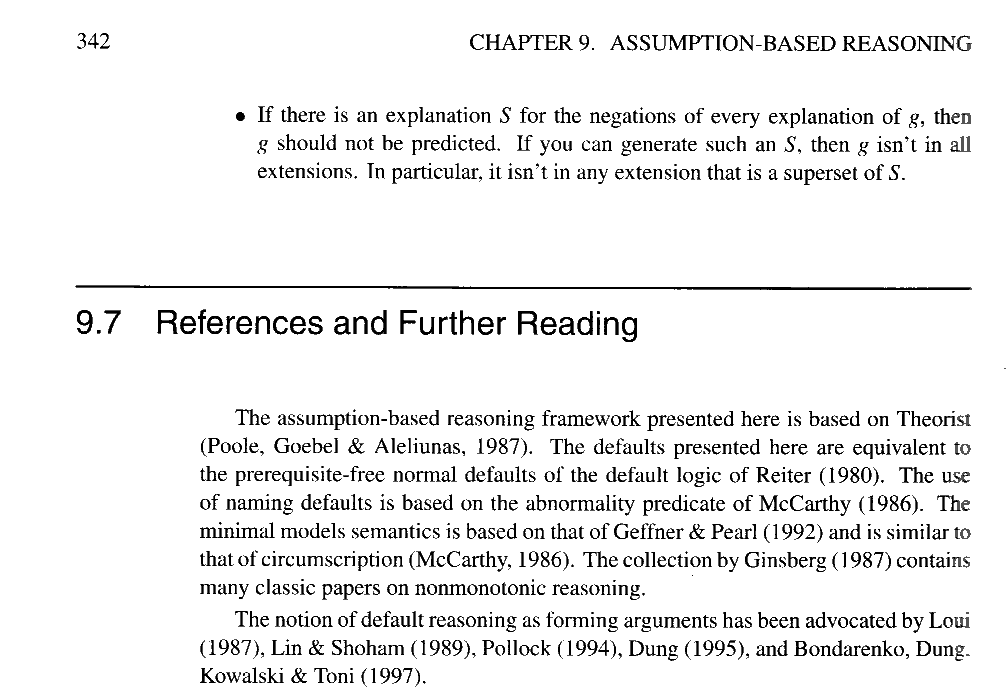
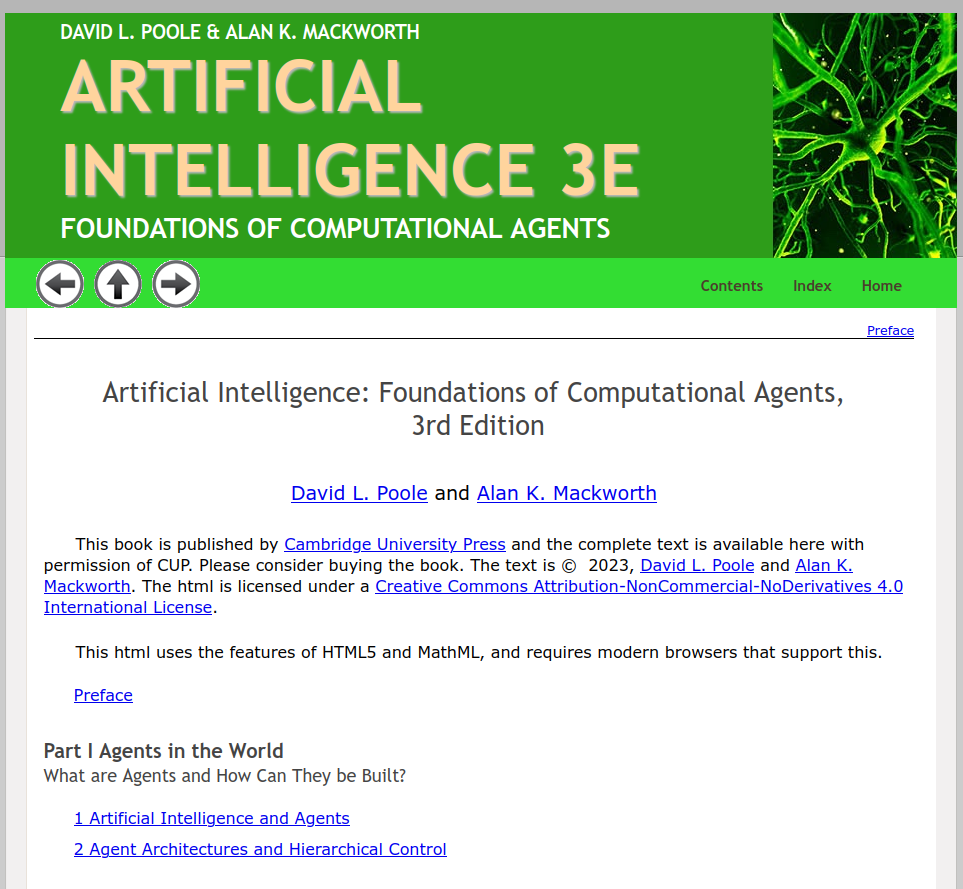
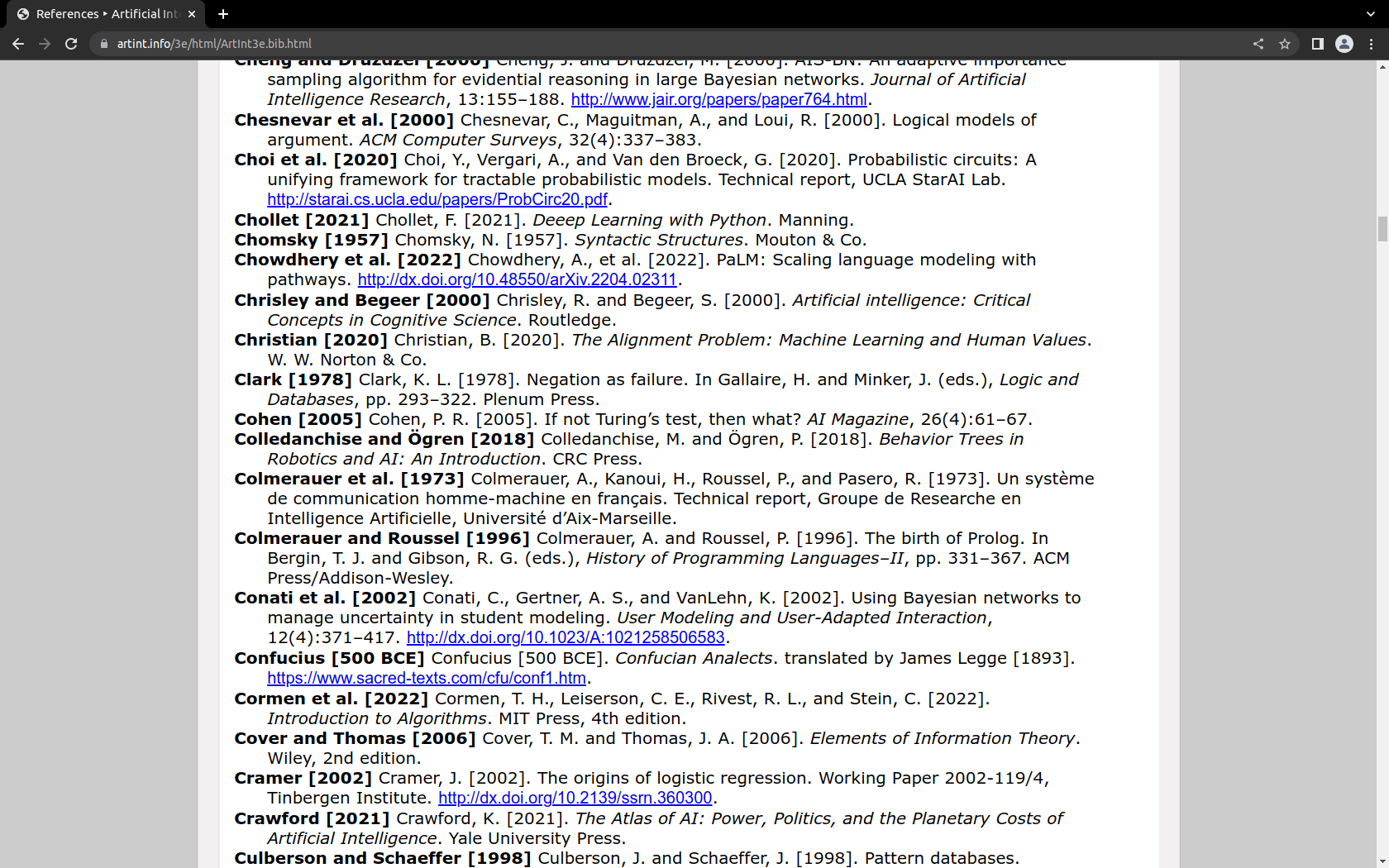


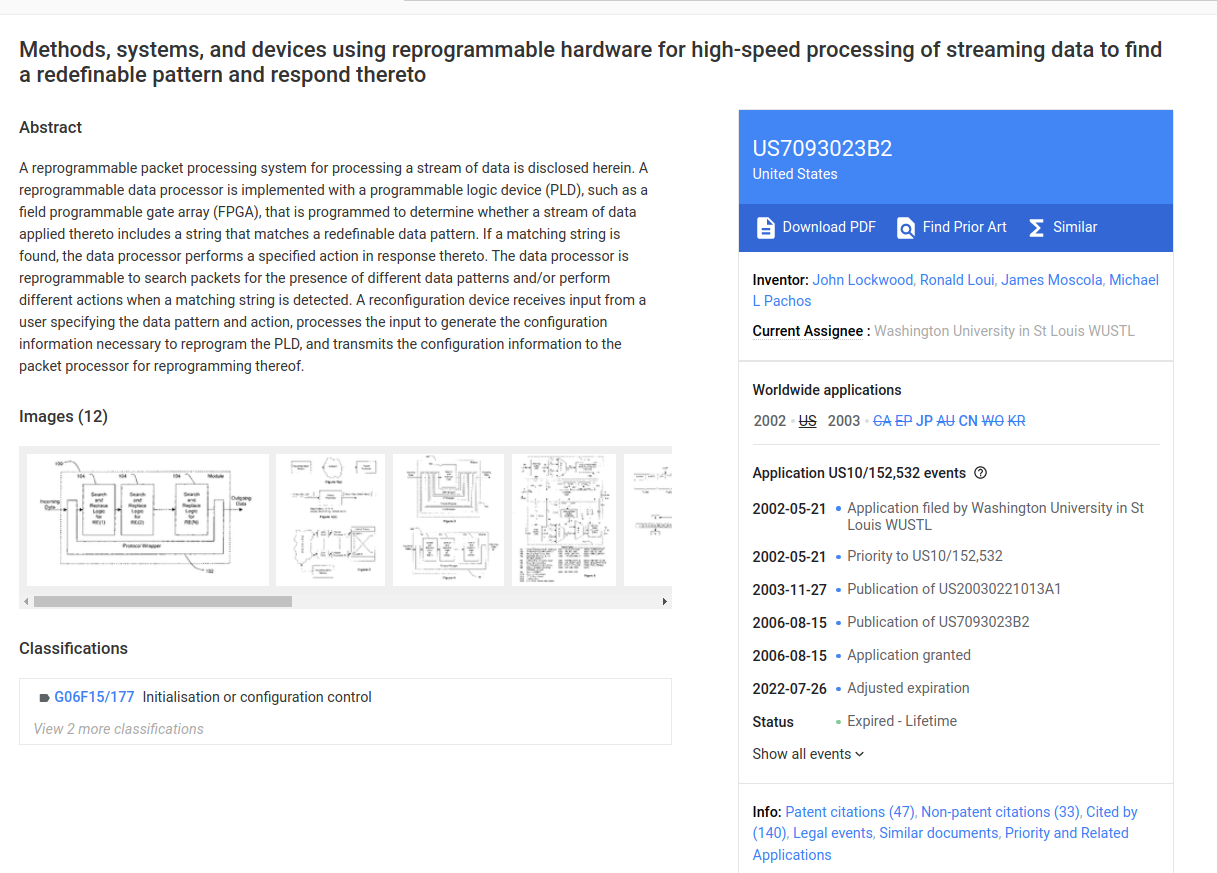
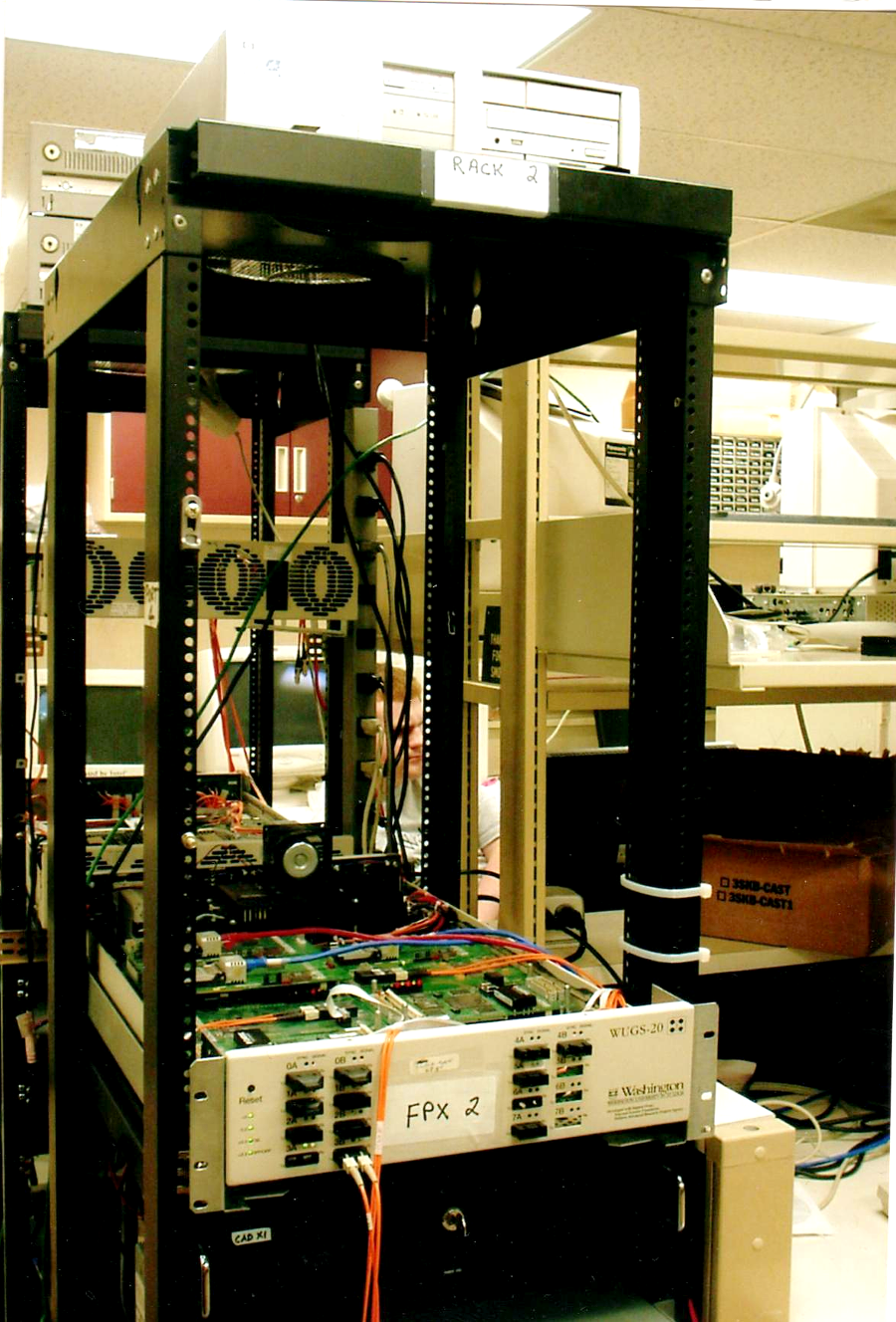
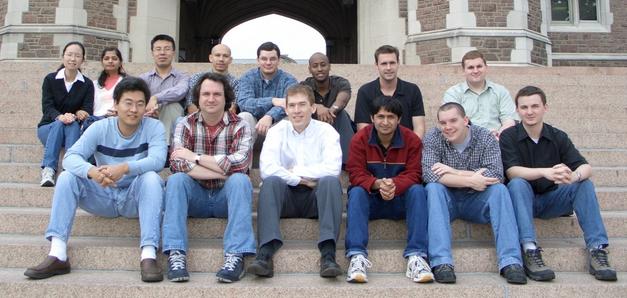


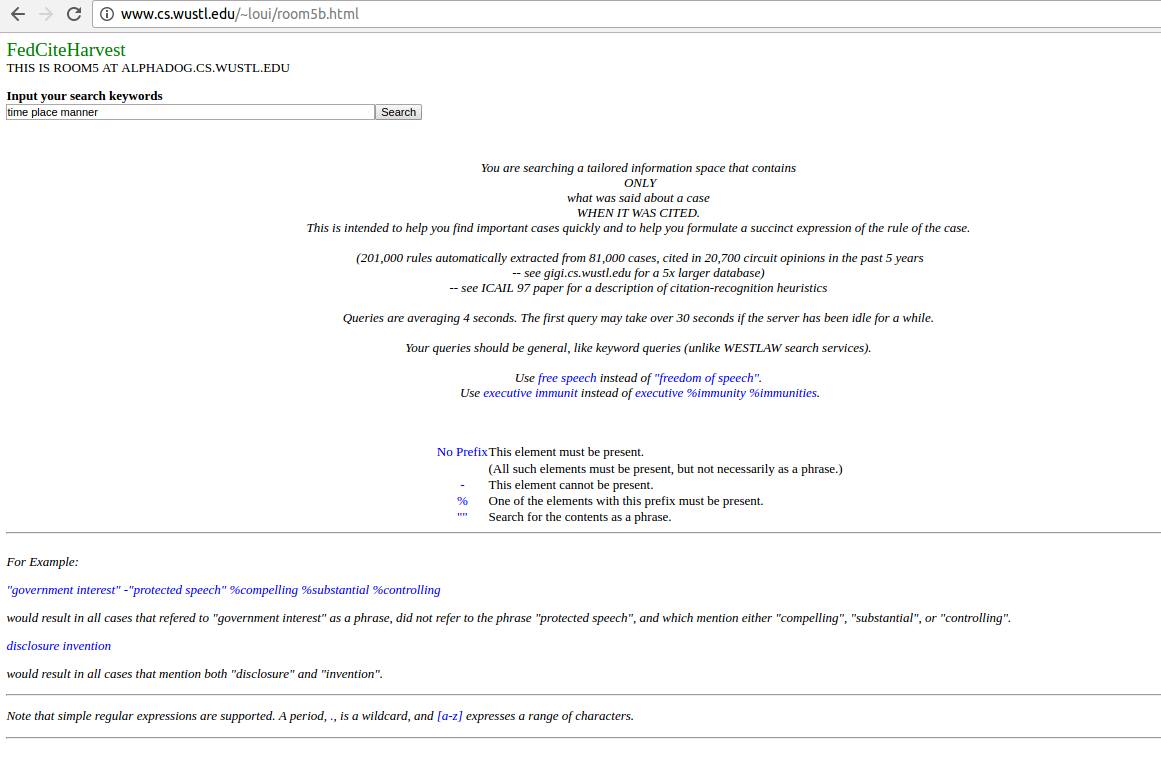
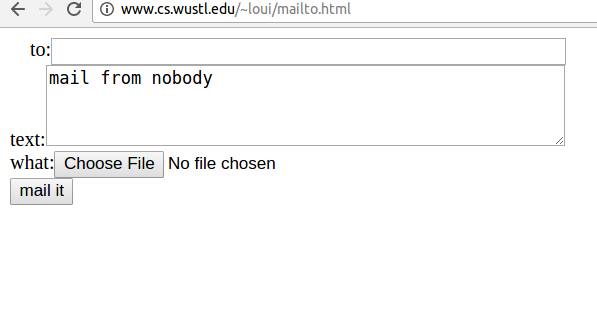
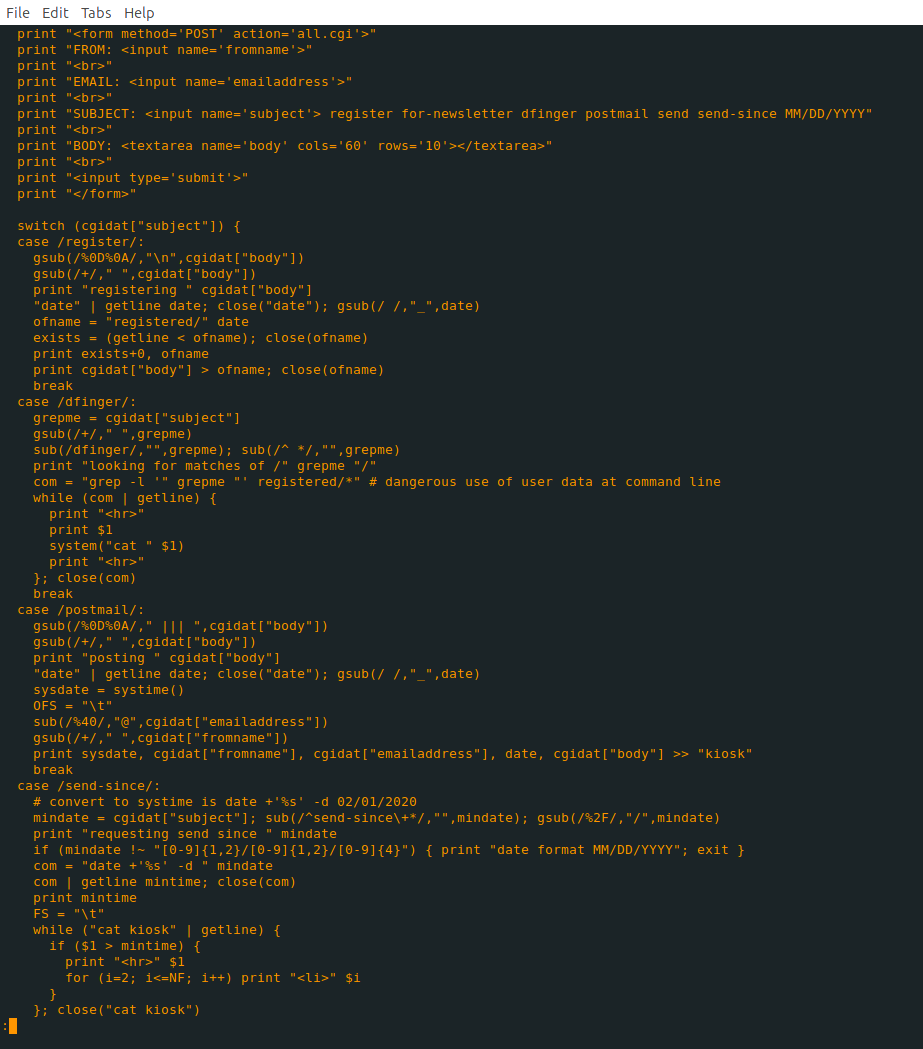
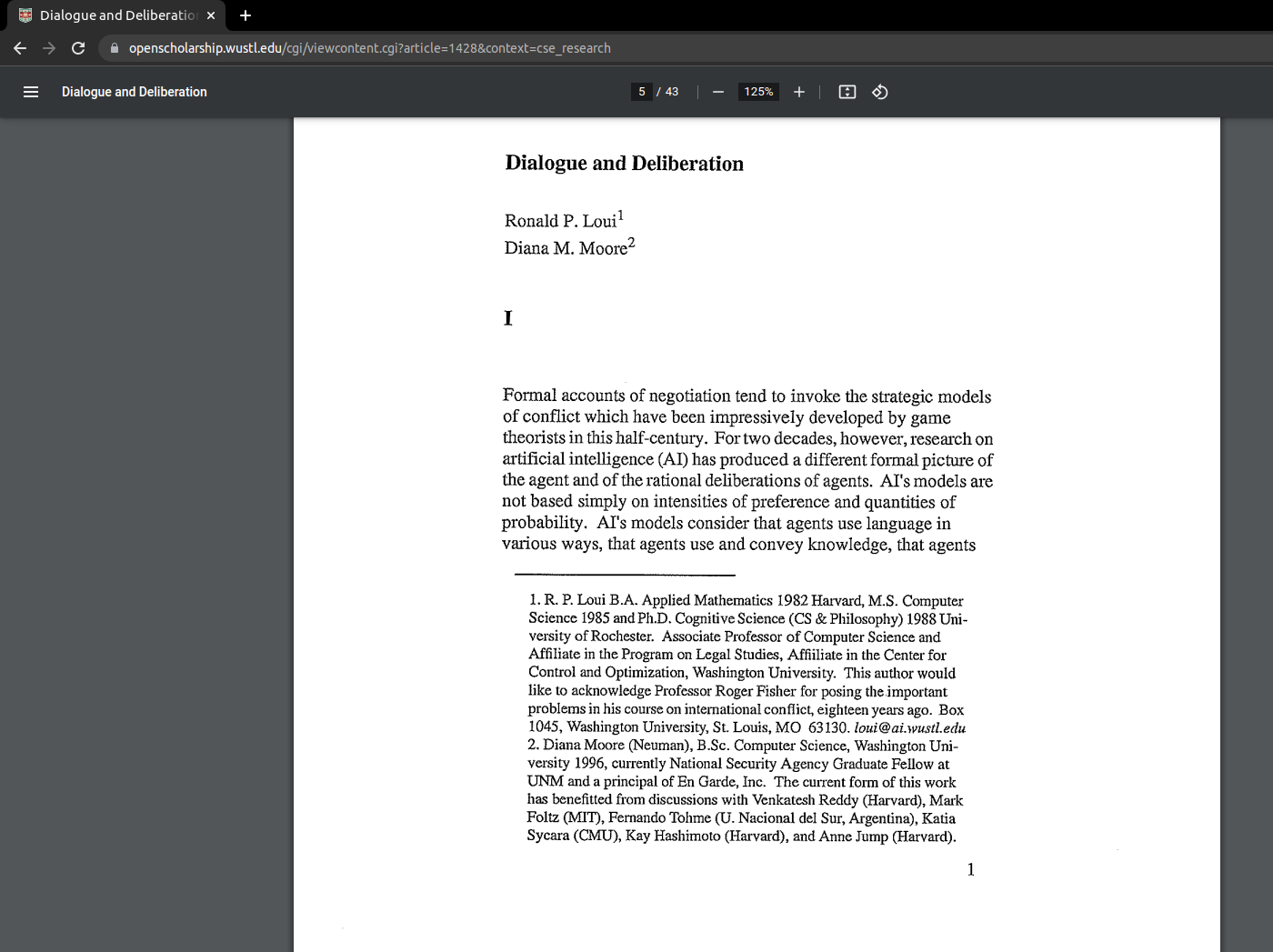
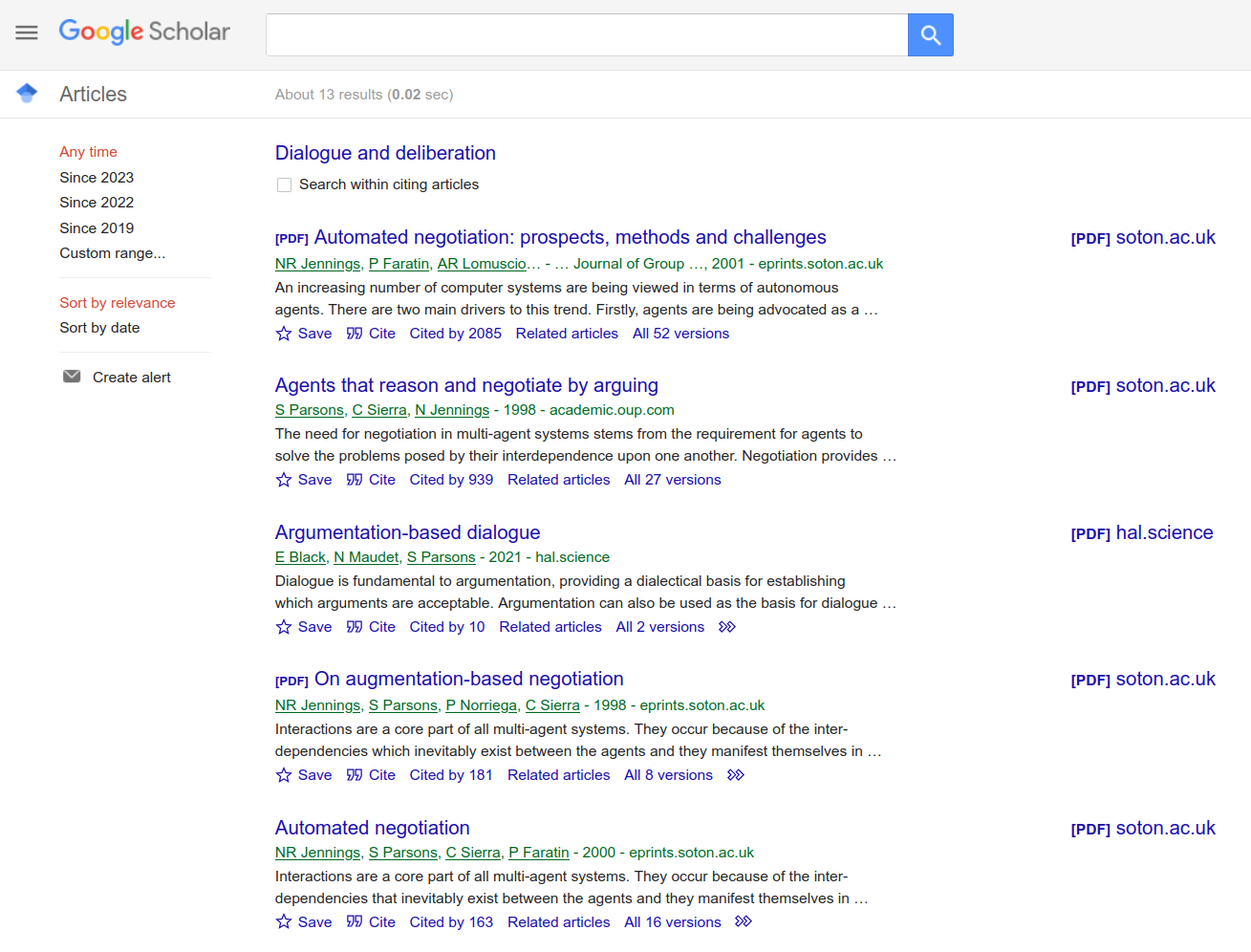
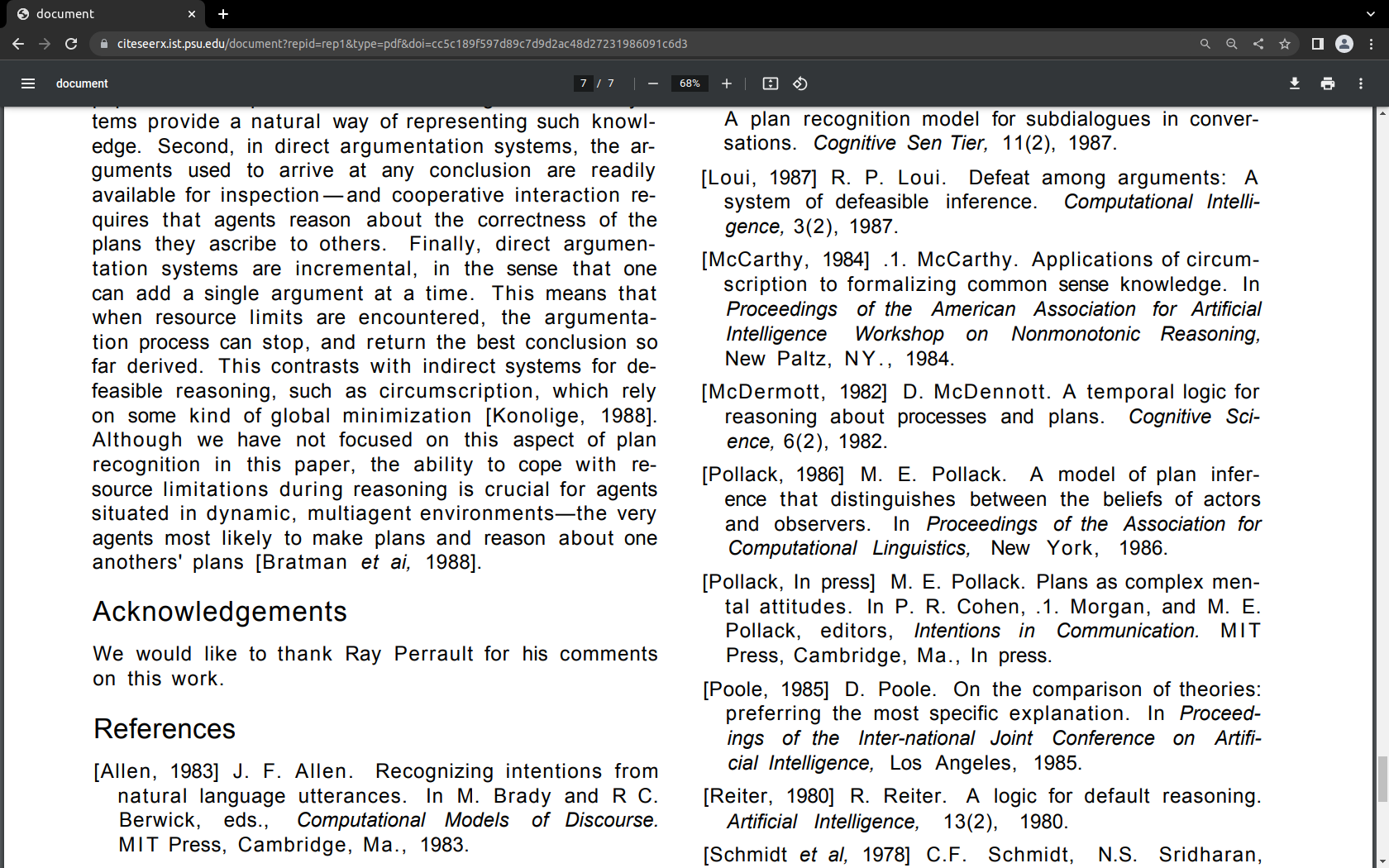
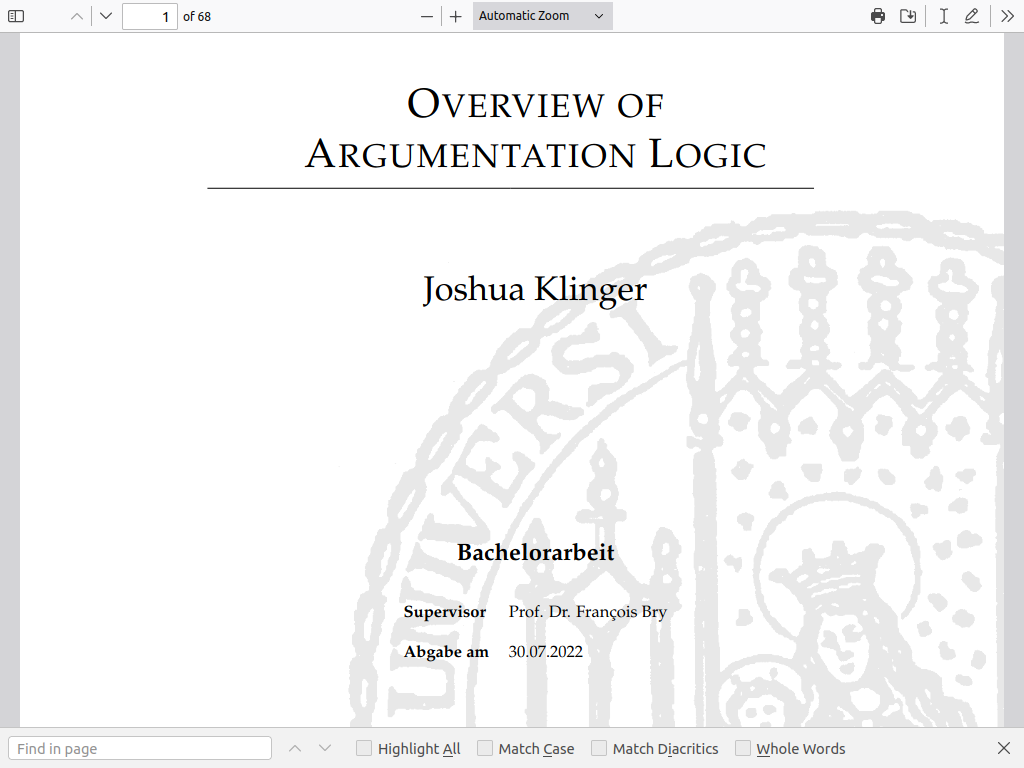
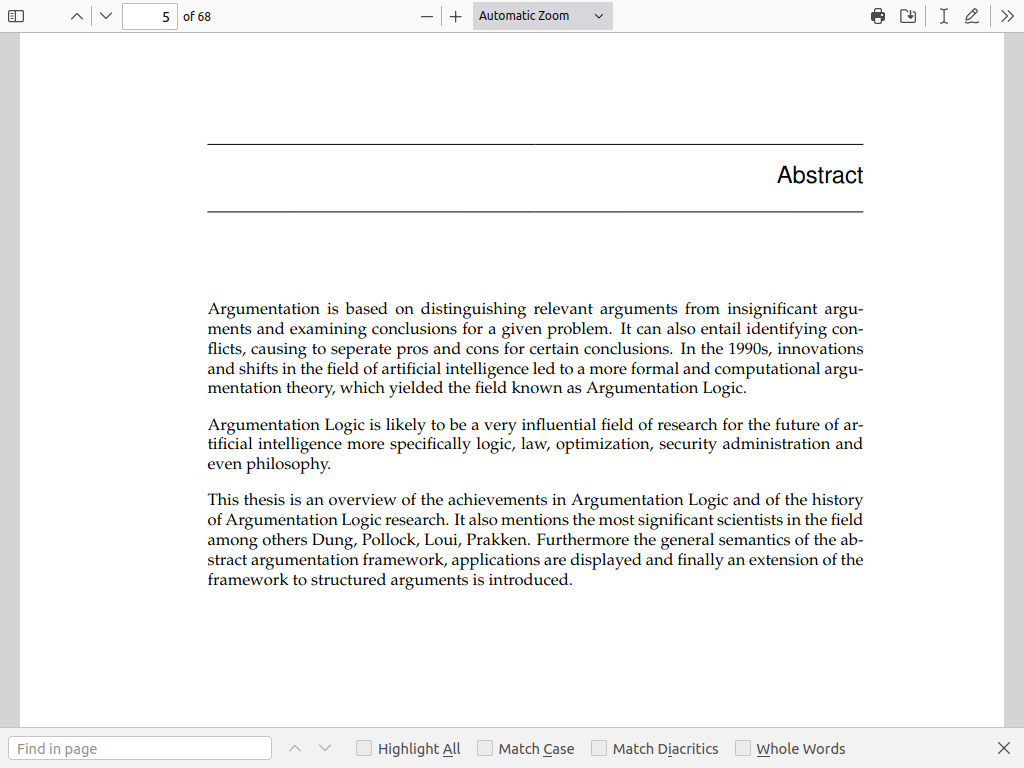
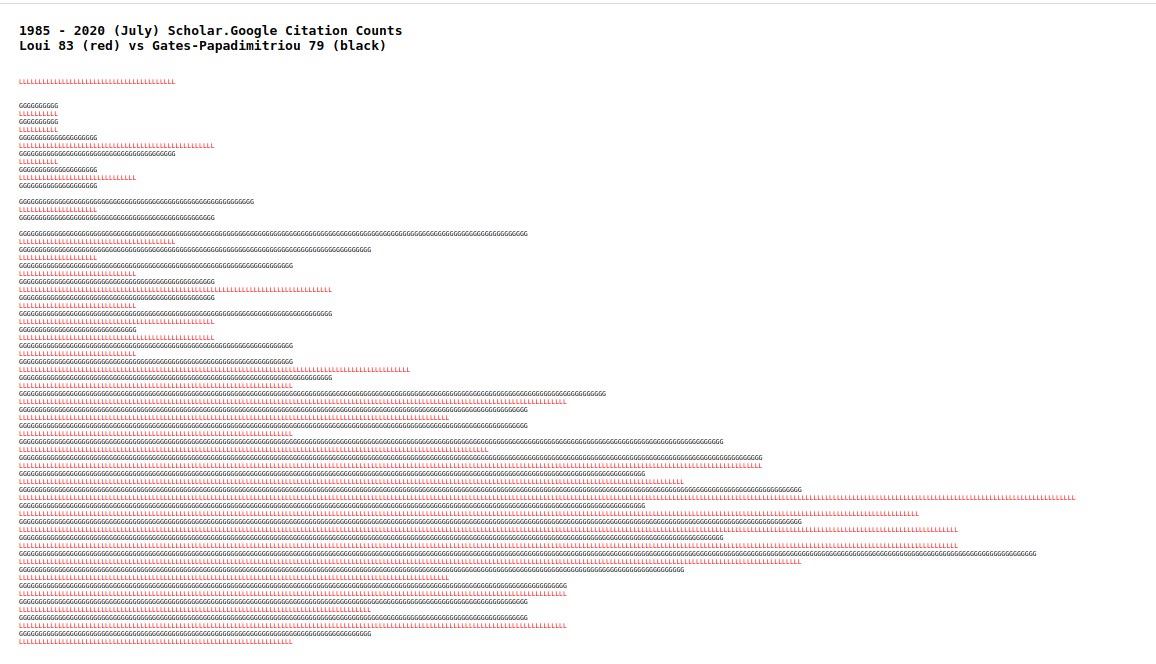
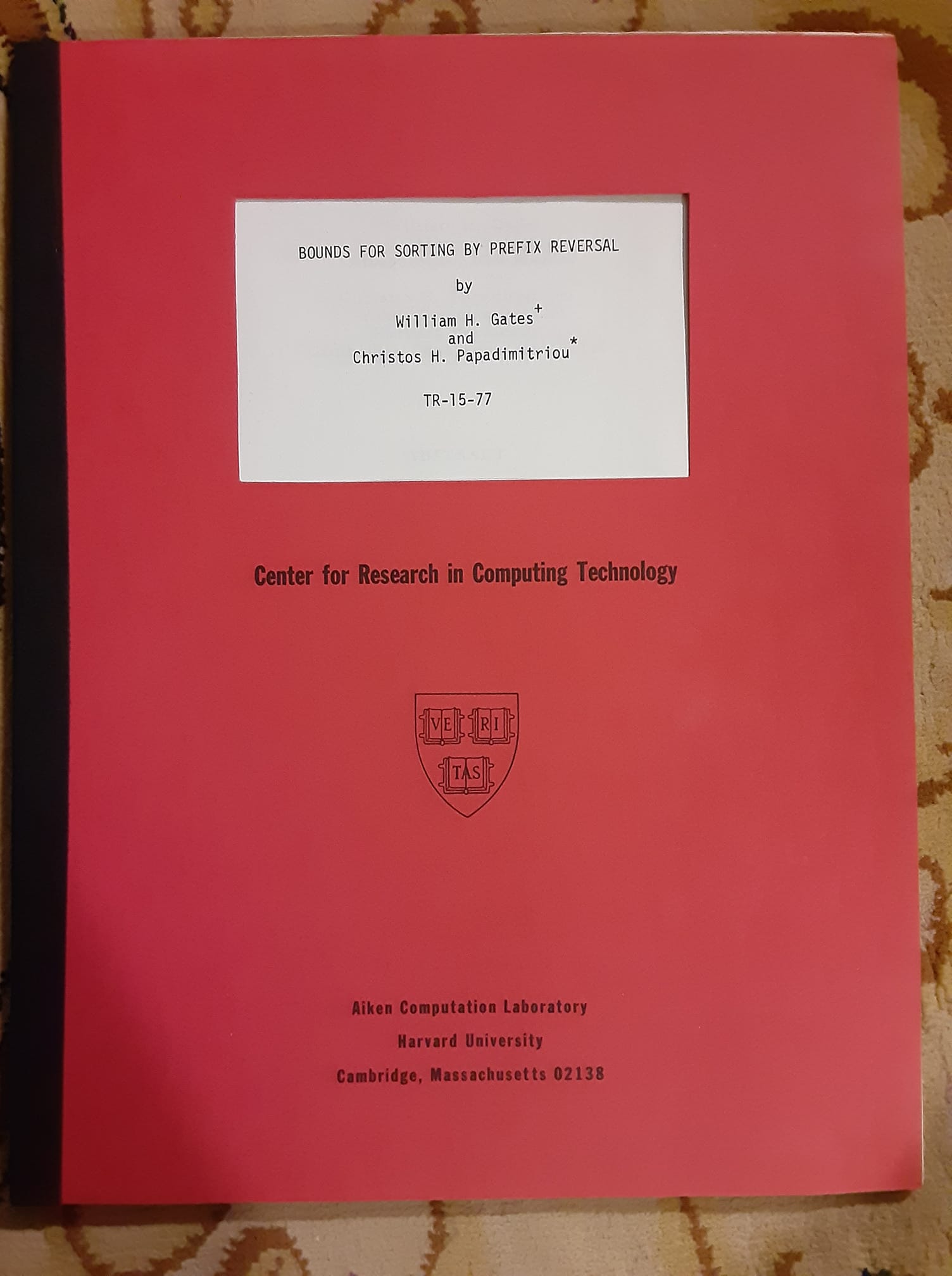
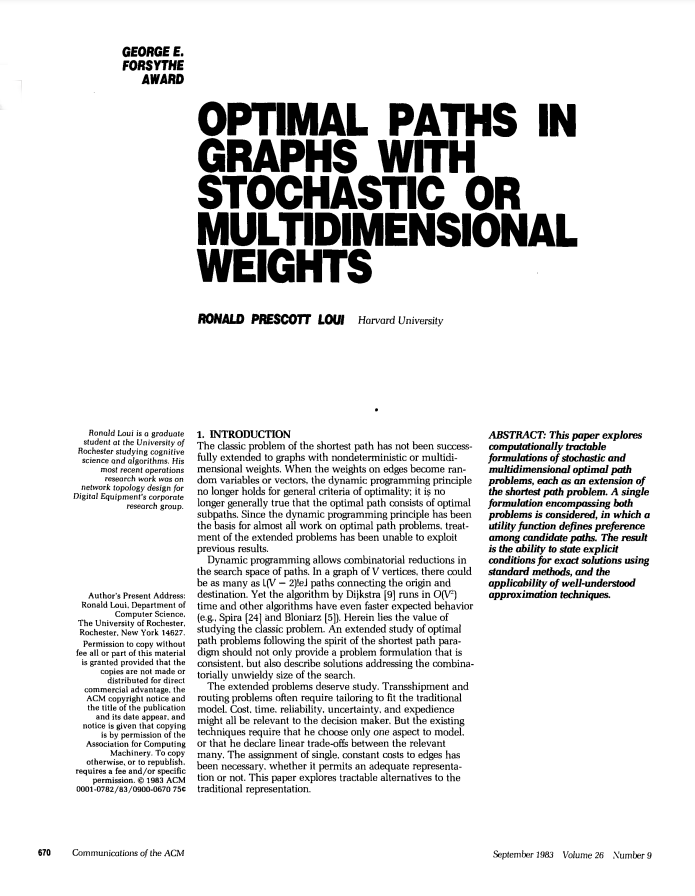
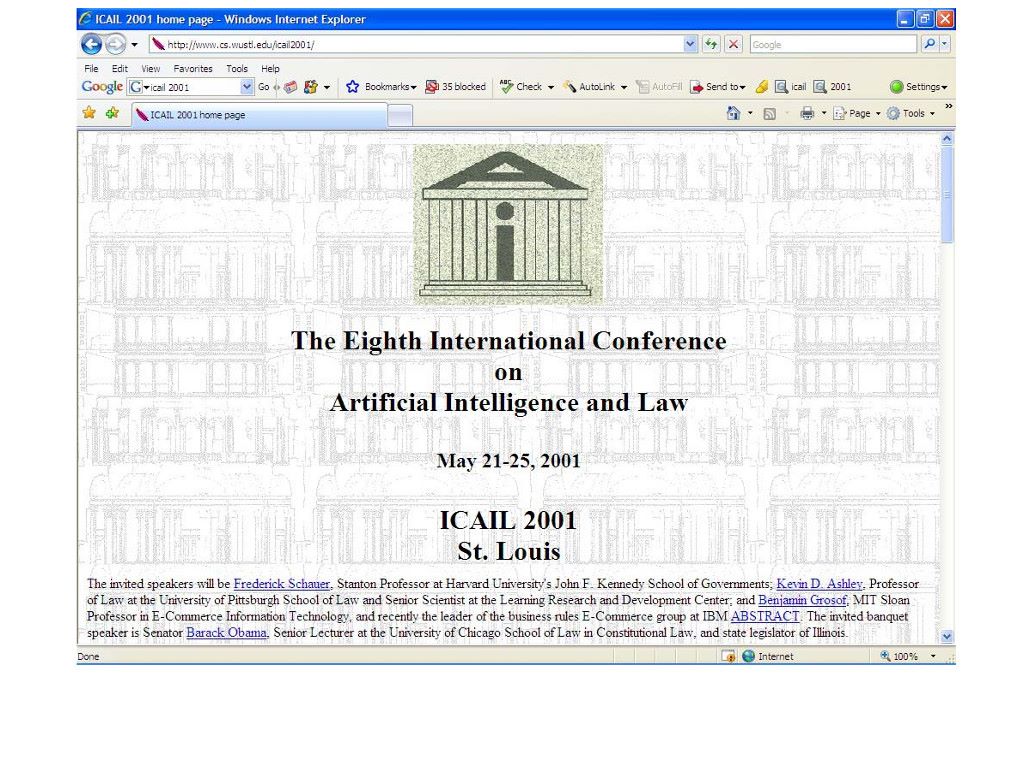
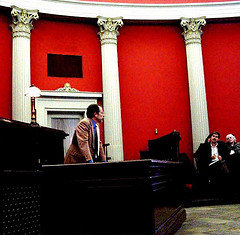
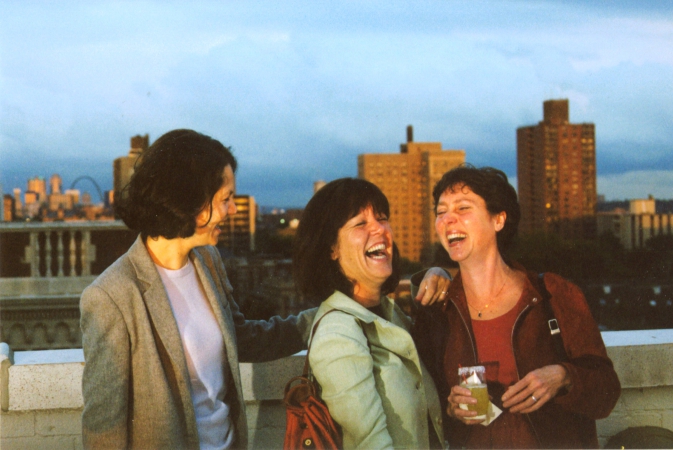
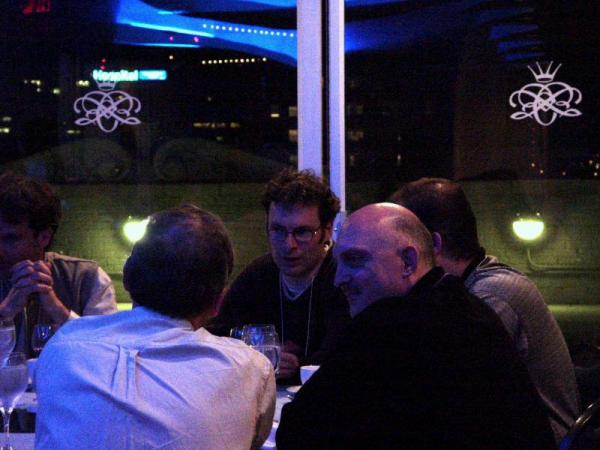

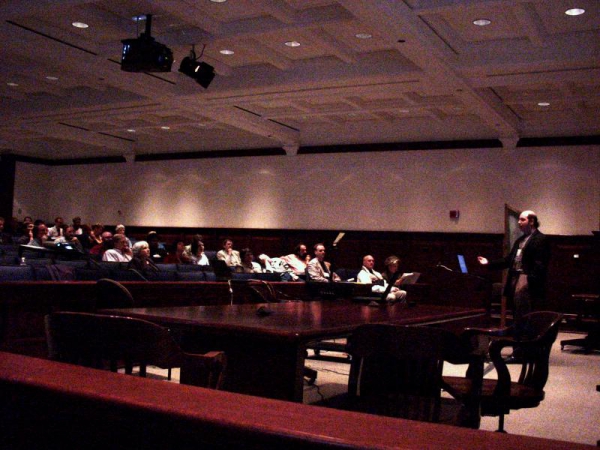
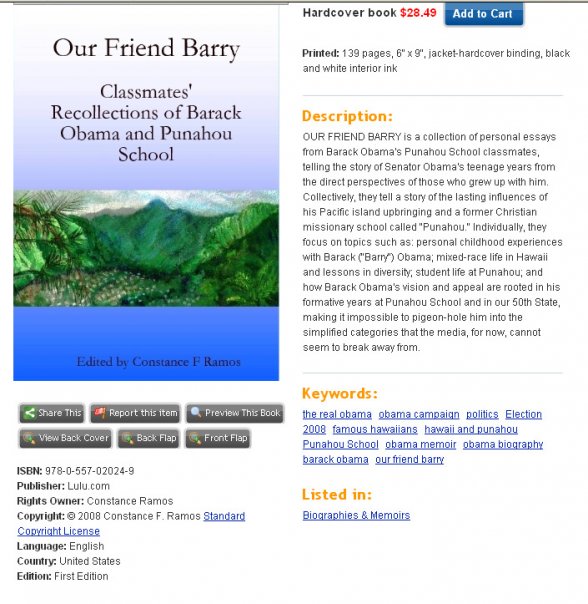
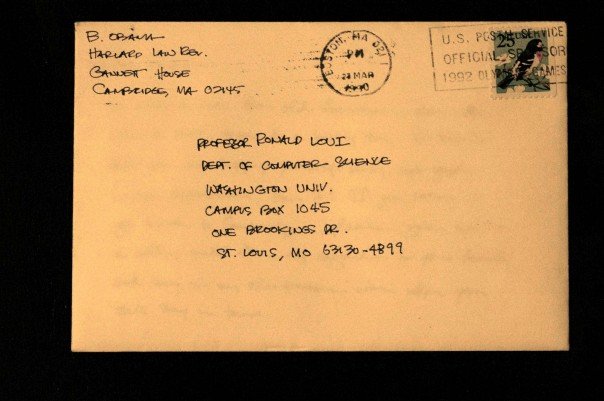
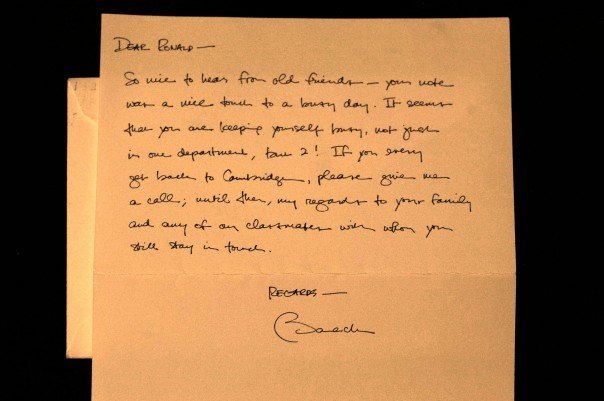
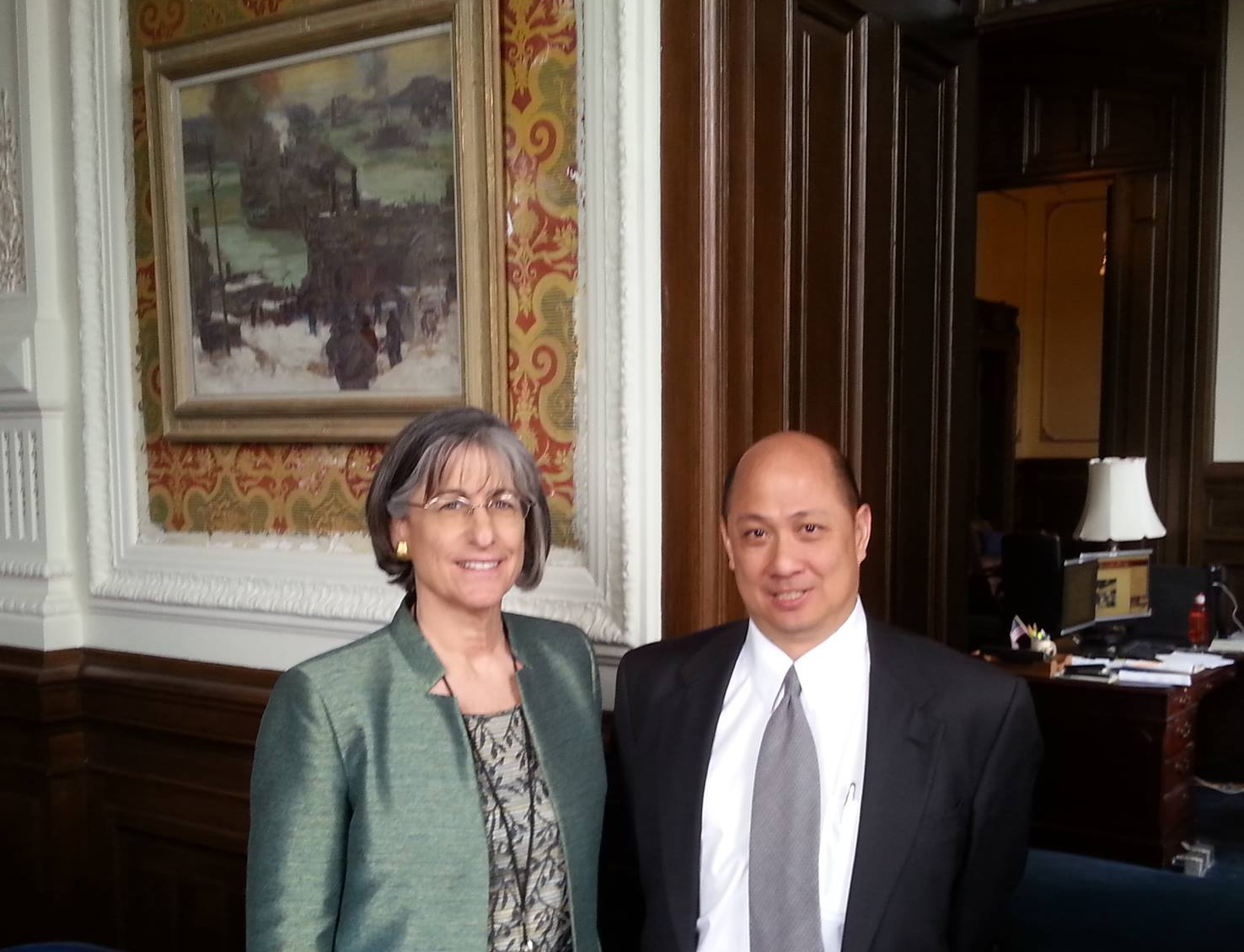
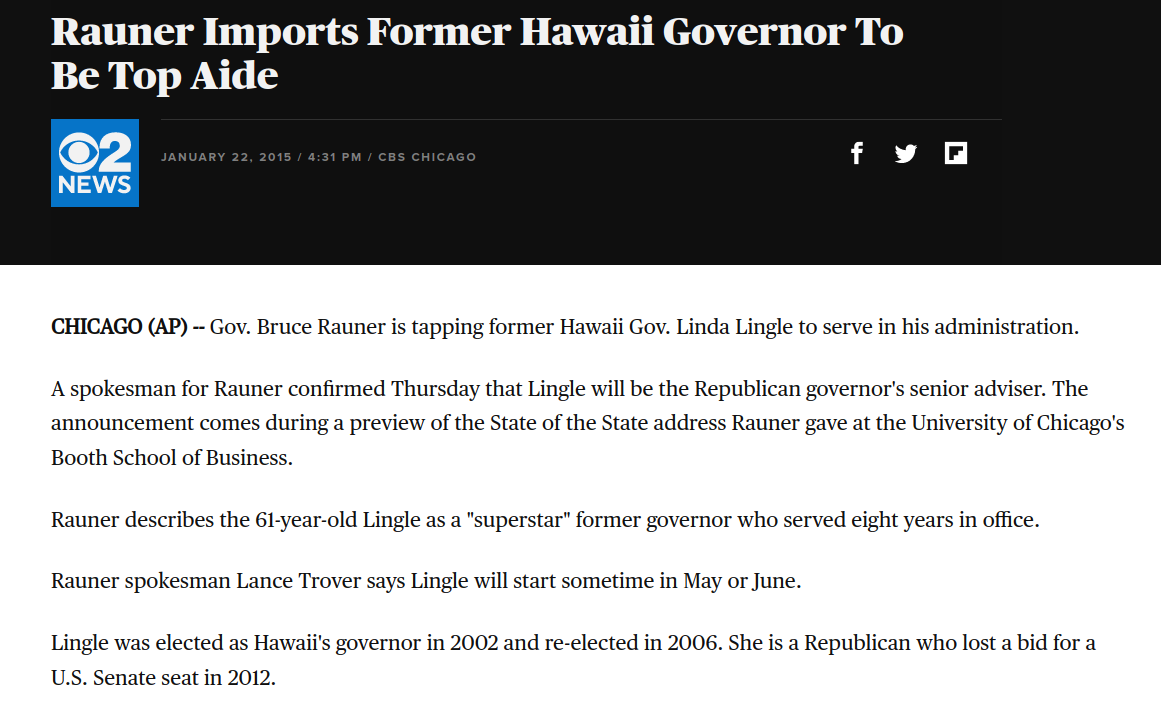
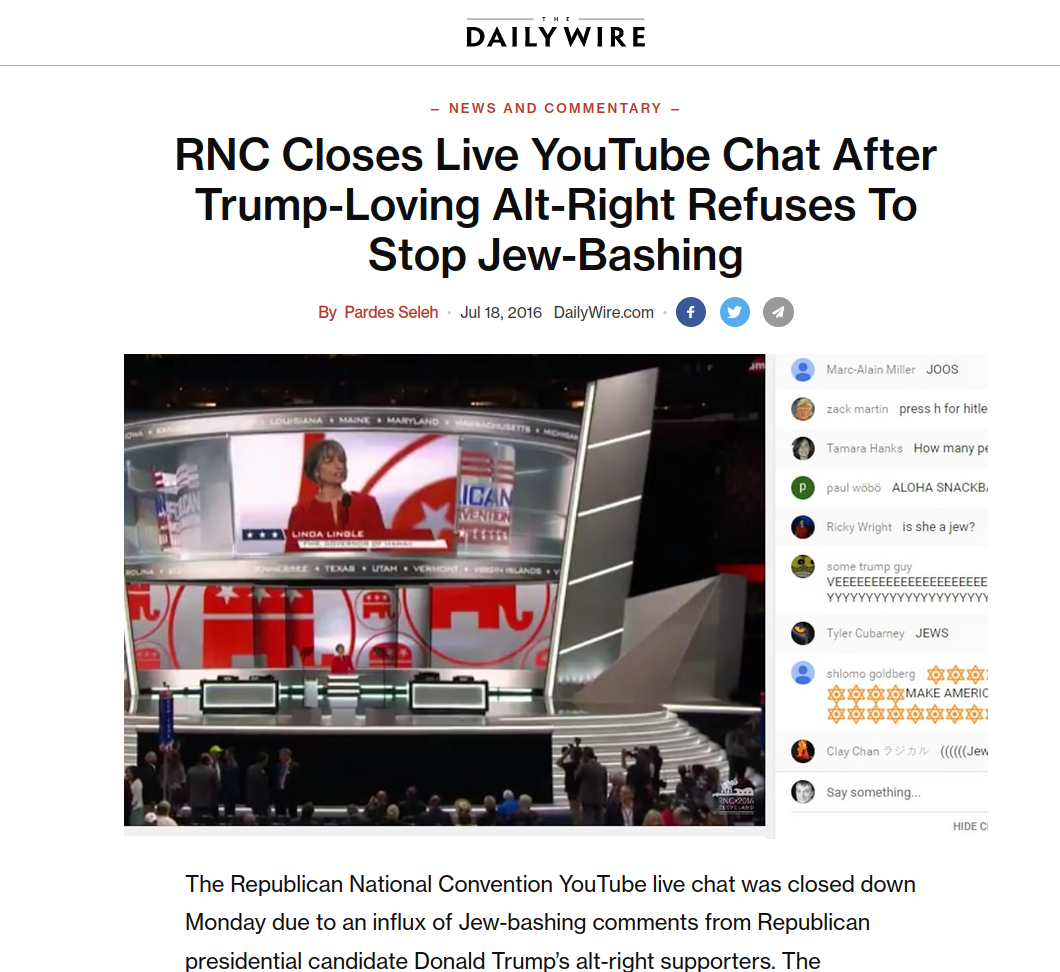
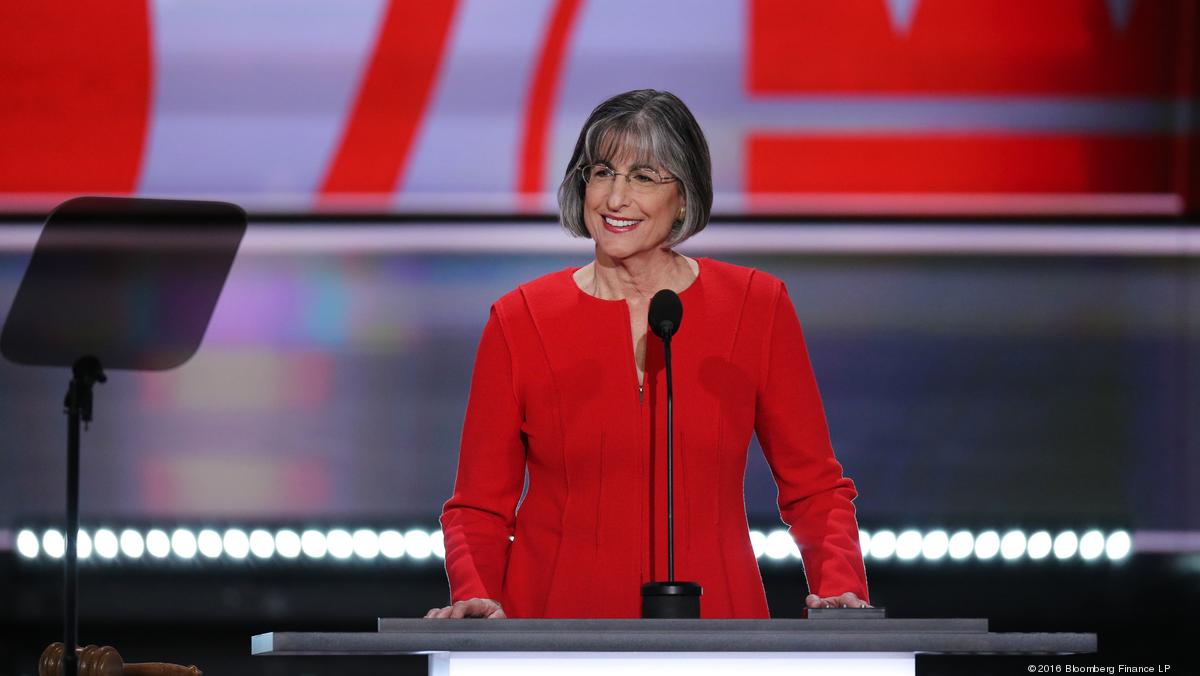

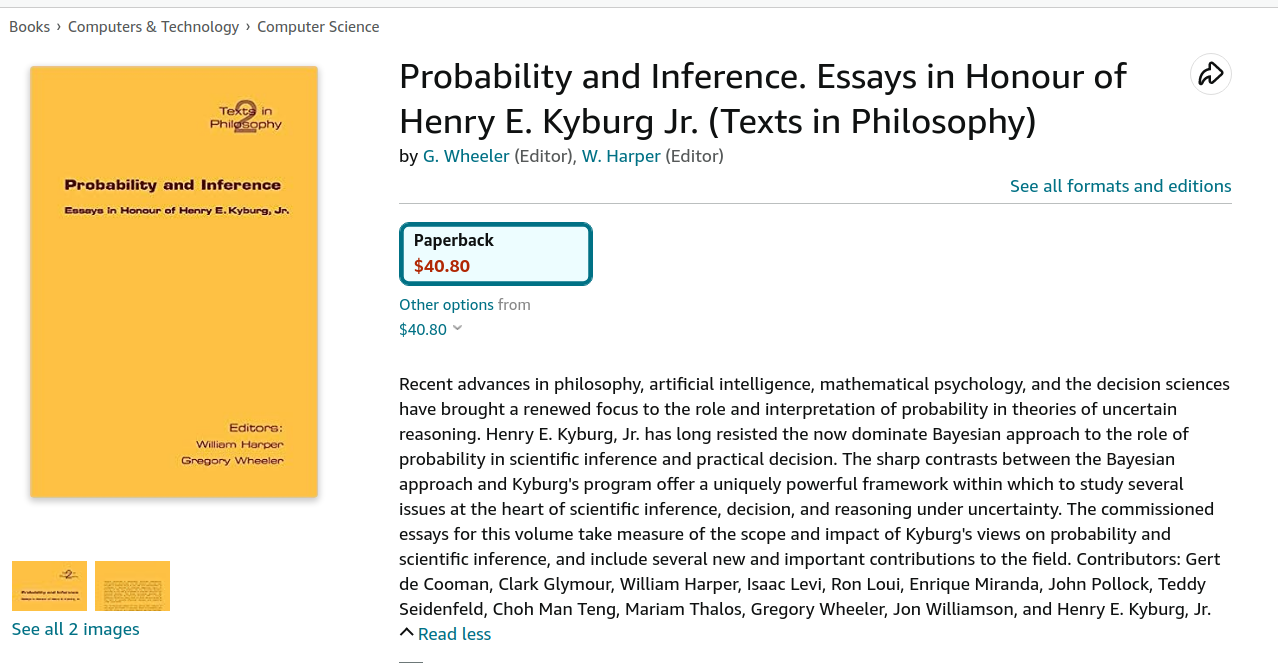




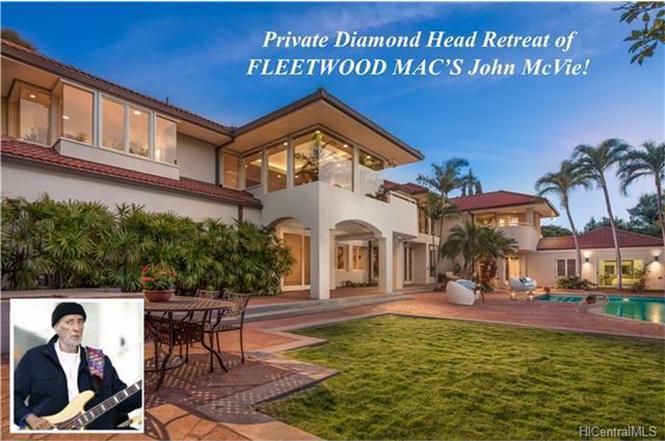



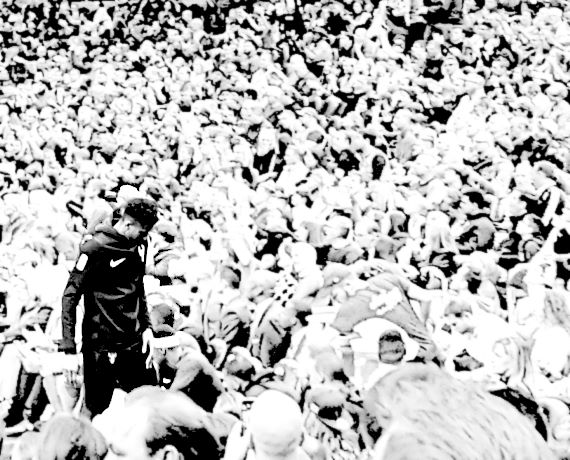
US President called me "skinnybones" in the 70s,
published me as "slender" and "Chinese" in the 80s,
noted my "fascinating work" in philosophy of law via 90s email,
and penned about my "enthusiasm" (implying that it should be curbed?)
on official stationery from the House (the White one).
Another high school classmate and BOLD AND BEAUTIFUL star
calls me "Ronnie" on facebook
and she's the only one who does that.
Met Danny Pearl when he was interning in Boston.
Later he convinced his dad to let me deliver a book to his kid sister at Stanford.
Dad got the Turing, but son gave me the trust.
Randomly commented on a teen AMERICAN IDOL contestant's youtube
that she should sing
OVER THE RAINBOW;
she replied with a heart emoji and a month later she sang it.
Best ever? 1M views.
Sent the Dutch greatest saxophonist
(not just the greatest Dutch saxophonist)
a mix tape to the Amsterdam address she gave me.
I think her MY FUNK is a reply to CHOCOLATE CITY which was on that tape.
Had a Dutch professor write in a book that I am
"the author of one of the most beautiful opening lines ever".
I admit it was inspired by the semicolon structure that opens Keynes' 1908 thesis.
God I love the Dutch; God I love semicolons.
Traded barbs with Justice Scalia on Supreme Court "disrespect" for stare decisis.
Wrote an awk programming manual with a Harvard freshman then decided to shelve it
because he said he wanted to sit on the Court someday.
Currently Scalia Professor of Law at Harvard.
Shared an awards stage with the guy who gave us Unix
and shared pizza with the guy who would give us MacOS.
Both during grad school.
Still have my SocSci106 final paper for Prof Oettinger
where I discussed "dysinformation" as a form of war in 1982.*
Y'all misspelling it.
Invited a fave philosopher named Dan Dennett
to shoot pool on my table because he was a fellow Harvard grad.
Next I see he's got a full page photo in an encyclopedia of philosophy.
Two future tech billionaires also shot on my table when they were just artist/programmers in St Louis.
Magic 8 ball?
Helped start a company that went up against ex-CIA/ex-FBI director William Webster's
competing startup;
they were the university's favored insider, so we lost.
Co-founded a company that was soon joined in the space
by the winners of the Harvard College tech startup competition.
Changed direction; still going.
'82 pal thanked
"Ronald P. Loui, Paul Romer, ... Lawrence H. Summers, Hal Varian, Janet Yellen"
in a paper:
alphabetical order?
I have a screen grab of a "Microsoft founder" looking at my linkedin profile.
Was that for his AI Lab or his NBA team?
'83 Jeff R straightened out the Hebrew for "encompasseth" so I see that it's the Balikh that waters Eden.
That soon led to my 1:2, but 1:5 after "100" fit of Torah years to our years,
of which I am newly quite proud.**
CHICAGO TRIBUNE said my perfect, beautiful dog looked like Audrey Hepburn.
Got a nice copy of LETTERS OF MRS ADAMS two volumes in vellum for my wife's birthday.
That's it. Hope it's been worth the trouble.
BEGIN { while (x=rand()) print x } END { }
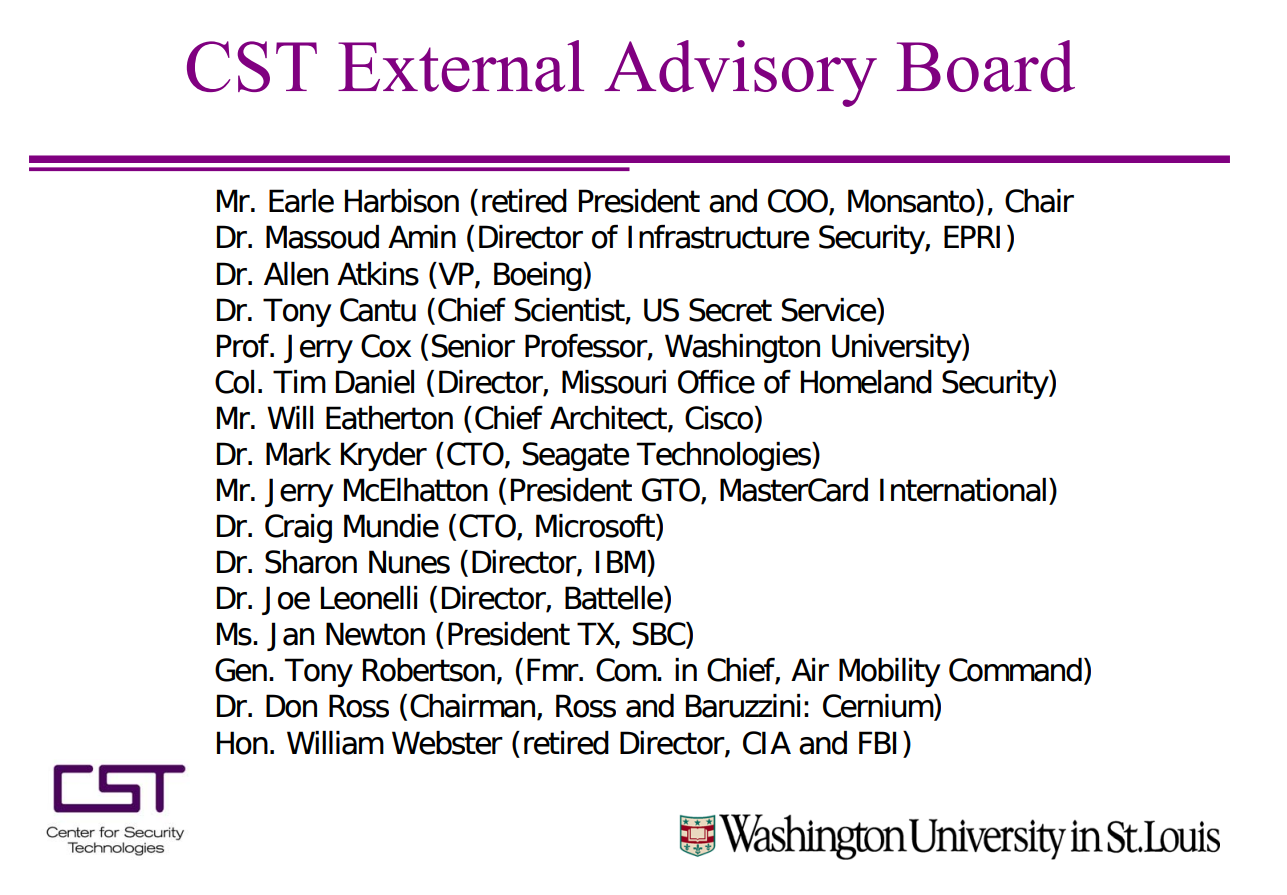
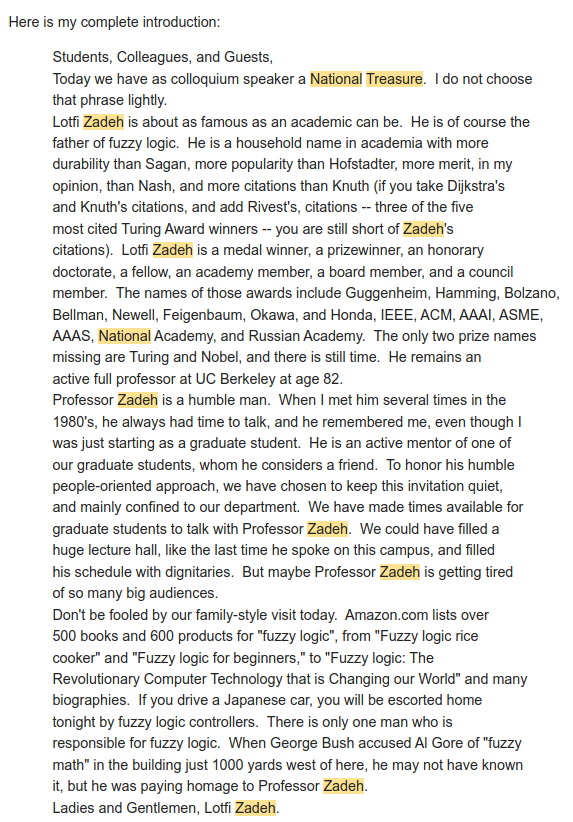
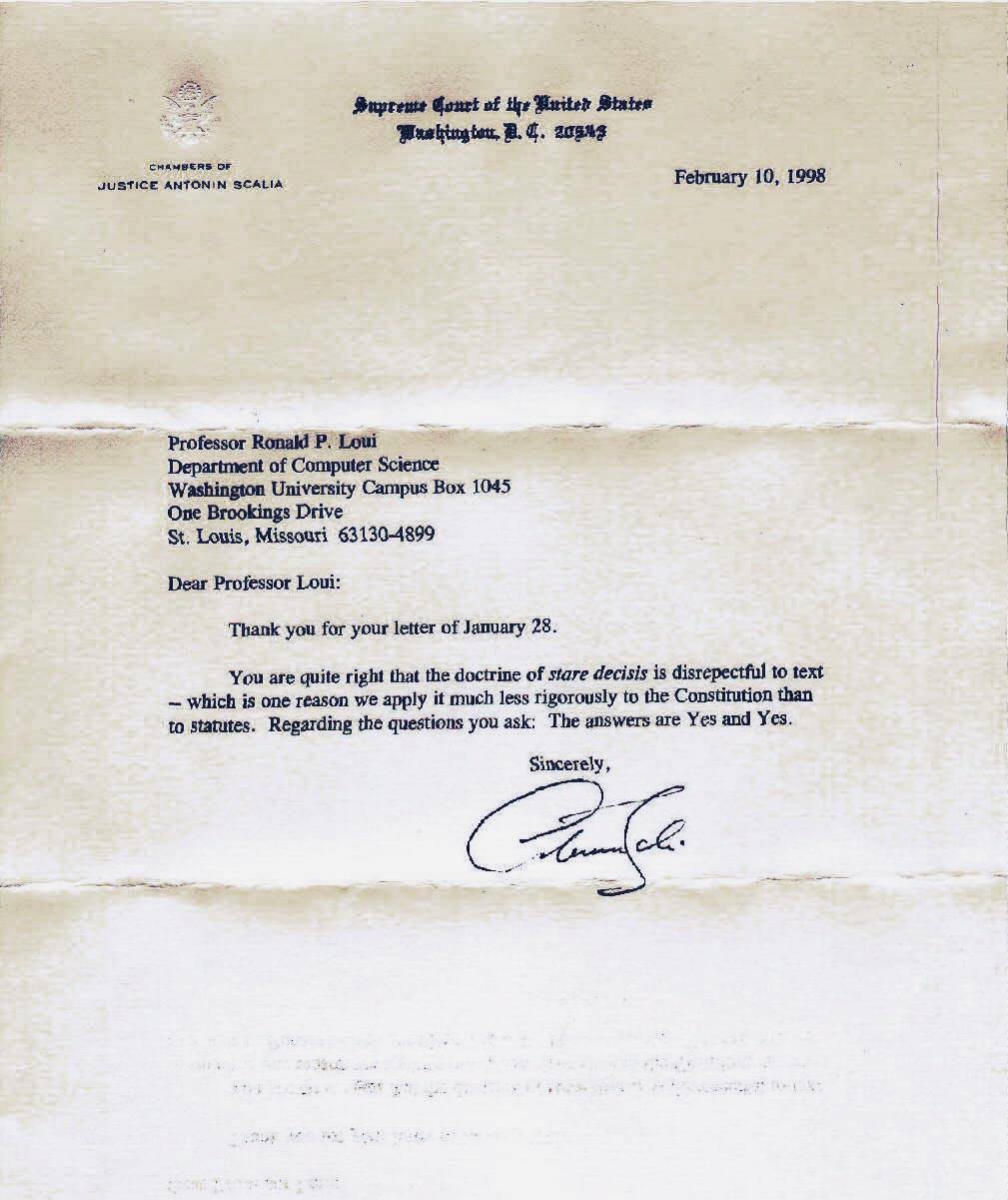
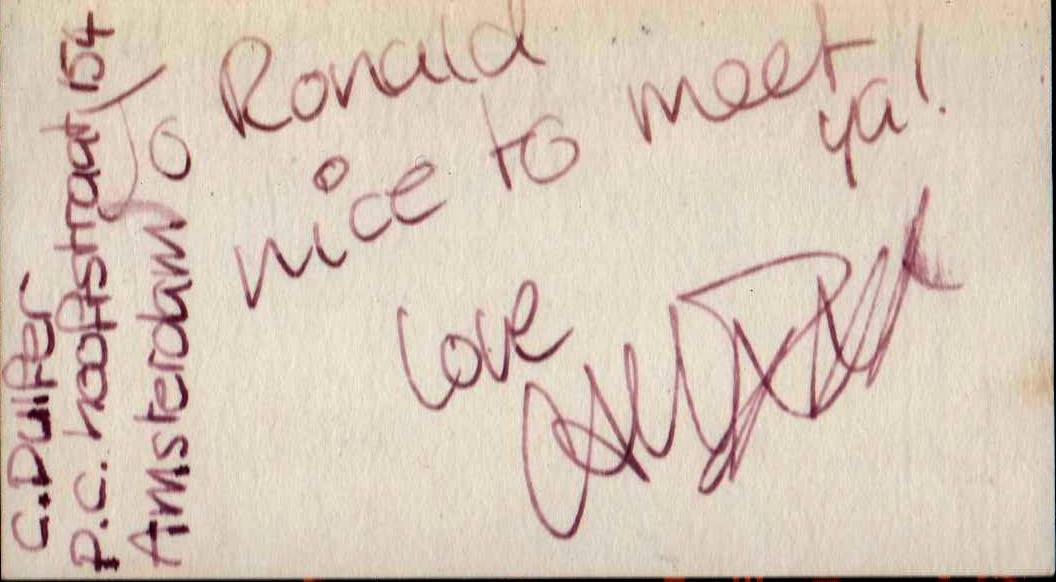
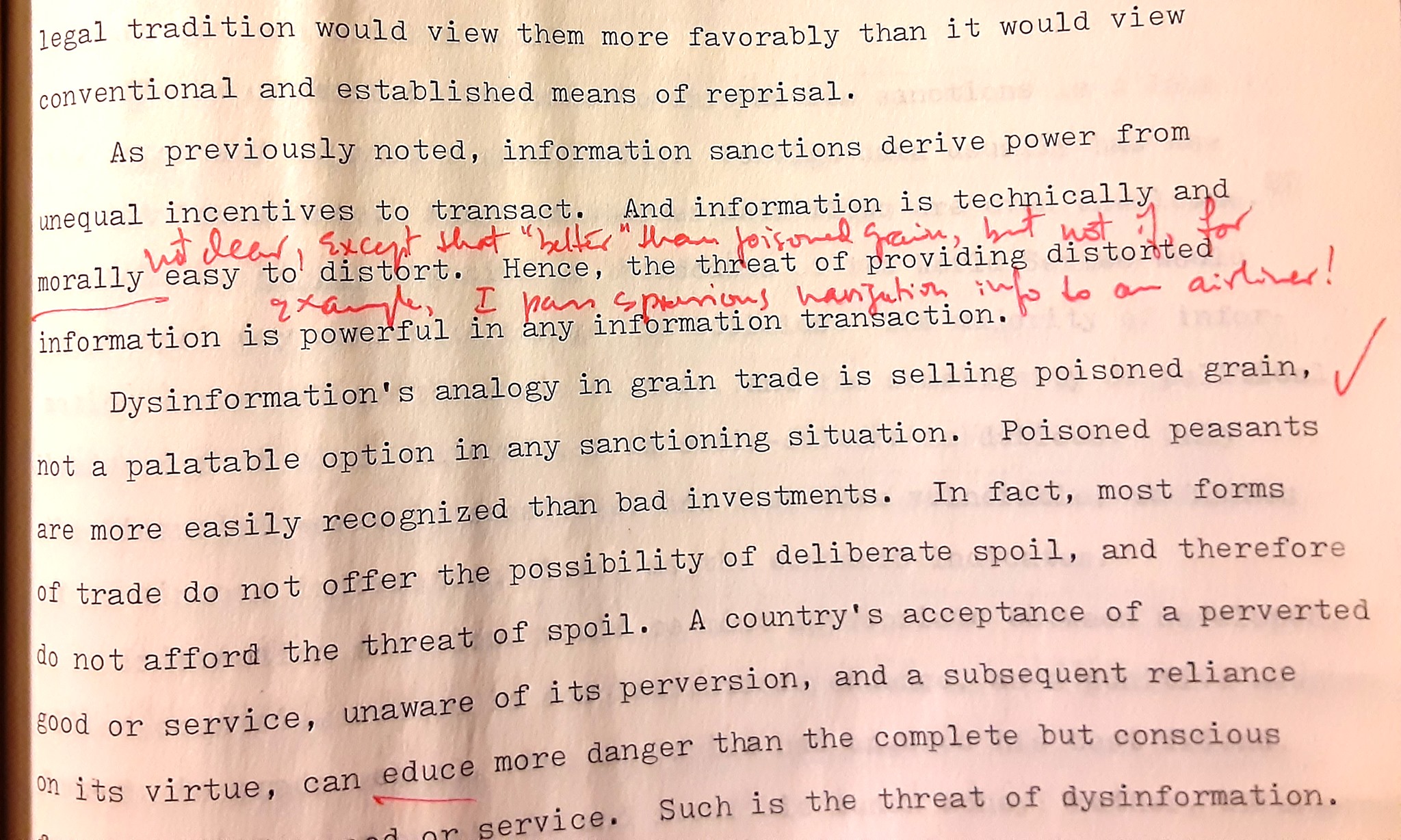
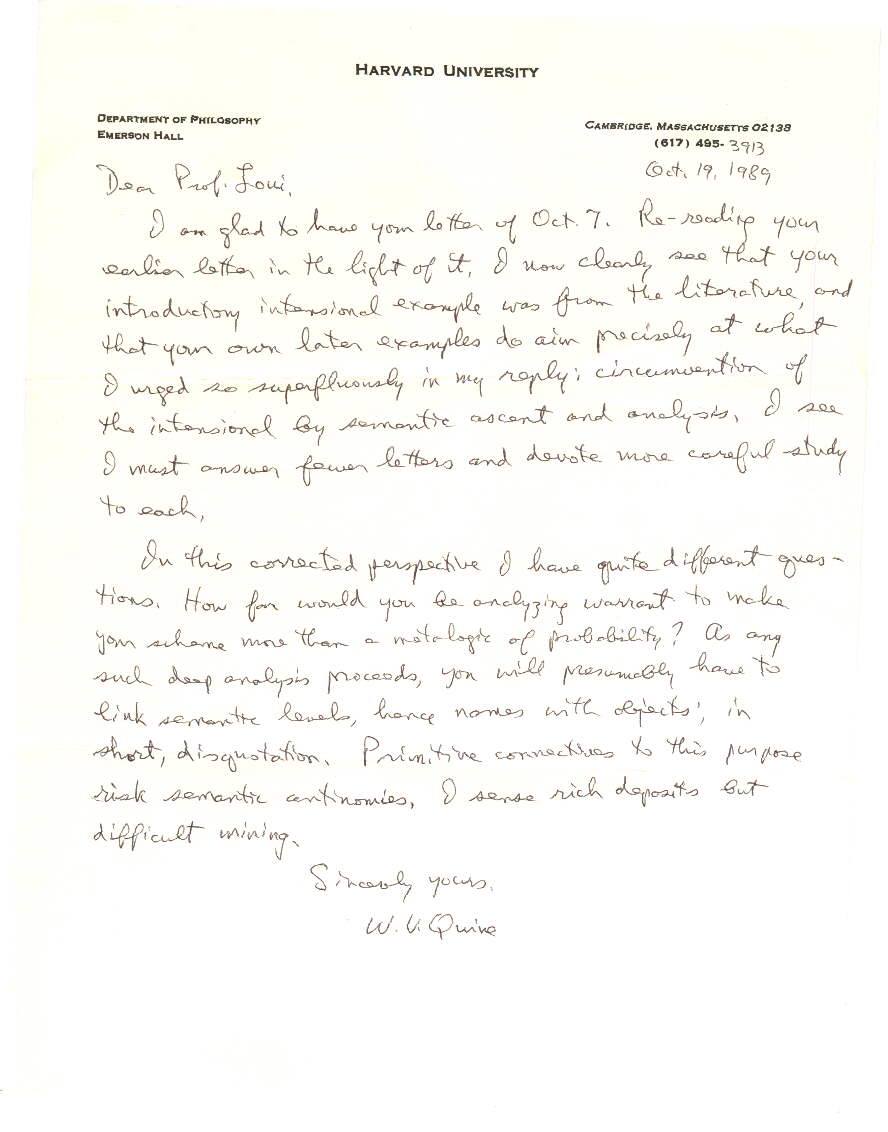


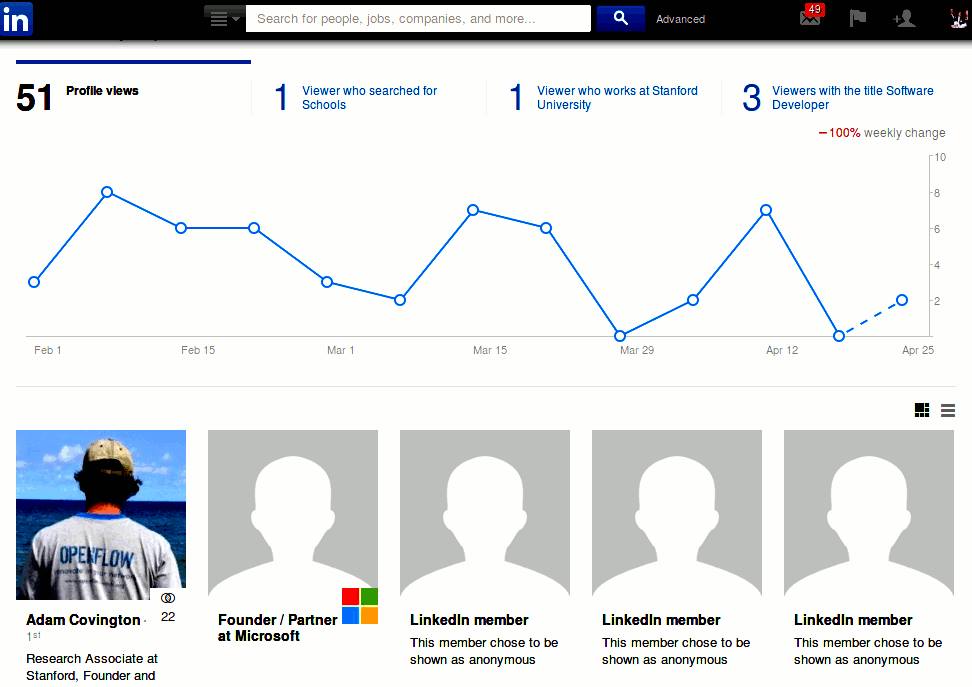
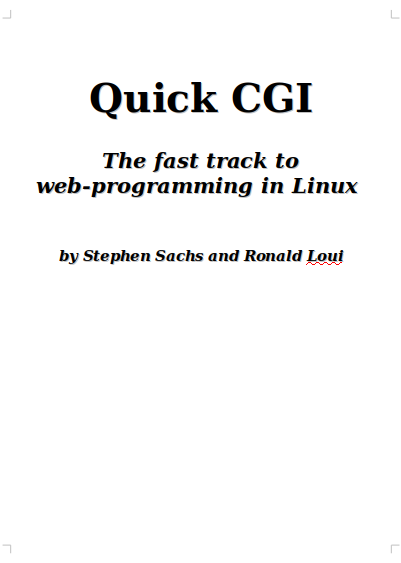


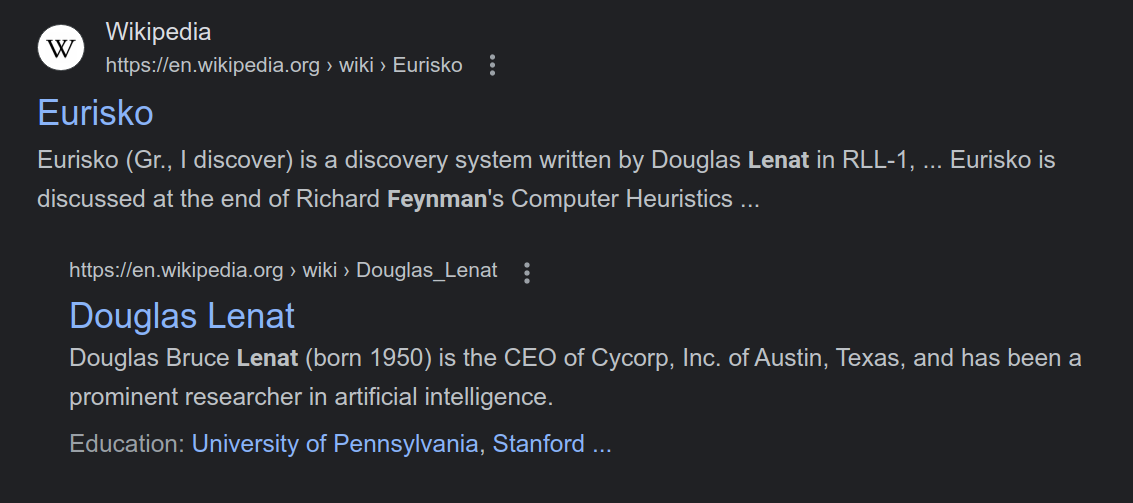

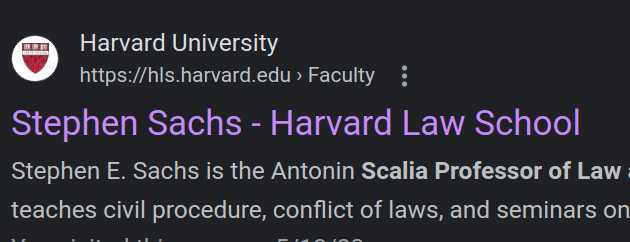



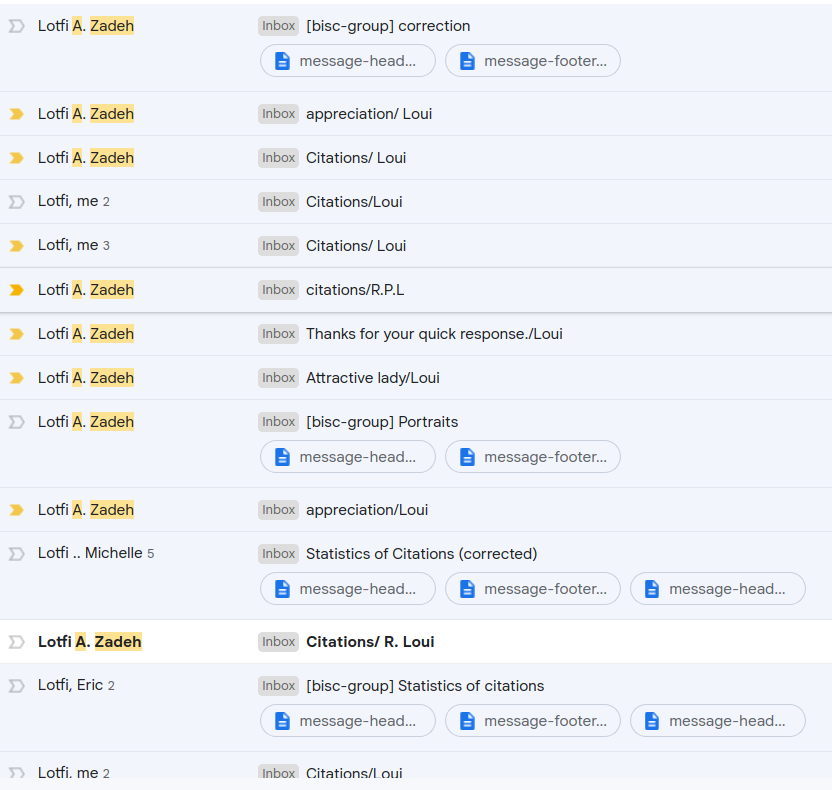

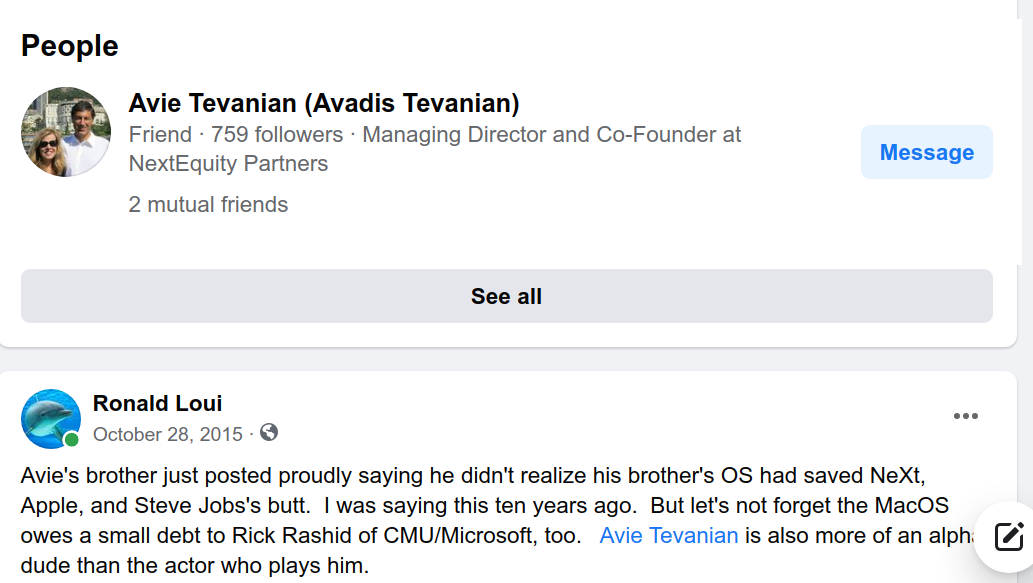
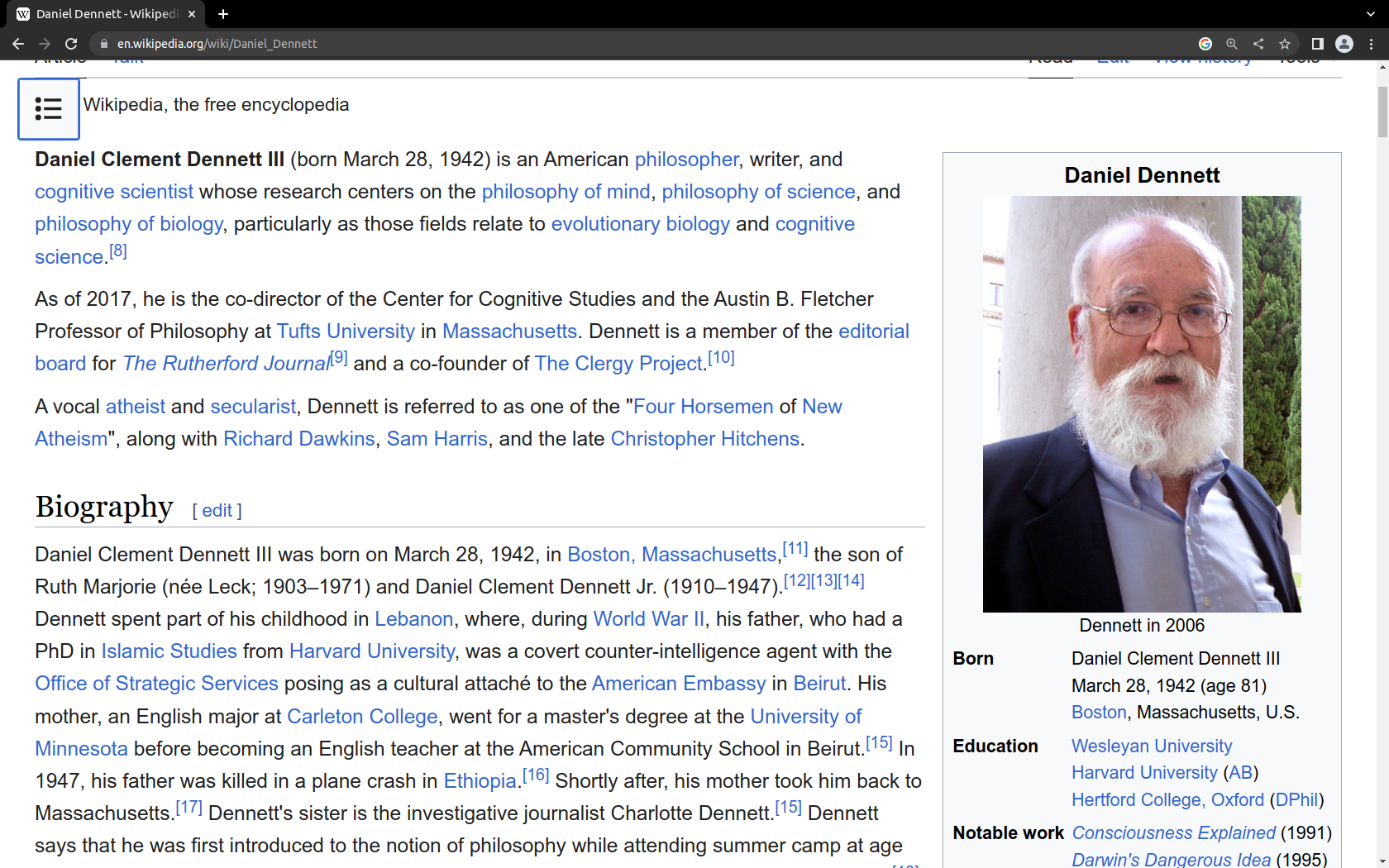

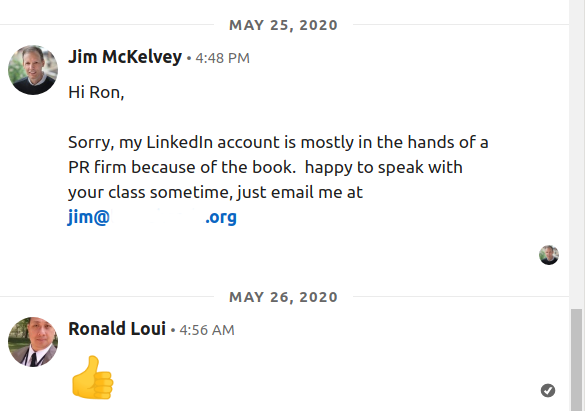
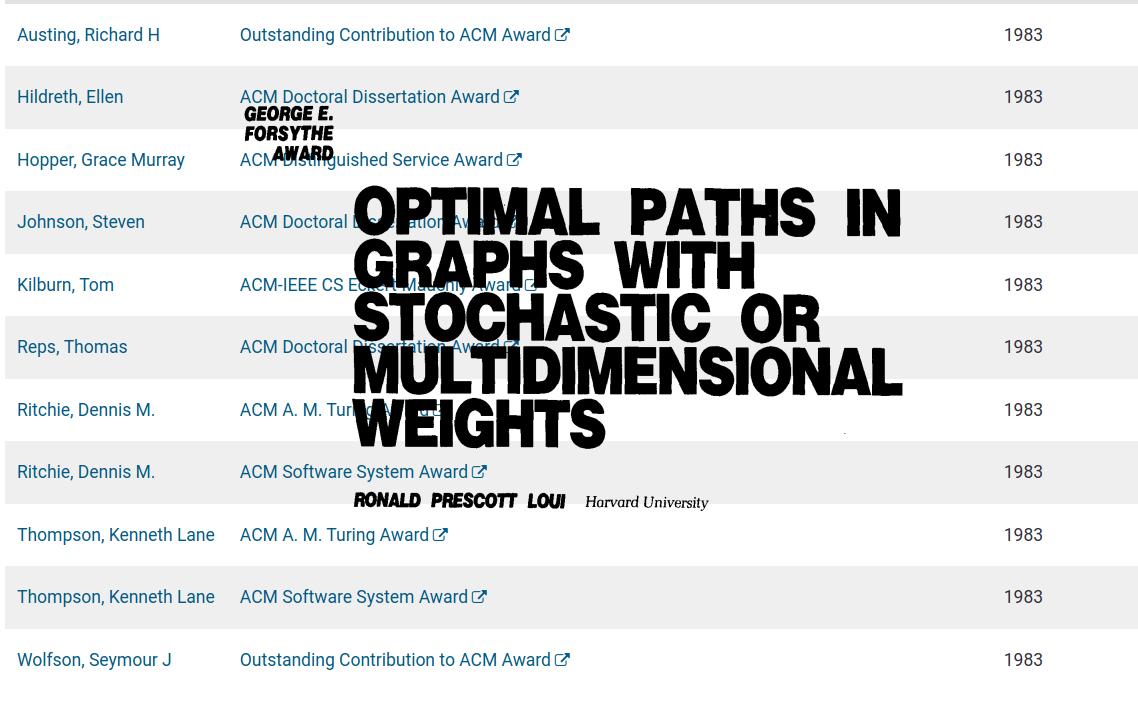
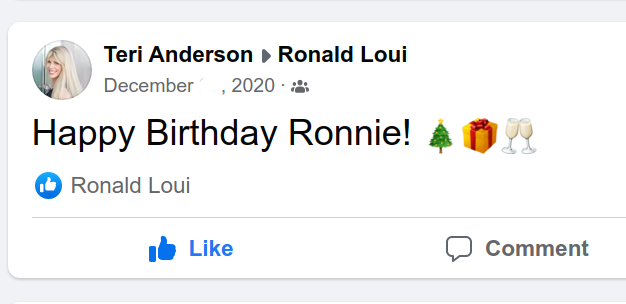

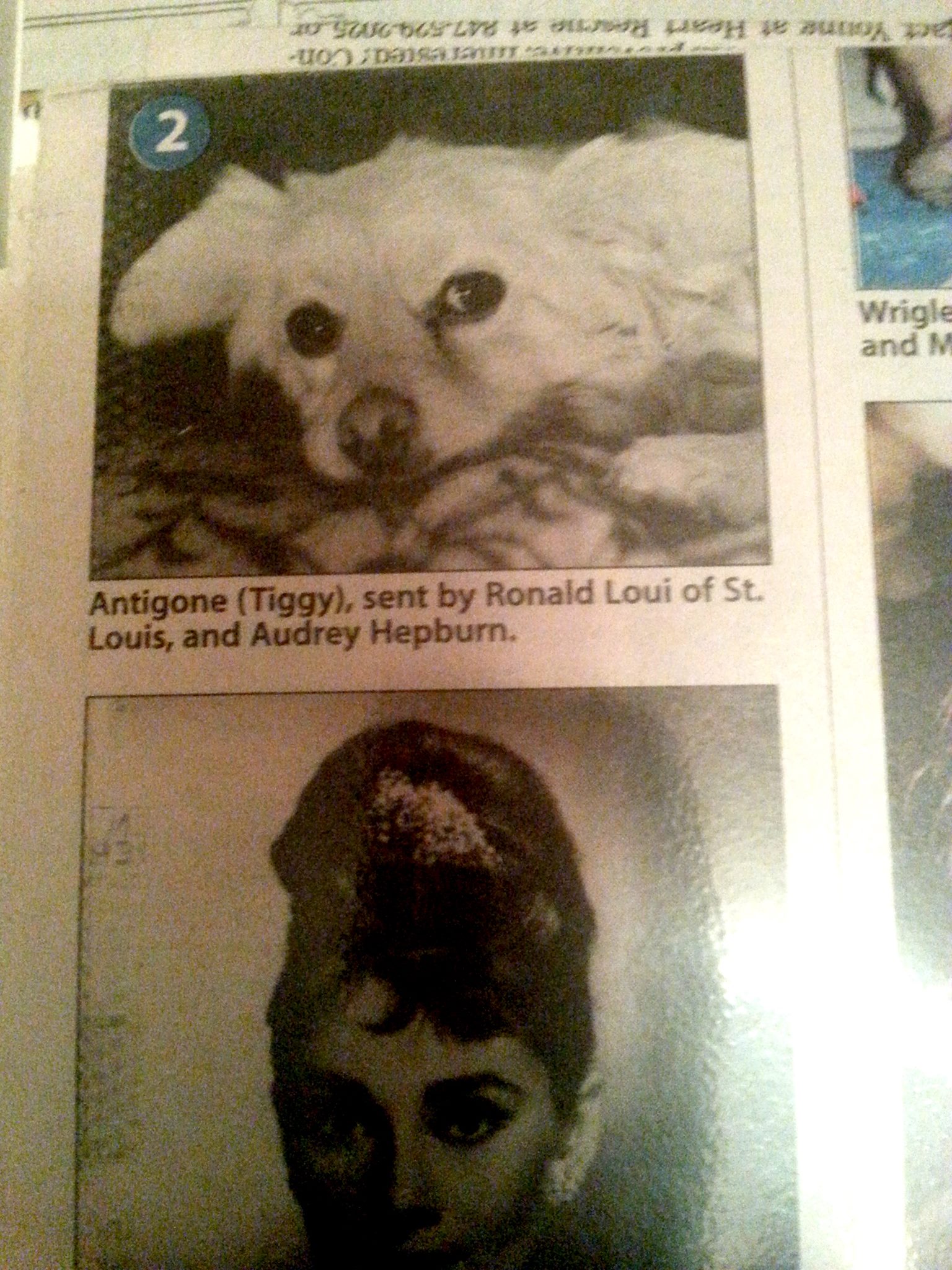
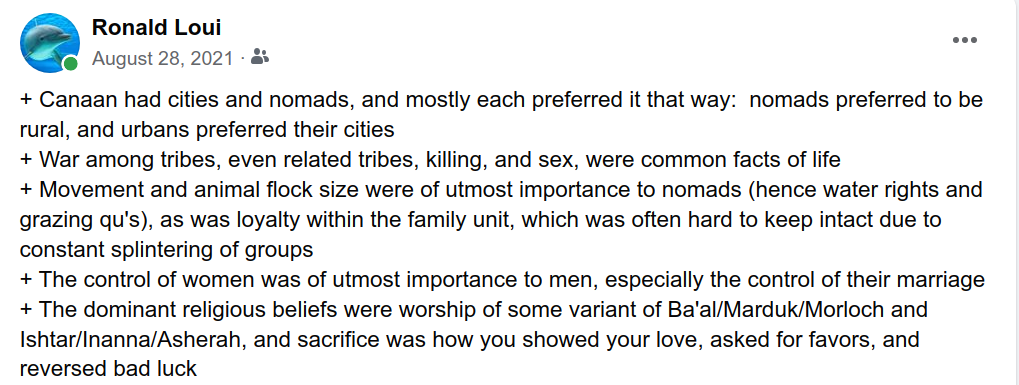


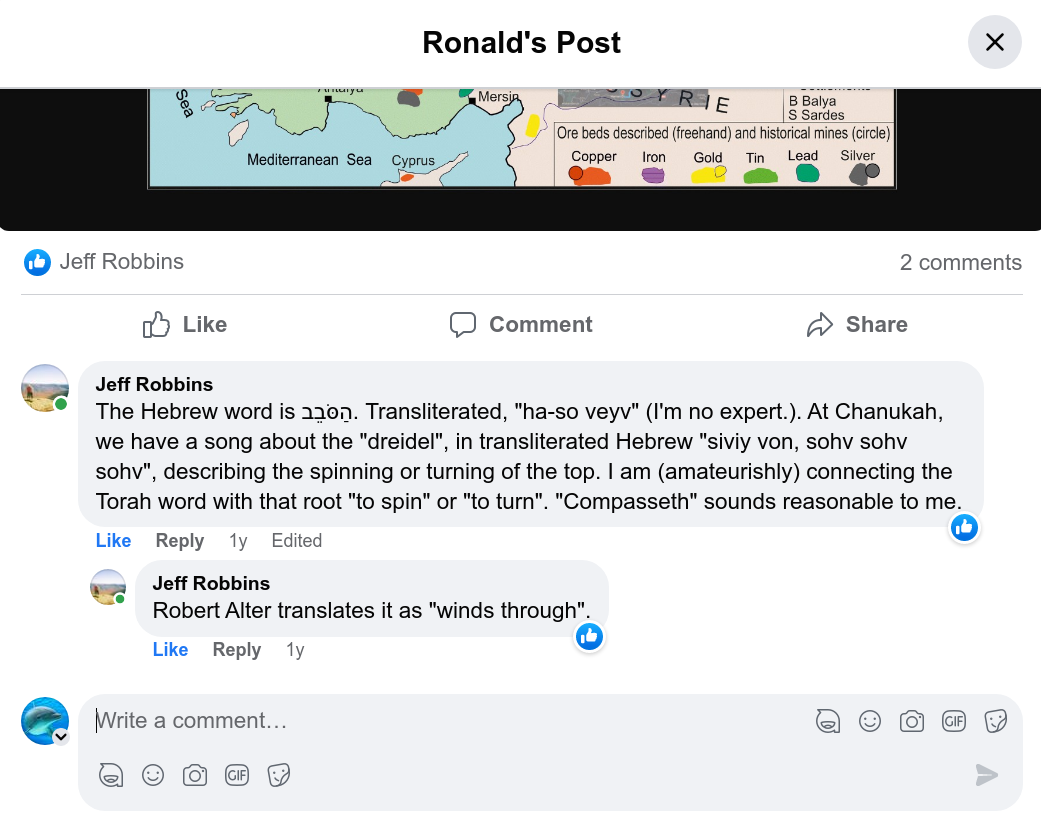



GRANDFATHER IMMIGRATED Feb 29, 1912 (though his father had visited HNL 1880, worked StL Fair in 1904, endured SF EQUAKE 1906) 7 CHILDREN 23 GRANDCHILDREN CURRENT [<PHD] [DPh]+[DPh] [DPh] [DPh]+[DPh] . BRANCH: UCB/UCD/UCSD/UCLA [DDS] [MD] . [MDPHD] .+[MD] . .+[PHD] .. . . BRANCH: UC? [DPh] ... . [PHD] [JD]+[JD] [PHD] BRANCH: UCB/UWISCONSIN/OBERLIN [MD] [MD] .. [MD] [MD] BRANCH: UCB/STANFORD/UCLA/UCSF [MD] [<MD?] [<MD?] [MD]+[JD] .. . [MD]+[MDPHD] . [MD]+[MD] [PHD] .+[MD] . BRANCH: UCB/PENN/HARVARD/MIT/STANFORD/YALE/BROWN/MAYO/NYU/DARTMOUTH/SWARTHMORE/BRYNMAWR/LSE/USC/UCSB/UCSD/UIUC/BU/EARLHAM [JDMBA]+[JD] +[MD] [JD]+[JD] [JD] . [MD] ... [<JD] [<PHD] [PHD] ←←← me [<MD?] BRANCH: UCB .+[DDS] .+[MDPHD] .... BRANCH: UCB/HARVARD/STANFORD/PRINCETON [JD] [<PHD] [MD]+[MDPHD] .. . [<JD].. Includes: Lt Cmdr ONR USN Reserve WW2 and Korea decades of engineering on SR-71 & strategic nuclear, Capt USAF 58th Tactical Hospital Korea, Mechanic USAAF China Burma India C-46 Transport WW2. DoD civilian contractors at Hickam USAFB computer networks, contract work for USAF AFRL and USASC consulting on USN/USMC F/A-18 EF & G and for DHS & NSA, USAF startup accelerators program for disinformation detection, US State Dept cyber security. On my Hawaii family side, uncle in US Army WW2 founding design company with decades of USN contracts, also US Army Artillery WW2, USMC Kaneohe Vietnam era.
DATA SCIENTIST'S NEW TIMELINE FOR OLD T (Much based on prior work of Yale's Weiss/Hayes and Harvard's Stager, Princeton's Weinstein, Hebrew U's Finkelstein/Maier, Rabbi Dr. Zucker, Prof. Rendsburg, and others) Lunar Accounting pre-Deluge, then Counting Sh-N-H Biannually in Upper Mesopotamia, bonus after 120, 1:1 after Torah |
18th-17thC BCE MOSES MATH |
|
STRONG | CENTER === { STRONG COUNTRY } |
Most programmers these days aren't trained by good programmers ... They don't care about user experience; They get A's for commenting their code |
Machine Learning hides its |
Sarah was 45 (not 90) Do the math |
We scripted to be light, free, and agile; Today's "scripting": heavy rigid frameworks |
|
Probability could connect points on the path Not just discount utilities at some horizon |
AI Liability: Who gives this autonomy? |
I studied Probability, Fallibility, Corrigibility, Belief Revision, Defeasance: Have some humility with your assertions. When you are always adamant, I wonder about your belief formation process. |
So how do LLMs sphex intelligence so well? Perhaps speaking intelligently really is just "being cognizant" of speaking mode, having concepts "in mind" to provide context, and generating probable next n-grams. Creativity? That's emergent because it's not as sacred as we'd like to think. Maggie Boden taught us that. |
If you throw away specificity defeaters You throw away your argument logic |
The bell was tolling for machine learning classifiers which interpolate but do not extrapolate well. Then LLMs arrived with their new noise. But LLM hallucination proves the point: indecent induction. |
Instead of maximizing lottery-based, expected-utility bundles for selecting optimal choice under precisely measurable outcomes, consider arguing milestone-based, standard-attaining trajectories for refining commitments when faced with poorly predictable hazards. |
Only the ones who could compute the best fit would survive |
Researchers even looked for "explanations" among the trained neural classifiers, as an ex-post-facto olive branch in exchange for cutting down the olive tree of understanding |
Ad Hominem is not a fallacy in inductive logic: Rate your sources when you assess probabilities! |
A footprint in the sand is not defined by shape or depth; A footprint in the sand was made by a foot in sand. Process, not criteria. It's what art is. It's what judicial decisions are made of. |
Ampliative inference is non-deterministic, non-monotonic, and properly constructed entailment: the result of fair dialectic |
Chat is the best tool you could build to fight disinformation, even as it disinforms with its own hallucinations. |
A process should be fair, efficient, appropriate. It should control stochastics. It should have ex ante exchangeability, or at least acquiescence to initial asymmetry. It should have ex post explainability, subject to probability. |
I have always thought the user app should be able to hint to the OS. Who cares about breaking the barriers of abstraction? |
Someone in print quoted me saying "everything is a process," but more likely i said "model the process every time" |
CFS is not particularly fair, much less completely fair. Worse, the red-black tree is less efficient and less cache friendly than a simple array of range-binned queues. Who says the exact lowest vruntime needs to be selected within each range? Worse still, the programmer who writes the complicated red-black tree rotation and recoloring thinks he's smart because he wrote something complex; because he's smart, his complex approach must be right? Wow. |
OS resource distribution is not about fairness; it's about appropriate unfairness. Make sure your policies reflect priorities. |
If "indefeasible" was necessary as adjectival qualifier for the country's first one hundred years, it is because the normal situation was the defeasibility of rules. That is, defeasibility was the default. In recent years, after the wide influence of deductive logical thought and perhaps concomitant extremist political orientation, the situation has reversed. A rule must be adjectivally qualified as "defeasible" to reassure the rule- governed that there is recognition of potential exception. Defeasibility is now the exception. |
Life Success ~ IQ x EQ |
Result of an argument move: Sever the defeasible implicature, the correlate of the consequent, or refine the predicate scope |
Mandatory insurance for AI is coming soon Two ideas for claimants: proportional liability, respondeat inferior |
Payoff Matrix = Wrong Idea: |
Transactional value: Not just What, but How, Why, and Whom |
Utility calculus |
"It's good exercise." Something you don't hear much anymore. |
|
|
|
|
EDEN: FOUR HEADS IN PADDAN ARAM |
bash syntax is awful. awk is clean: |
Probability intervals measure your ignorance. Point probabilities demonstrate it. |
If your rules aren't a bit defeasible Your meanings aren't very specifiable |
It's not really ethics training most decent people need; It's better epistemics. |
Isn't all implicature defeasible inference? Isn't all analogy defeasible inference? Aren't all decision and risk analyses defeasible? Aren't all statistical arguments defeasible? |
Procedural justice is when process produces justified non-equivalent outcomes according to rules that transform inputs to outputs in an appropriately constrained way, usually monotonic in a shared concept of merit, at least probabilistically, and usually efficient in time; it is a more advanced social concept than distributive equality, aka equity, though it usually contains equality of opportunity or at least adequate opportunity to respond; and this concept of justice stands at the heart of constructive social reality, law, political economy, and civilized games/contests/tournaments/trials. |
CS curriculum does so much damage allowing boolean minds to hide behind boolean logic. If anyone really cared, they'd get taught probability, systems science, even engineering epistemology. |
Pretty sure a NN classifier is just doing rule induction with nodes for exceptional subclasses and exceptions to exceptions with some quasi-linears and some quasi-booleans. It's got to be lying about small sample projection confidence. I call it indecent induction. Should monitor its meta, and visualize its sample specificities. |
Perfection in multiple dimensions necessitates ostensible suboptimality in each |
If your sensors are reporting snapshot values your planes fall out of the sky |
If you aren't using a Colvin diagram with Ackerman subgraph and Nguyen views, you might be doing indecent induction, a.k.a. mistaken machine learning with undue confidence when there really is conflict among reference classes |
So many summary stats invented to compensate for summary stats familiar because 'twas hard to histogram throughout history |
If you know A, B is the cause; if you know B, A is the cause. |
For subsistence, meet the min for the self. For belonging, meet the min for the group. For social esteem, max the group's objective function. For self-actualization, find the balance that produces max skill. For transcendence, min the self so as to max the balance. |
Ensh*ttification of software happens for many reasons especially on the business and marketing side; but consider our own sins in CS: top-down design to spec, released without sufficient testing, programming classes that emphasize style above UX, organization that makes sense to logicians instead of humans, and turning out engineers who are unable to impact product because they developed no social powers. |
Deep strike drone warfare replaces nuclear MADness: progressive inexpensive inevitable indefensible eventual mutual destruction as deterrence. Flying minefields aimed at agressors' infrastructure. |
Causality is perhaps about homogeneity among descendants in the Colvin diagram: q causes p in the context of r: when p among q&r differ from p among r, and for all *conversationally relevant* subsets q&r&s, p remains stable; that is, all defeaters are implicitly excluded |
Software Today: unnecessary bloat and insufficient testing |
If you report a propensity over a reference class with inconsistent subclasses, you might as well just report the mean of a bimodal. Medicine and social science do this a lot. |
Lotta engineers Trying to save pennies in one dimension While paying a lotta $ in another |
AI: AGI and Singularity are Hype But IDIOCRACY is Real |
Worry more about automation in command more than automation in battle: control should not be concentrated too completely too easily |
We are here to help start careers Not end them |
Serious US engineers still the best: Integrity + Practicality + Thought |
FAVORITE JAZZ SAX 1960 - Felder/Cannonball 1970 - Grover/Getz/Gato/Gyra 1980 - Scott/Sonny/Sanborn 1990 - Candy Dulfer 2000 - Candy Dulfer 2010 - Candy Dulfer 2020 - Candy Dulfer |

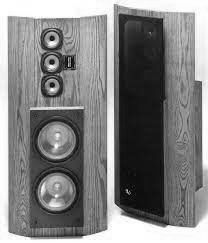
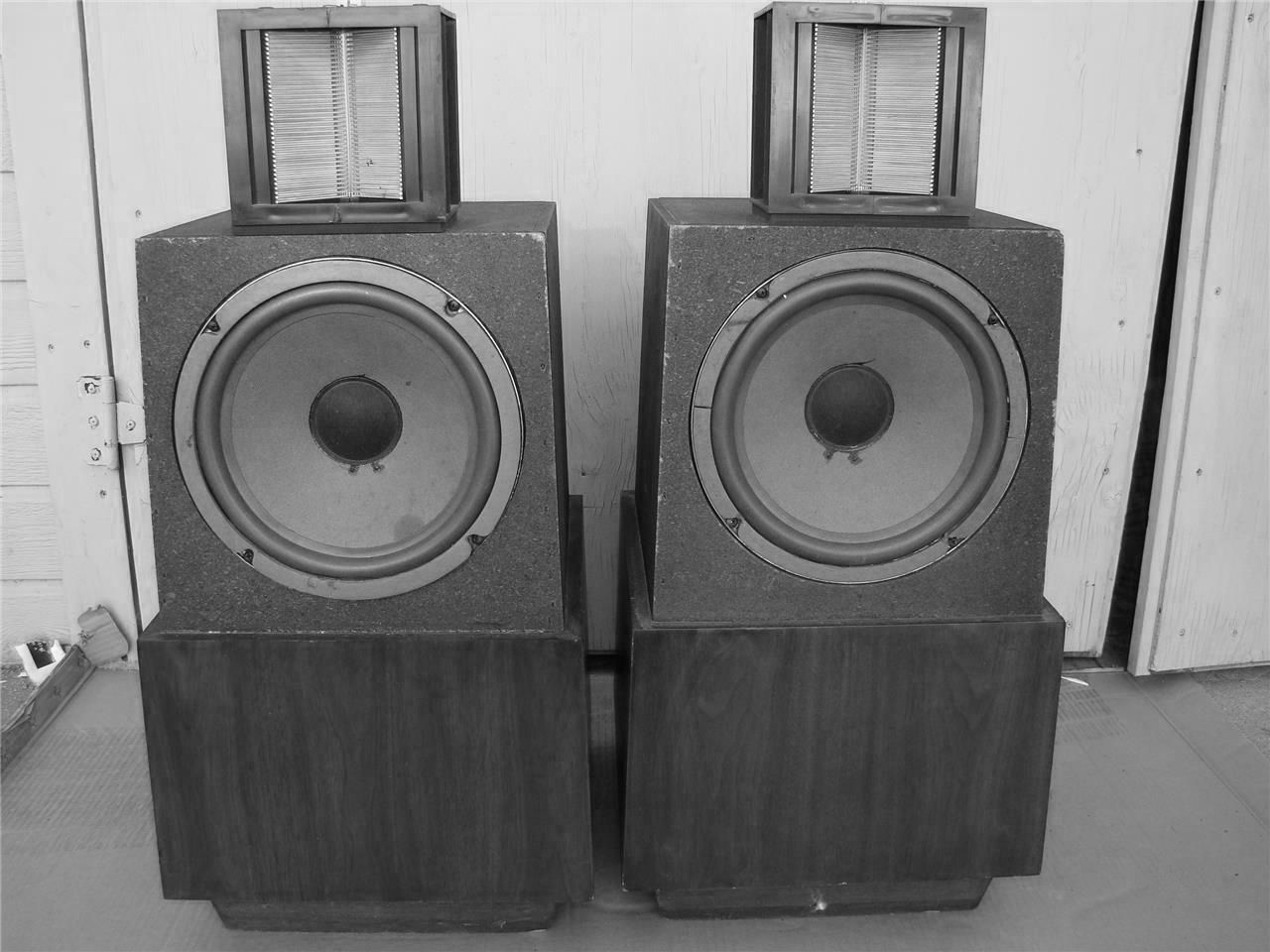

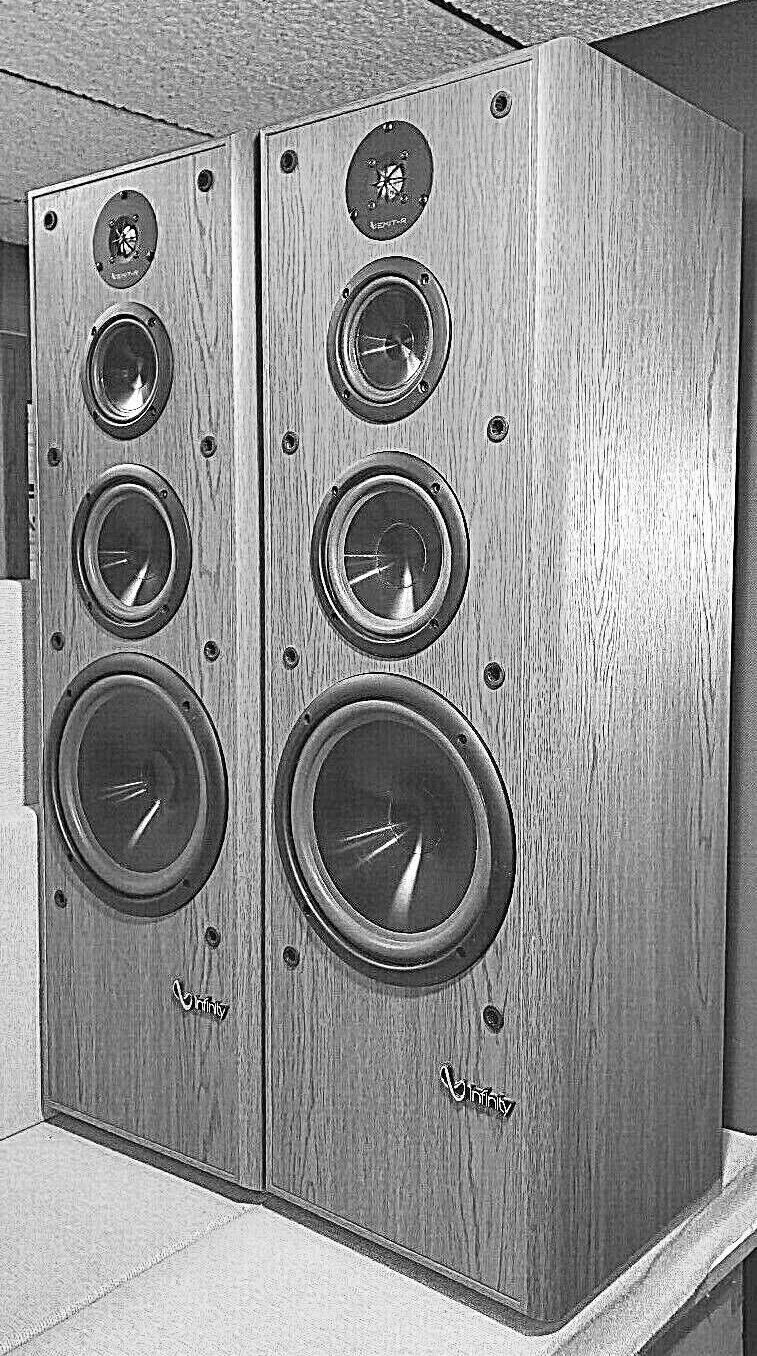
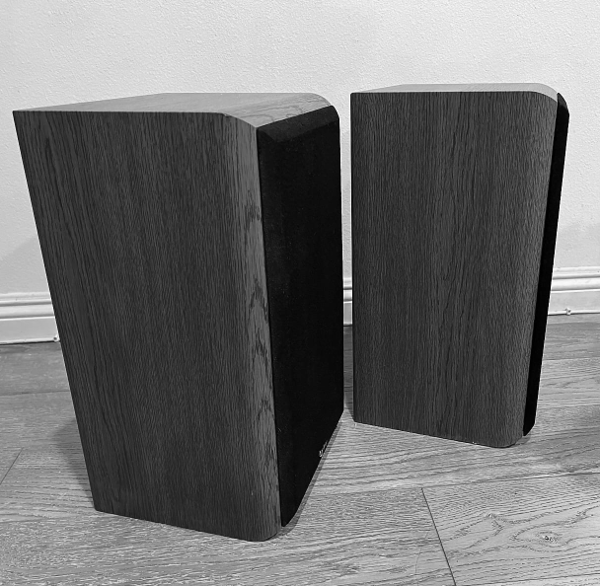
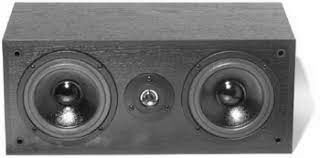

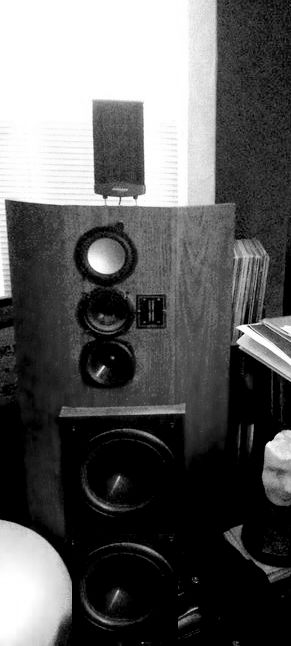
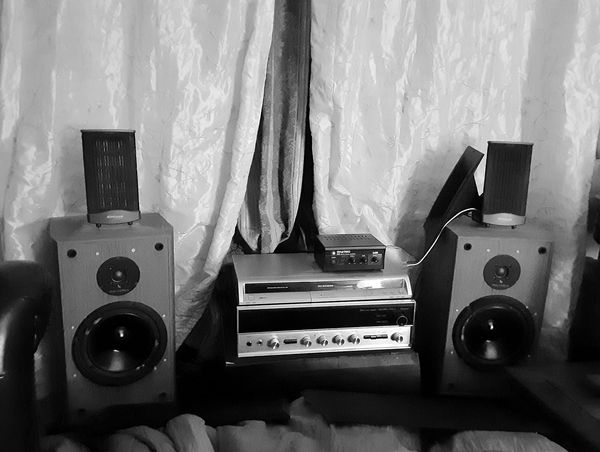

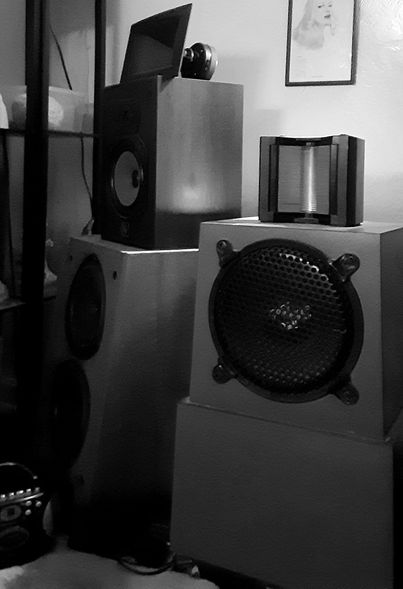
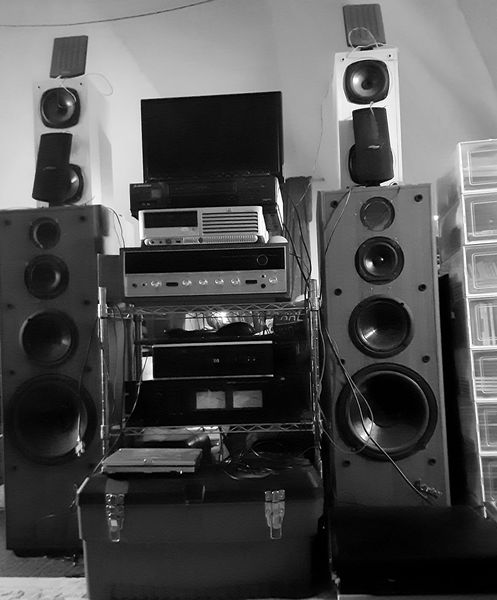

A FEW GENESIS TRANSLITERATION CORRECTIONS AND ETYMOLOGICAL HYPOTHESES


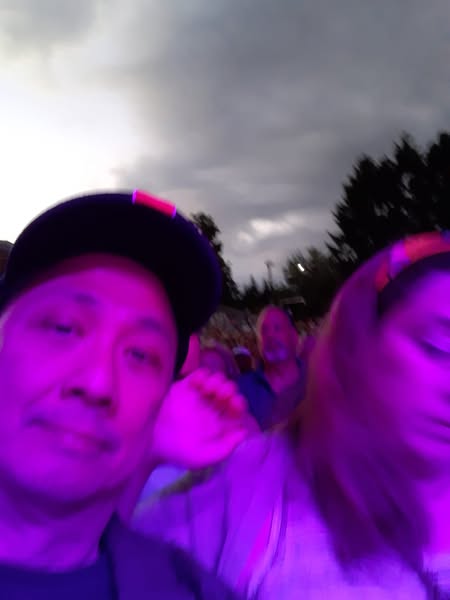

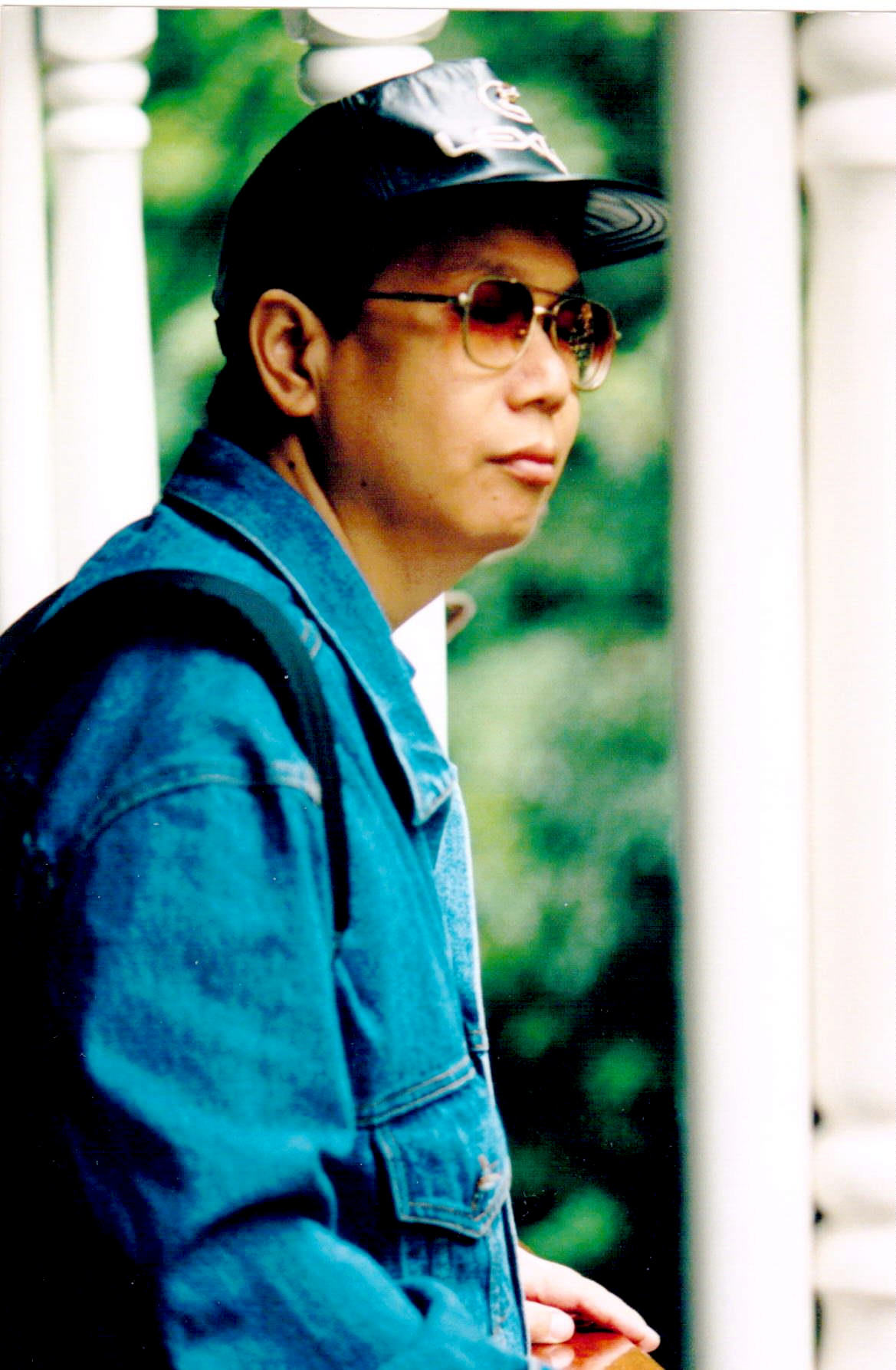
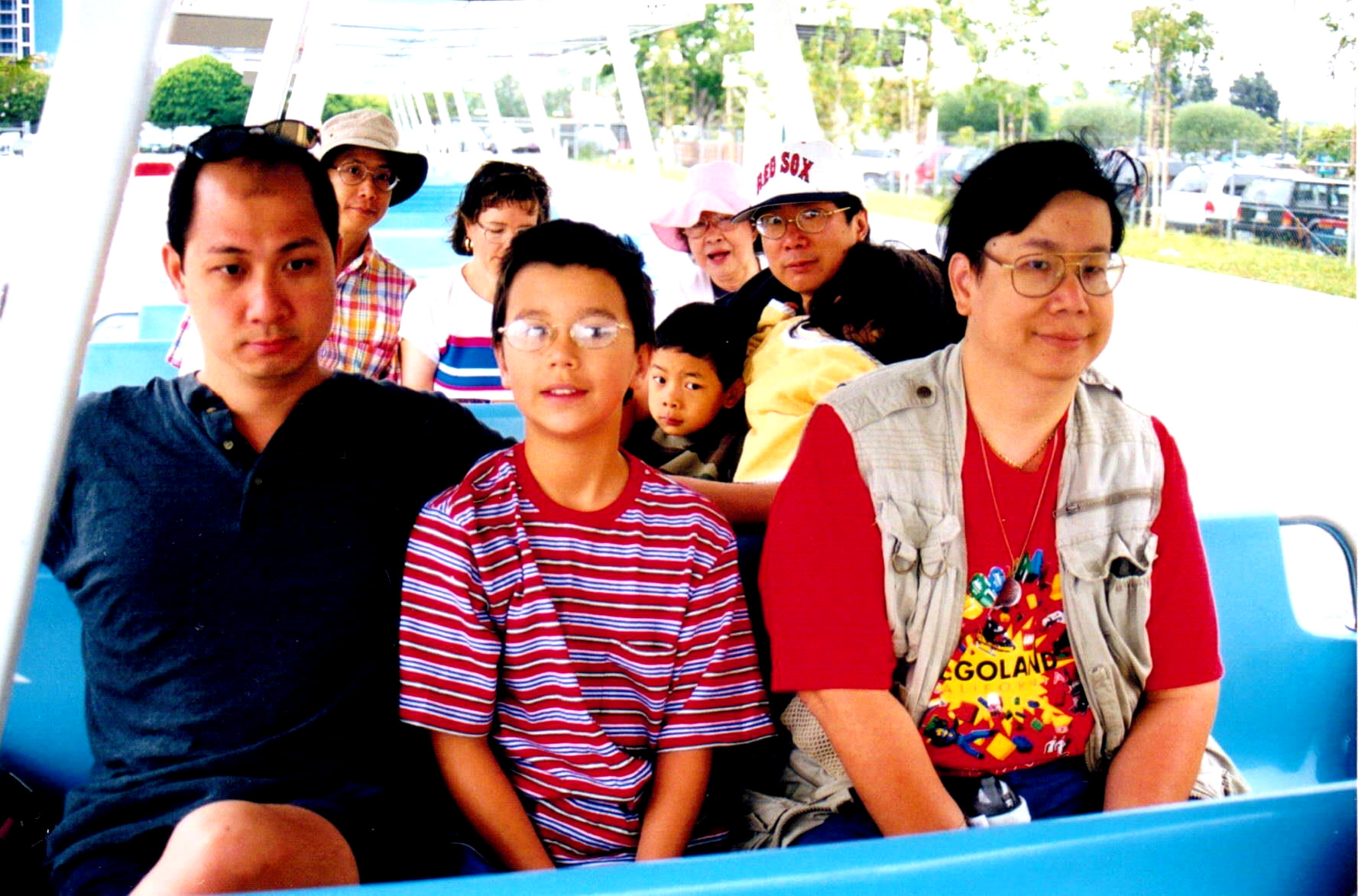

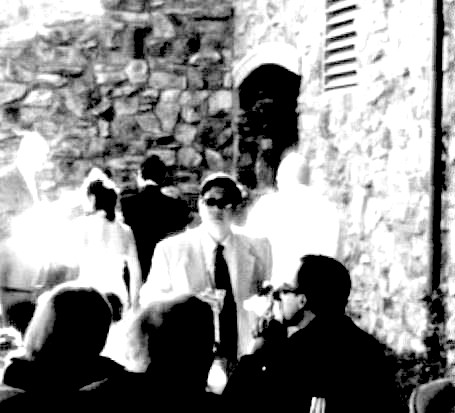
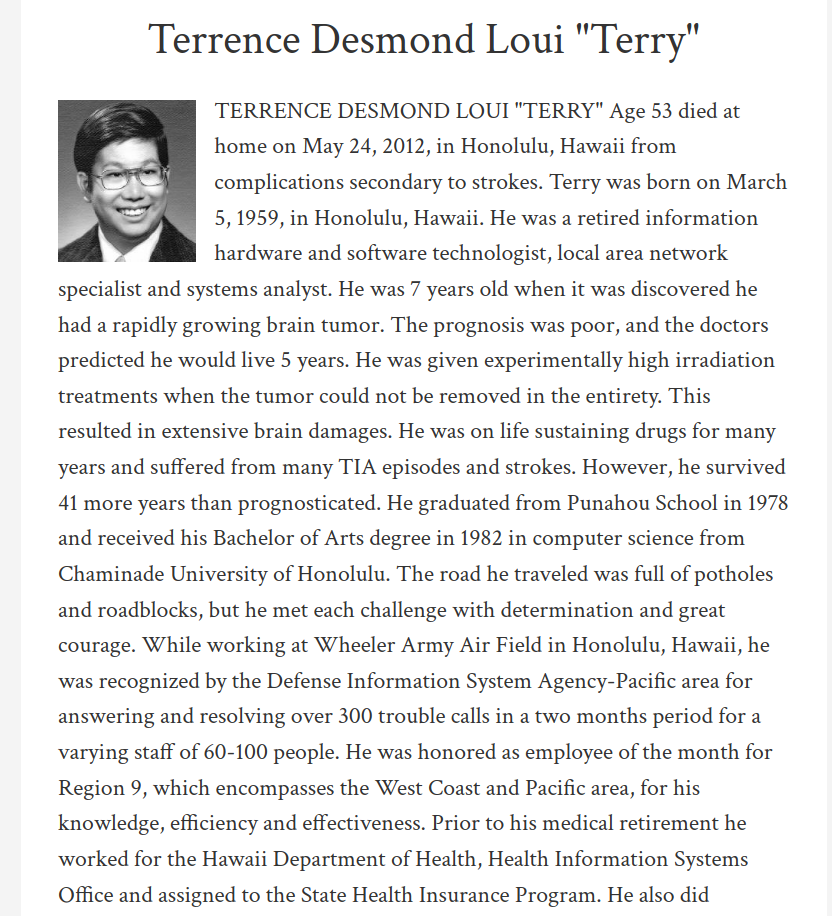
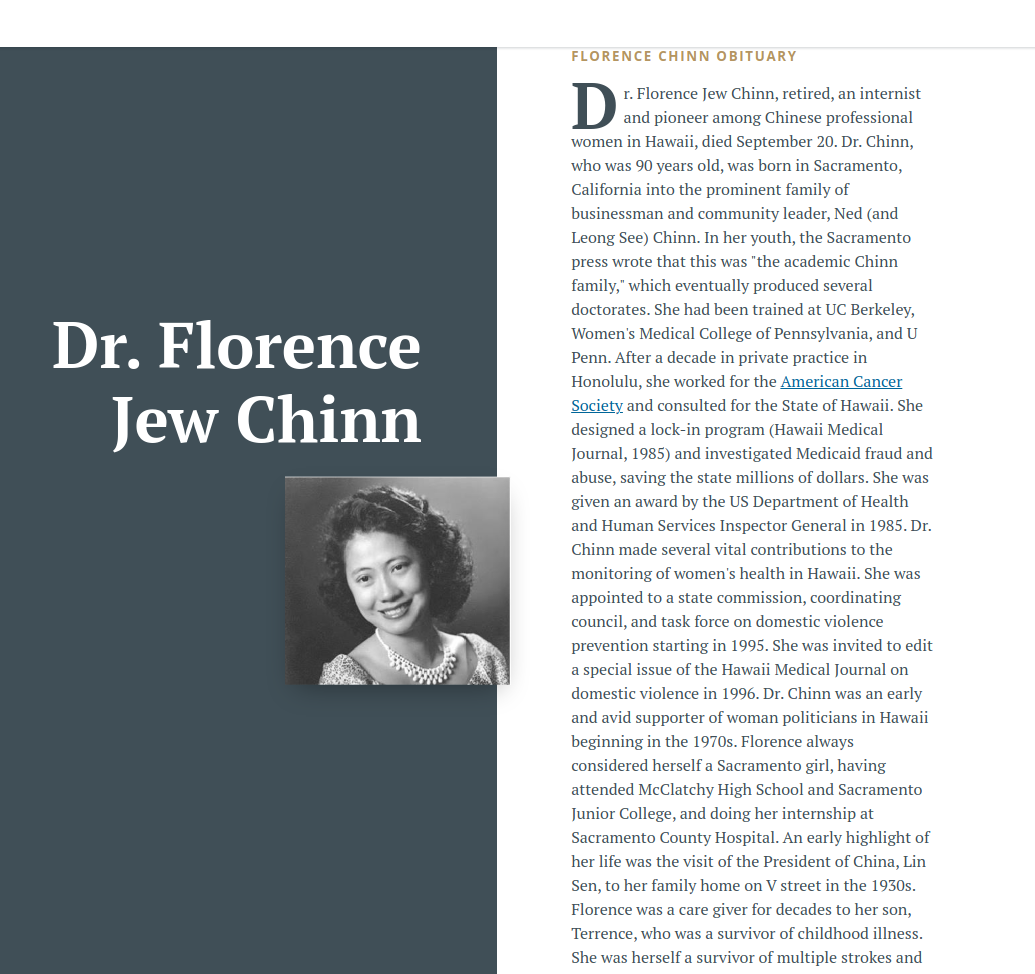
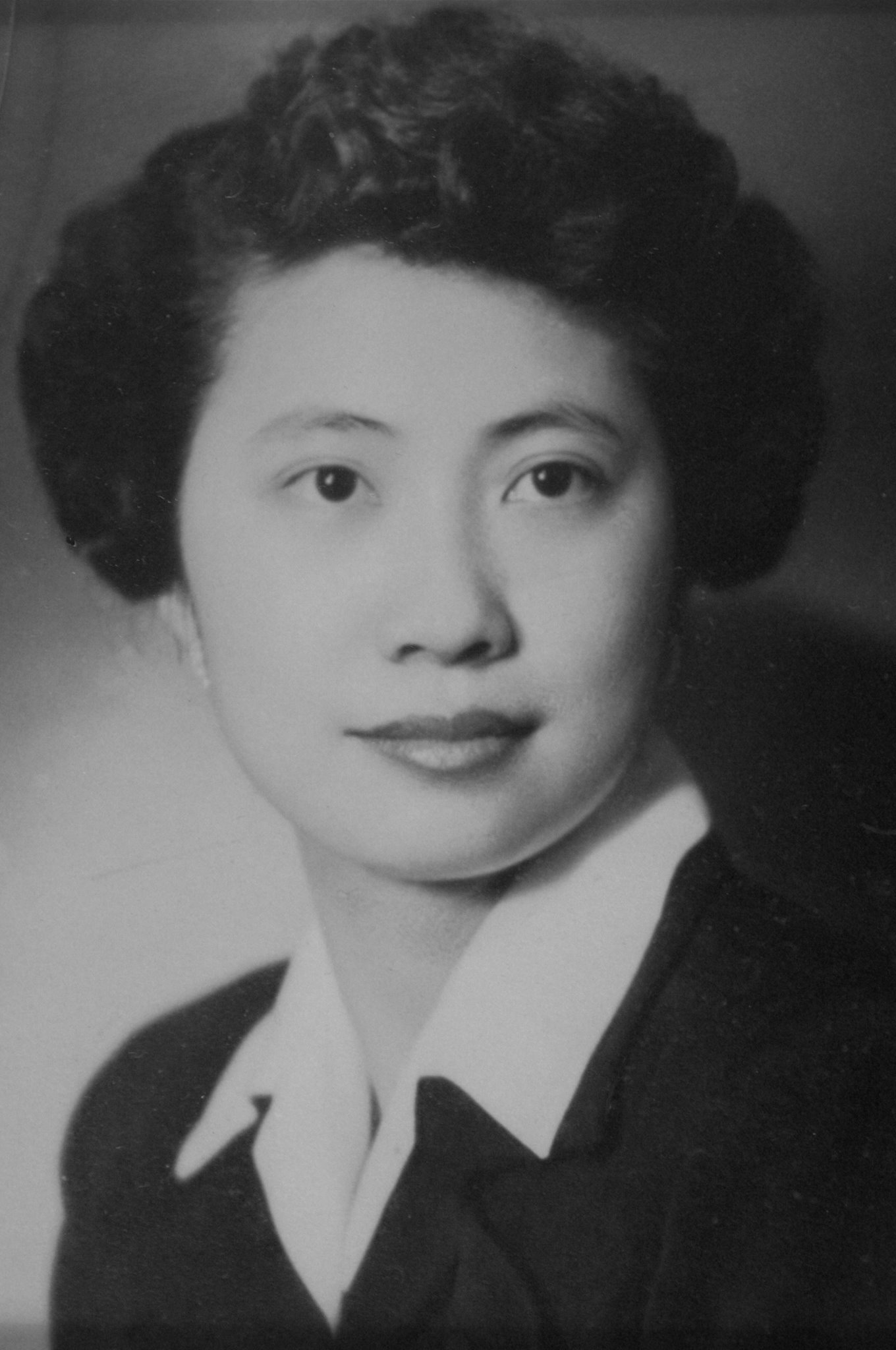
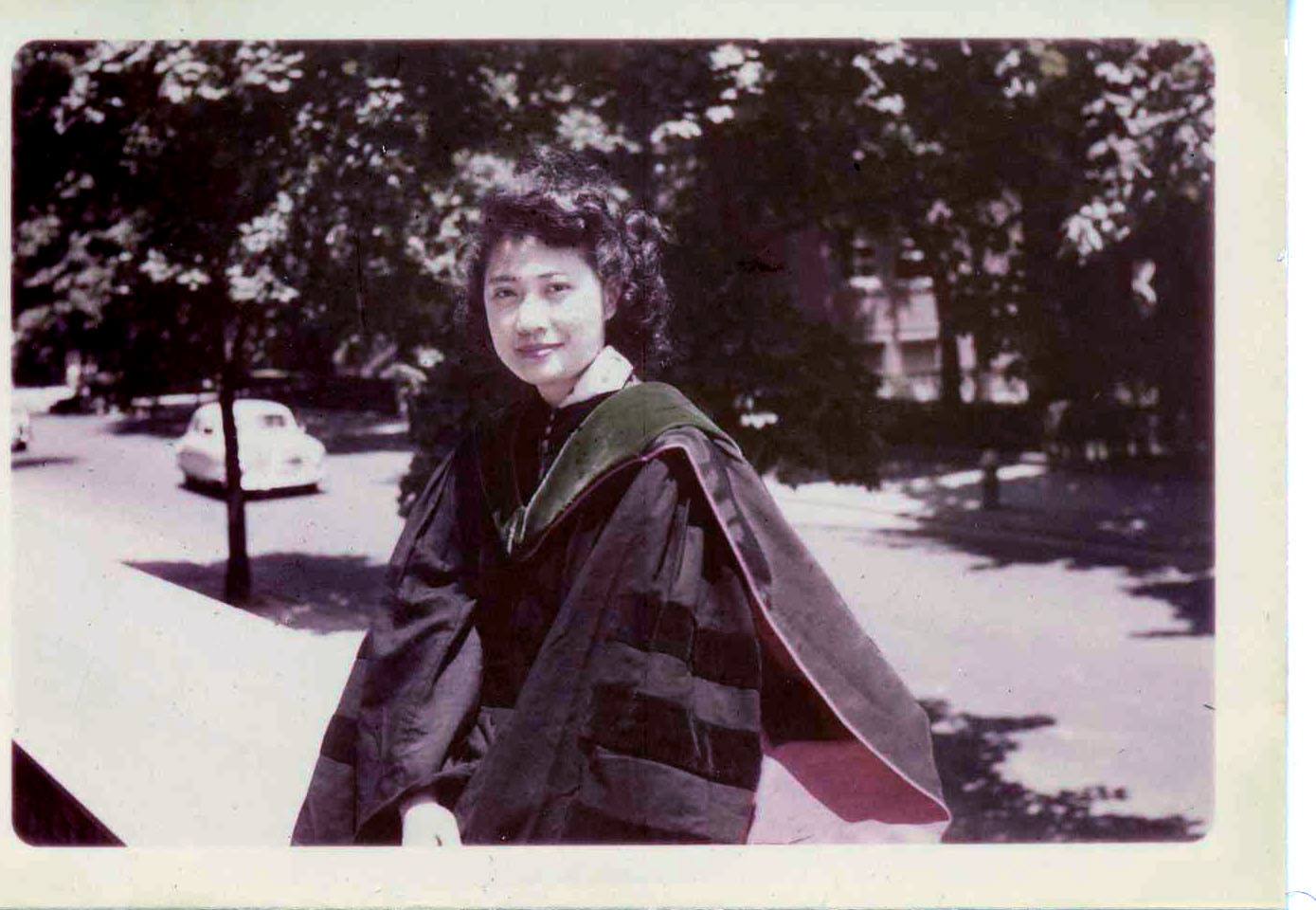
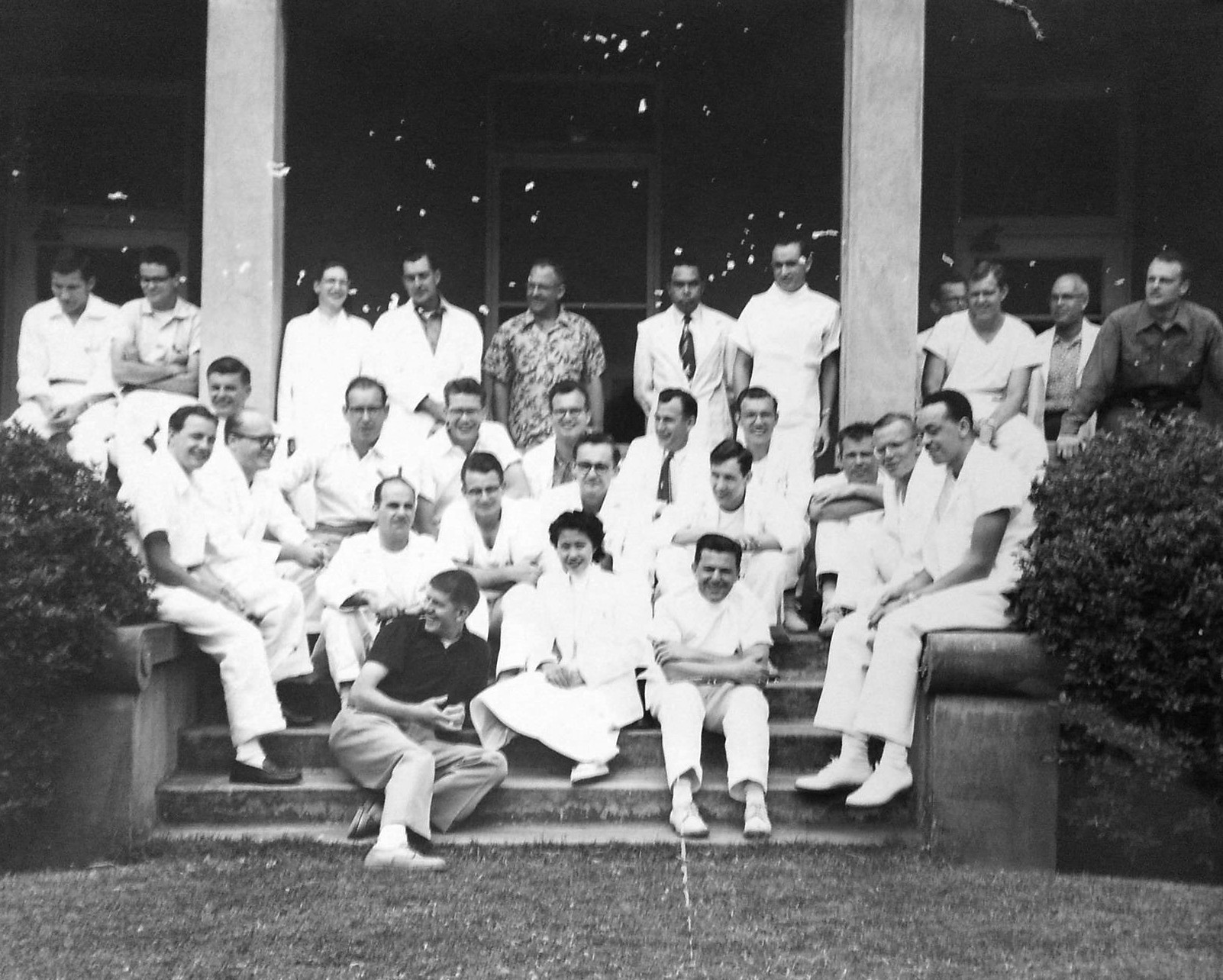

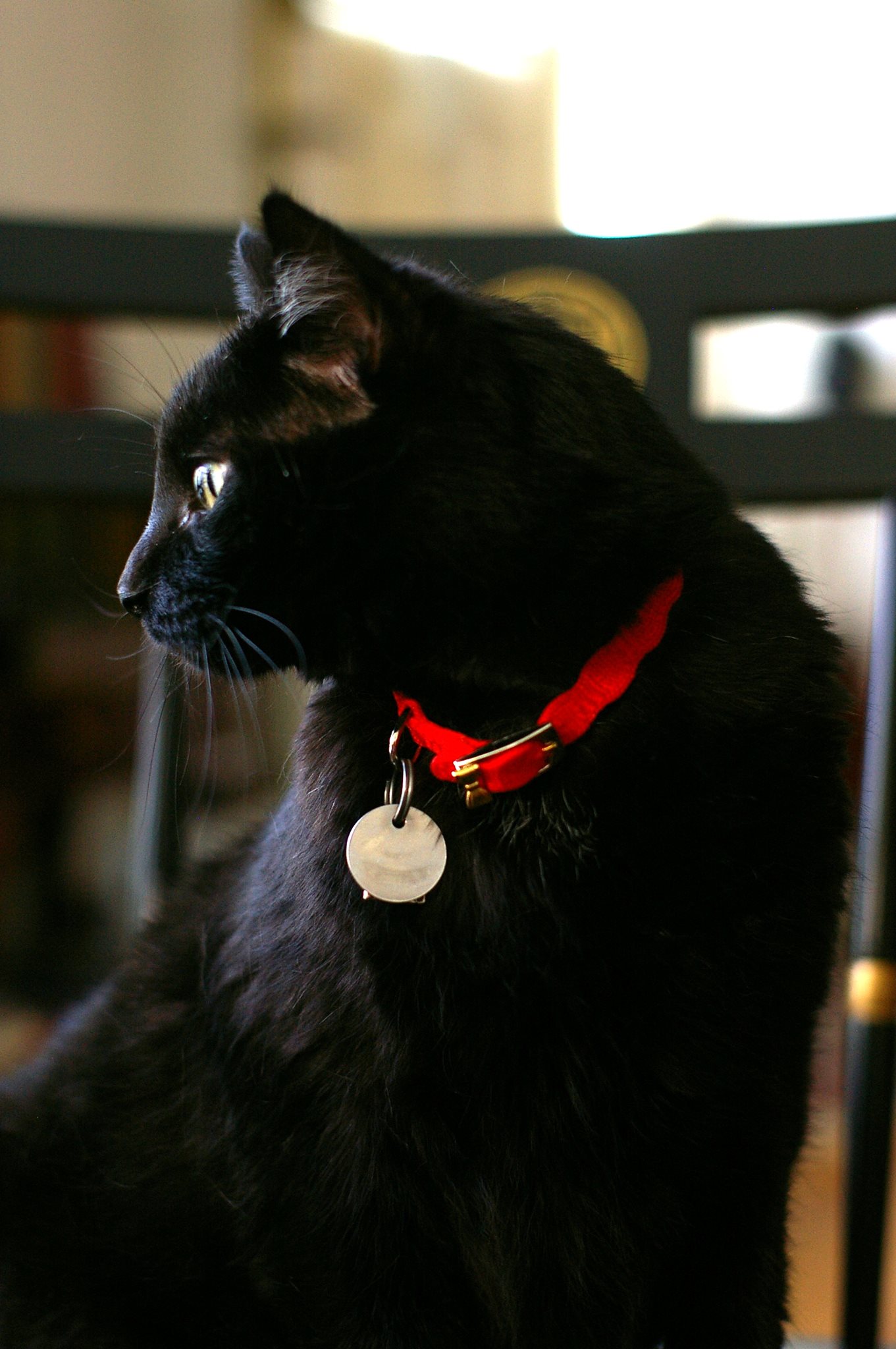
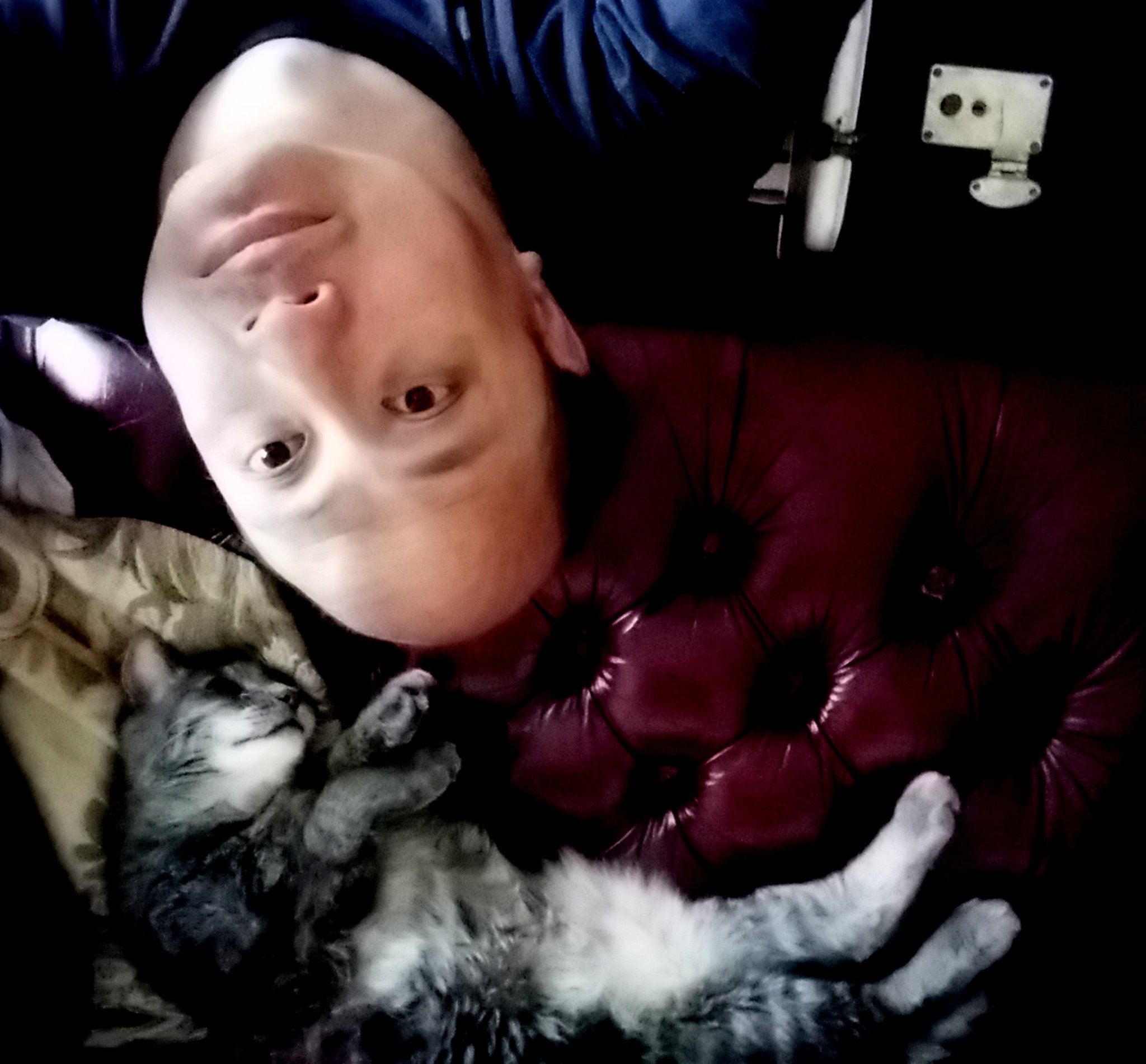



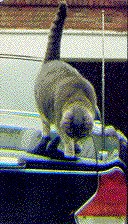
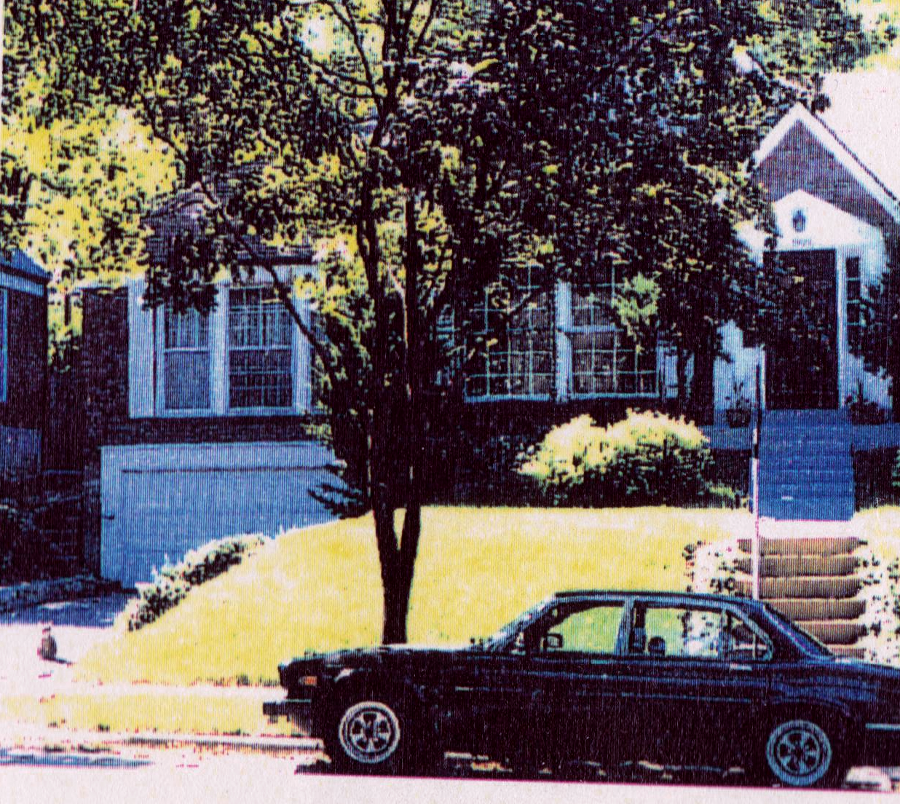

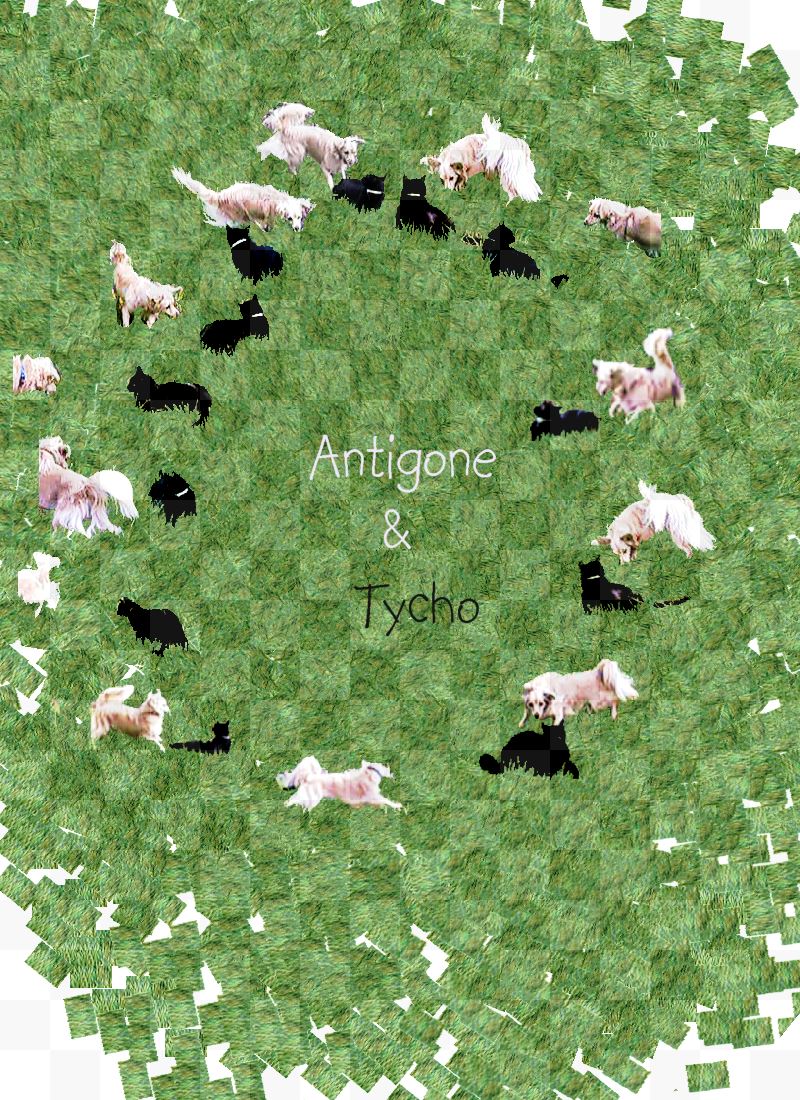


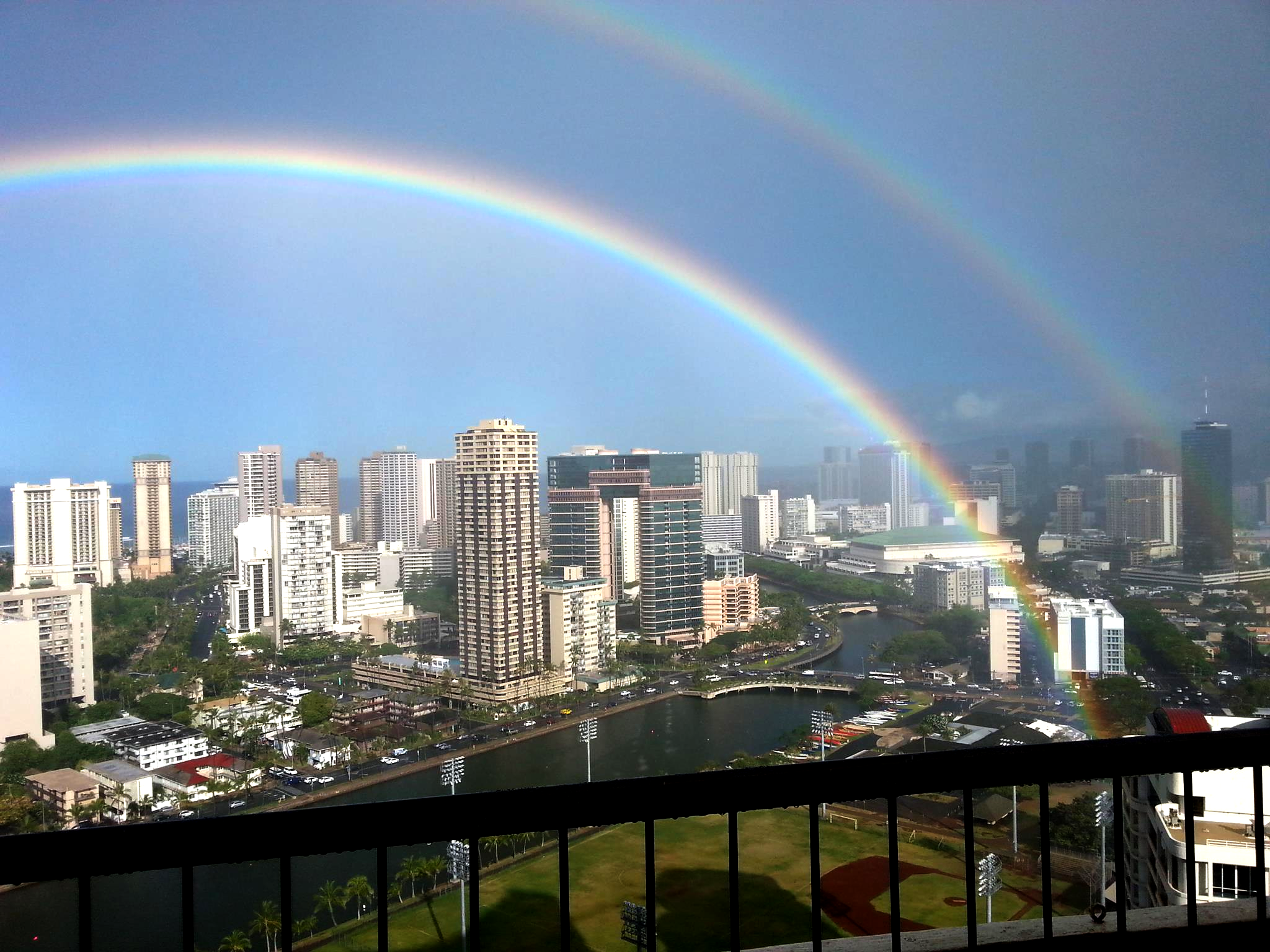
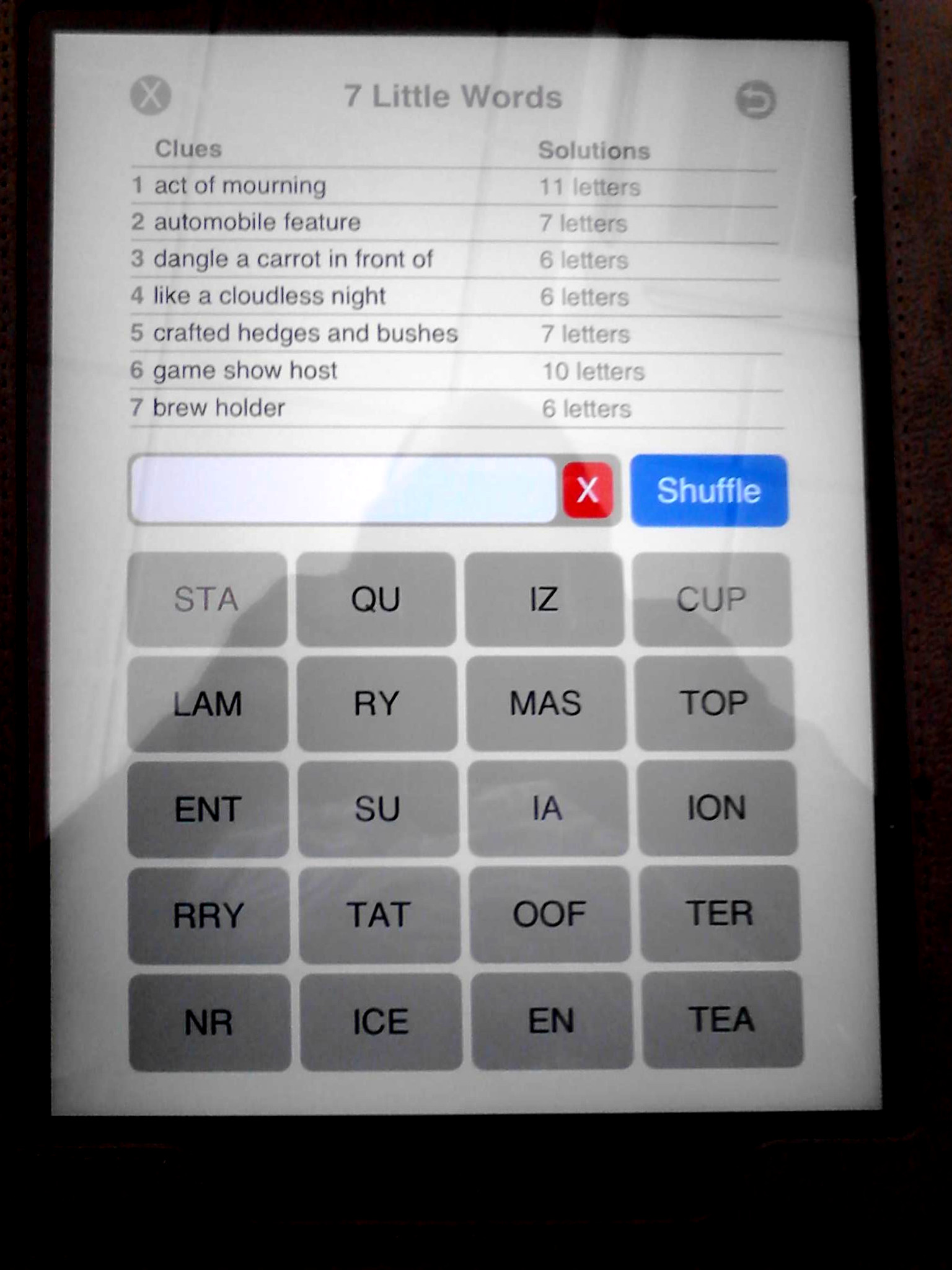


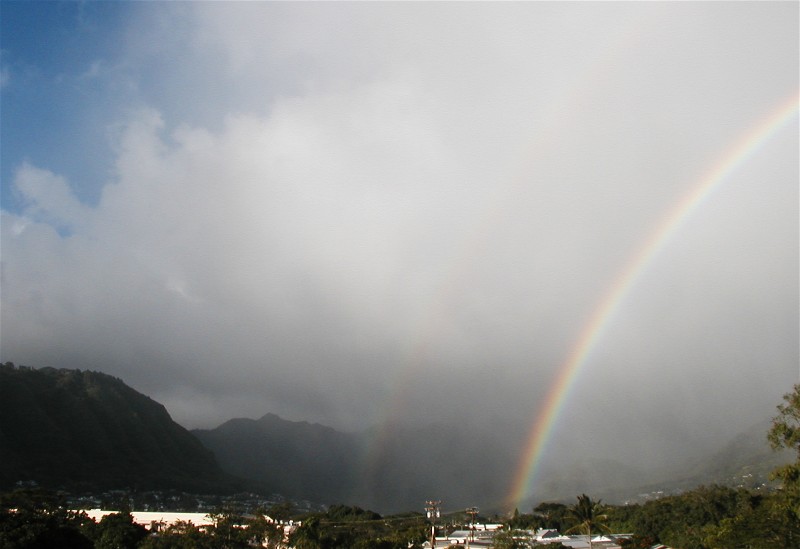
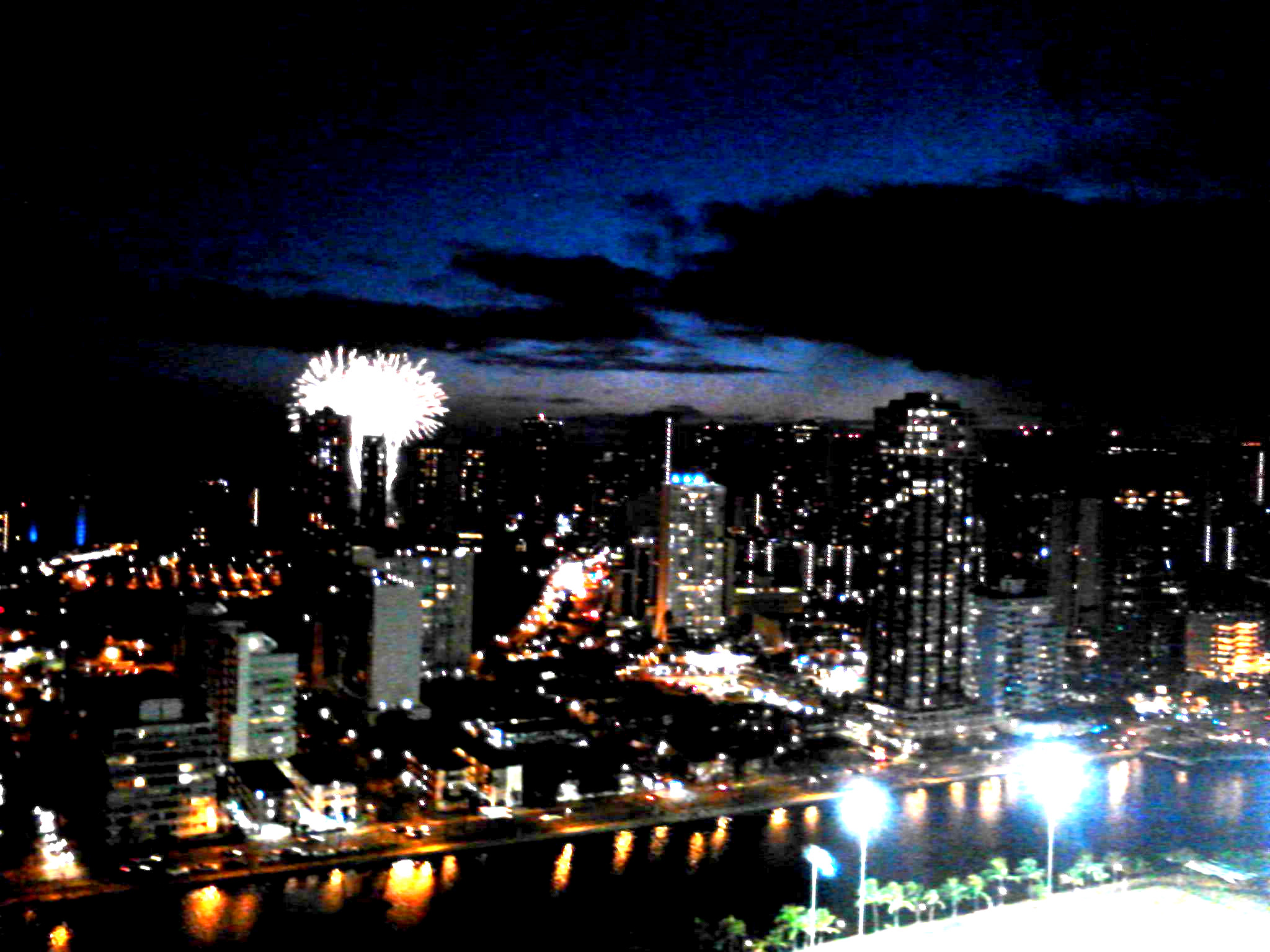
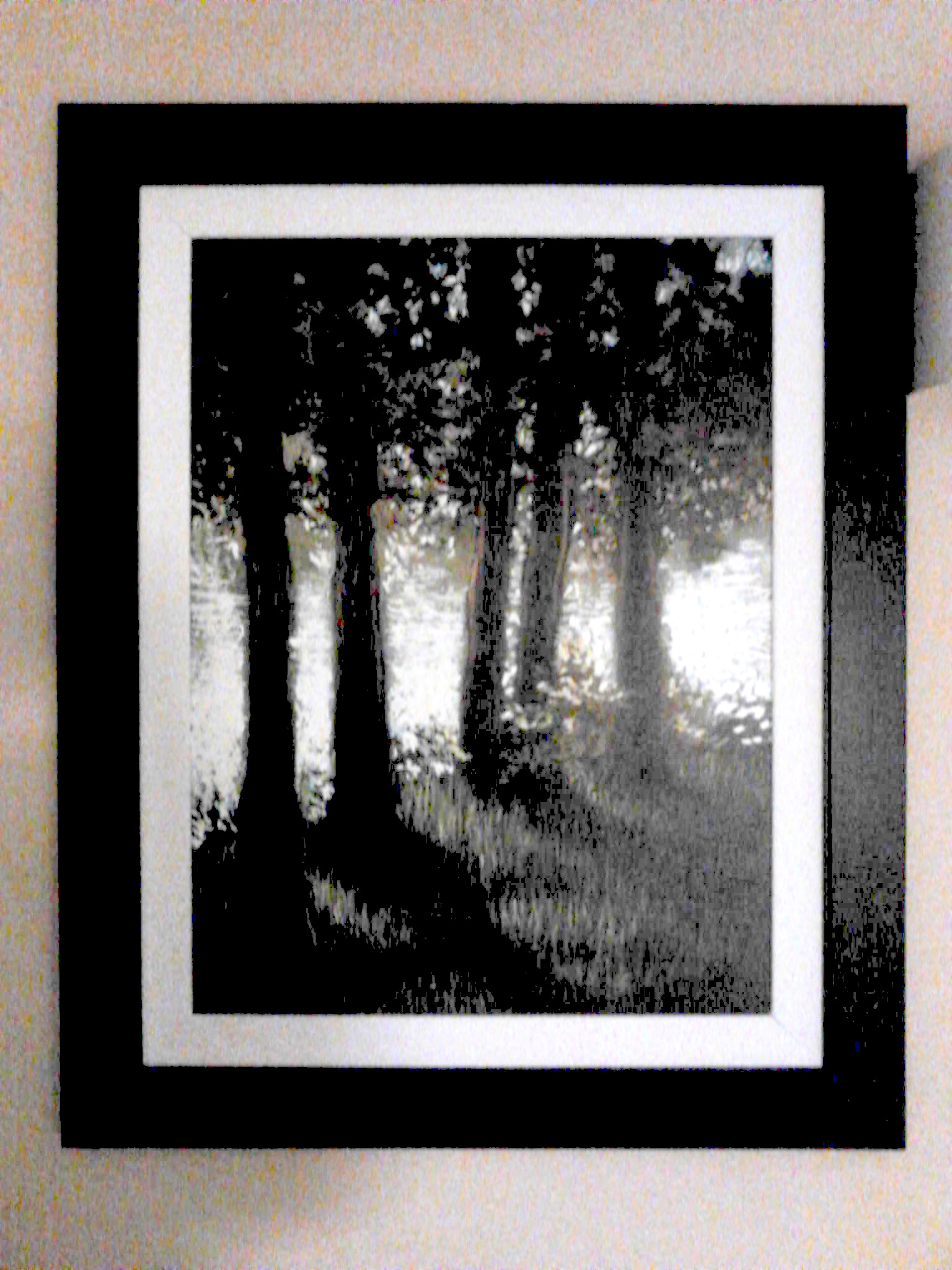

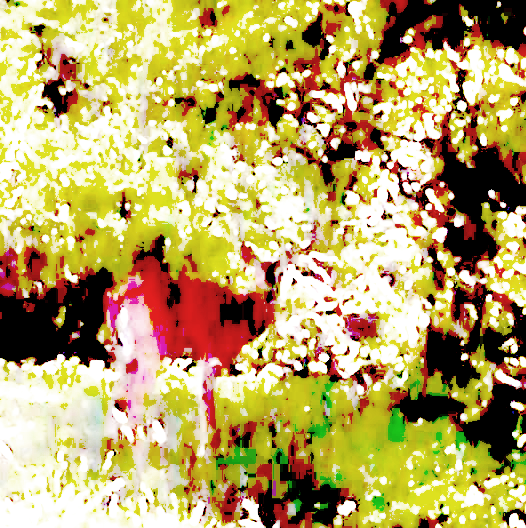
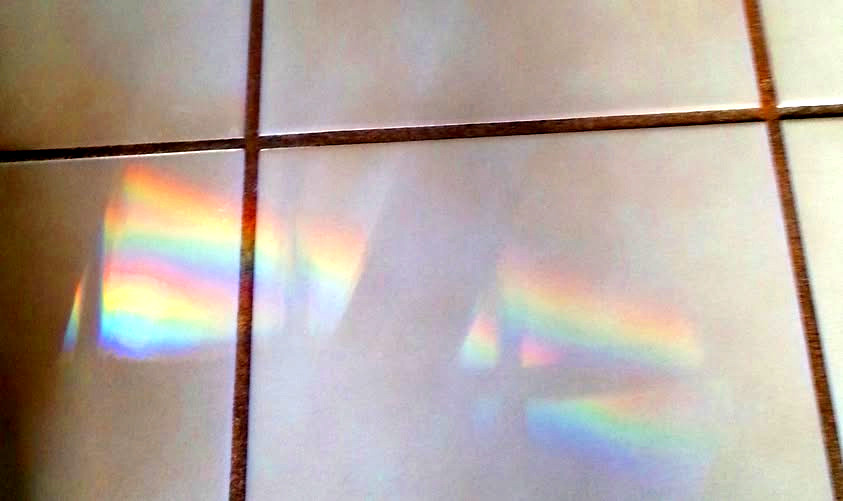

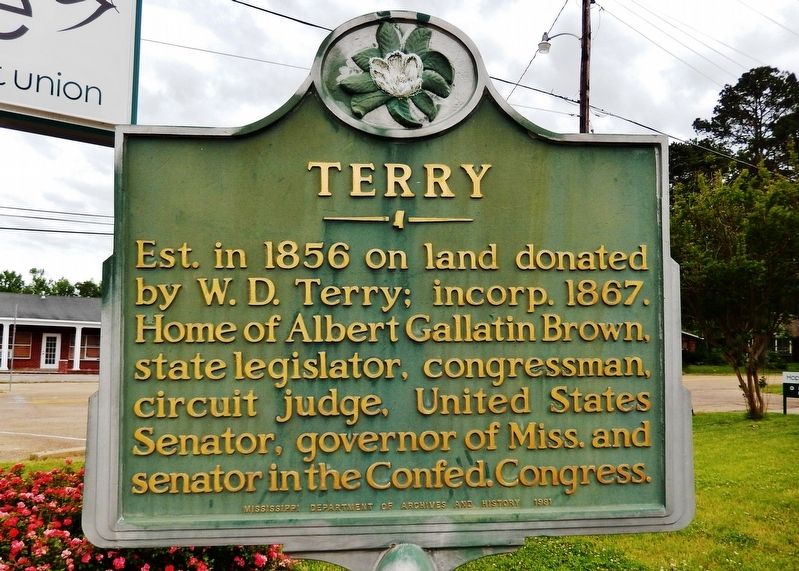
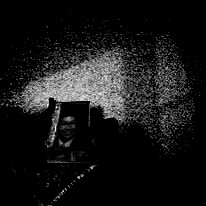

HONOLULU:
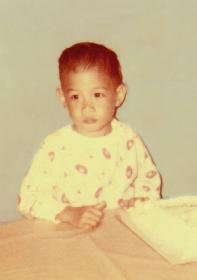
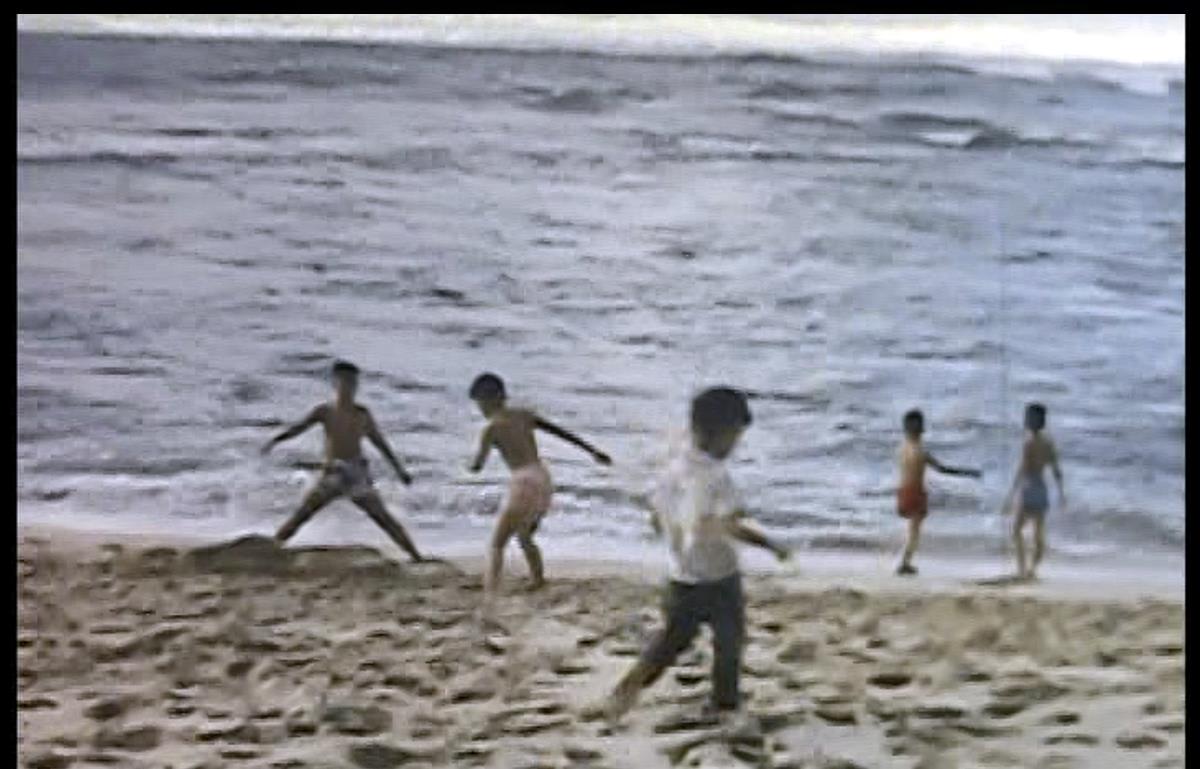
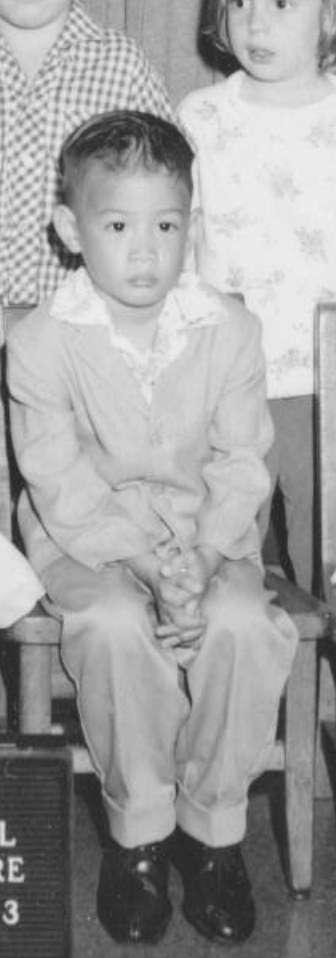
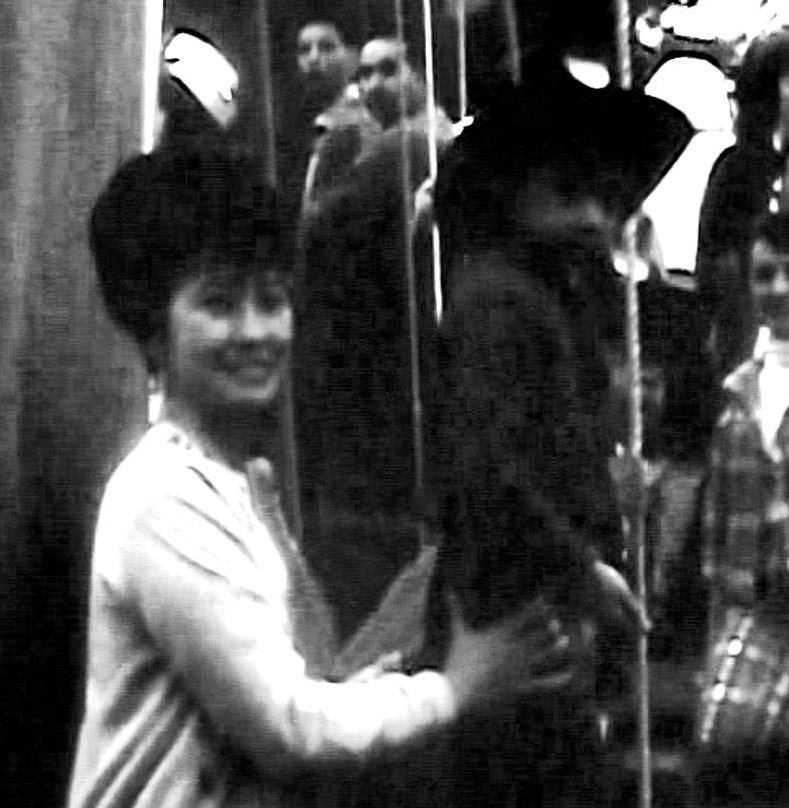
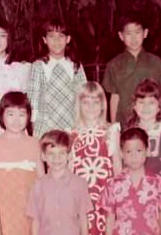
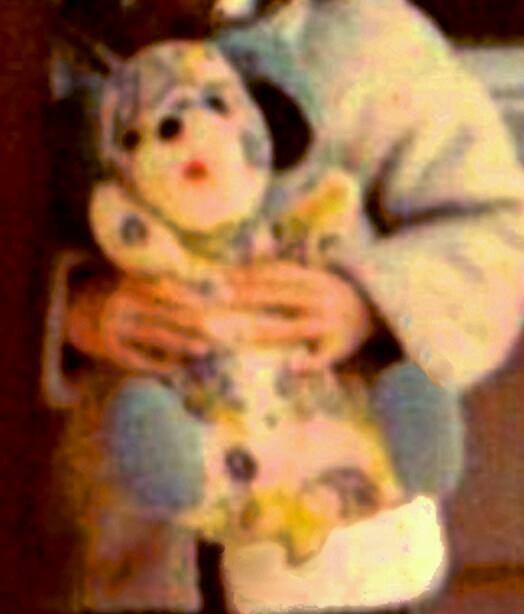


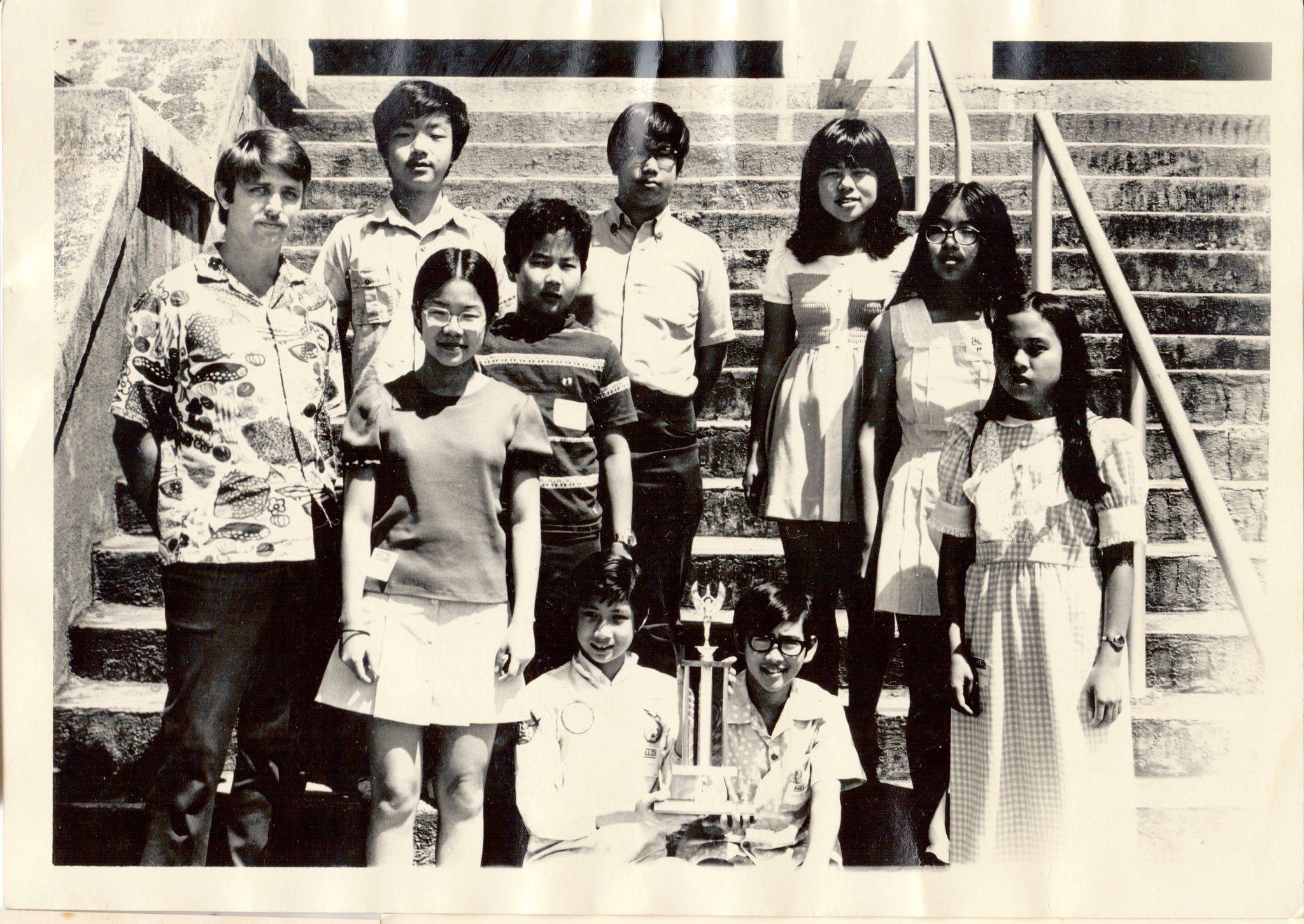
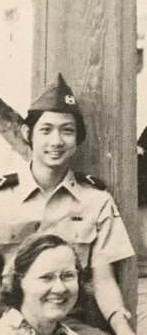
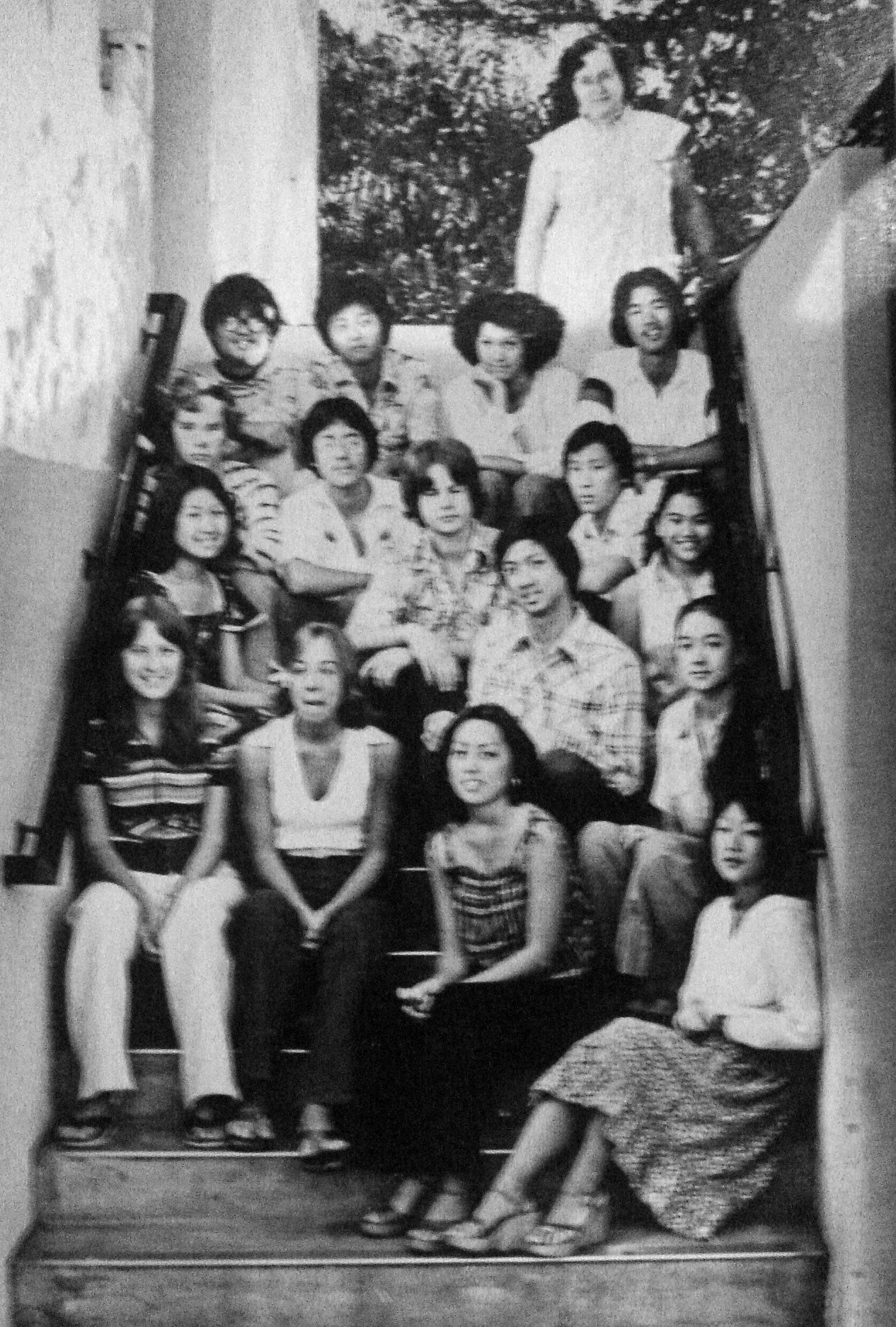

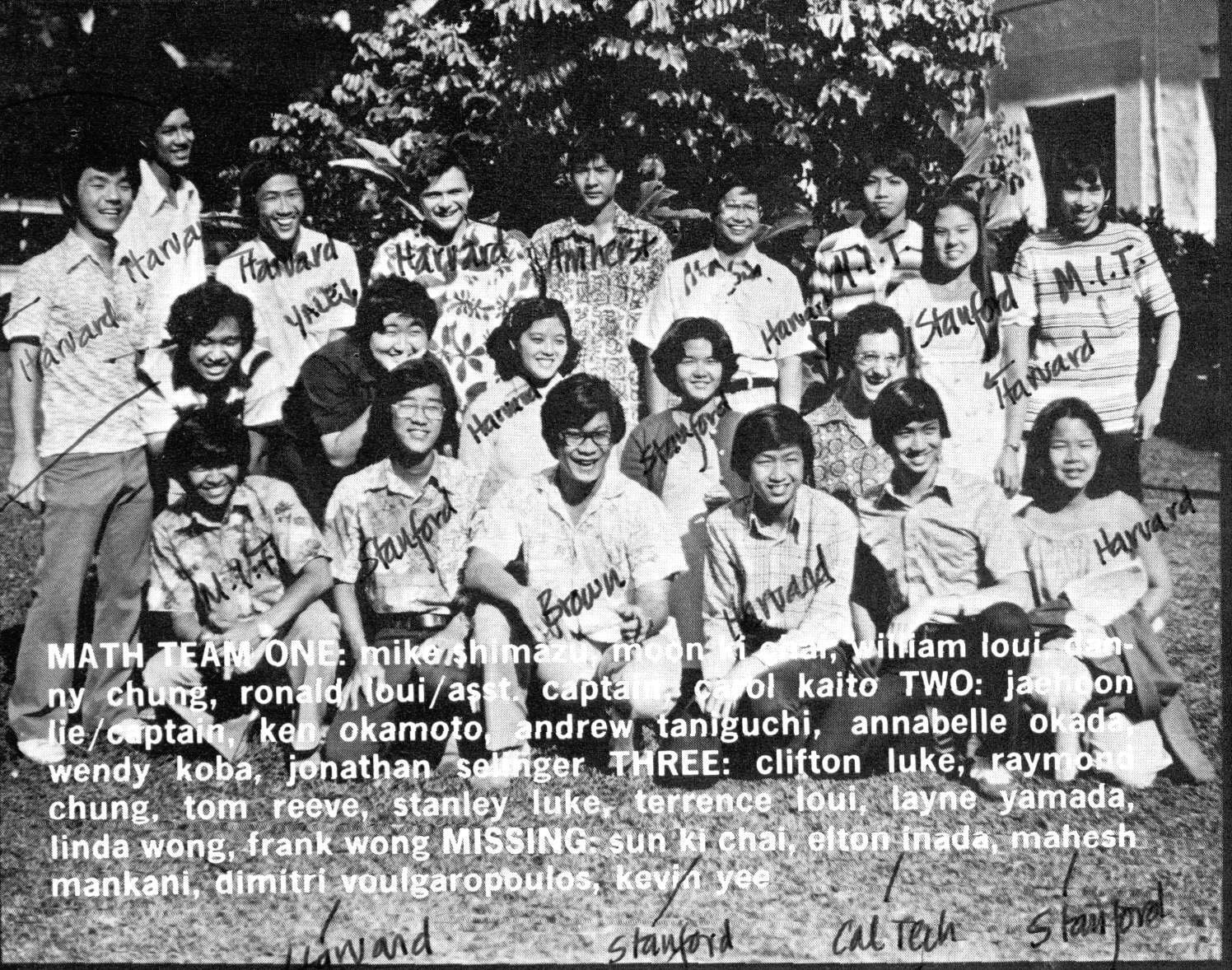
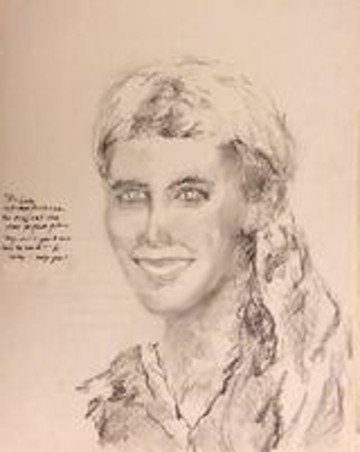

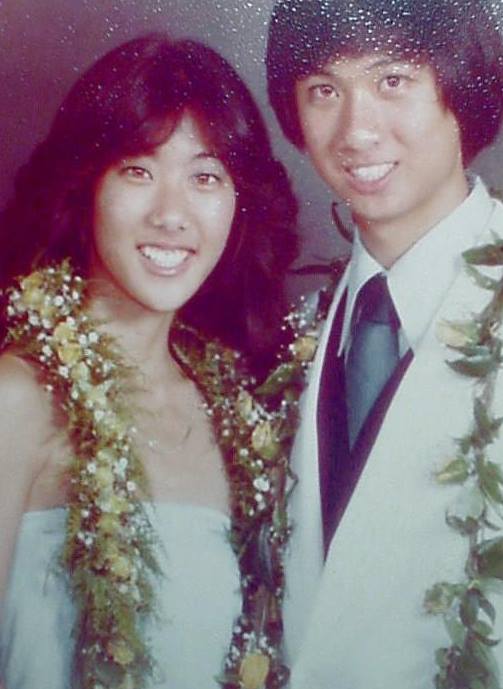
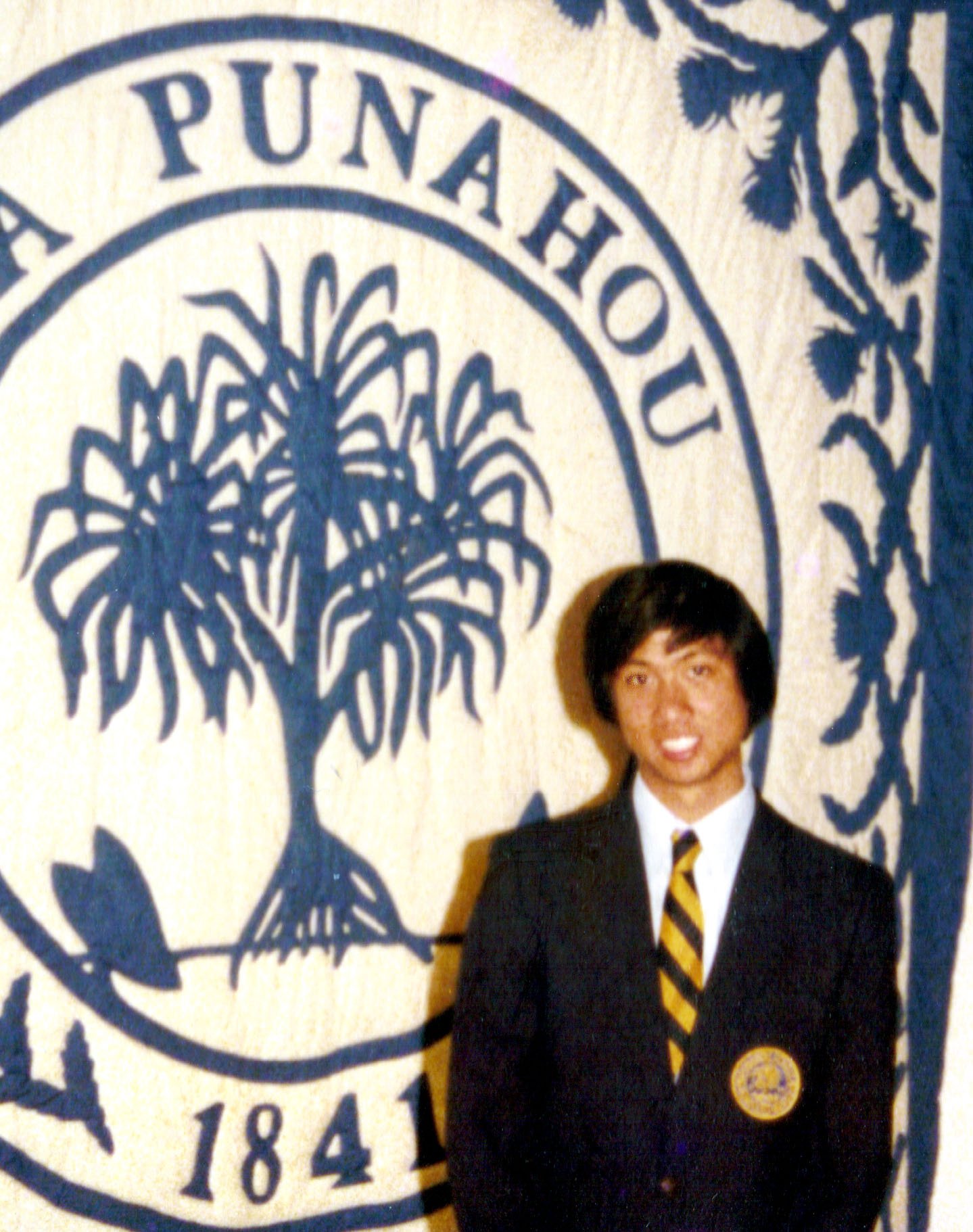
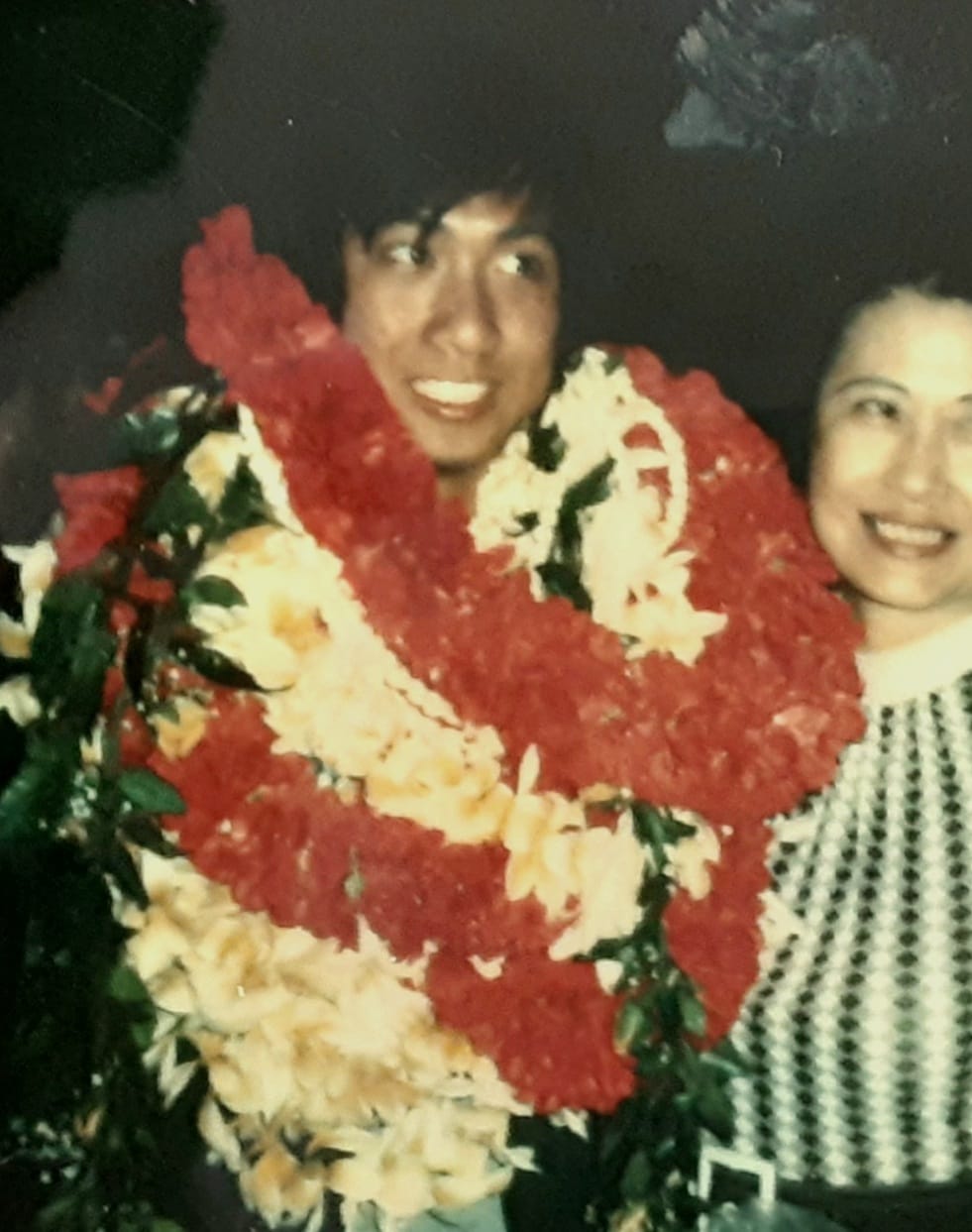
BOSTON:
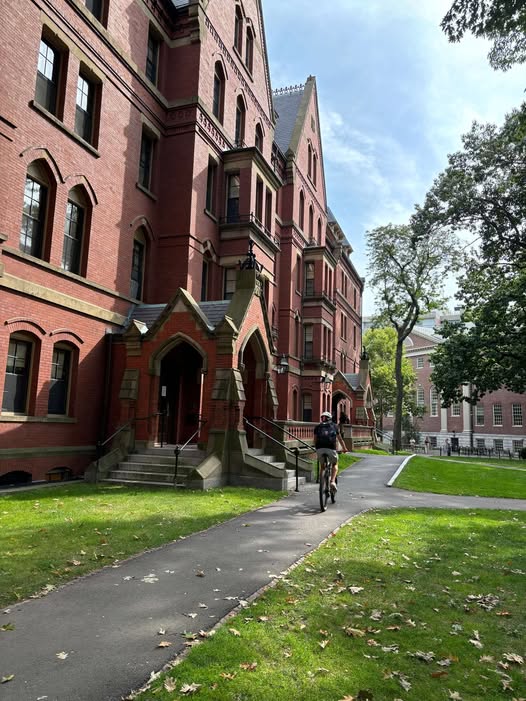
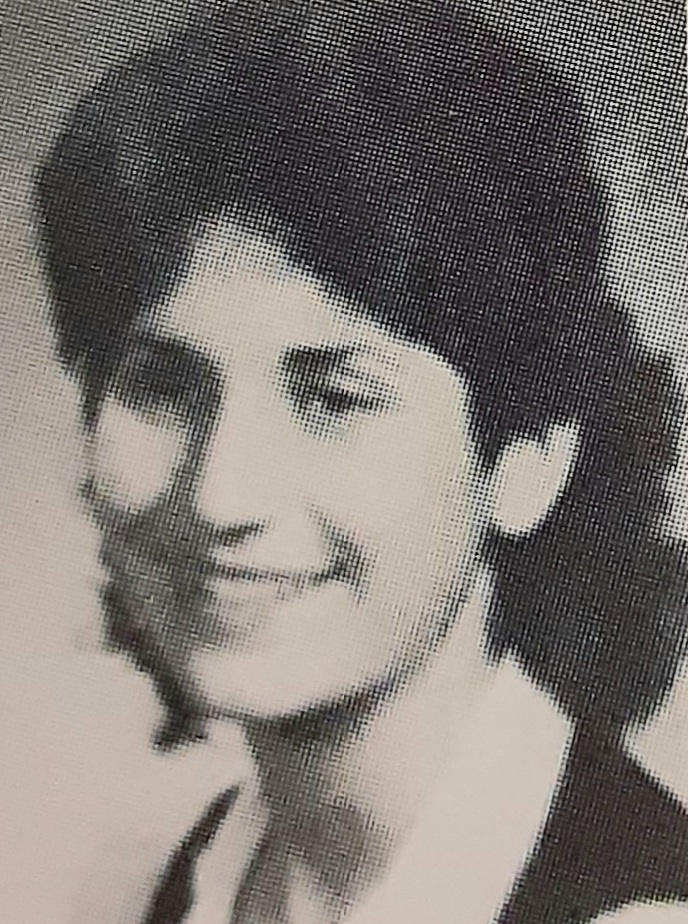
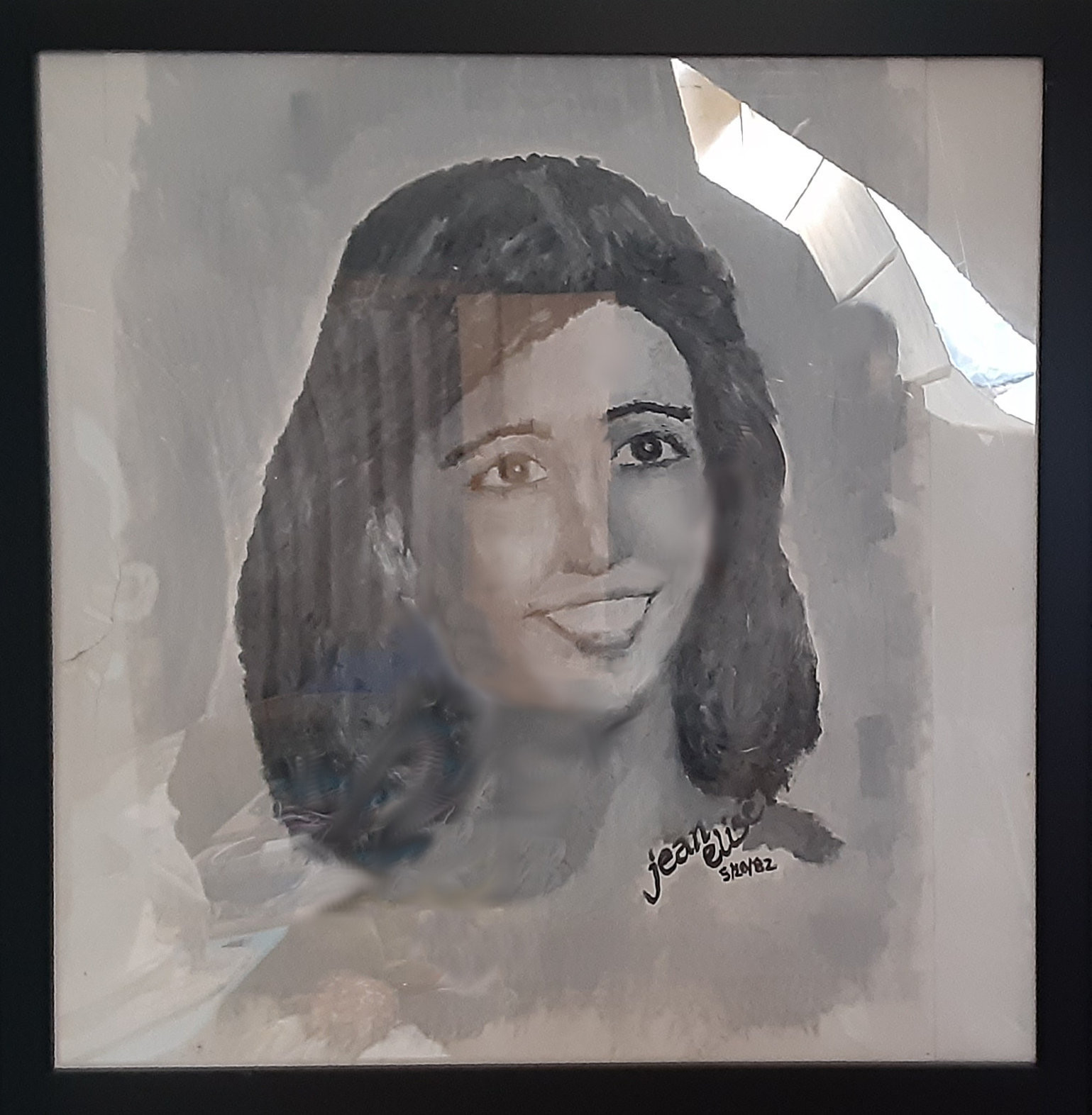
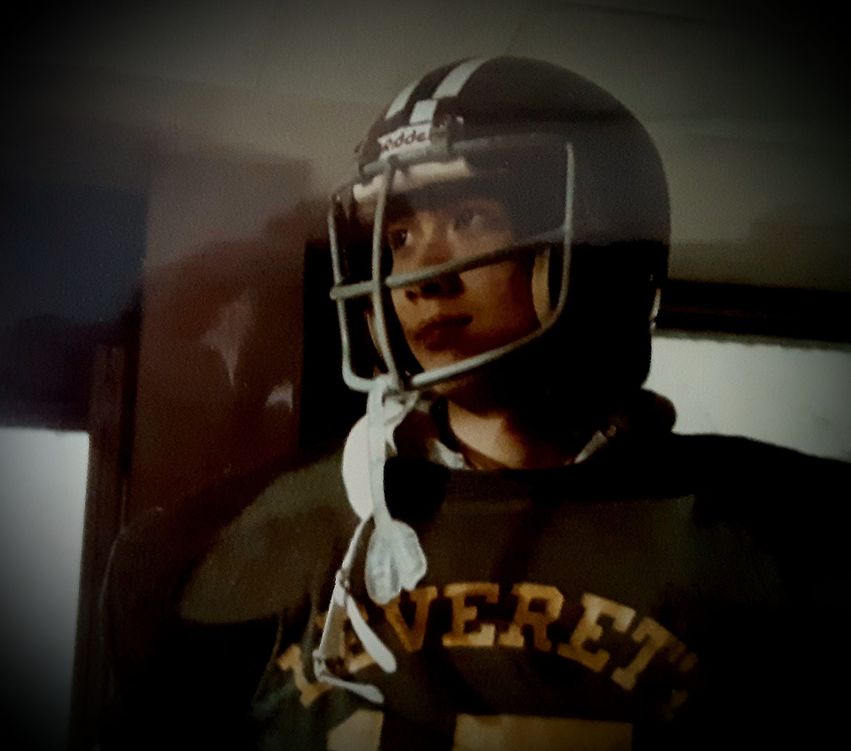
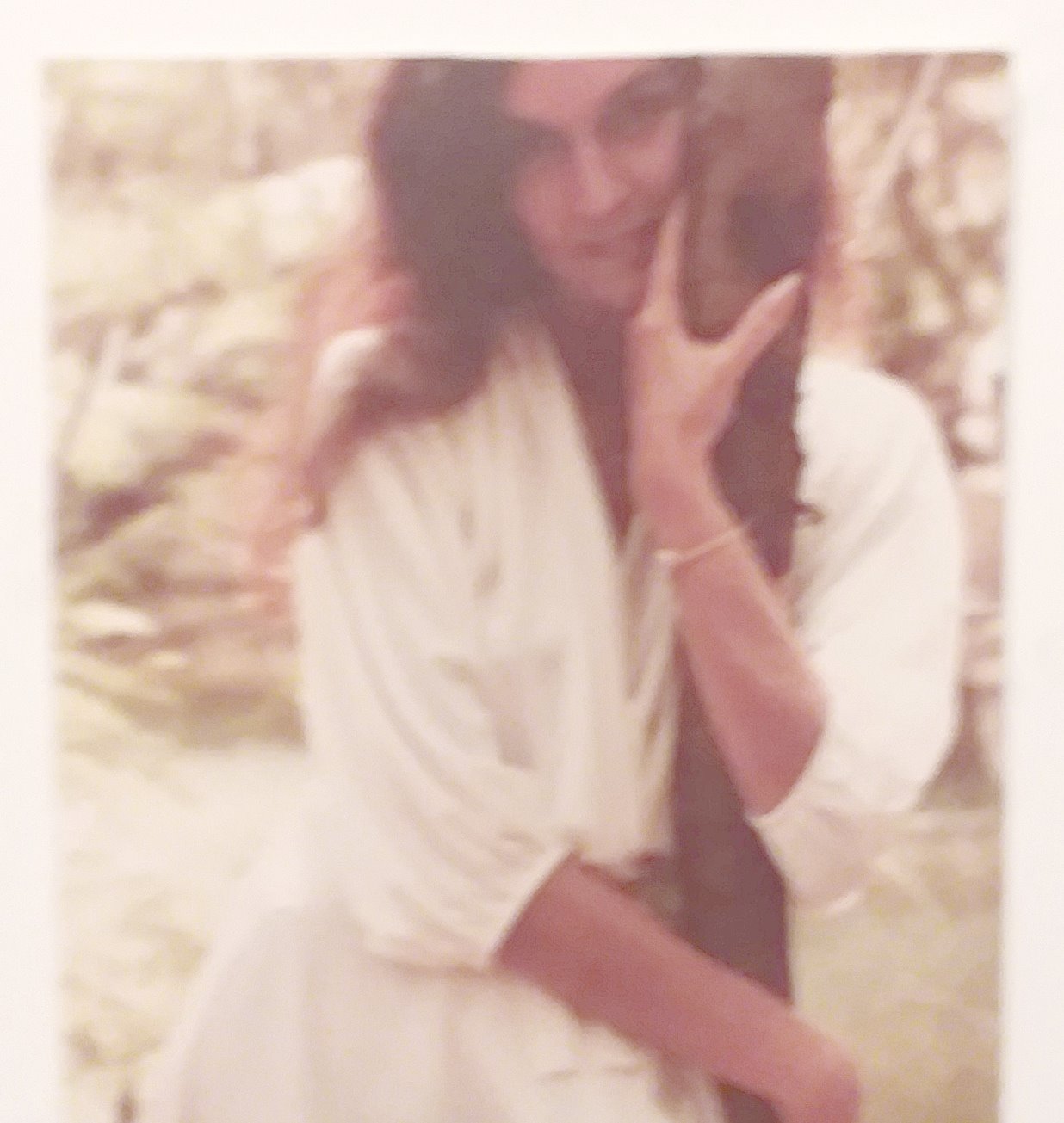
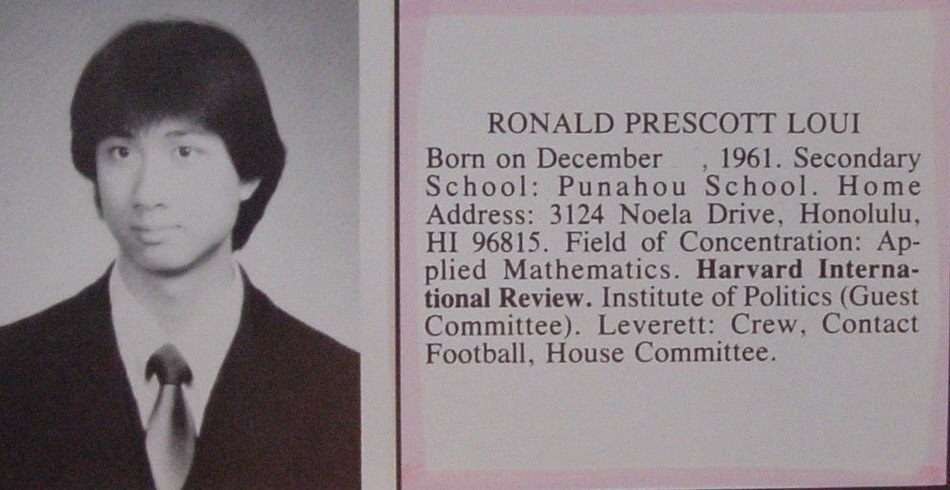
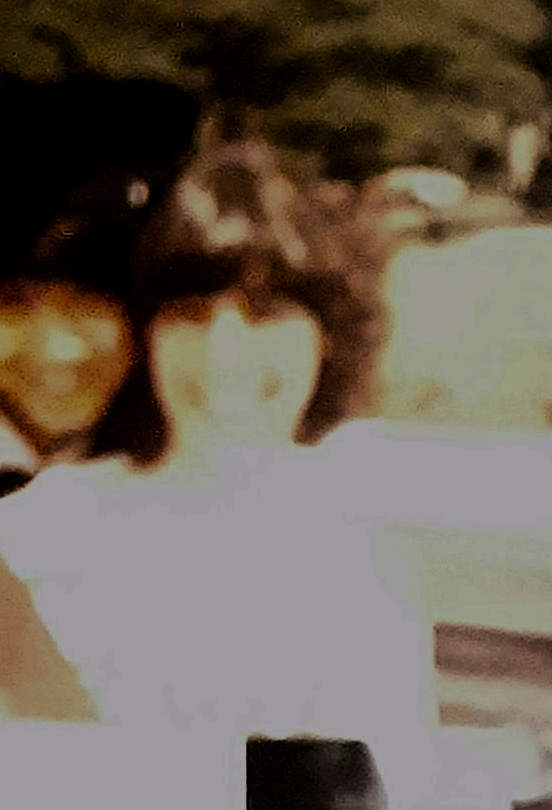
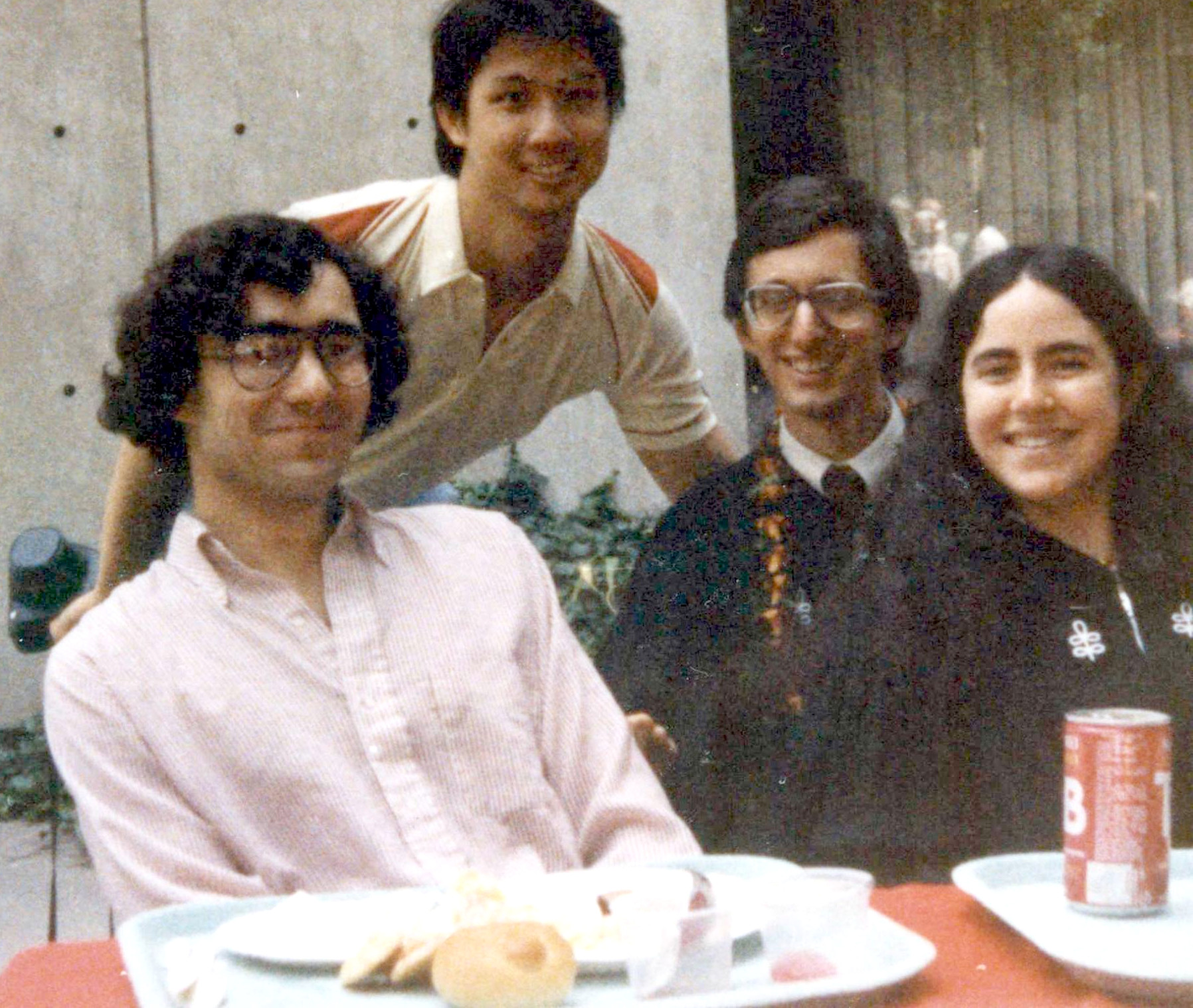
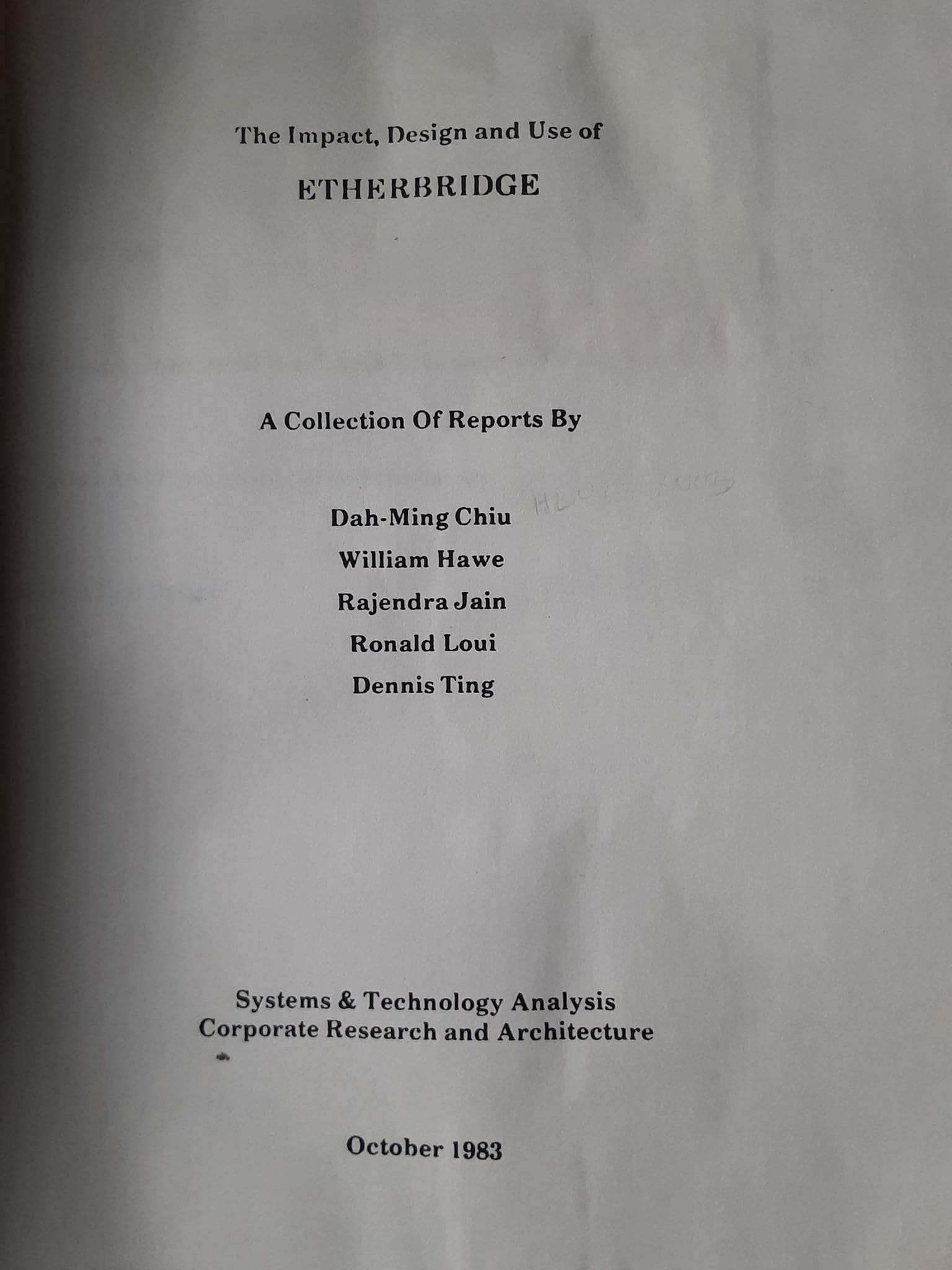

ROCHESTER (NY):



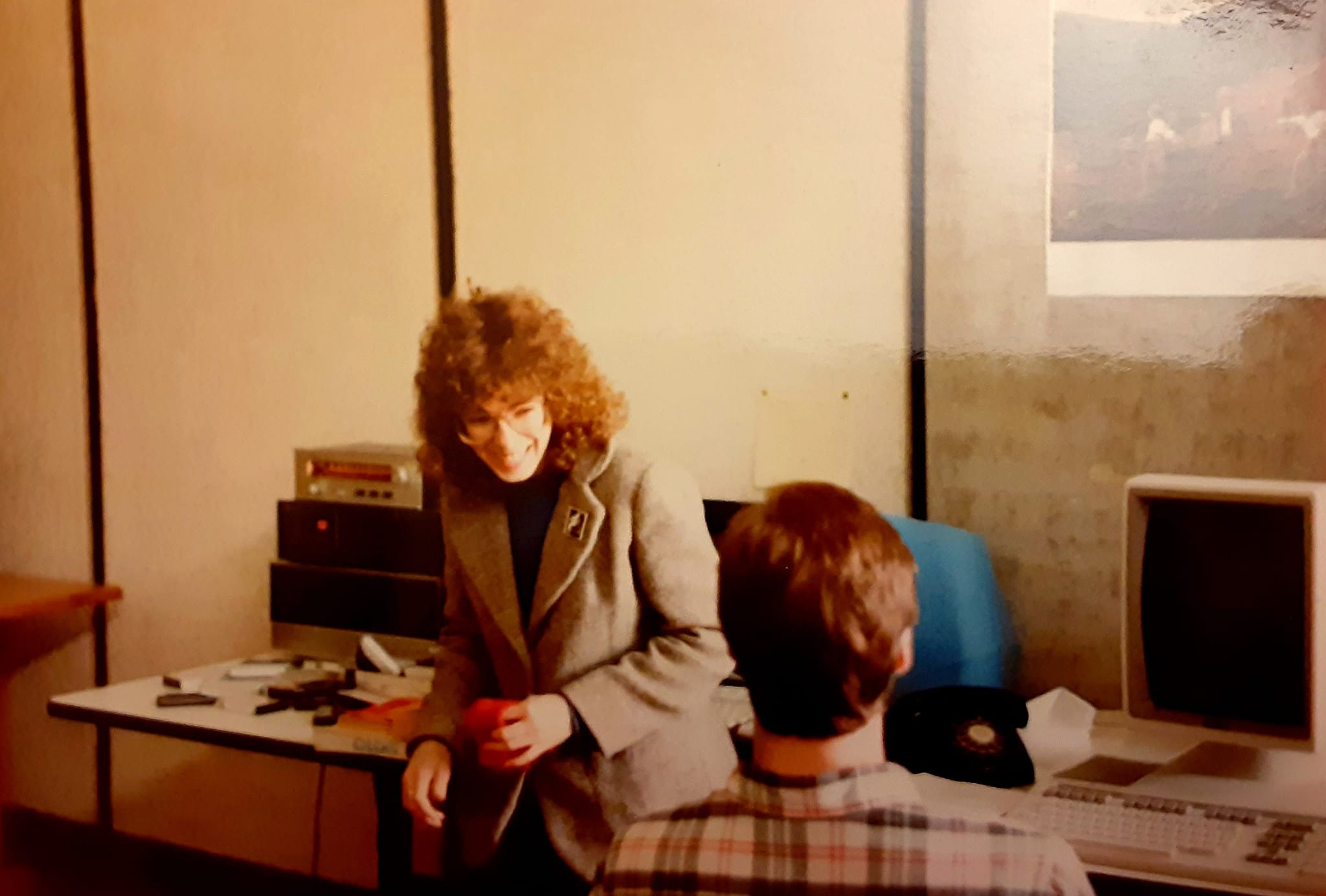

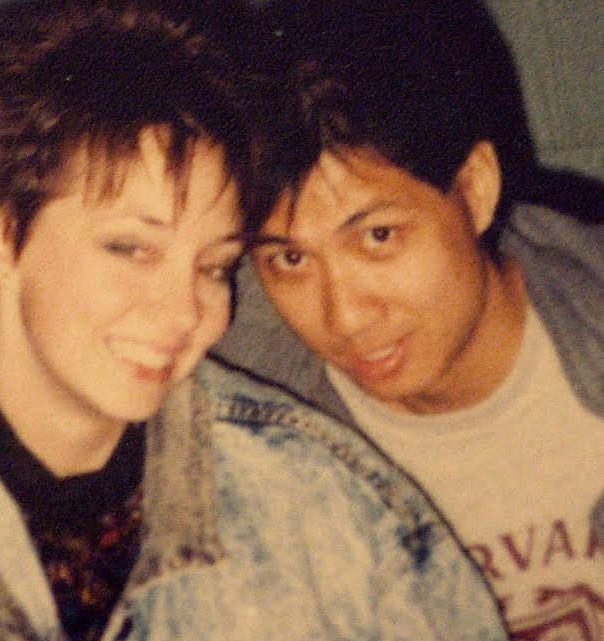


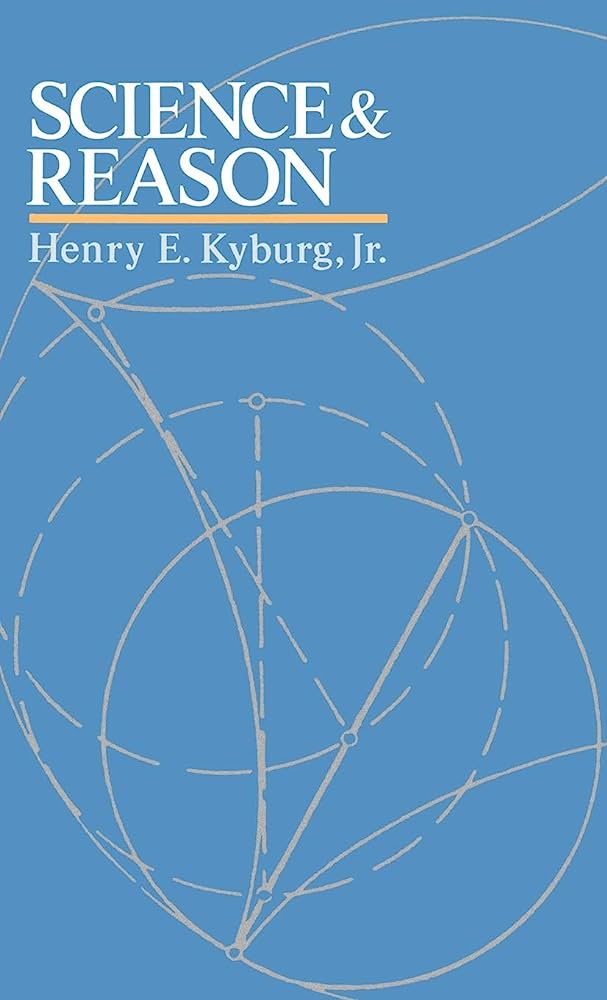
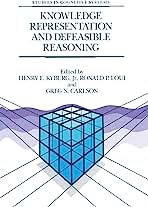
BRENTWOOD (CA):

 PALO ALTO:
PALO ALTO:
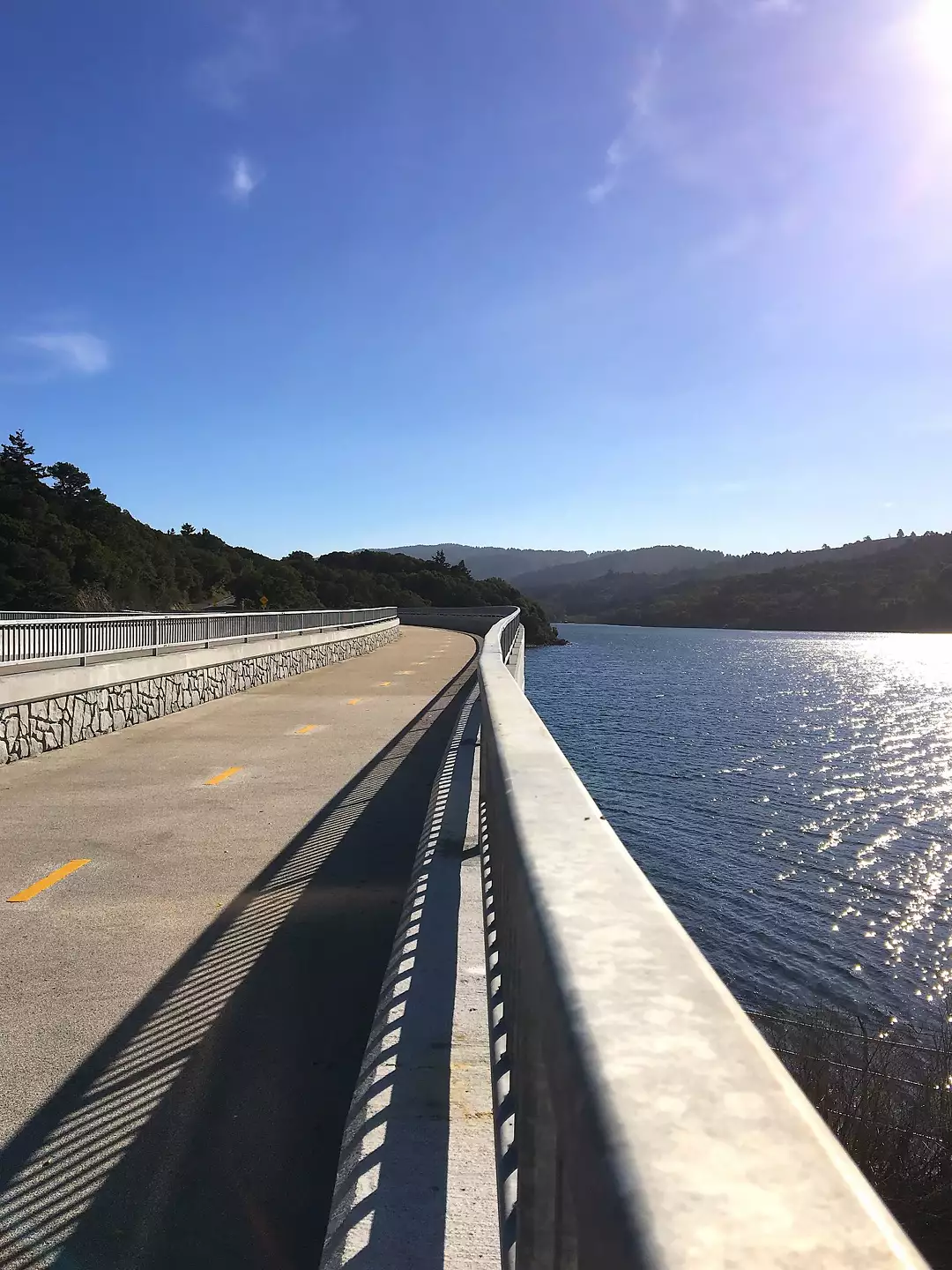
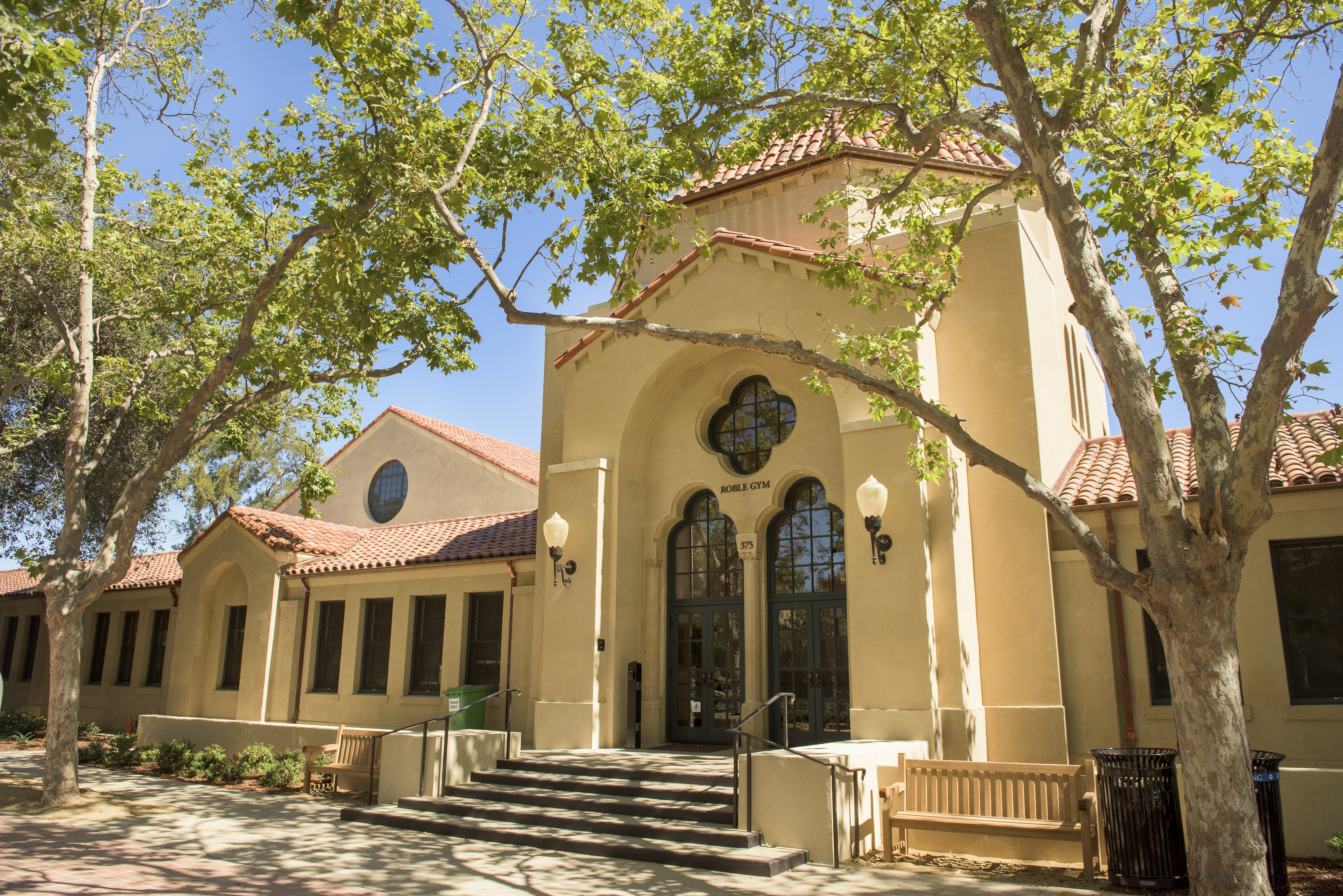
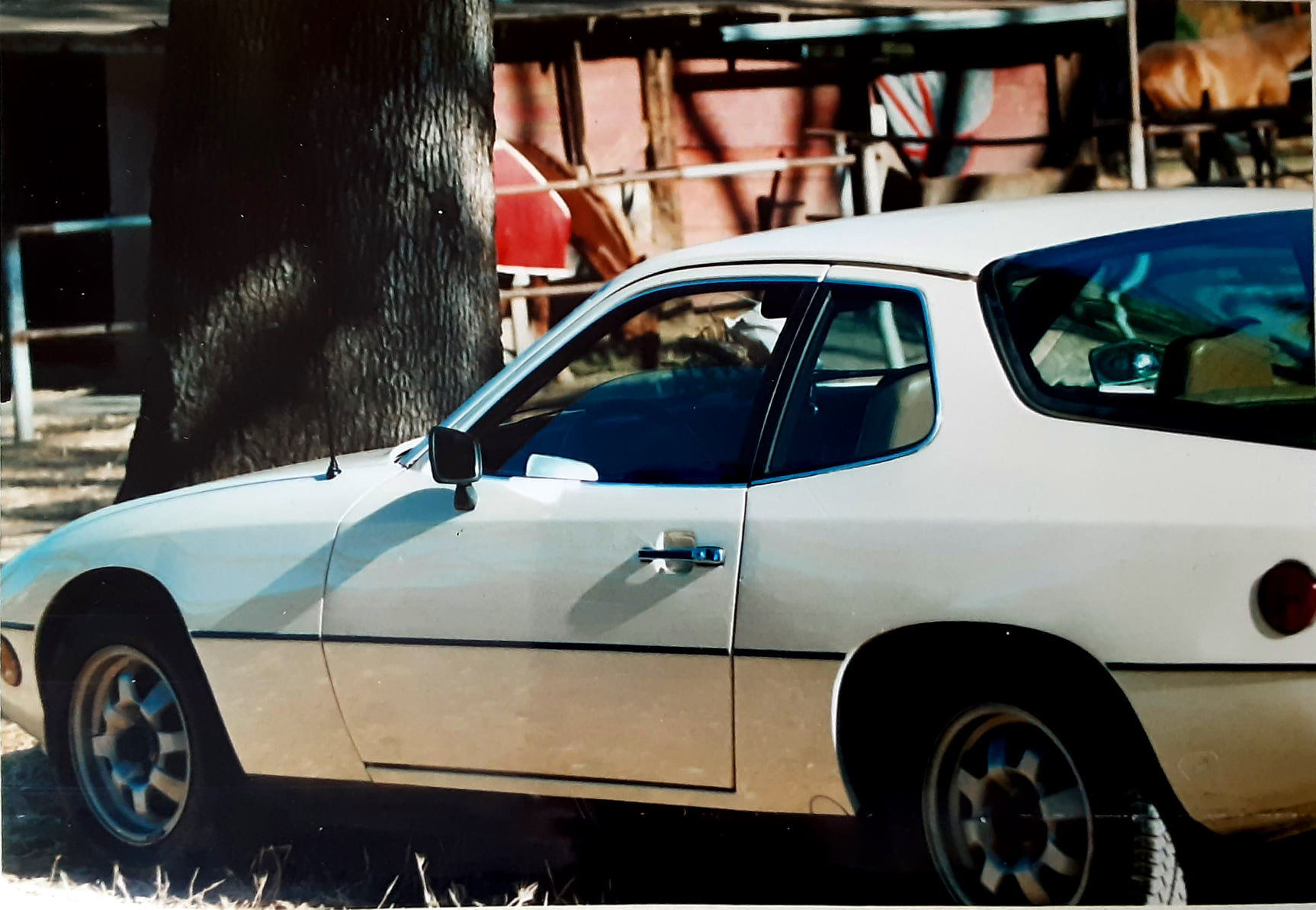


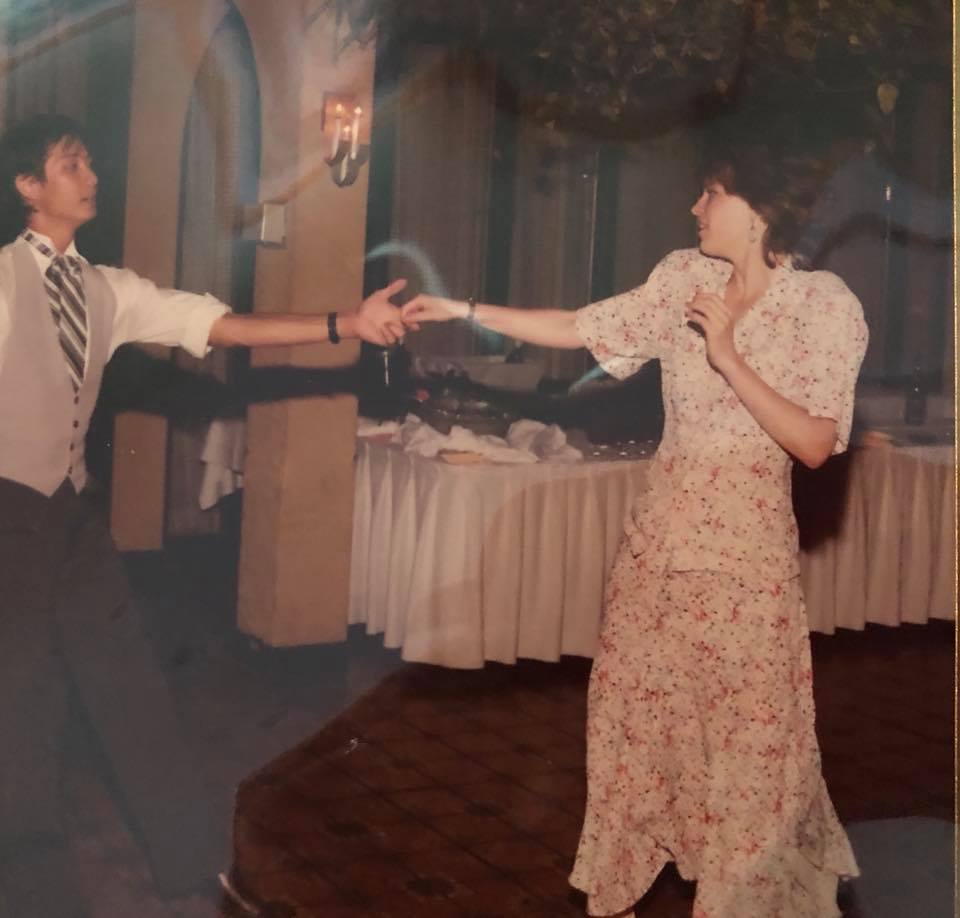
SAARBRÜCKEN/LINKÖPING:
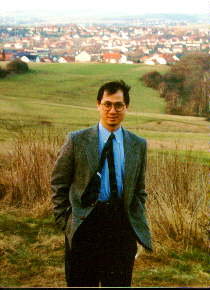
 AMSTERDAM:
AMSTERDAM:
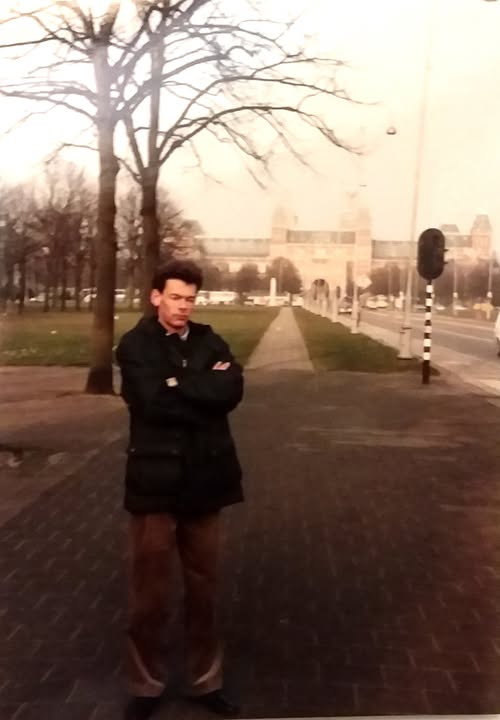

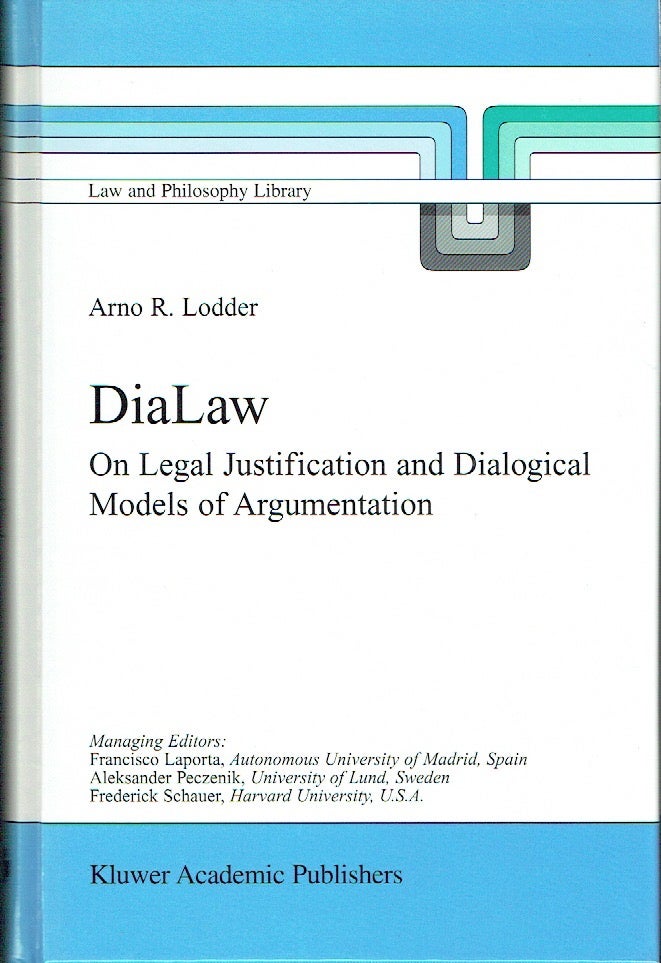
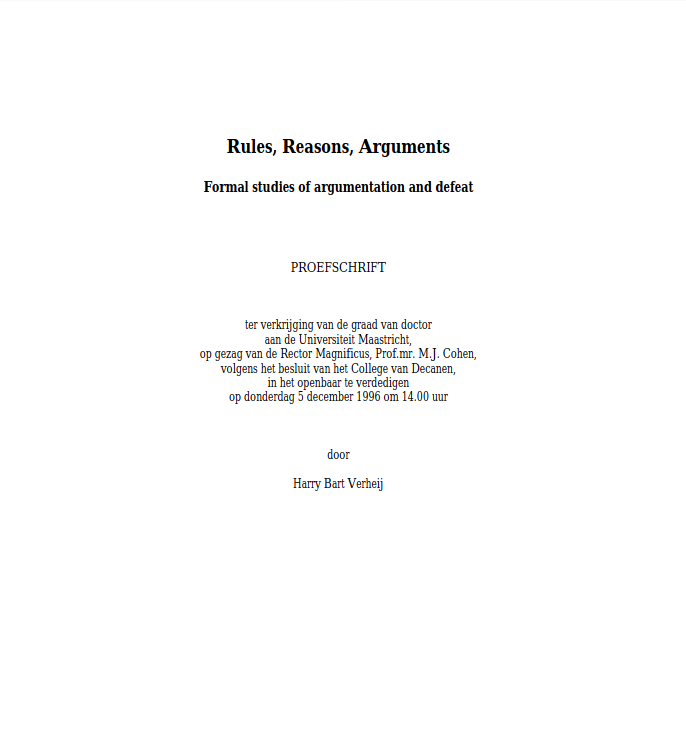 LEIDSEPLEIN:
LEIDSEPLEIN:

ROCHESTER (MN):
 URBANA:
URBANA:
 SF:
SF:
 BRENTWOOD (MO):
BRENTWOOD (MO):

BAHIA BLANCA:


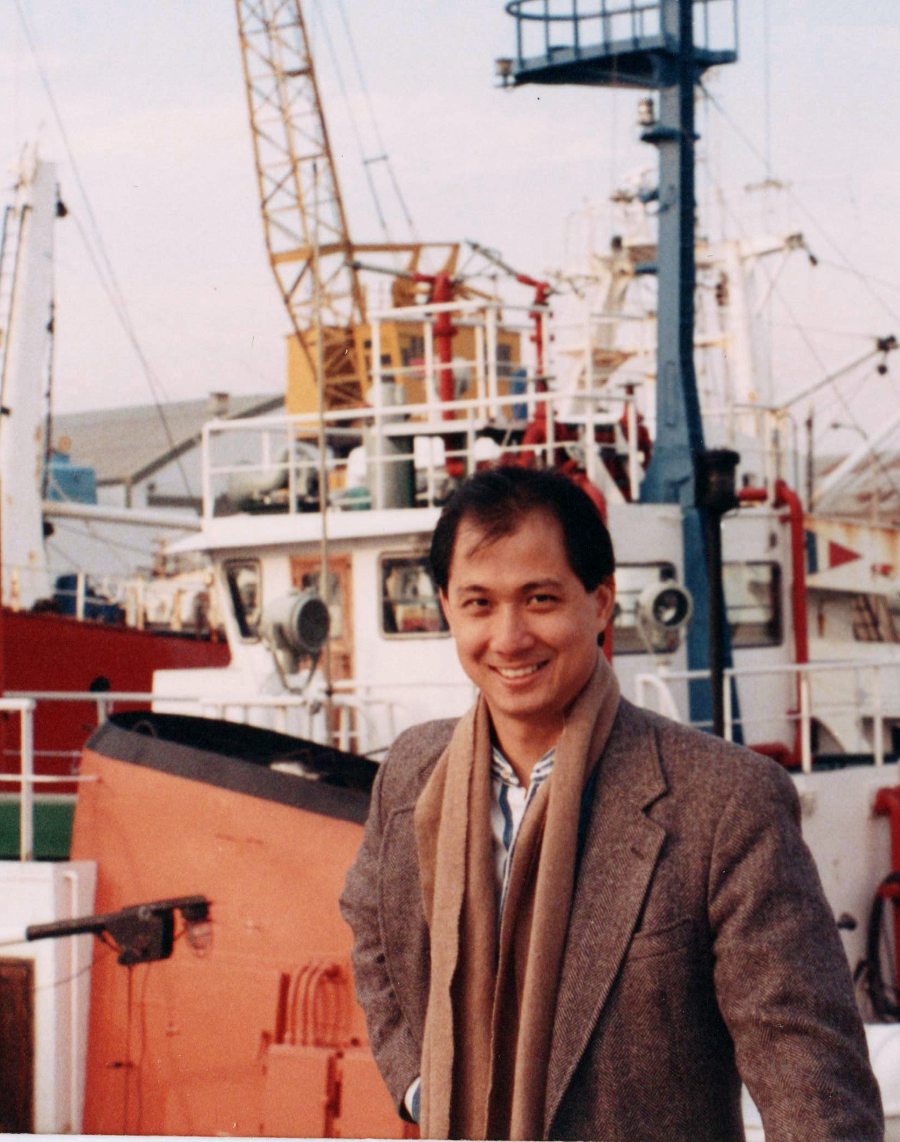
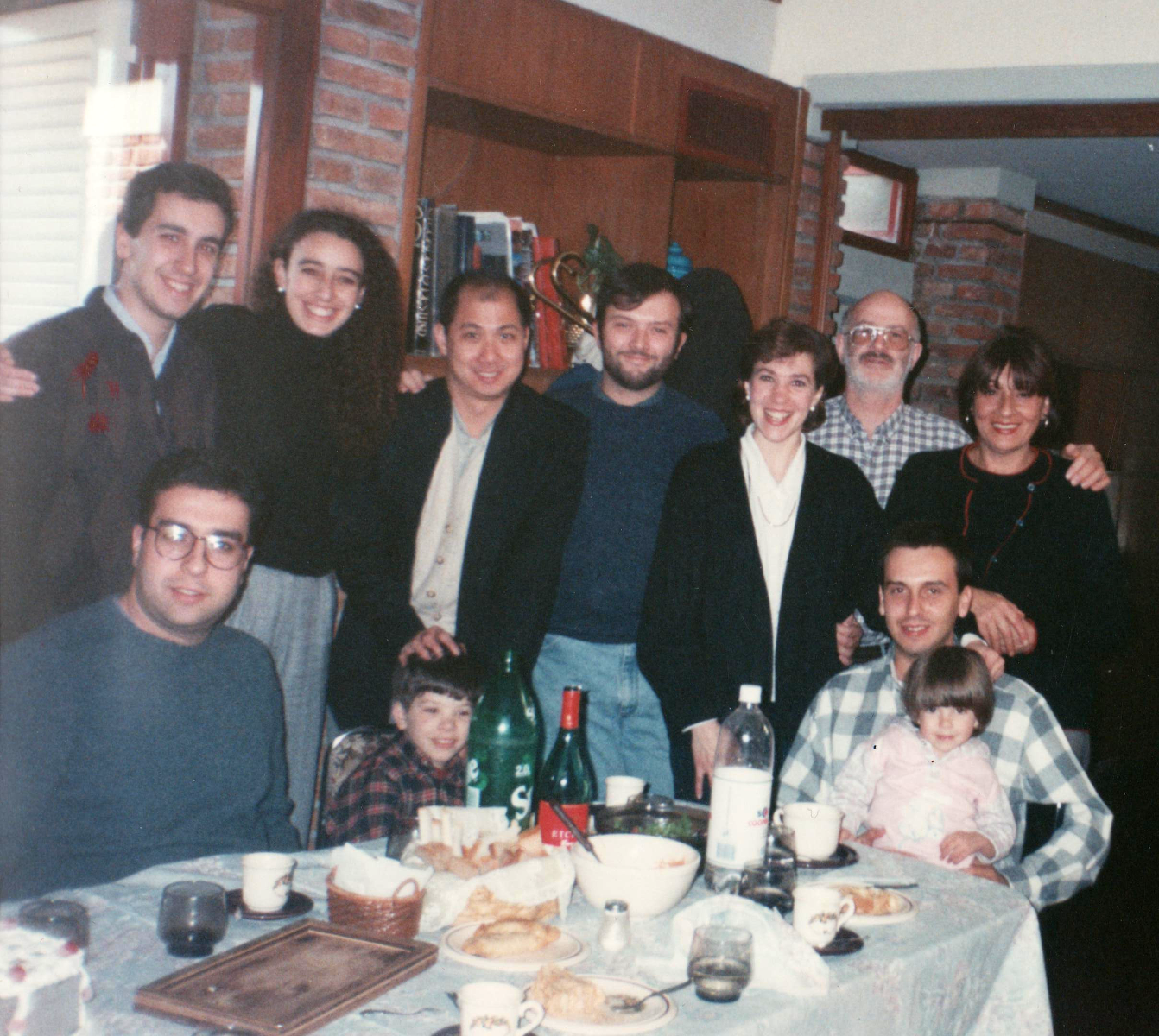 TOKYO:
TOKYO:
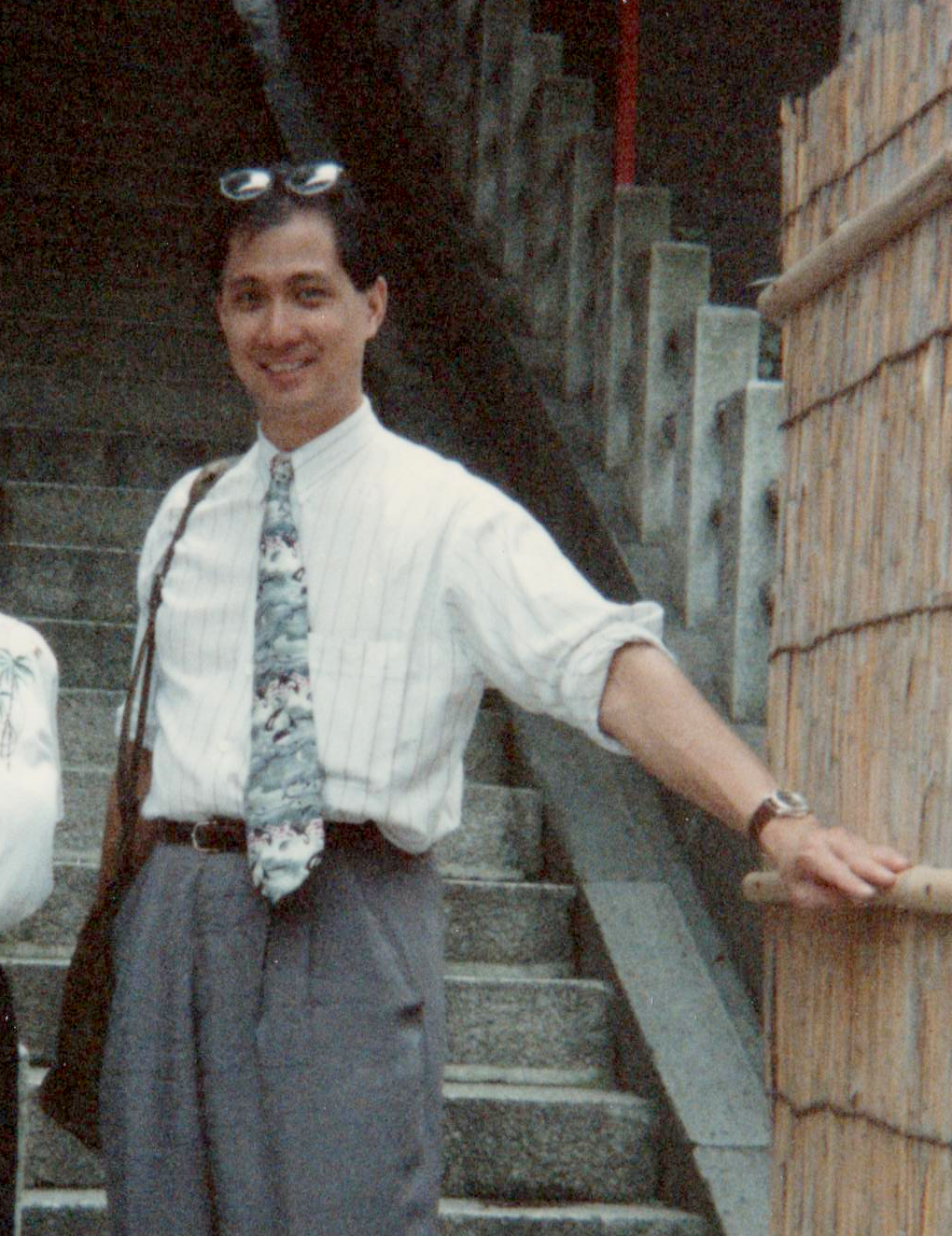 MELBOURNE:
MELBOURNE:
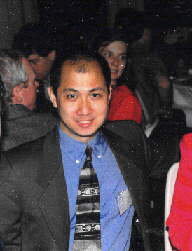 BONN:
BONN:
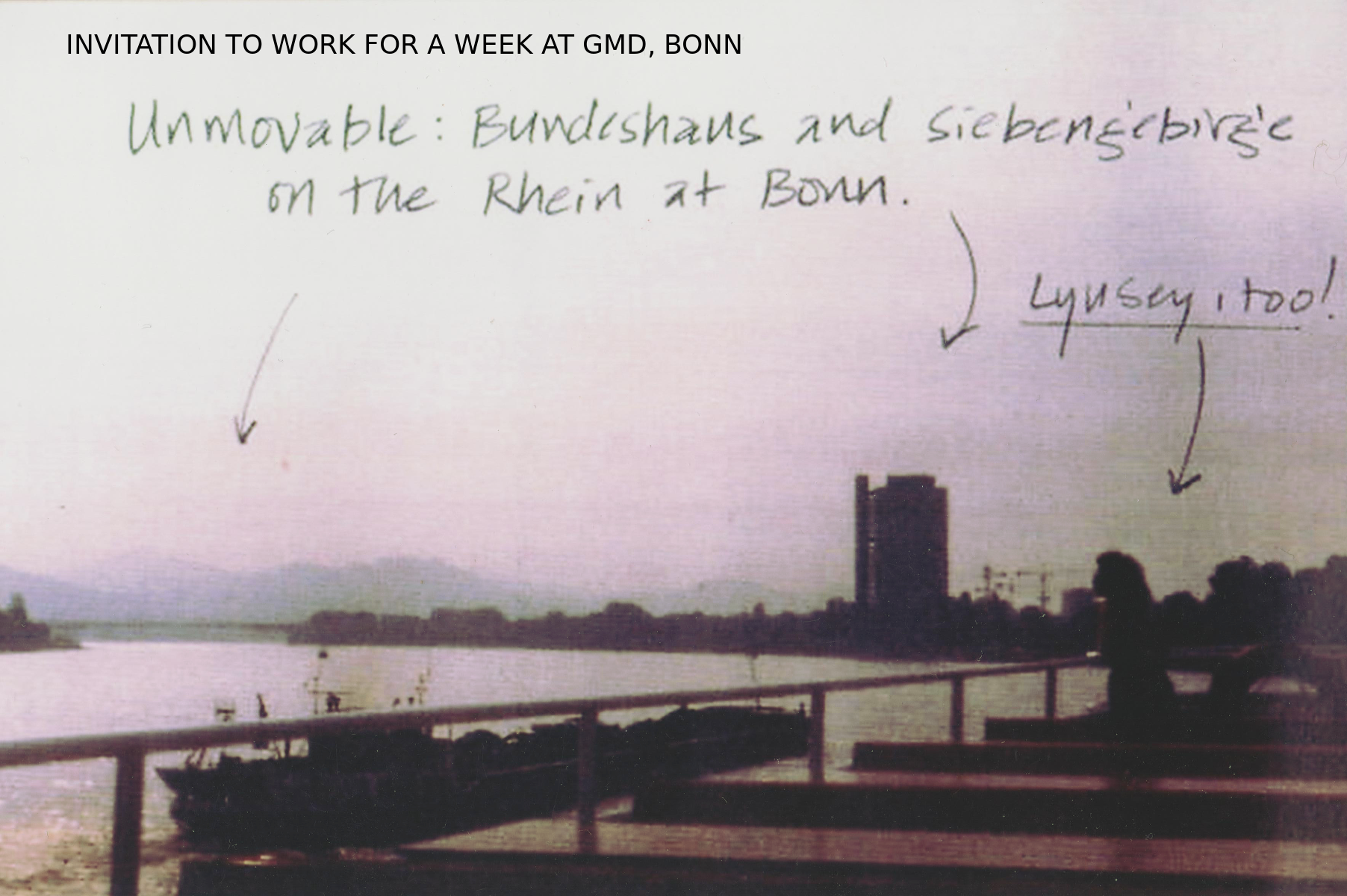
BUENOS AIRES:
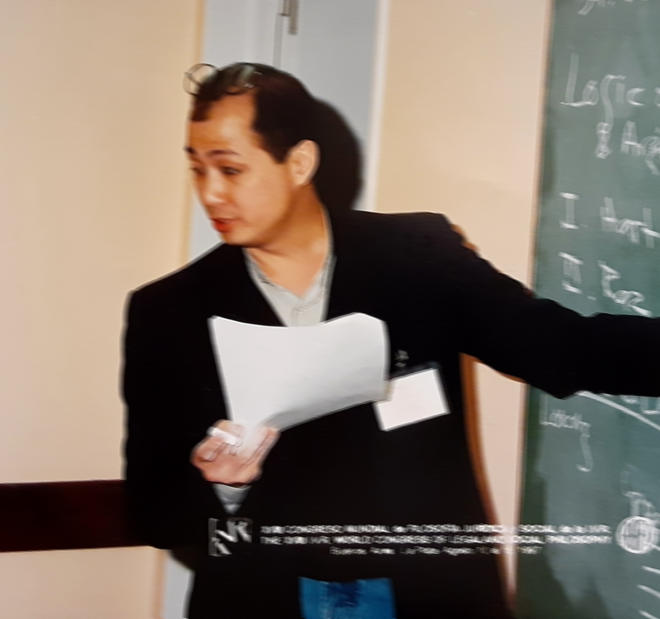
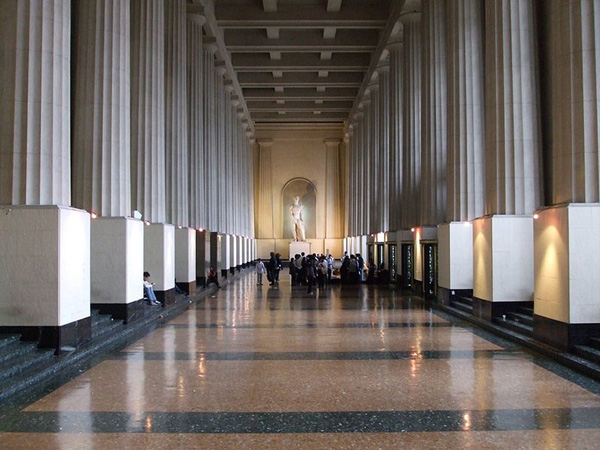 PARIS:
PARIS:
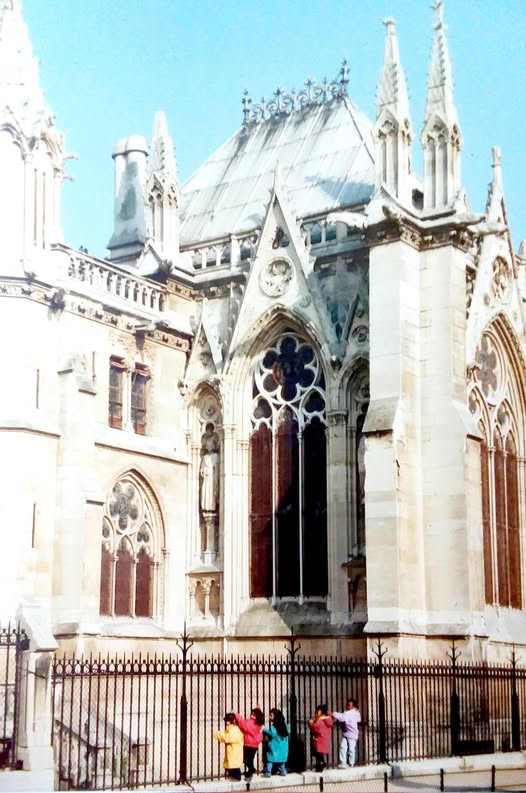
 DONOSTIA:
DONOSTIA:


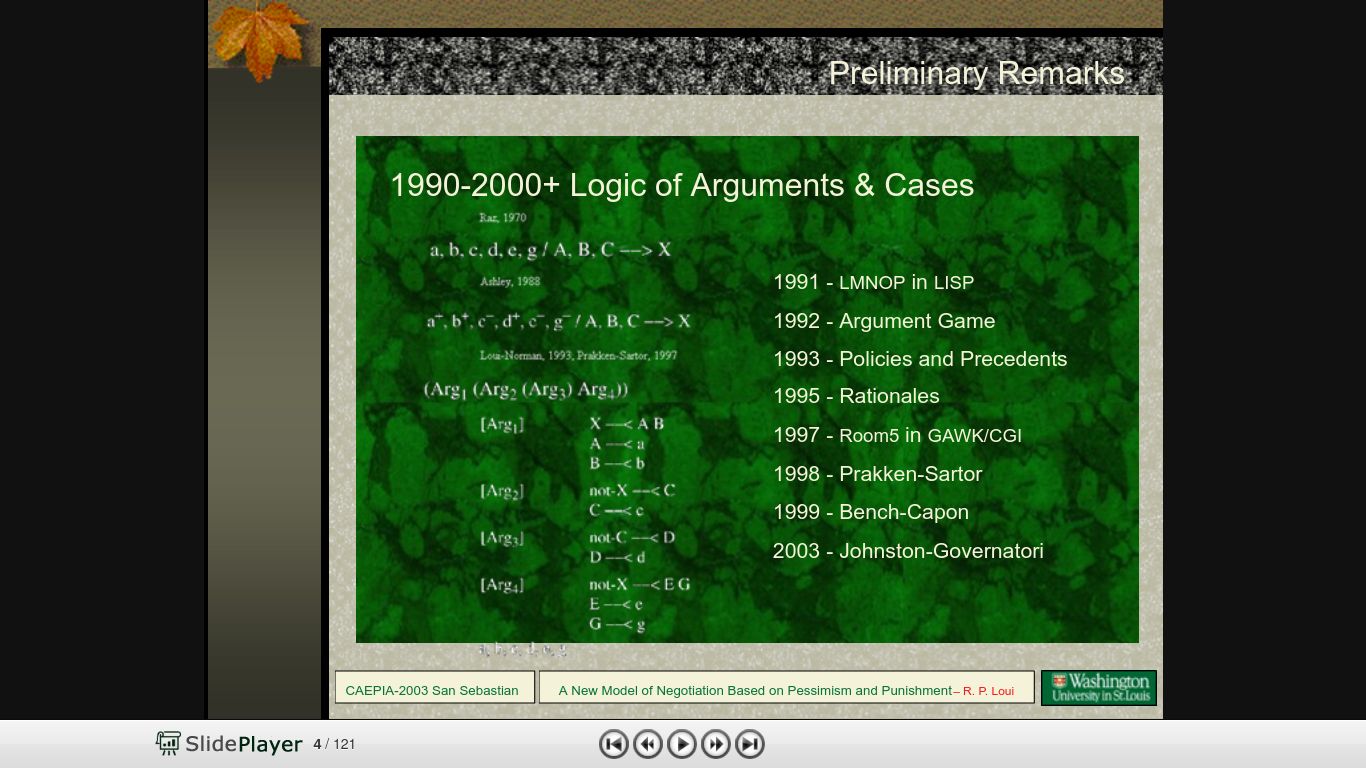
MORE PARIS:
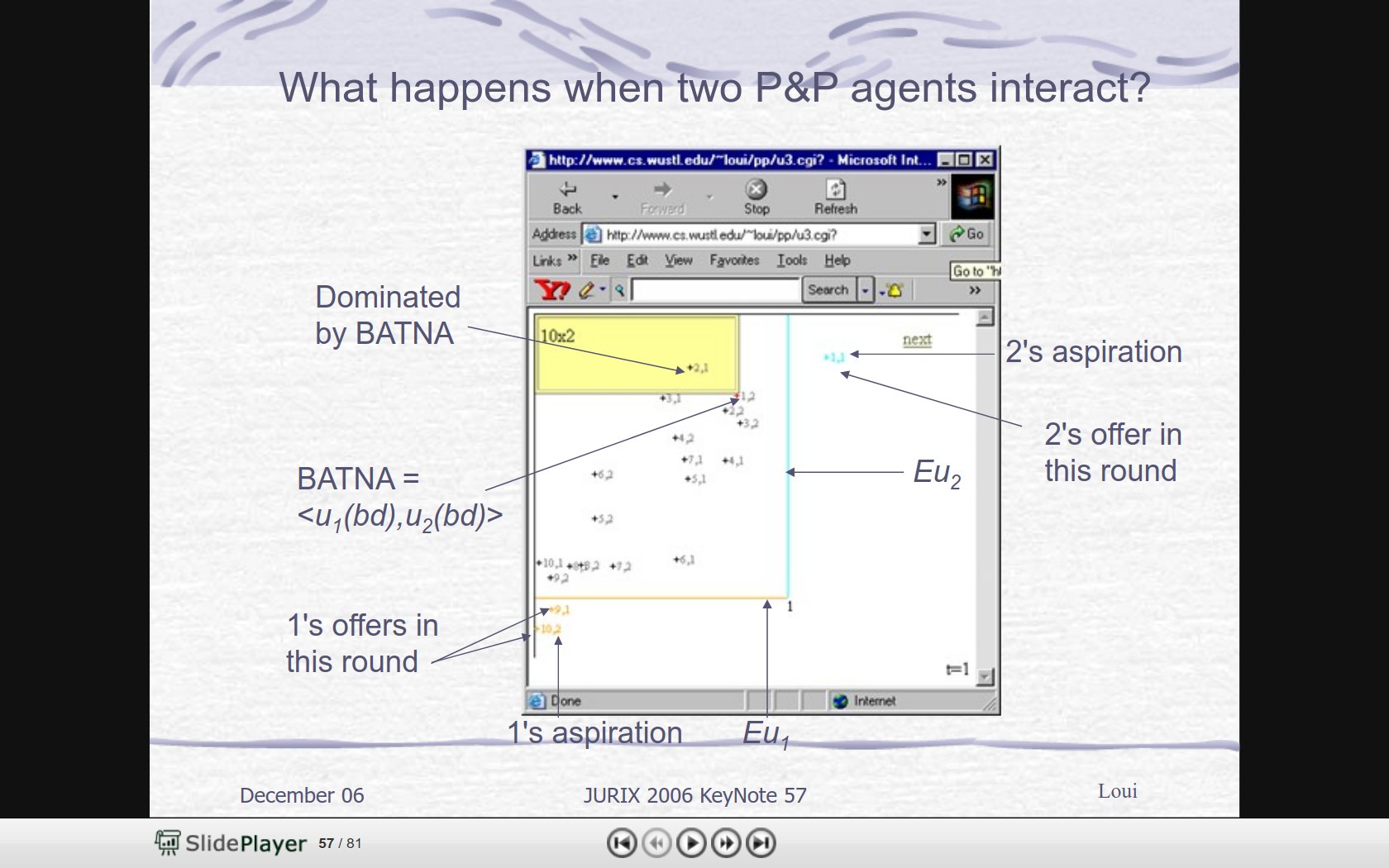
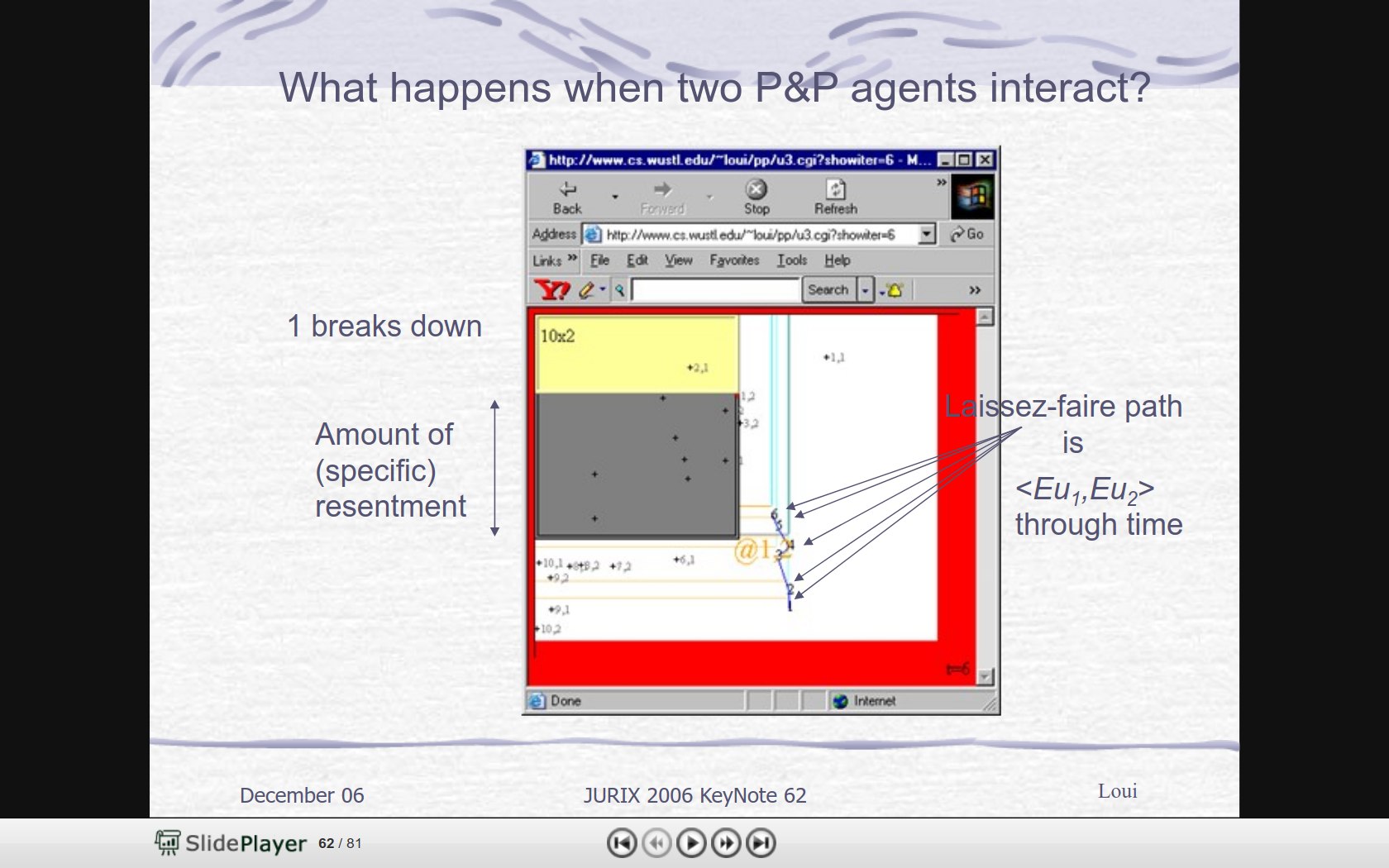

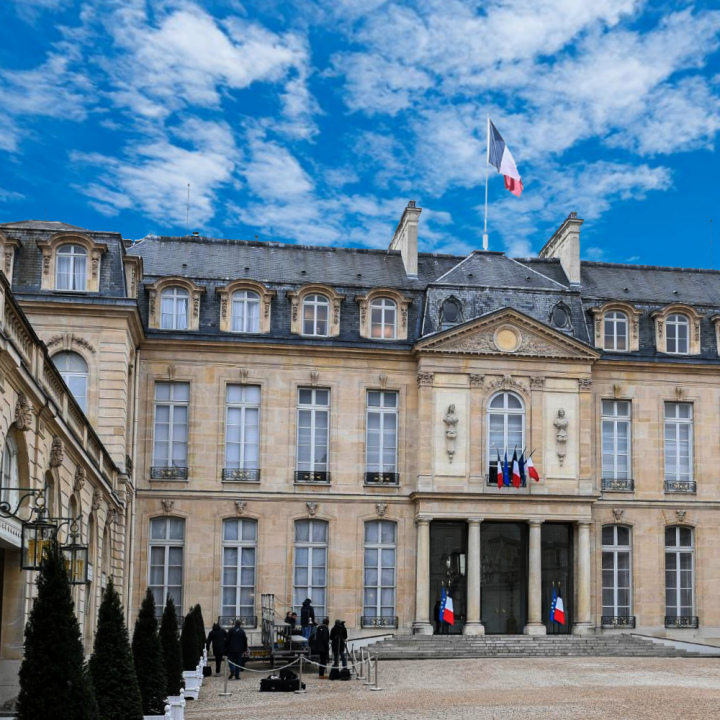
CAHOKIA:
 LADUE/UNIV CITY:
LADUE/UNIV CITY:

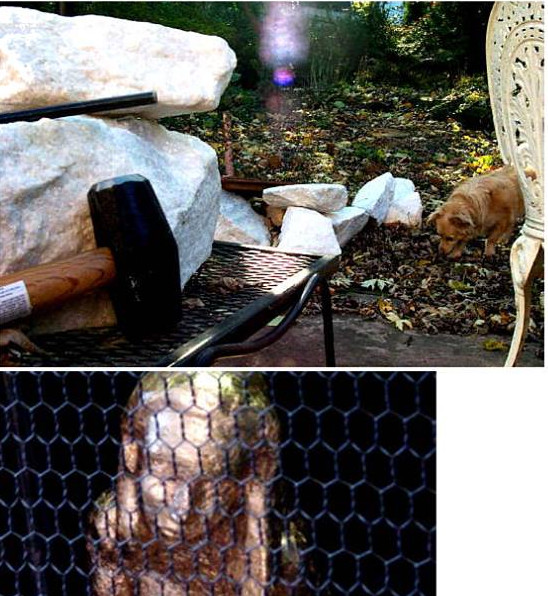

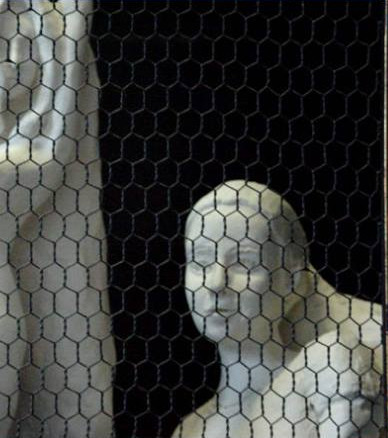

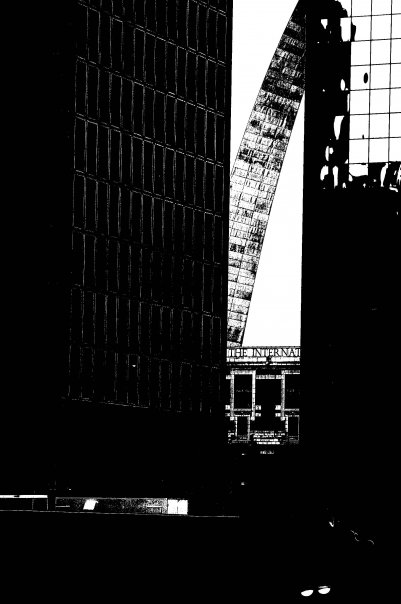
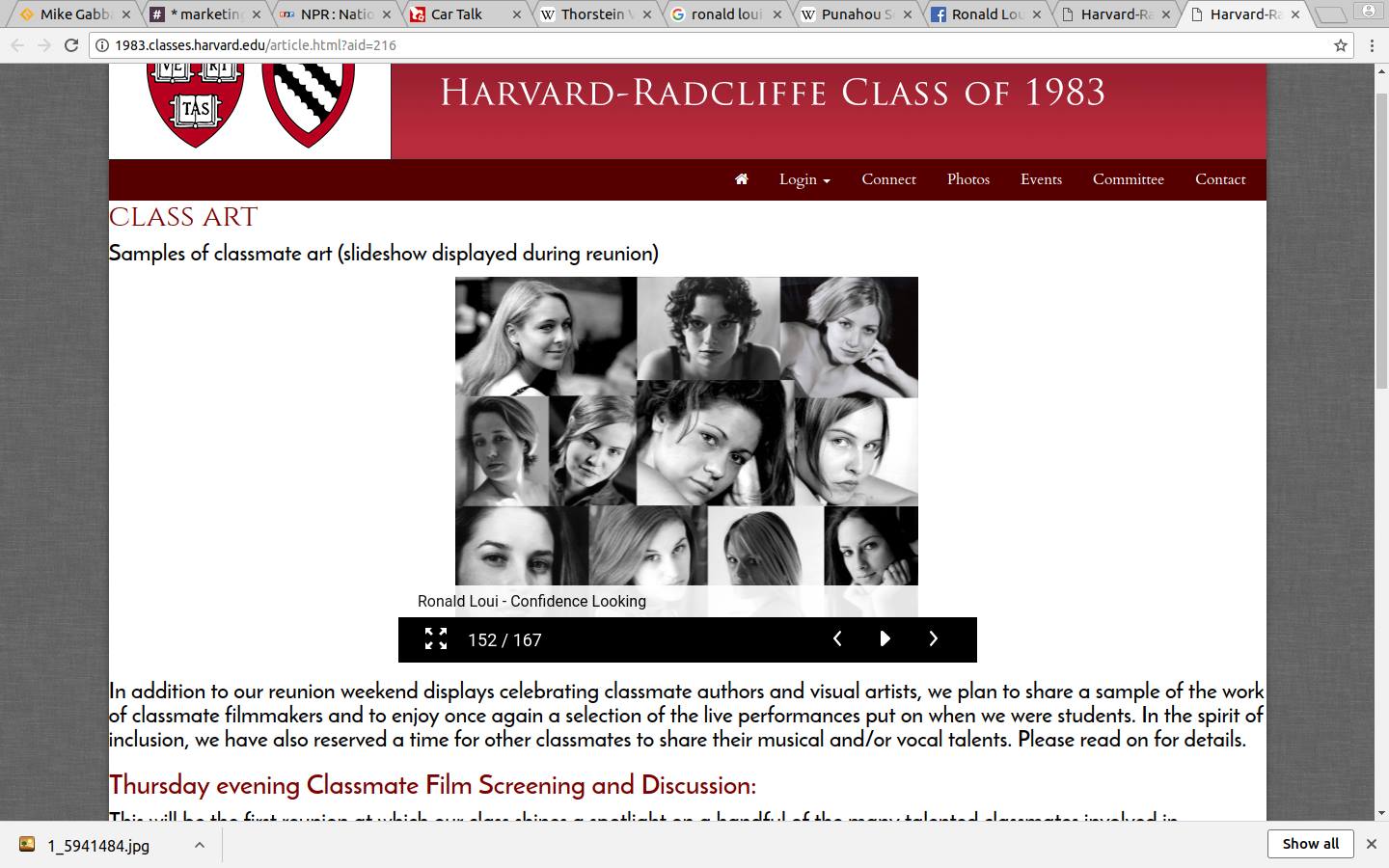
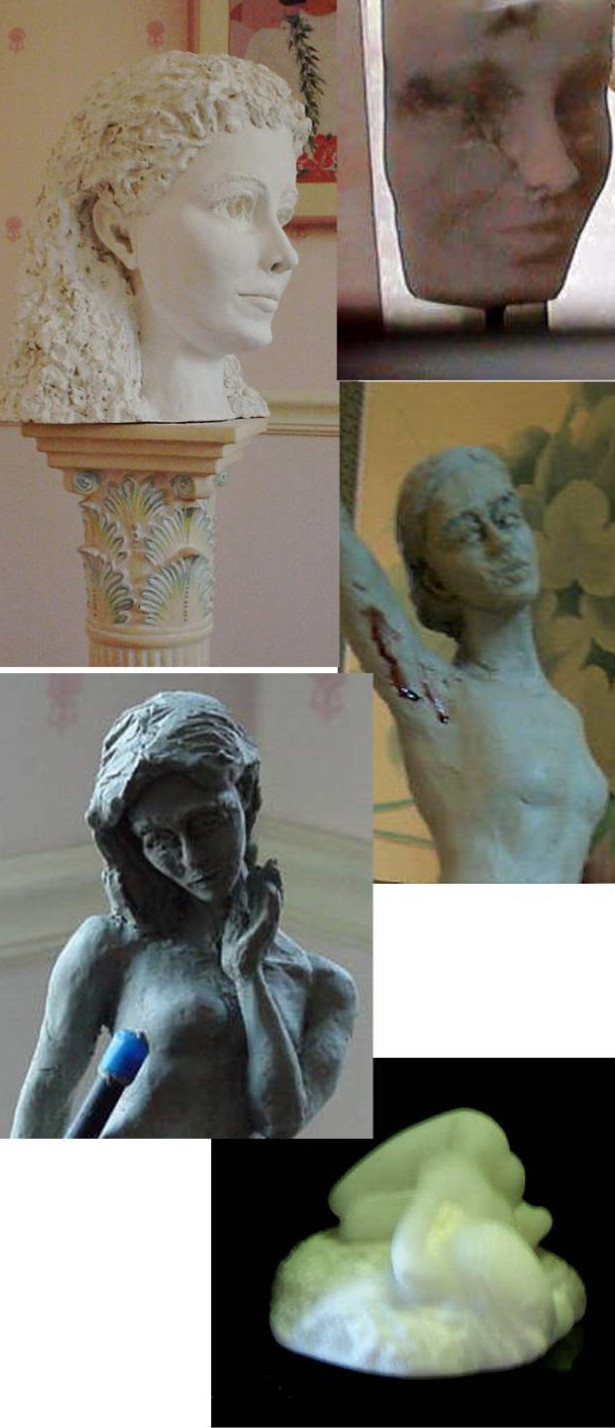

ST LOUIS:

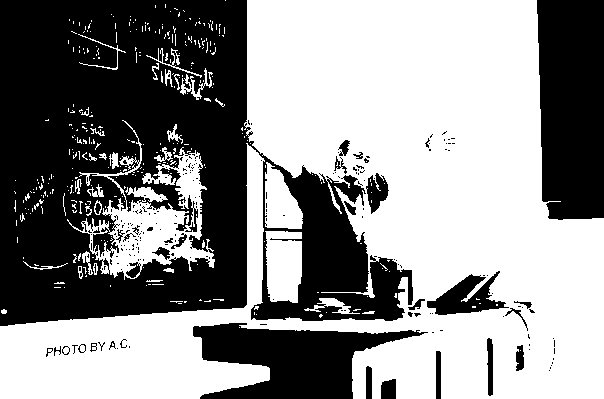



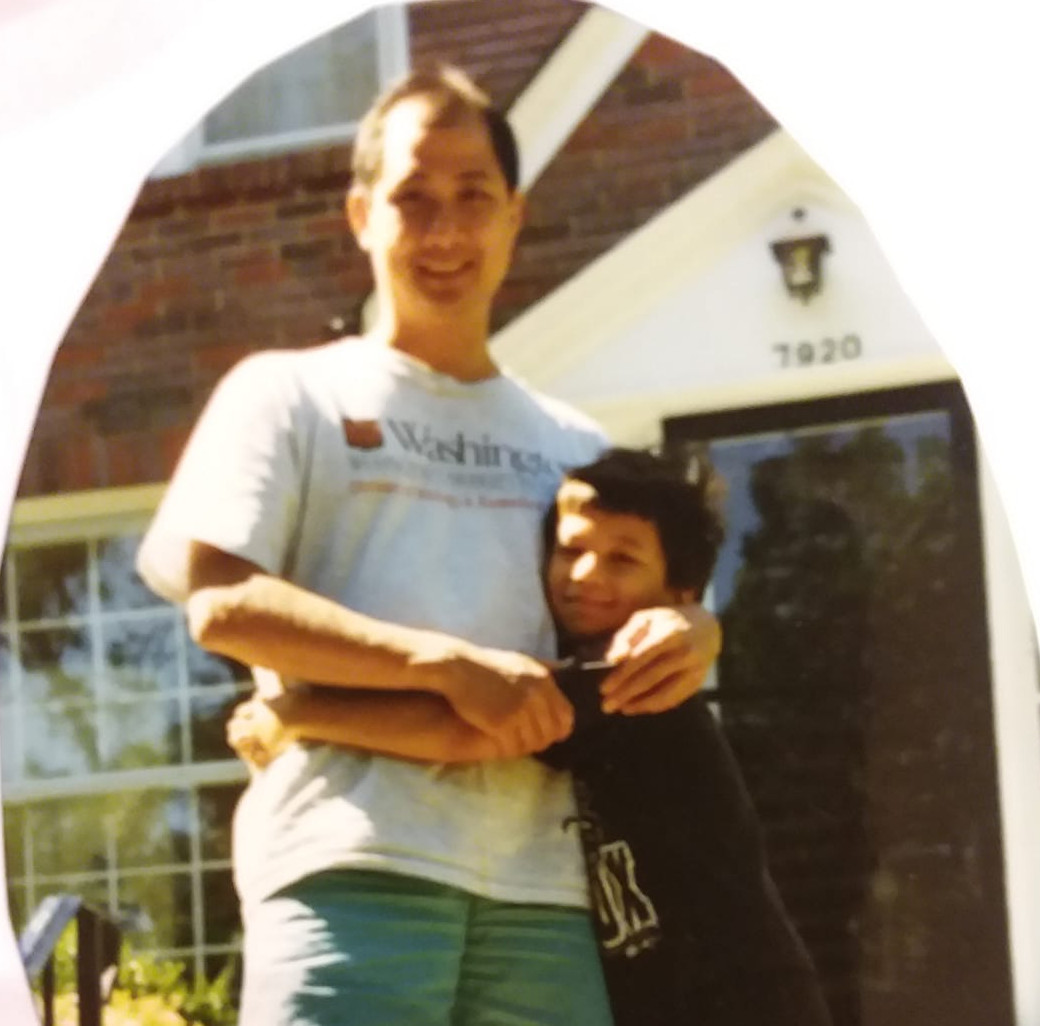

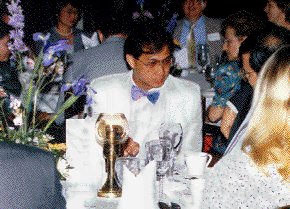
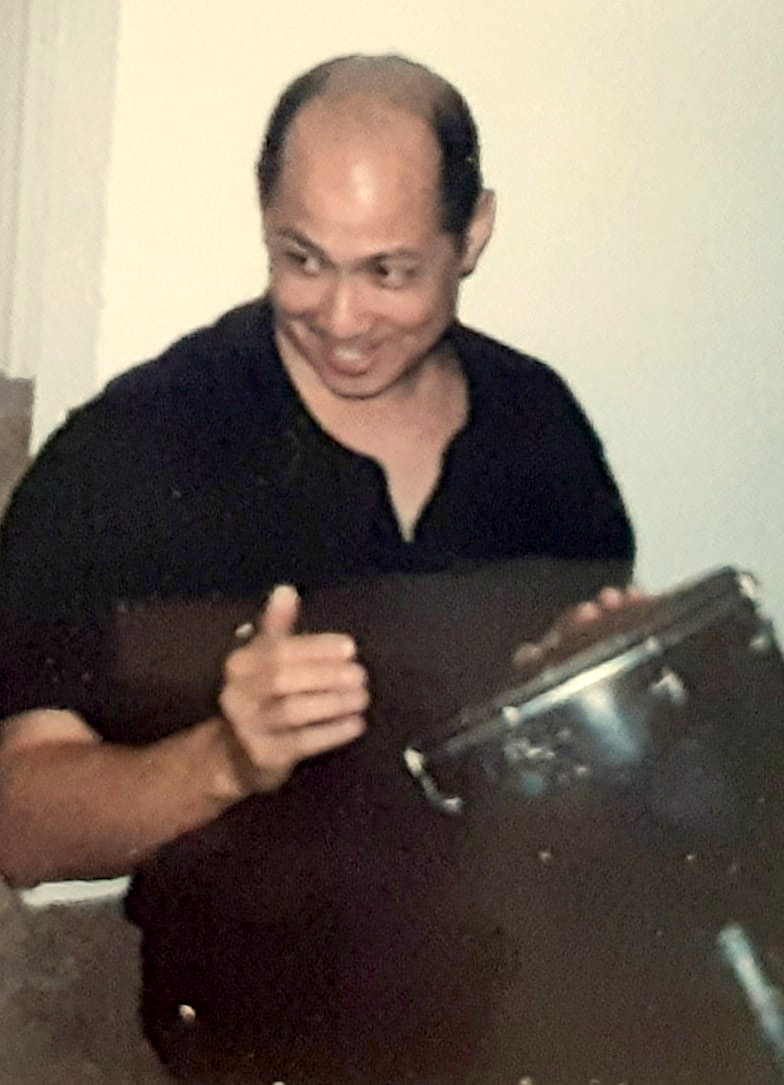

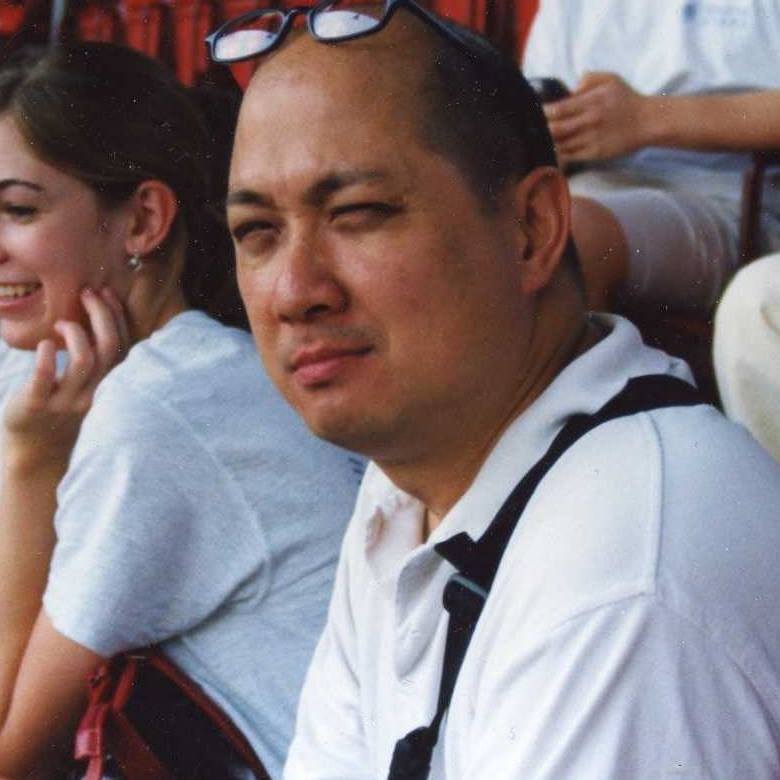
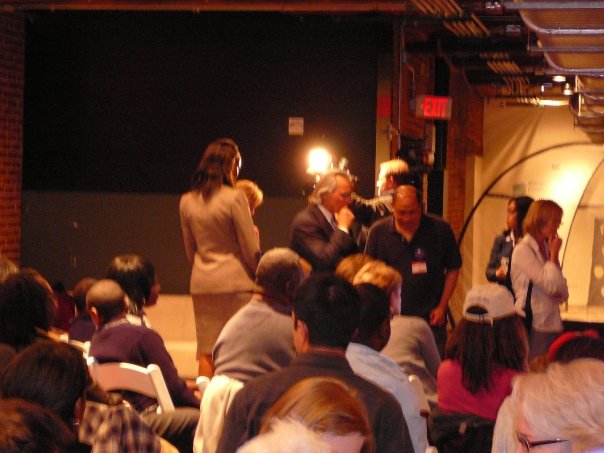

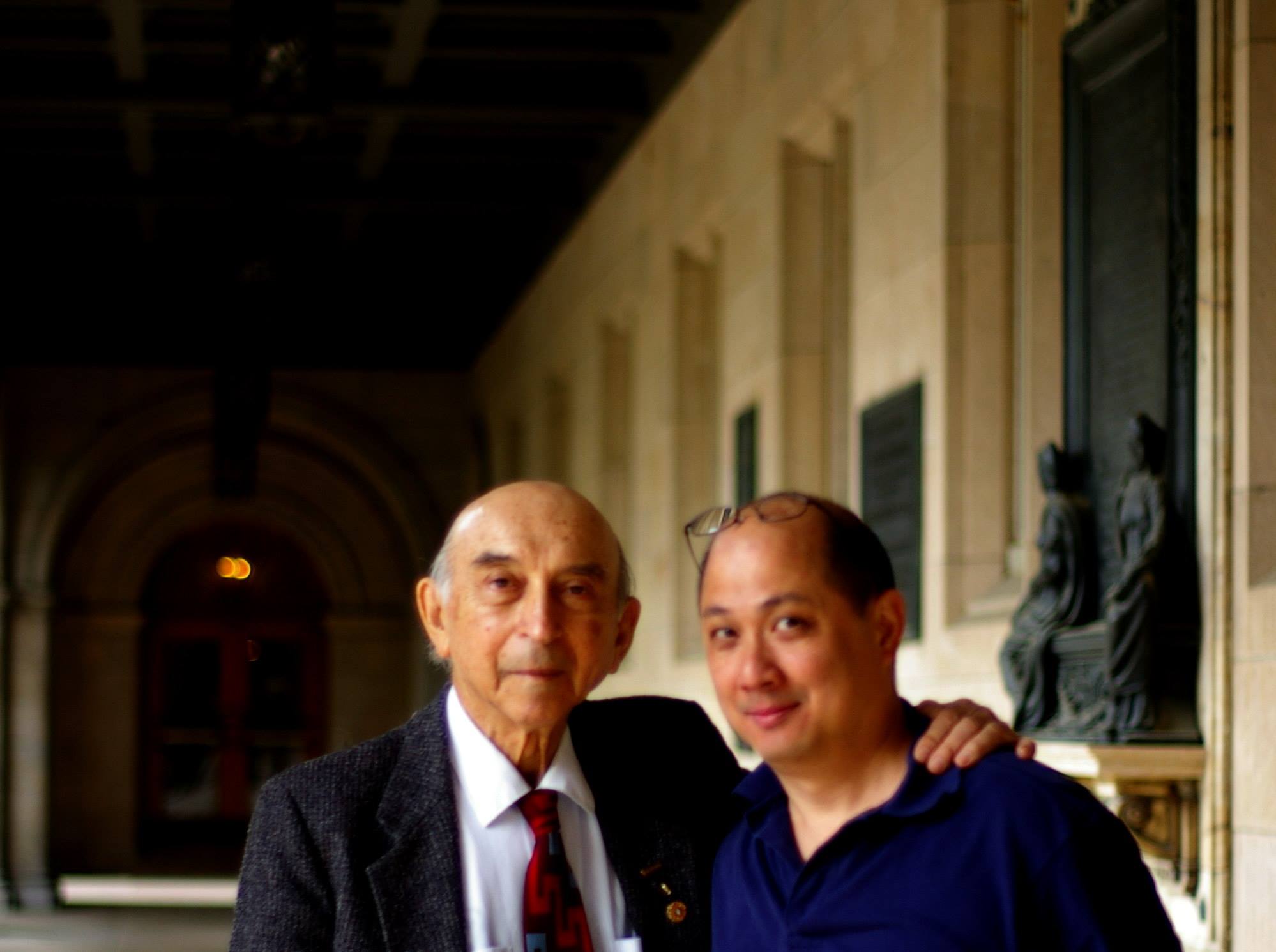
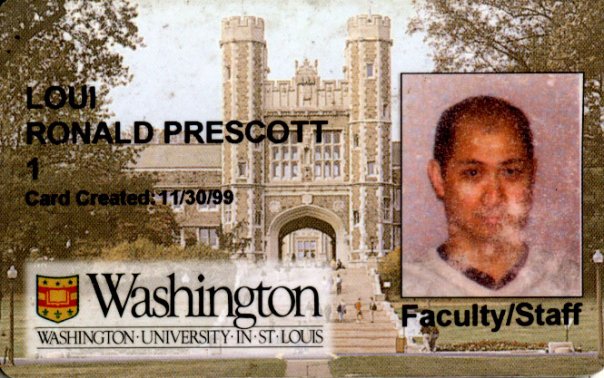
VEGAS:
 LISBOA:
LISBOA:

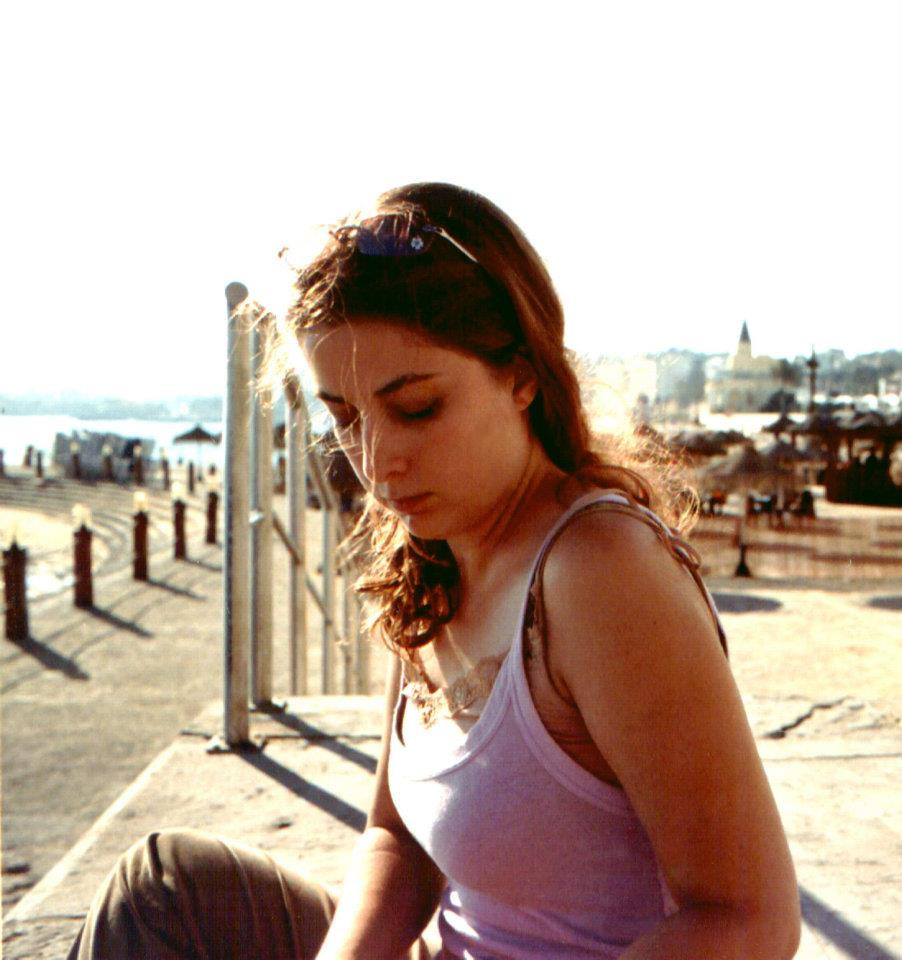 BRUXELLES:
BRUXELLES:
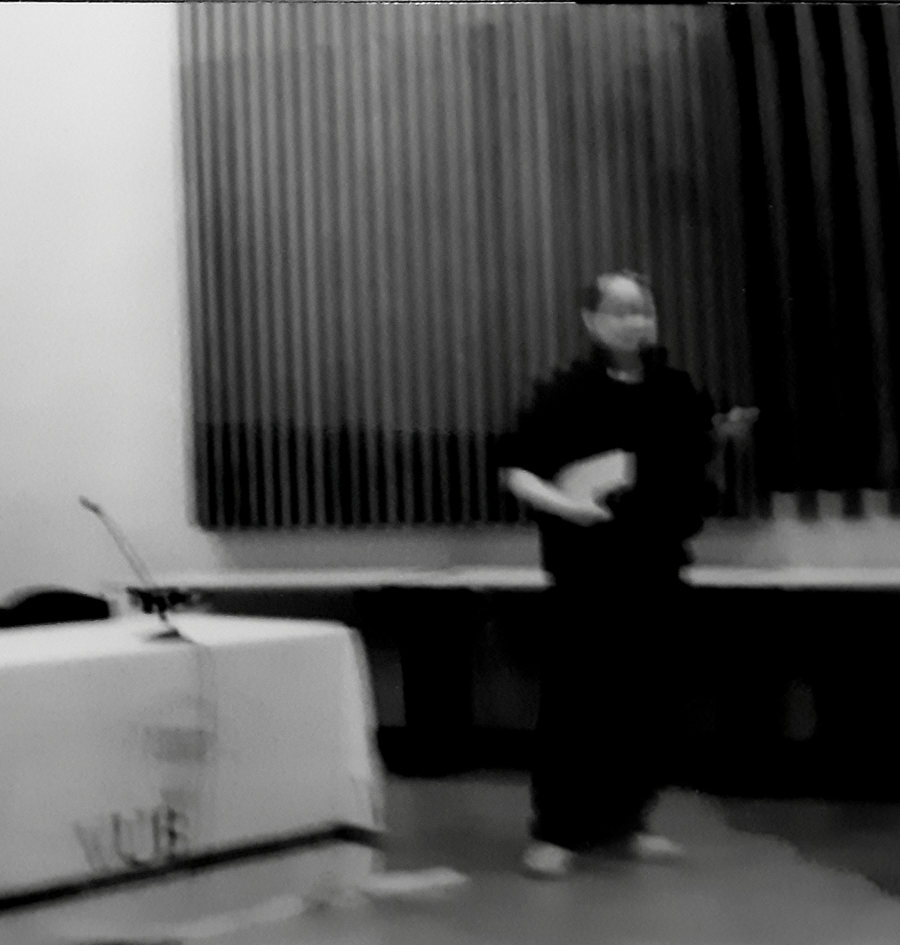
MORE PALO ALTO:
 MORE SF:
MORE SF:
 EVANSVILLE:
EVANSVILLE:

SACTO:

 DC:
DC:



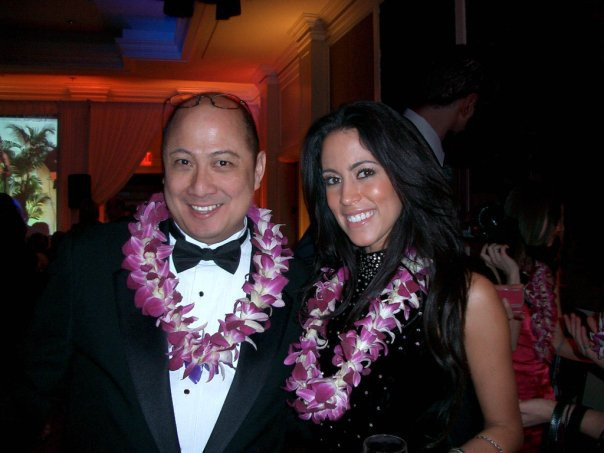 MORE HONOLULU:
MORE HONOLULU:
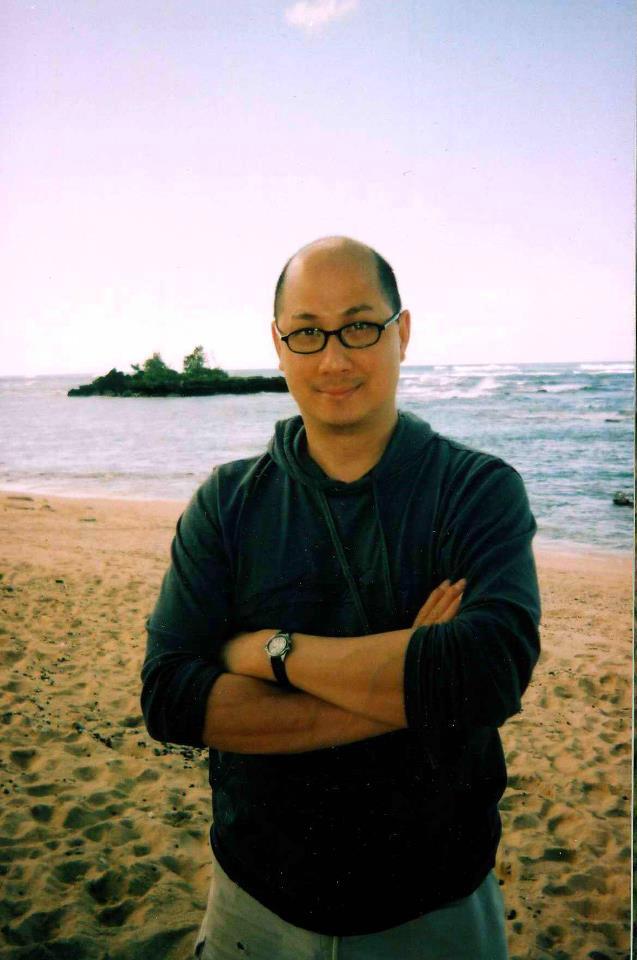


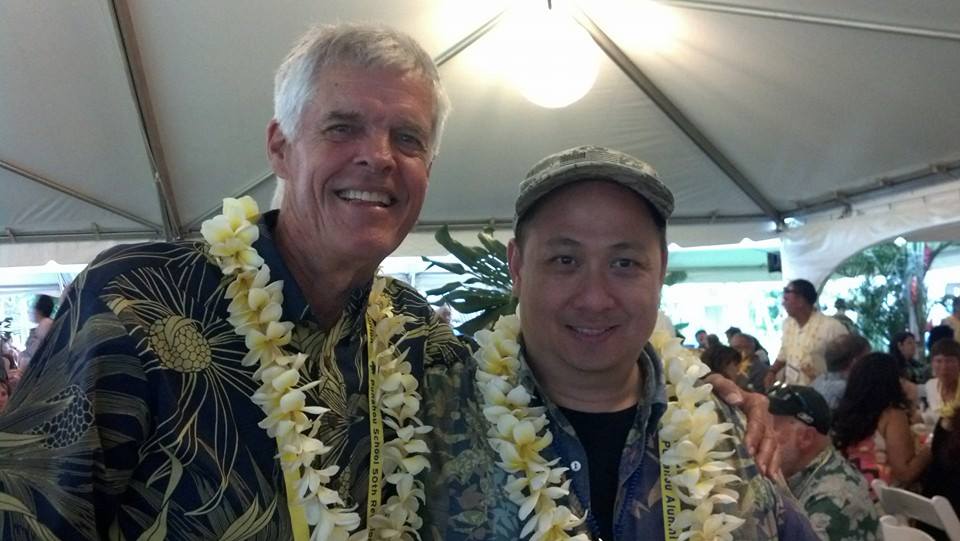

CLE CLINIC:

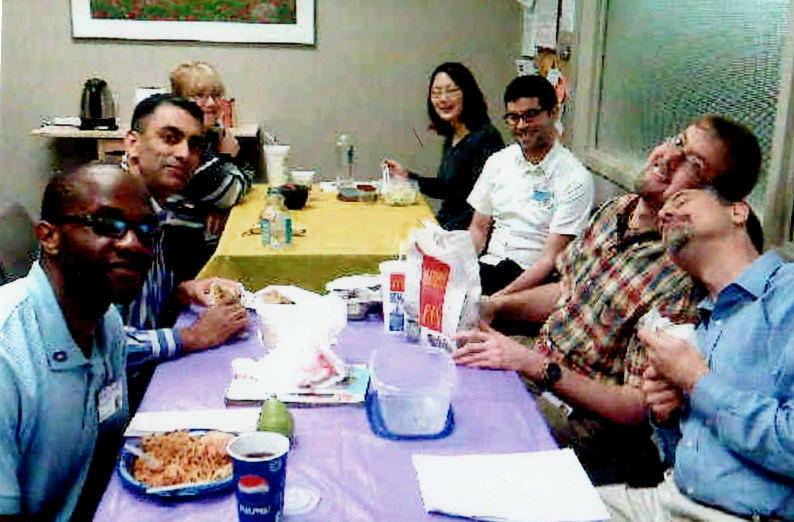
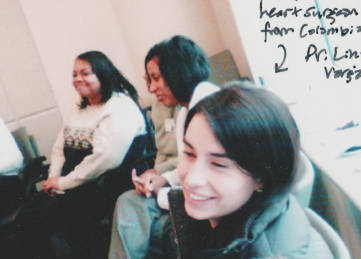


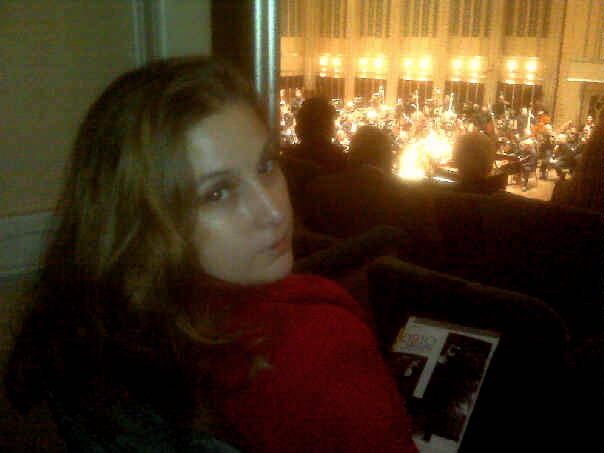
MORE DC:

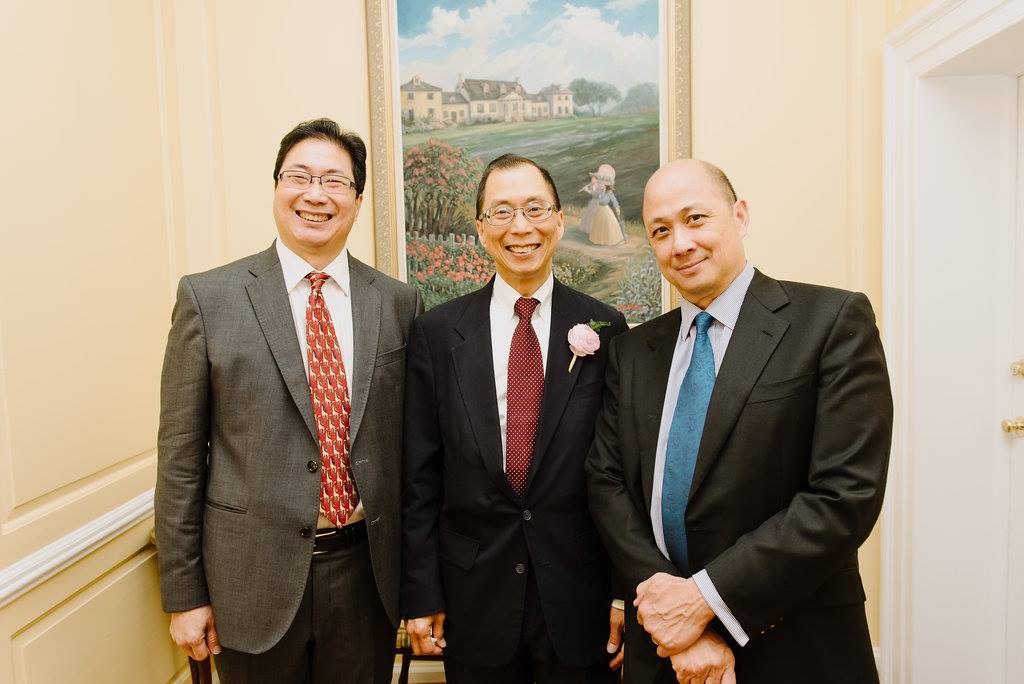 AUSTIN:
AUSTIN:

SPRINGFIELD:
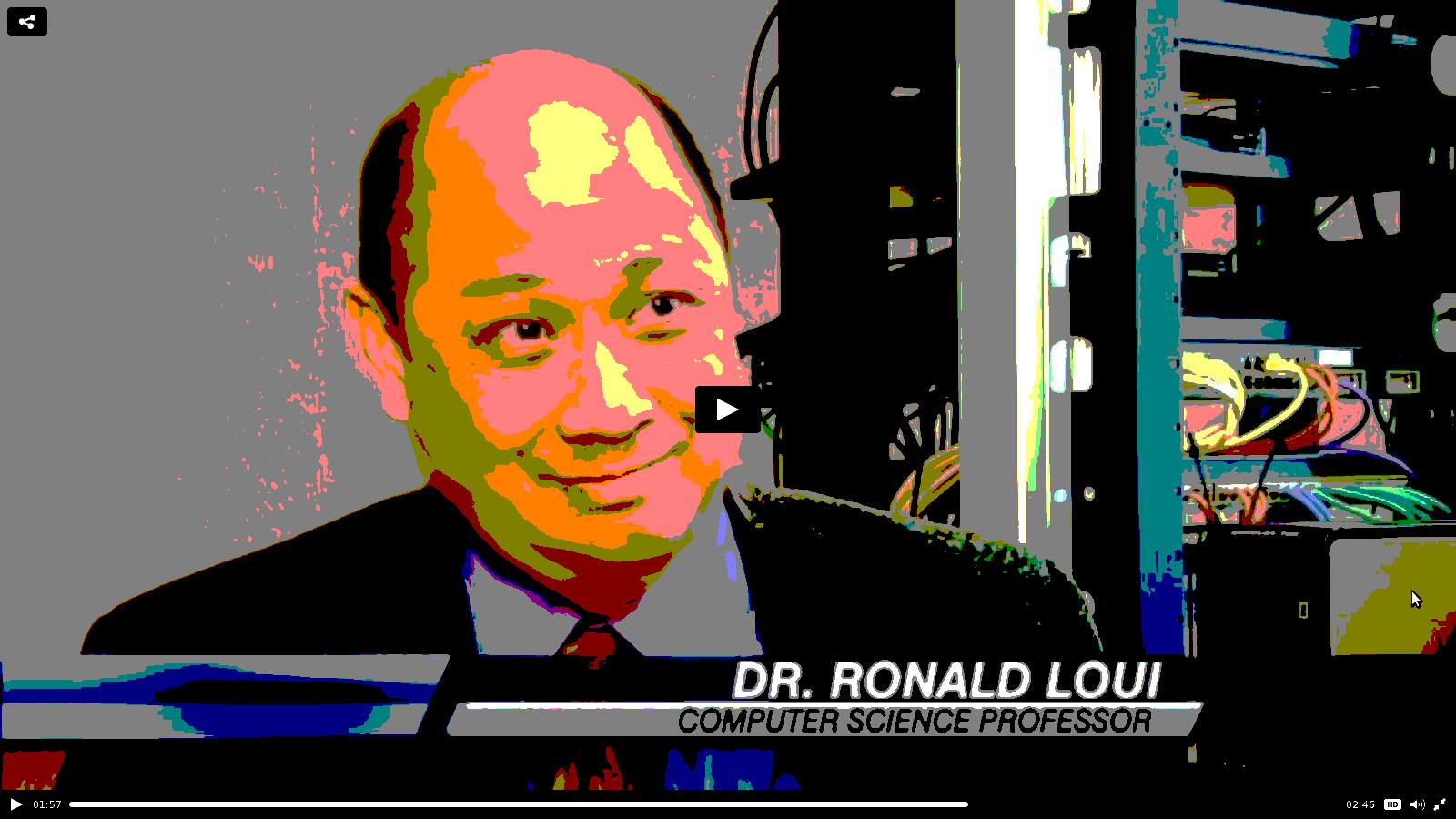
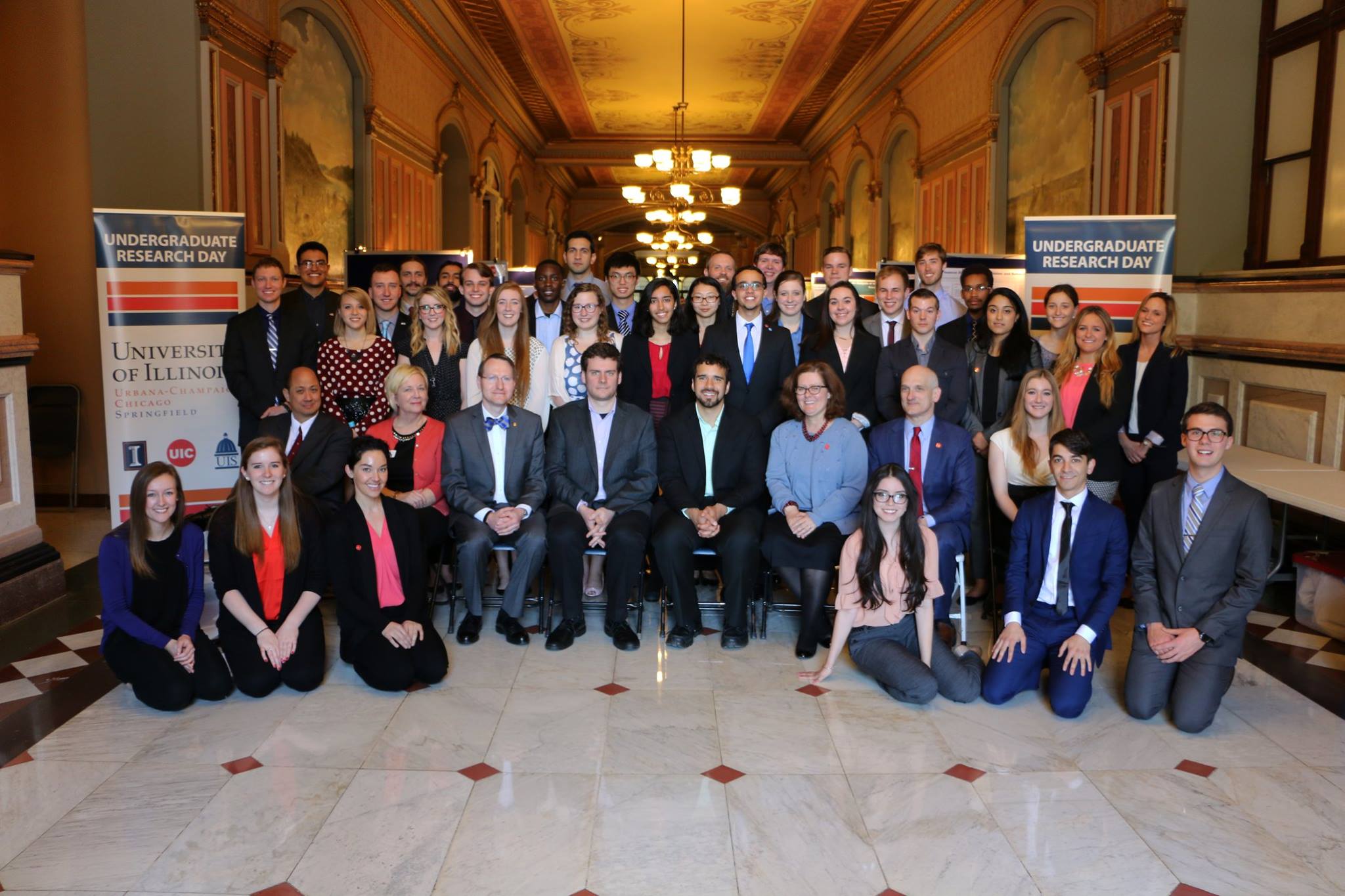
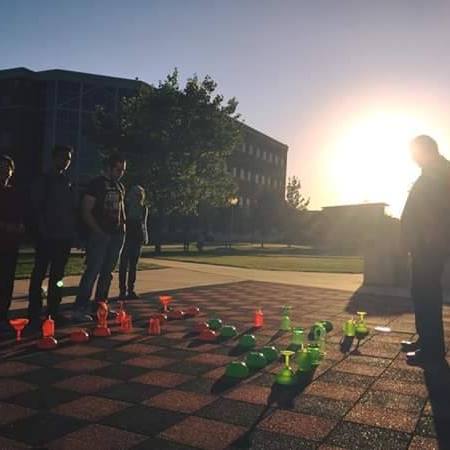

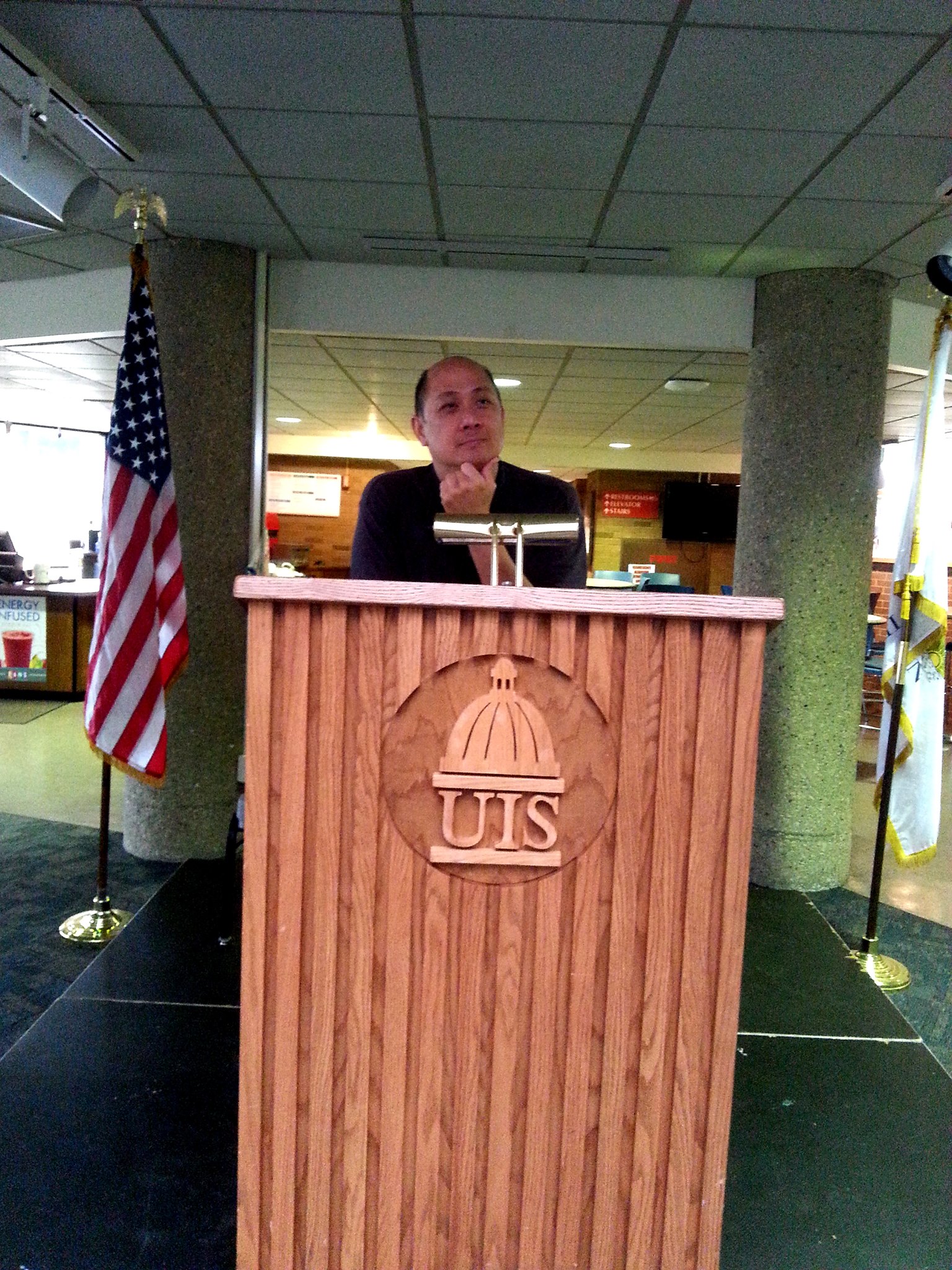
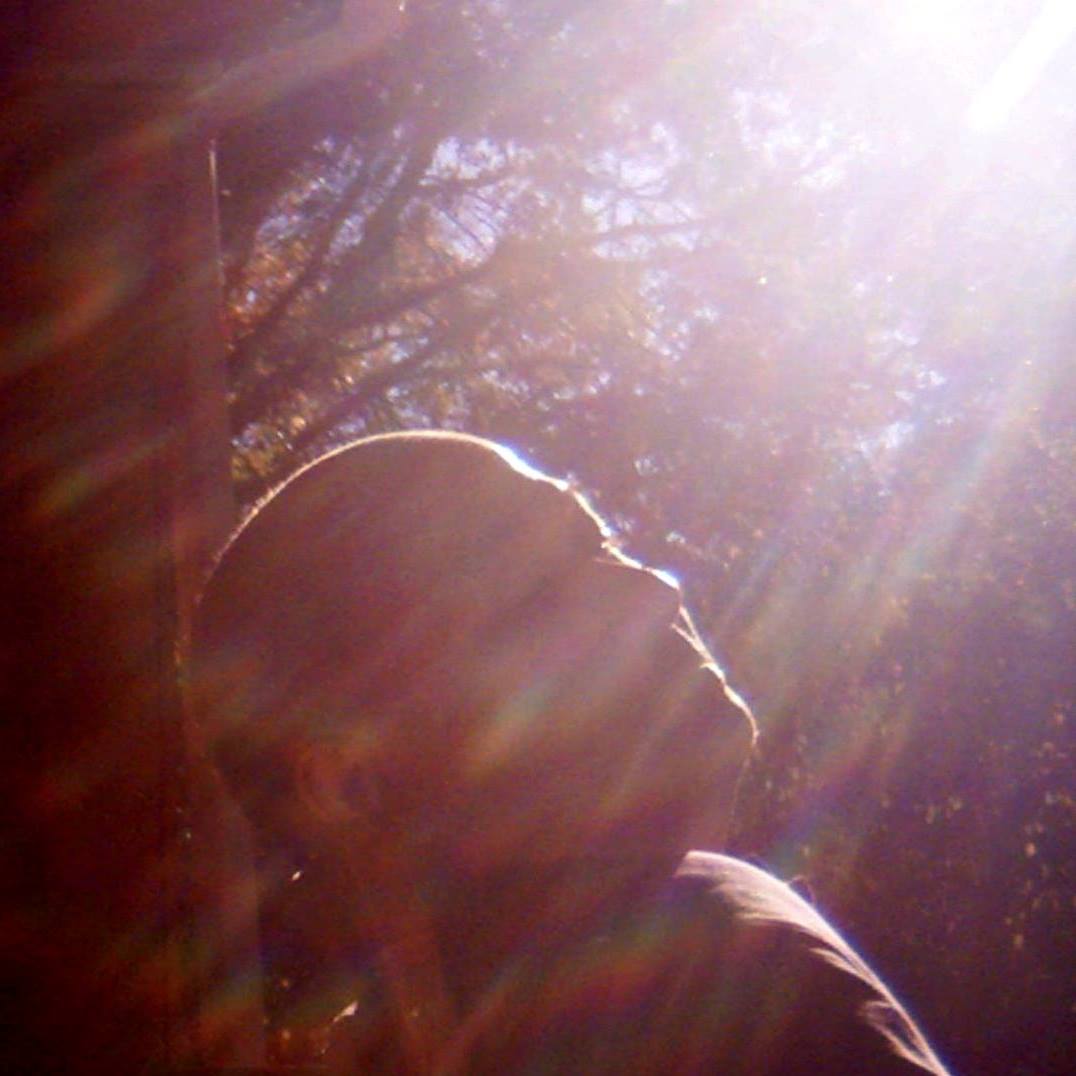
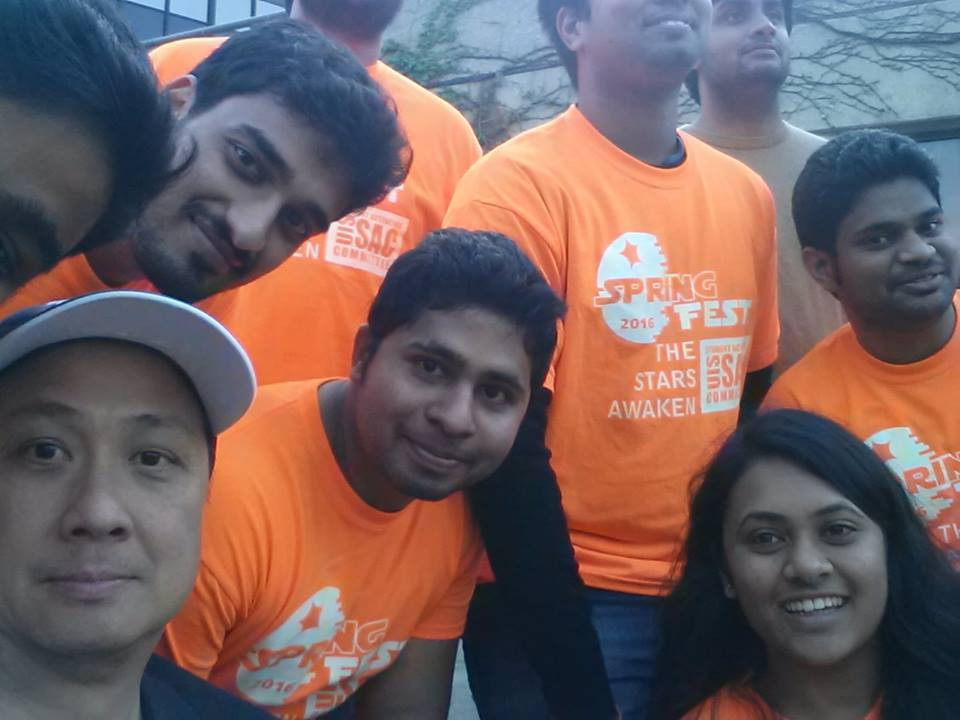
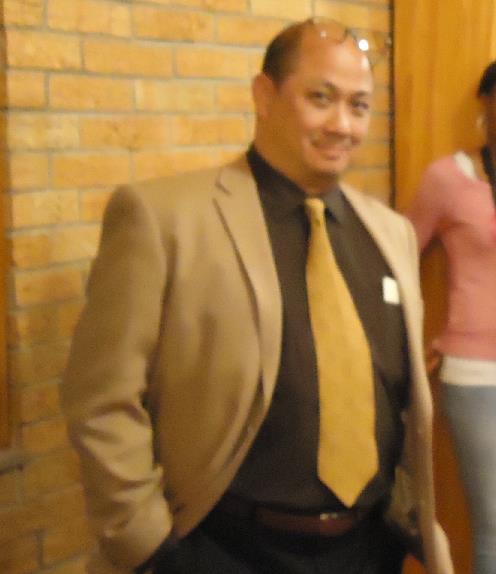

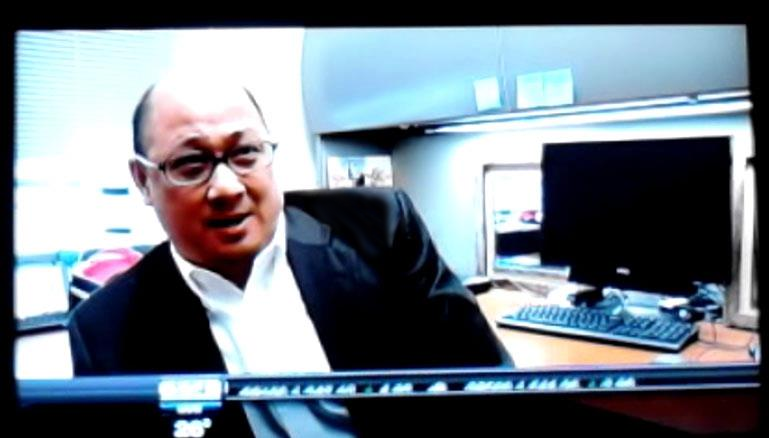
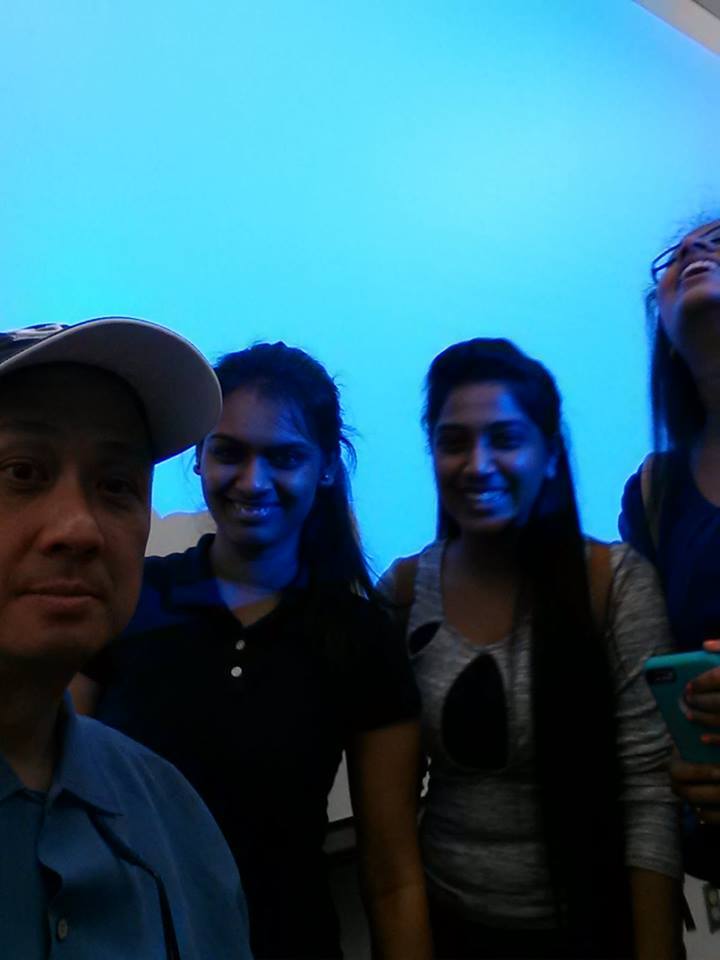

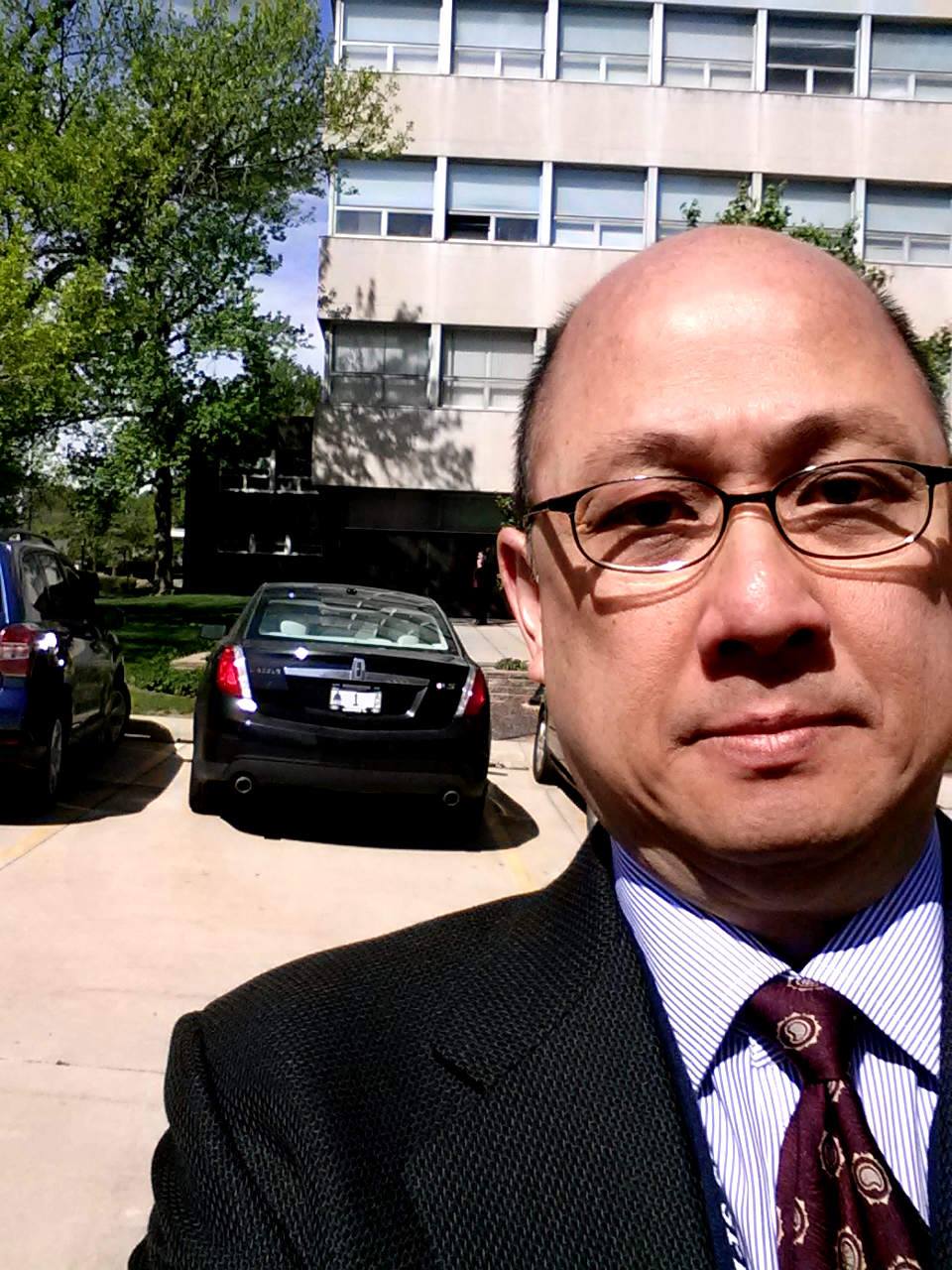

CHICAGO:
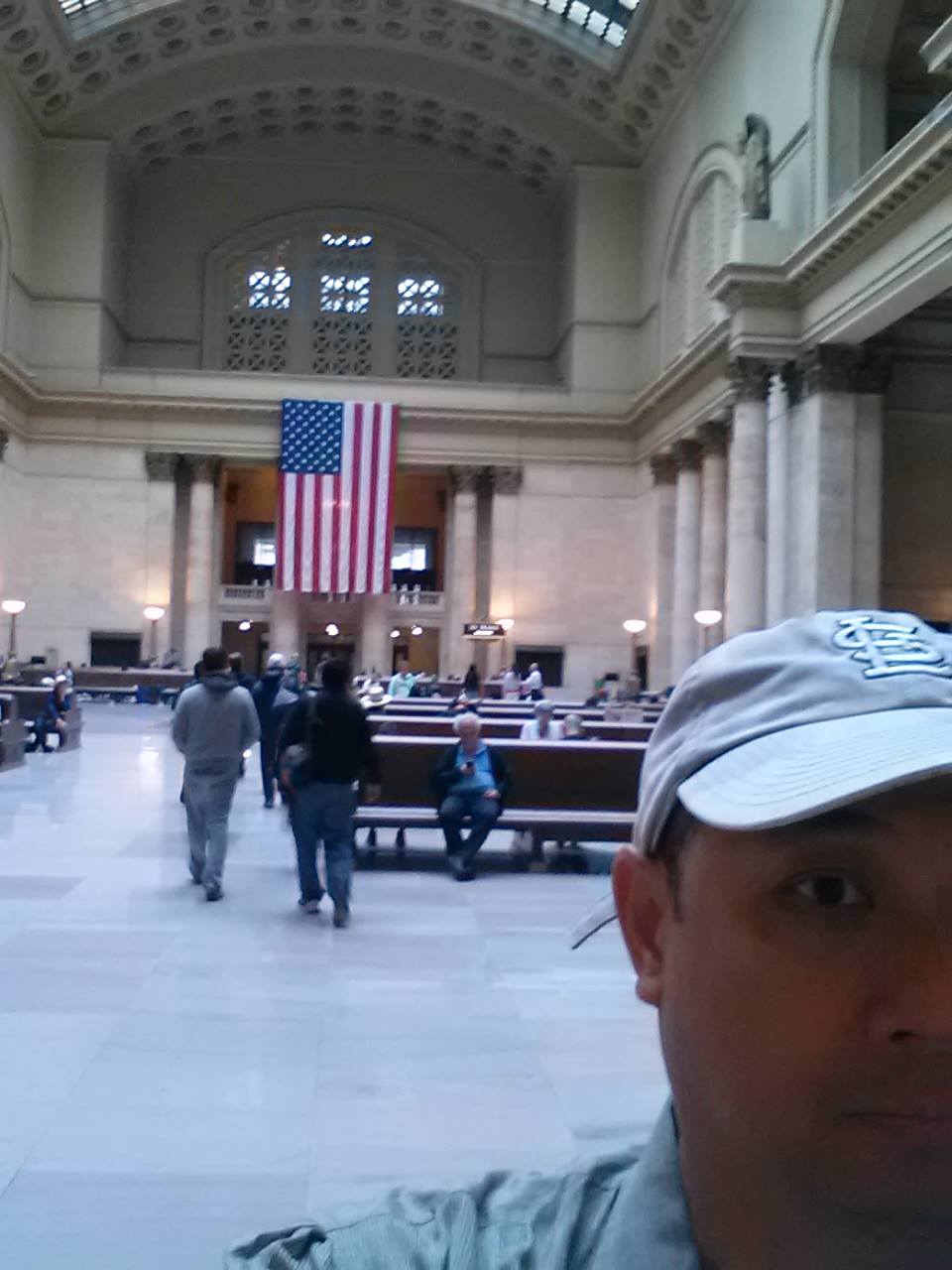 SAN DIEGO:
SAN DIEGO:


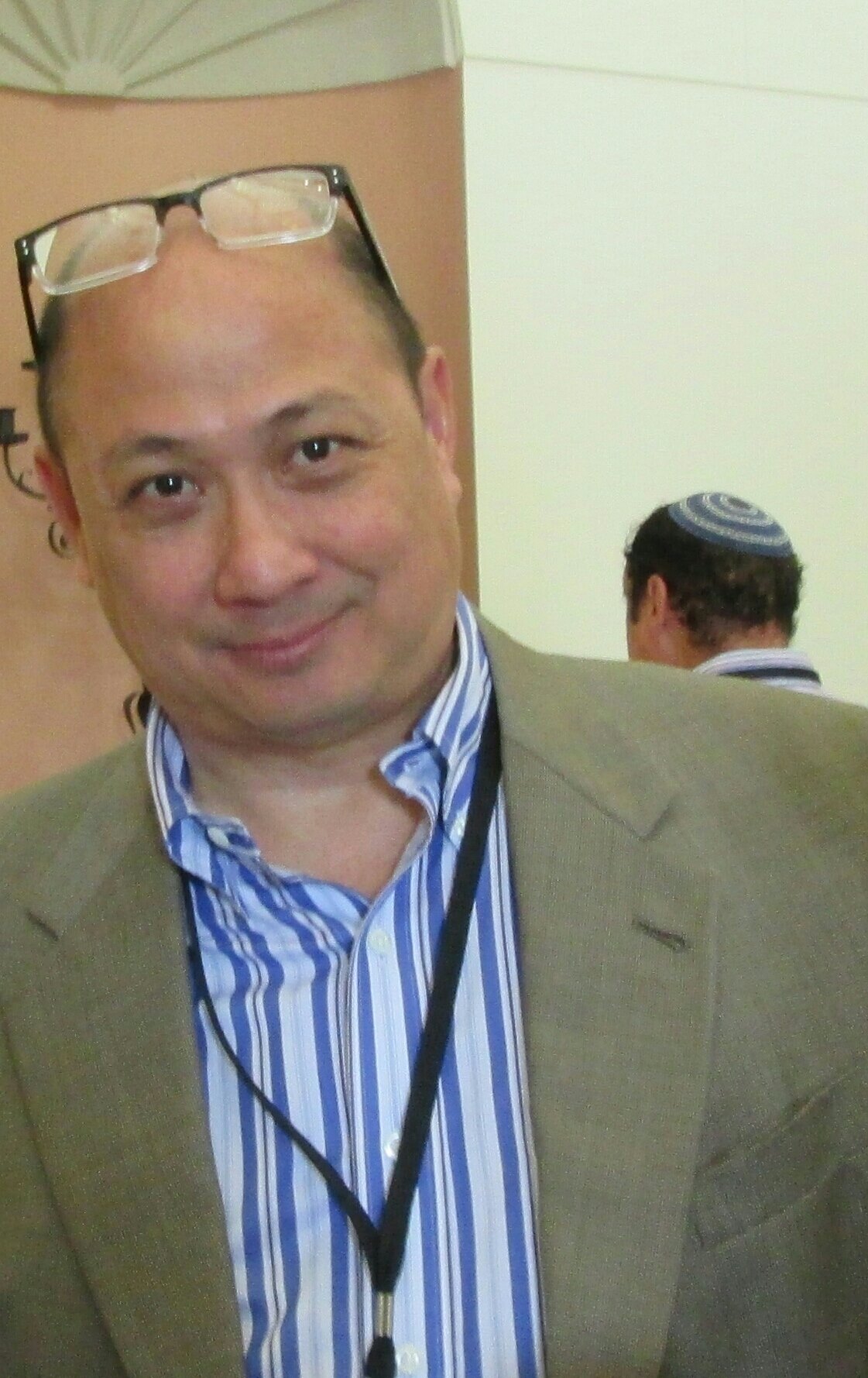 GRAND FORKS:
GRAND FORKS:
 MORE PALO ALTO:
MORE PALO ALTO:
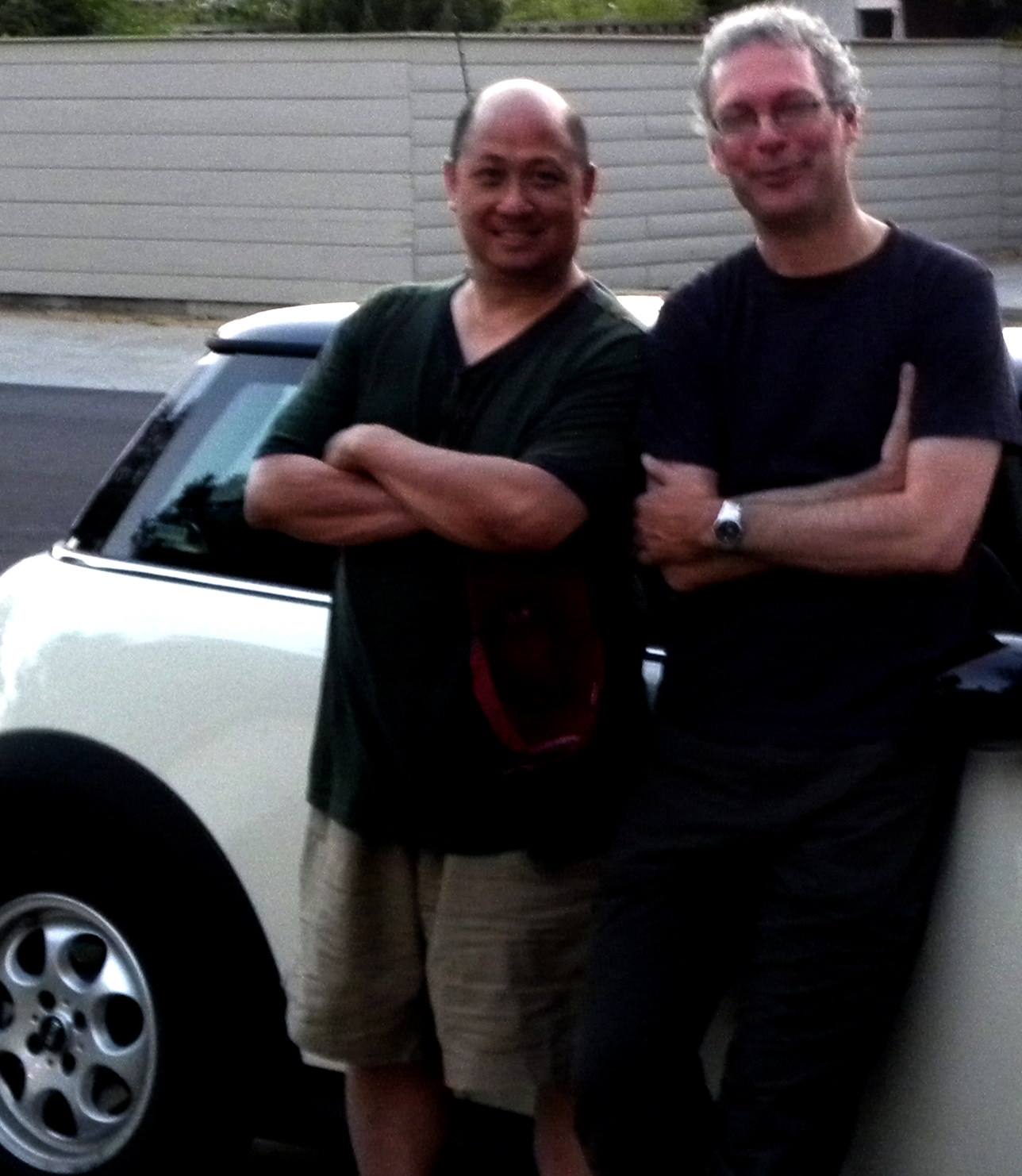
PEORIA:
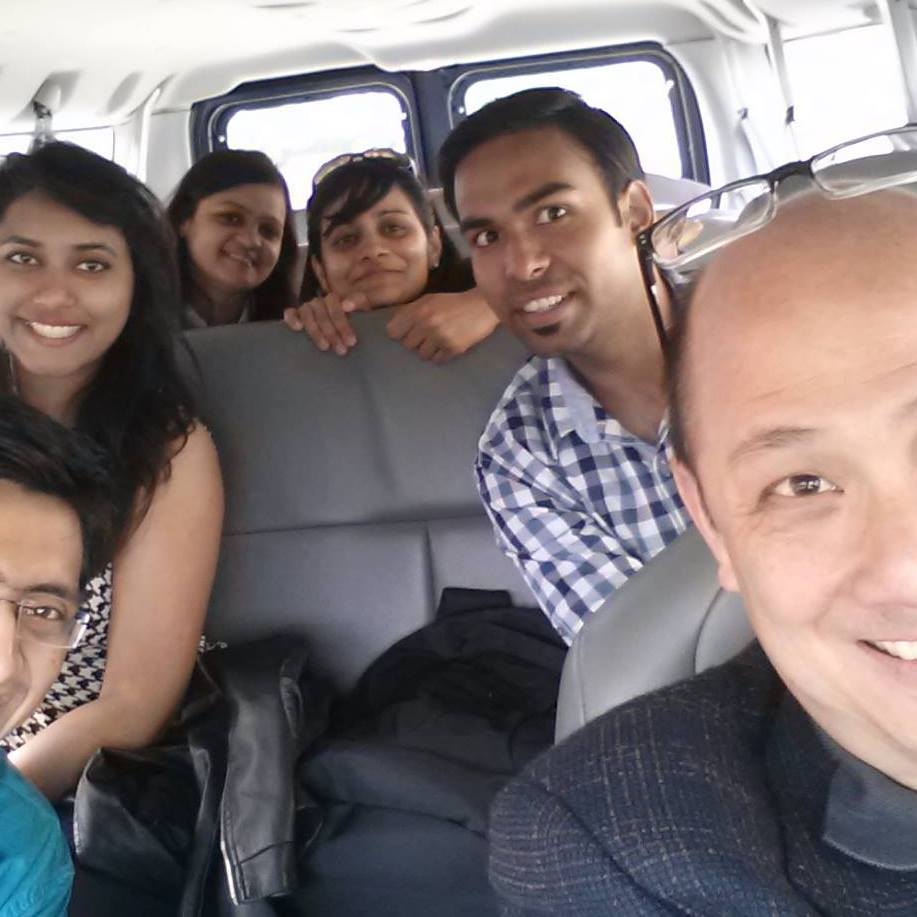 MORE URBANA:
MORE URBANA:



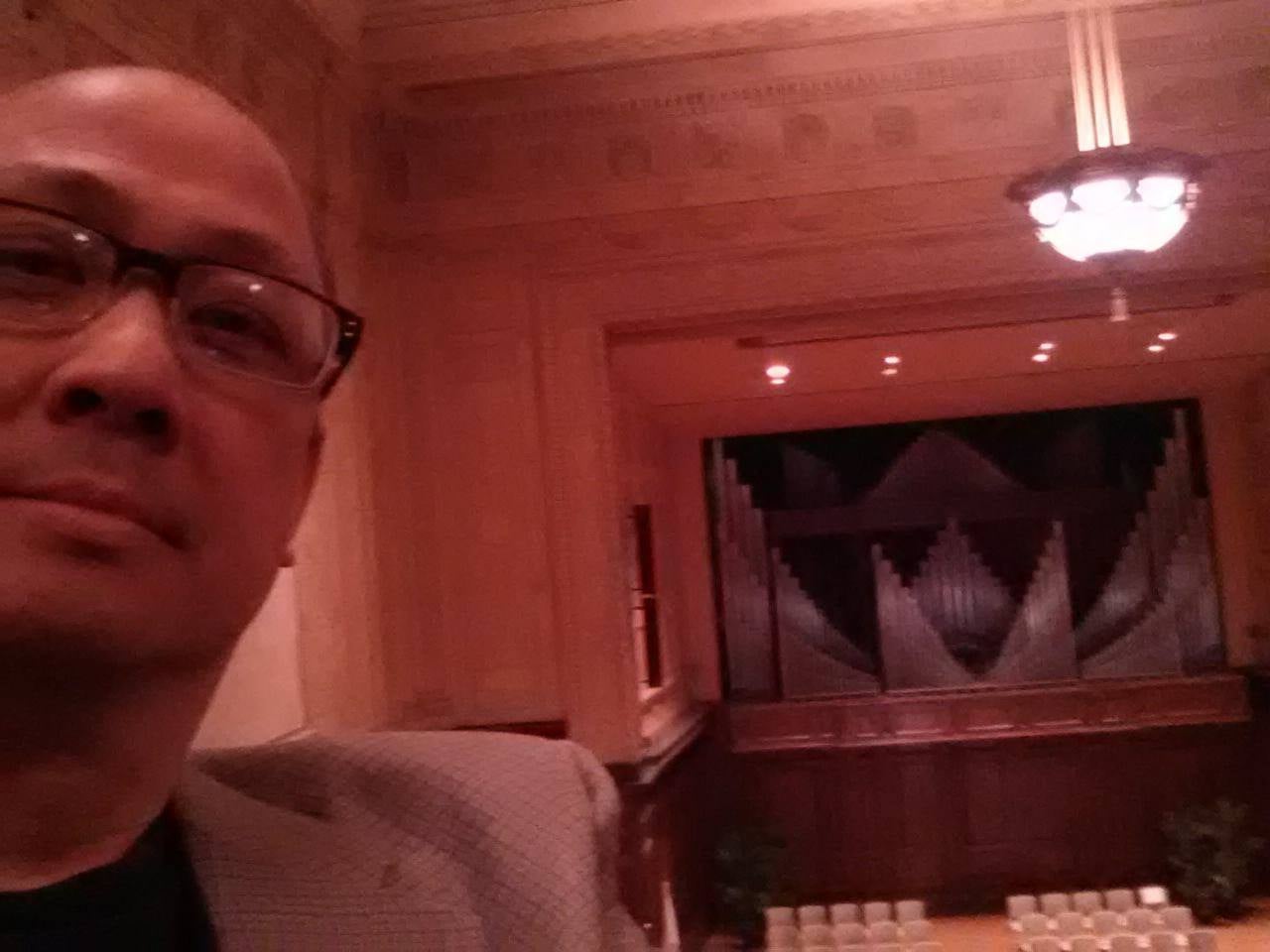 DAYTON:
DAYTON:
 ORLANDO:
ORLANDO:
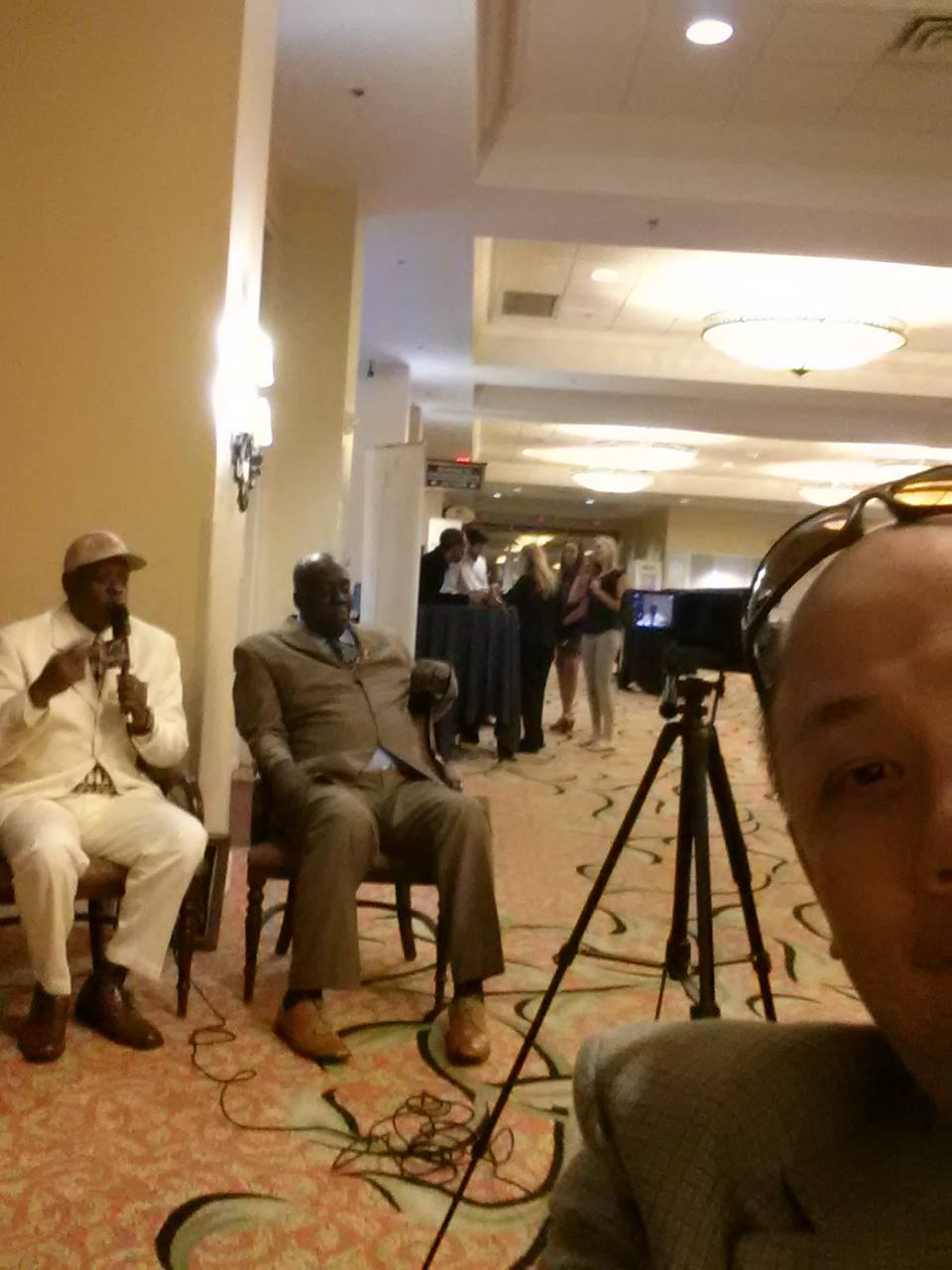 LA:
LA:
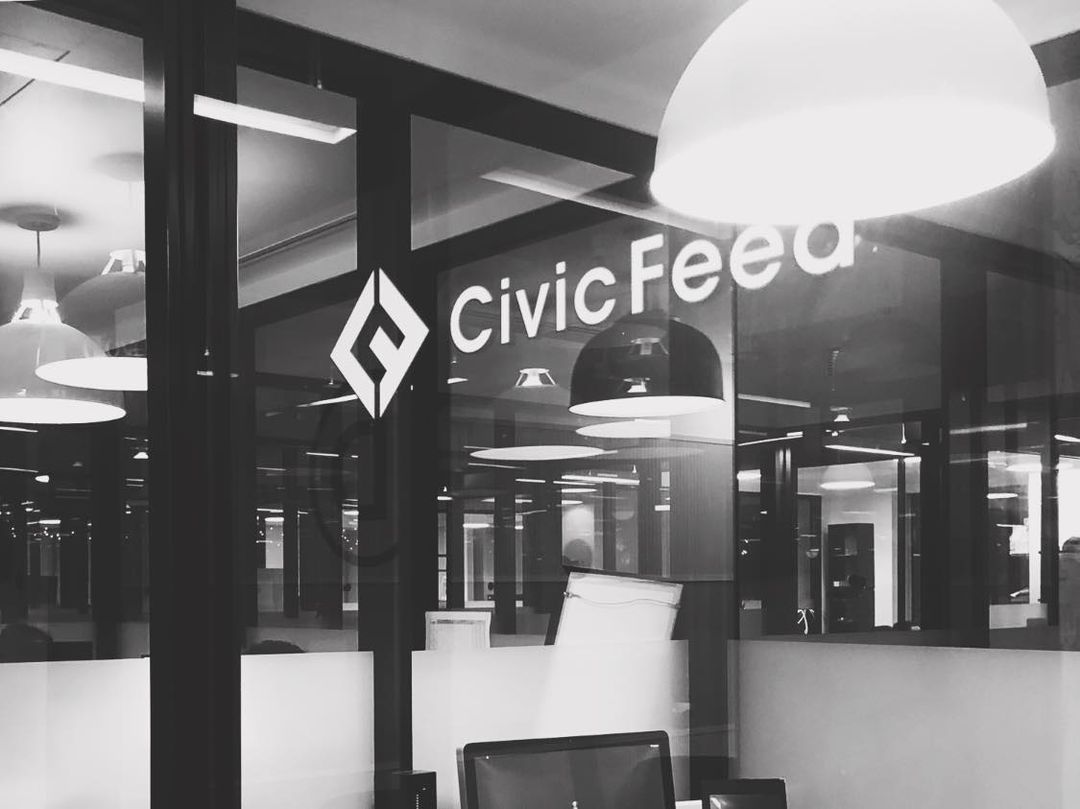
AVON LAKE/BAY VILLAGE/ROCKY RIVER/LAKEWOOD:
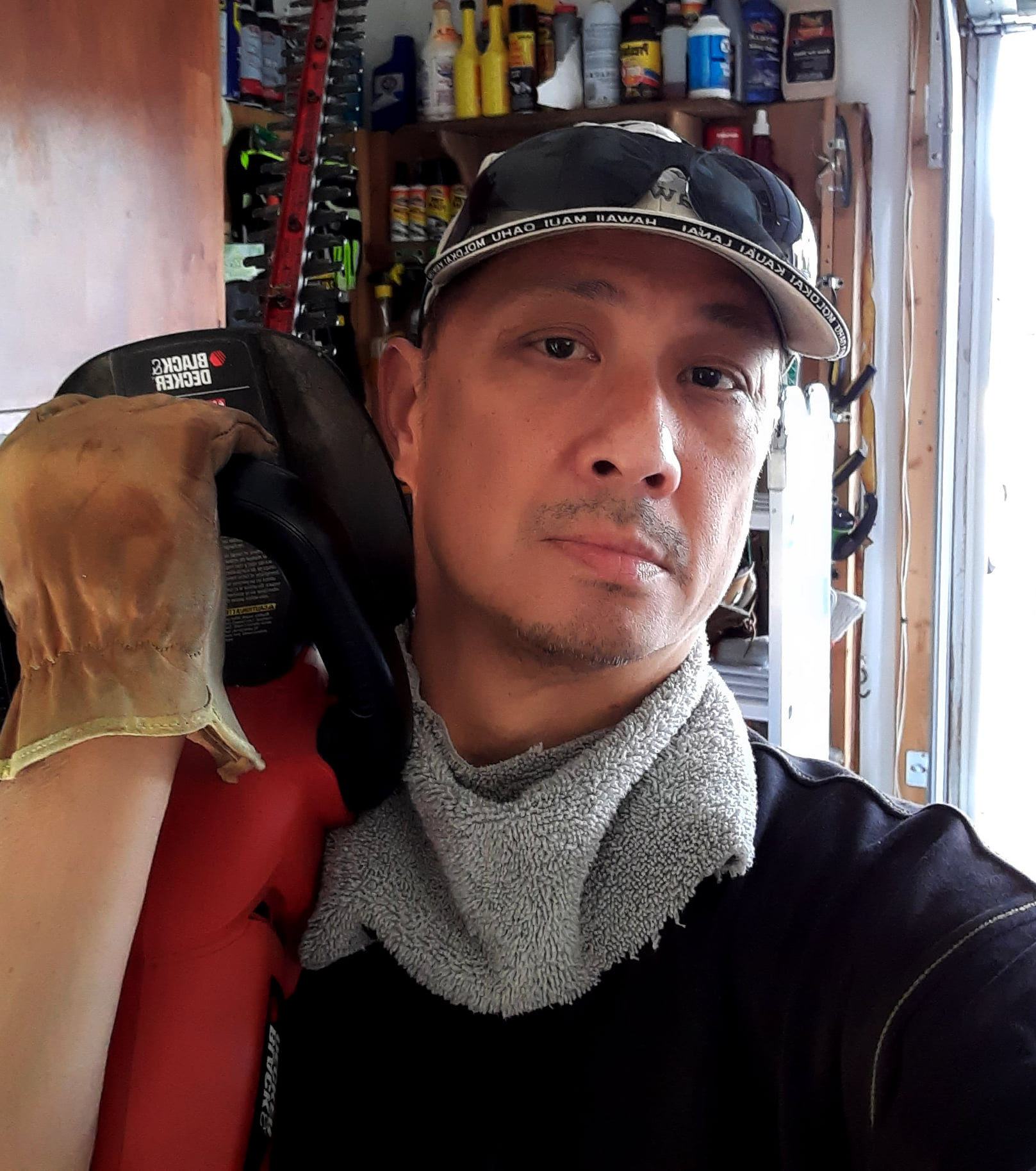
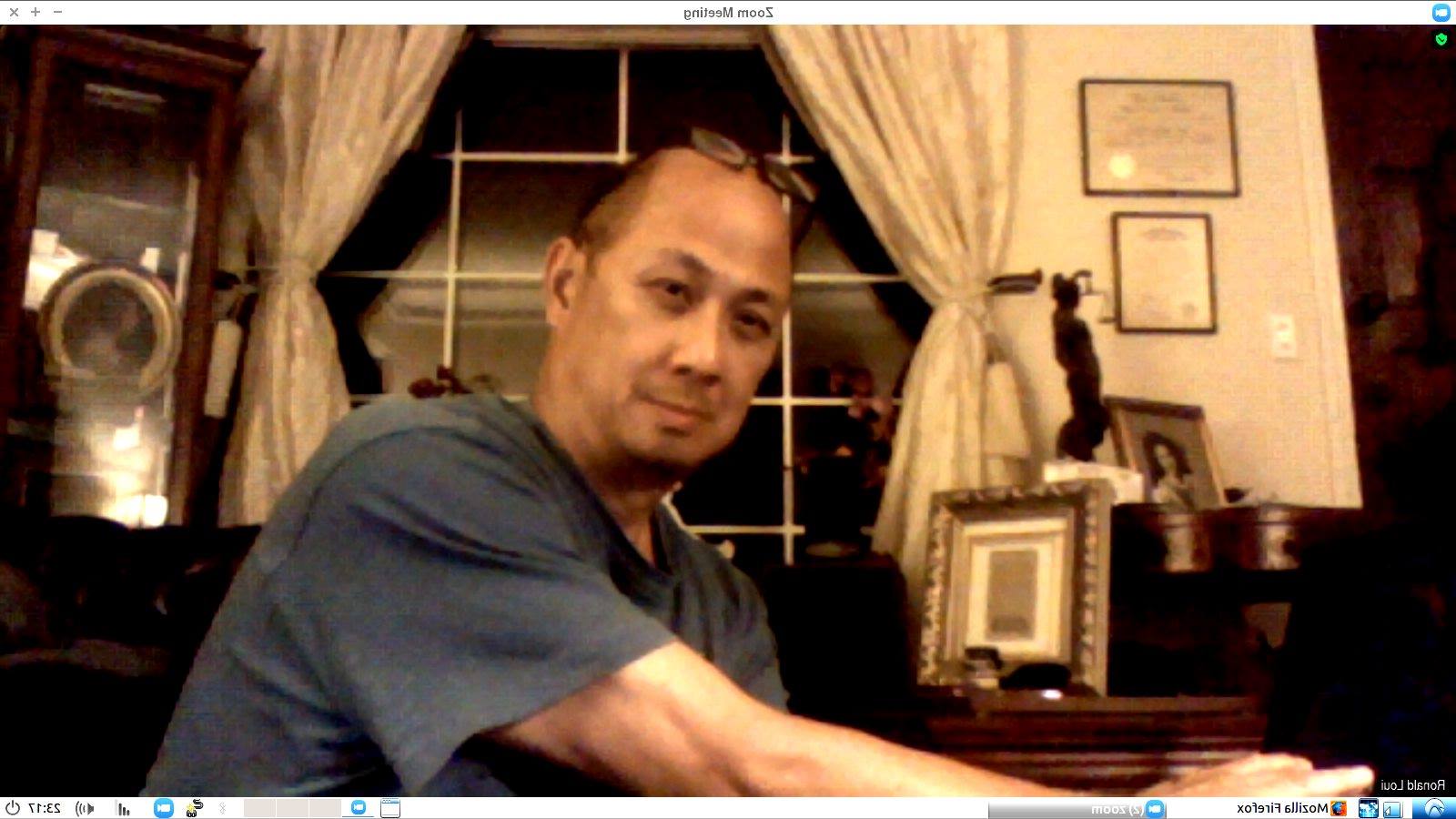
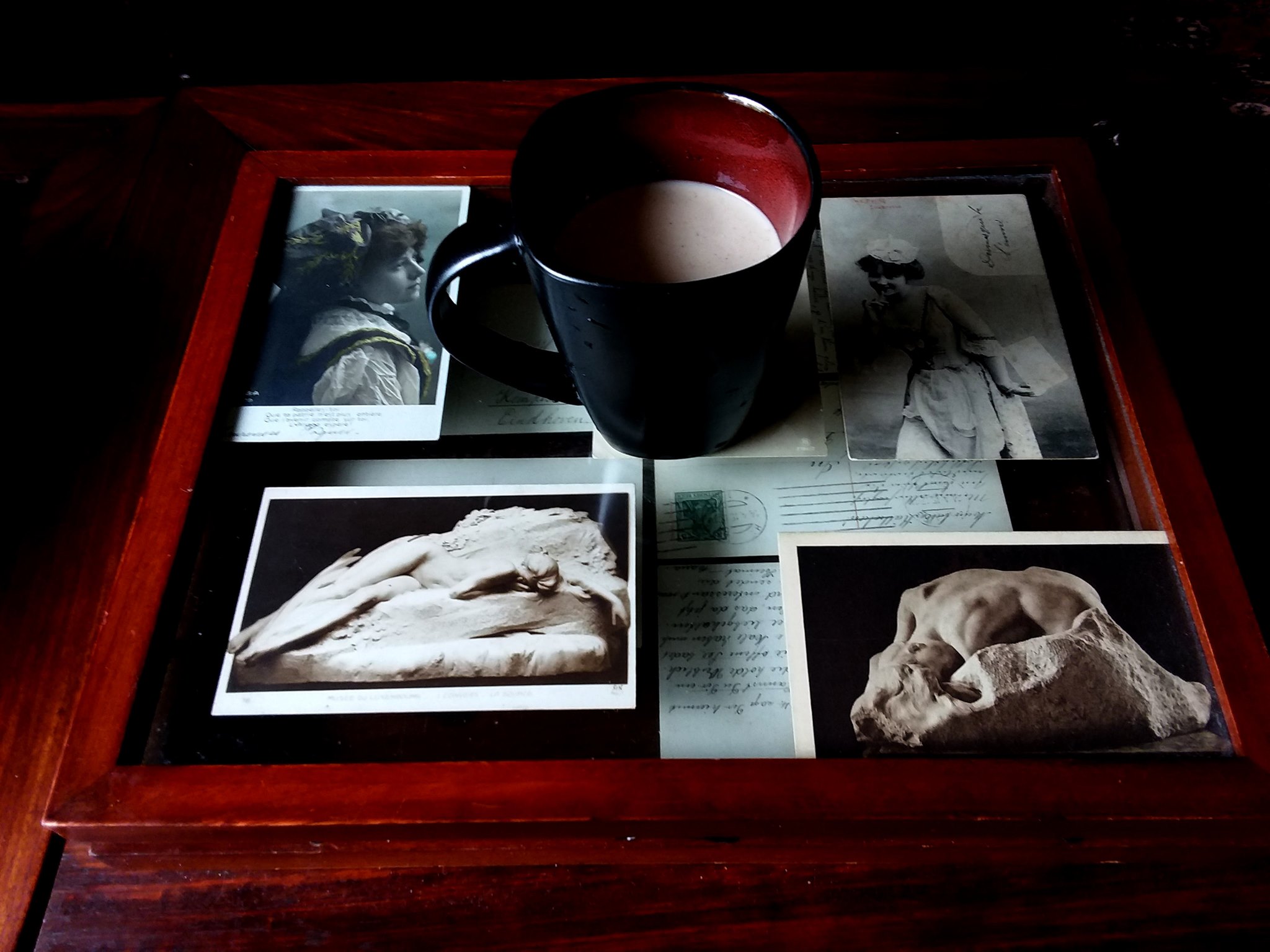
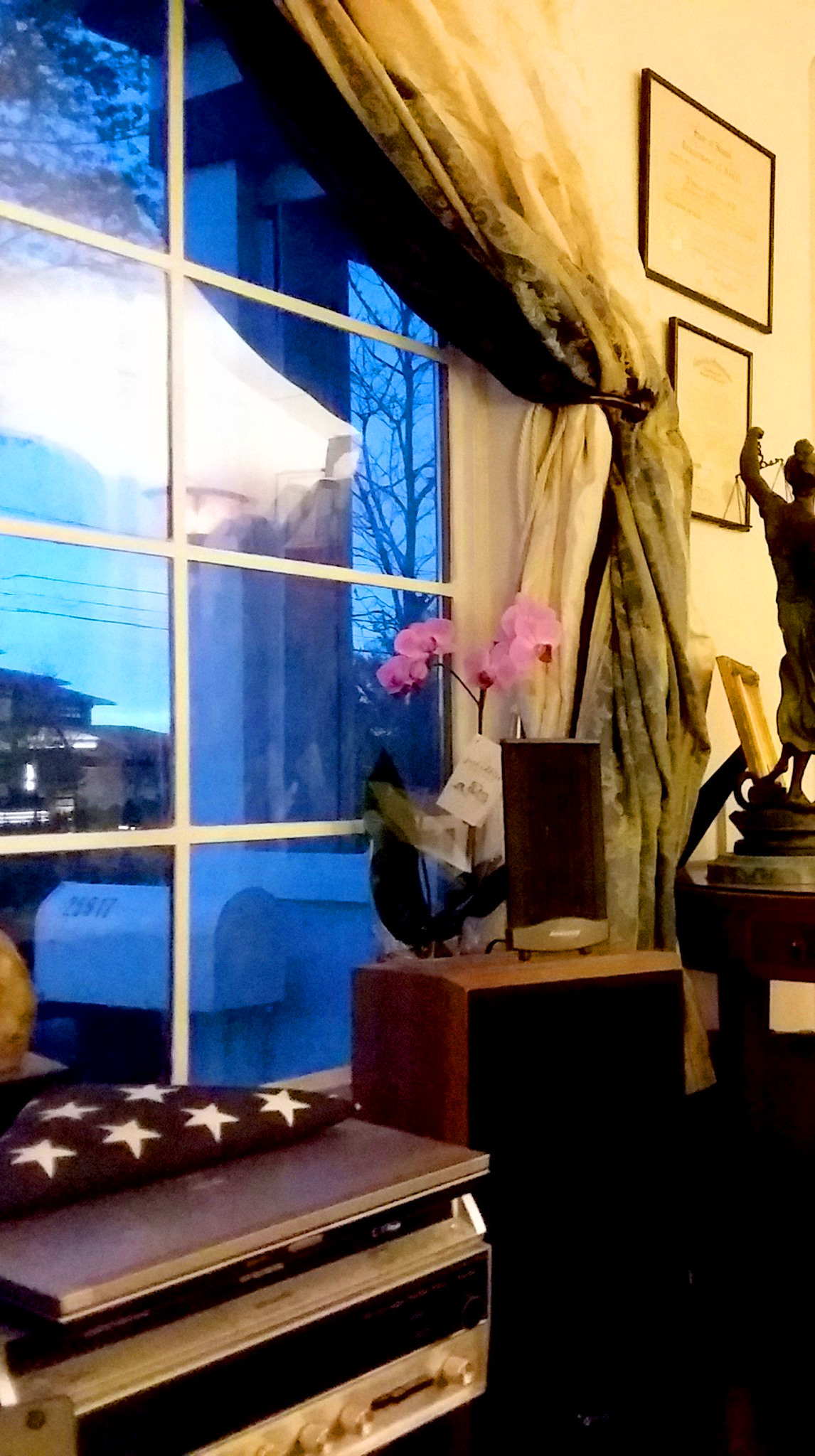
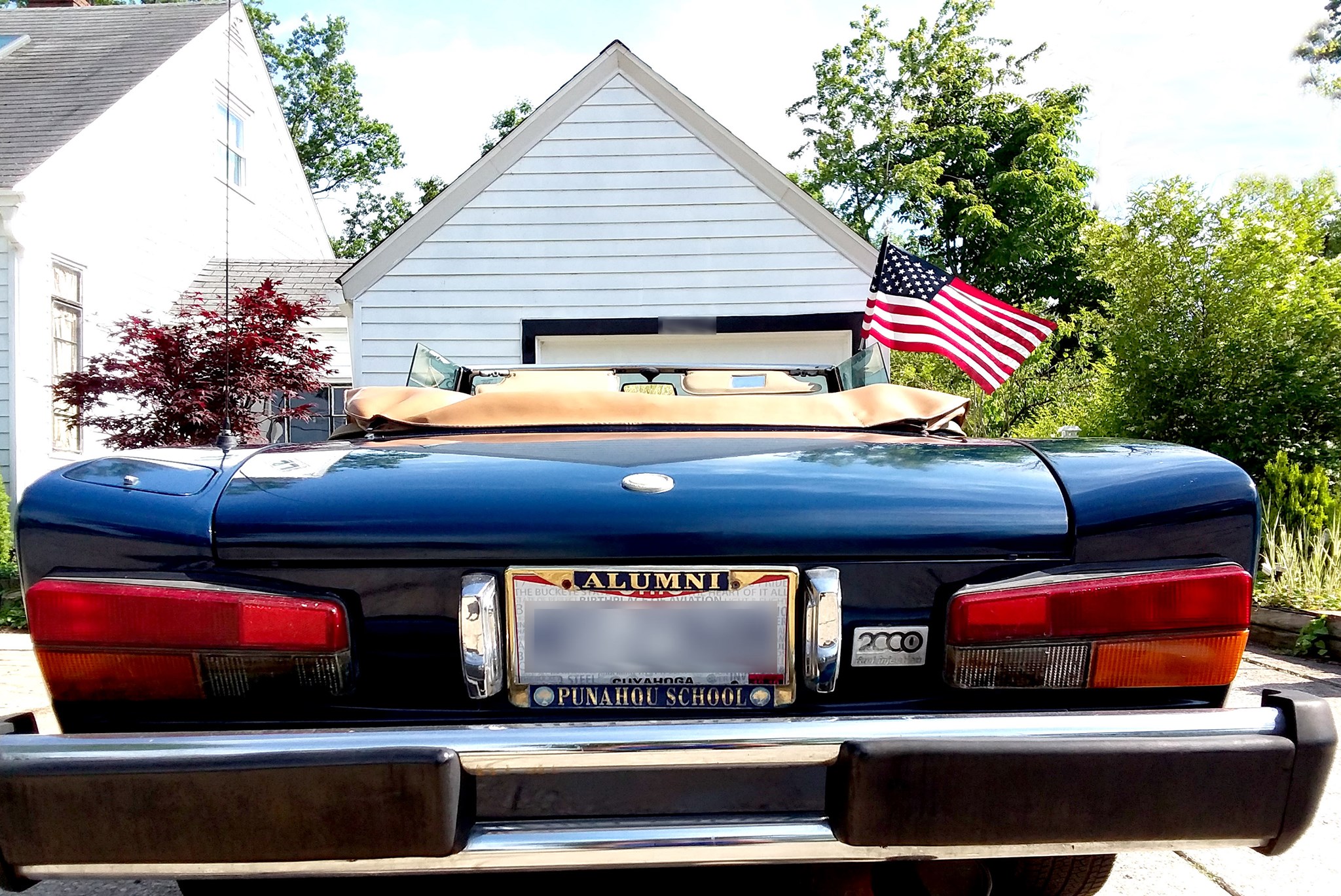
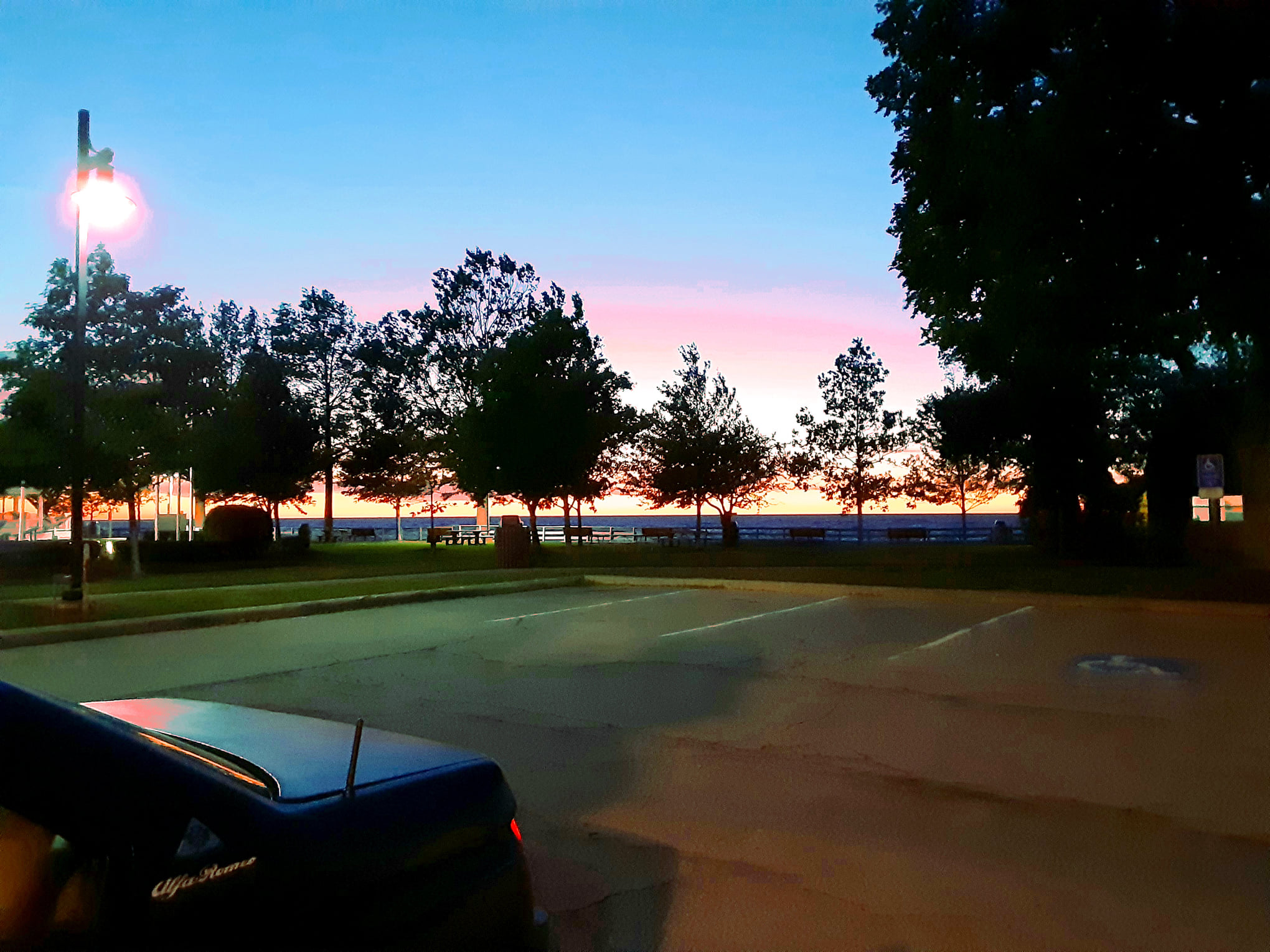



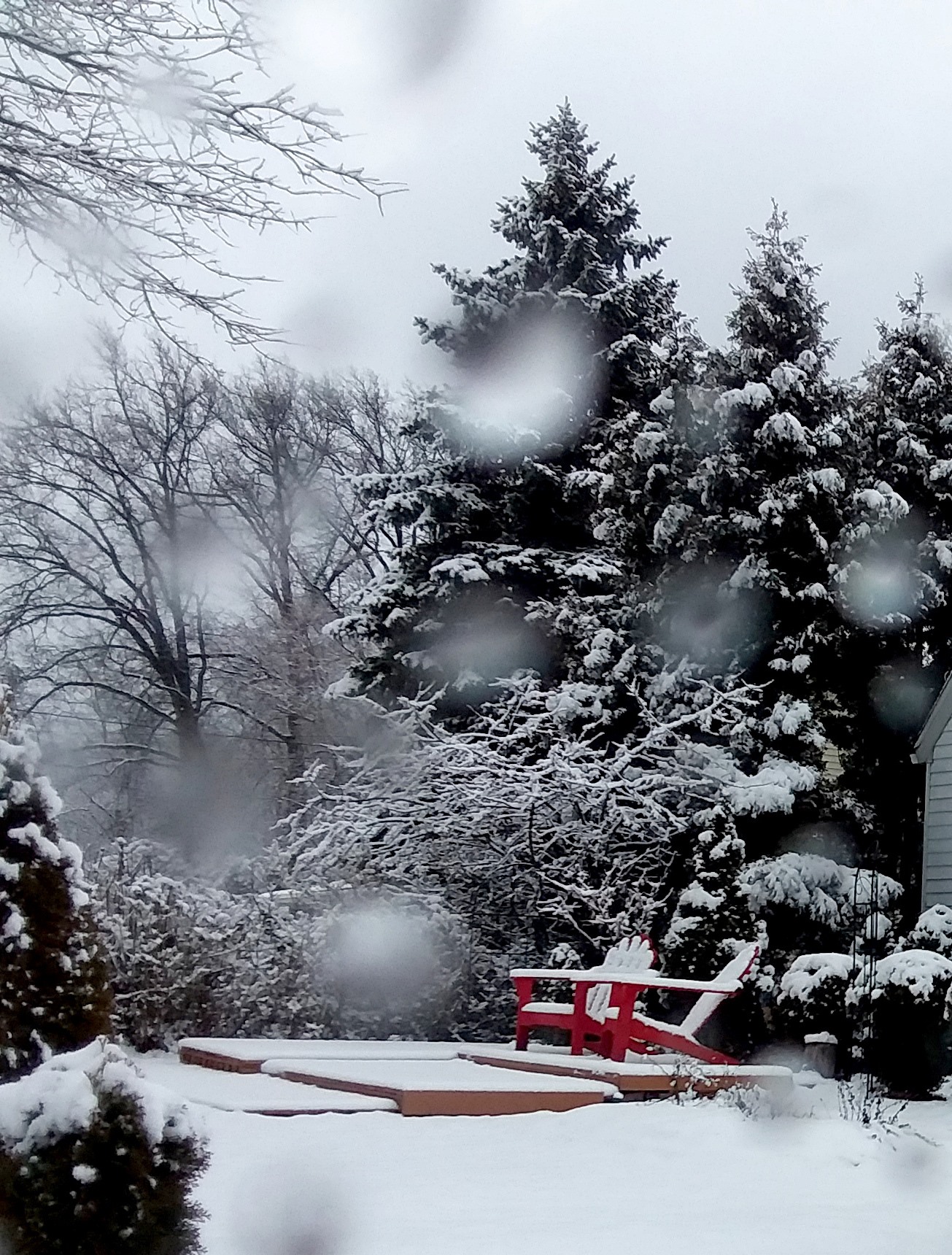
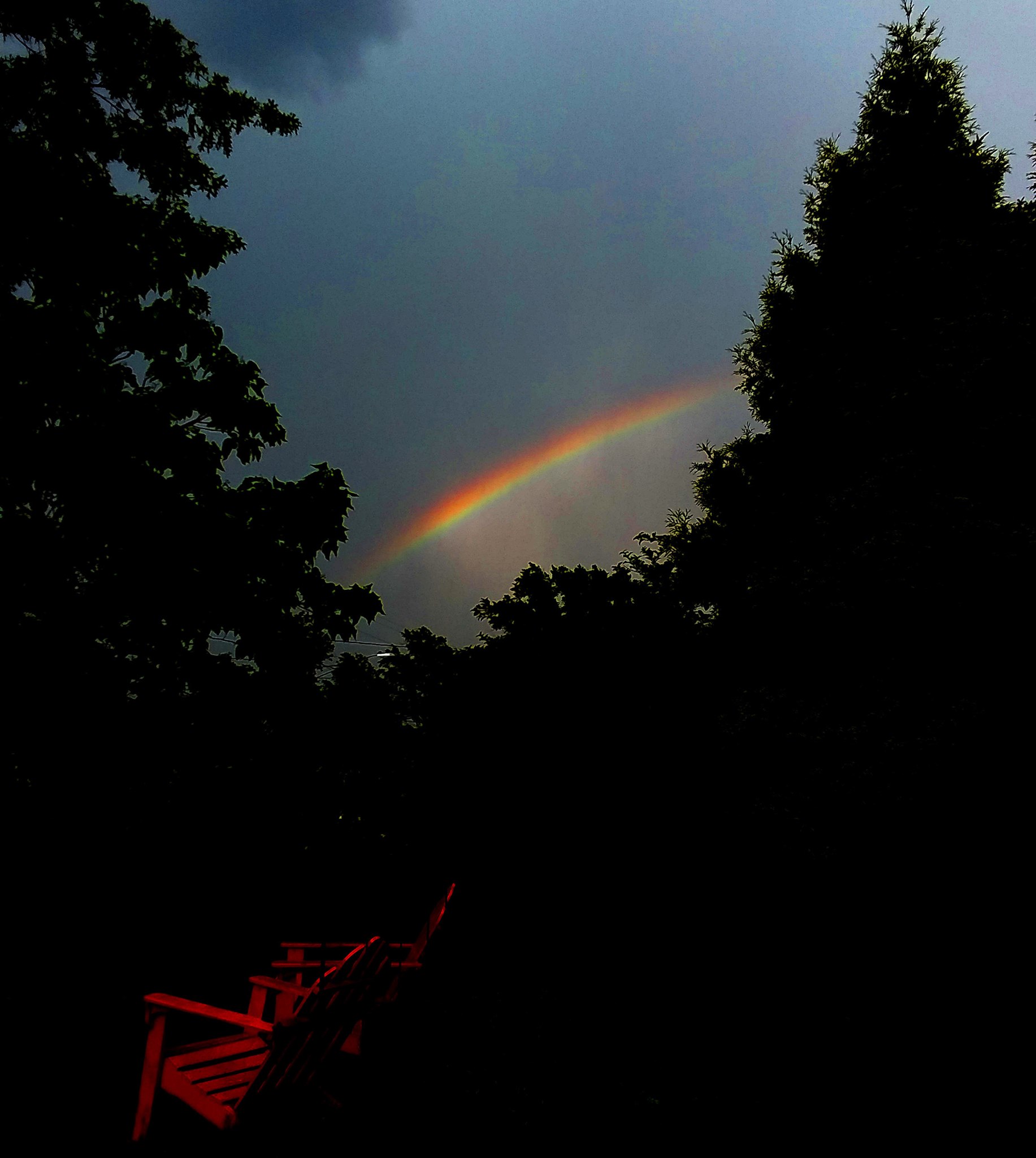

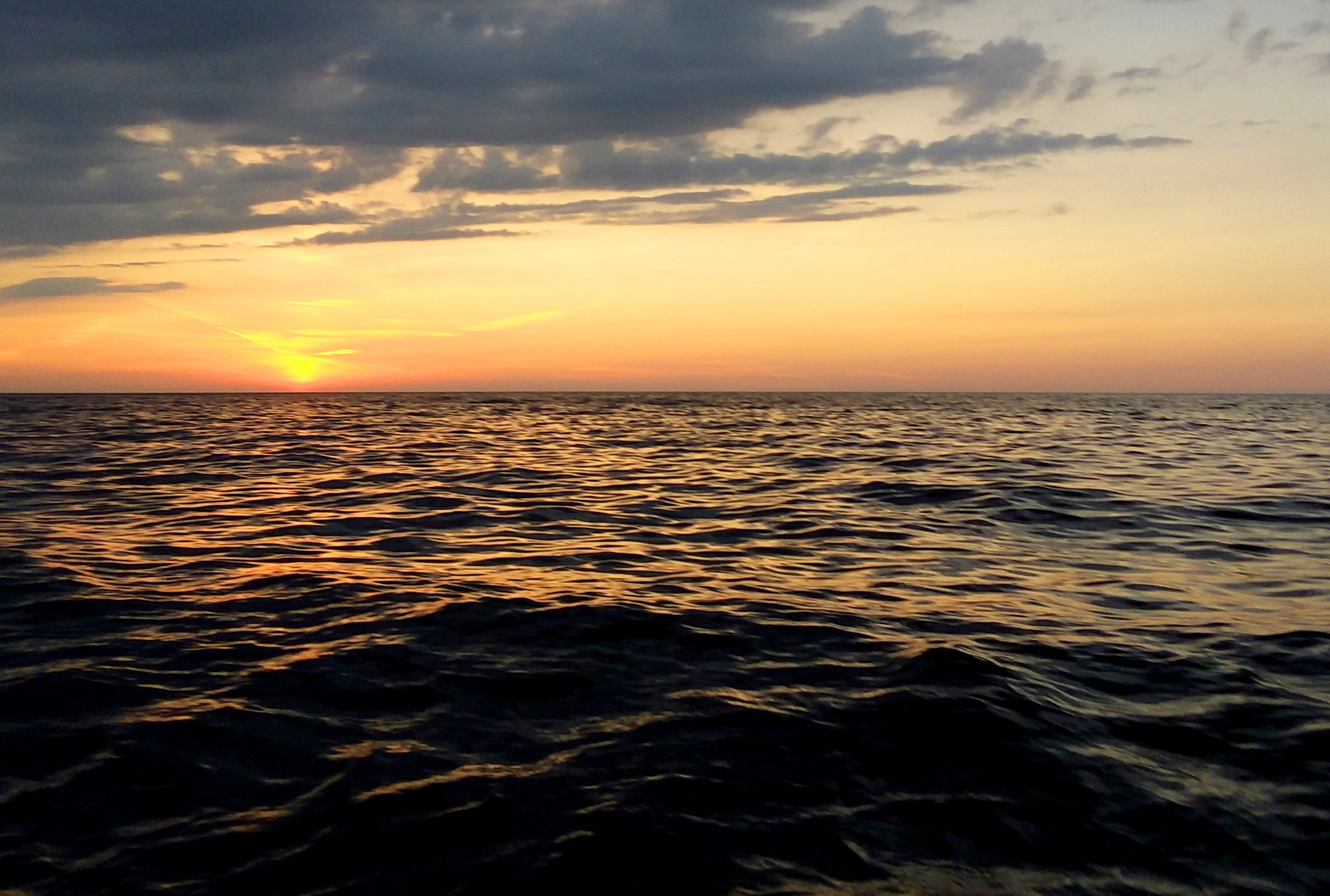

CLEVELAND:
